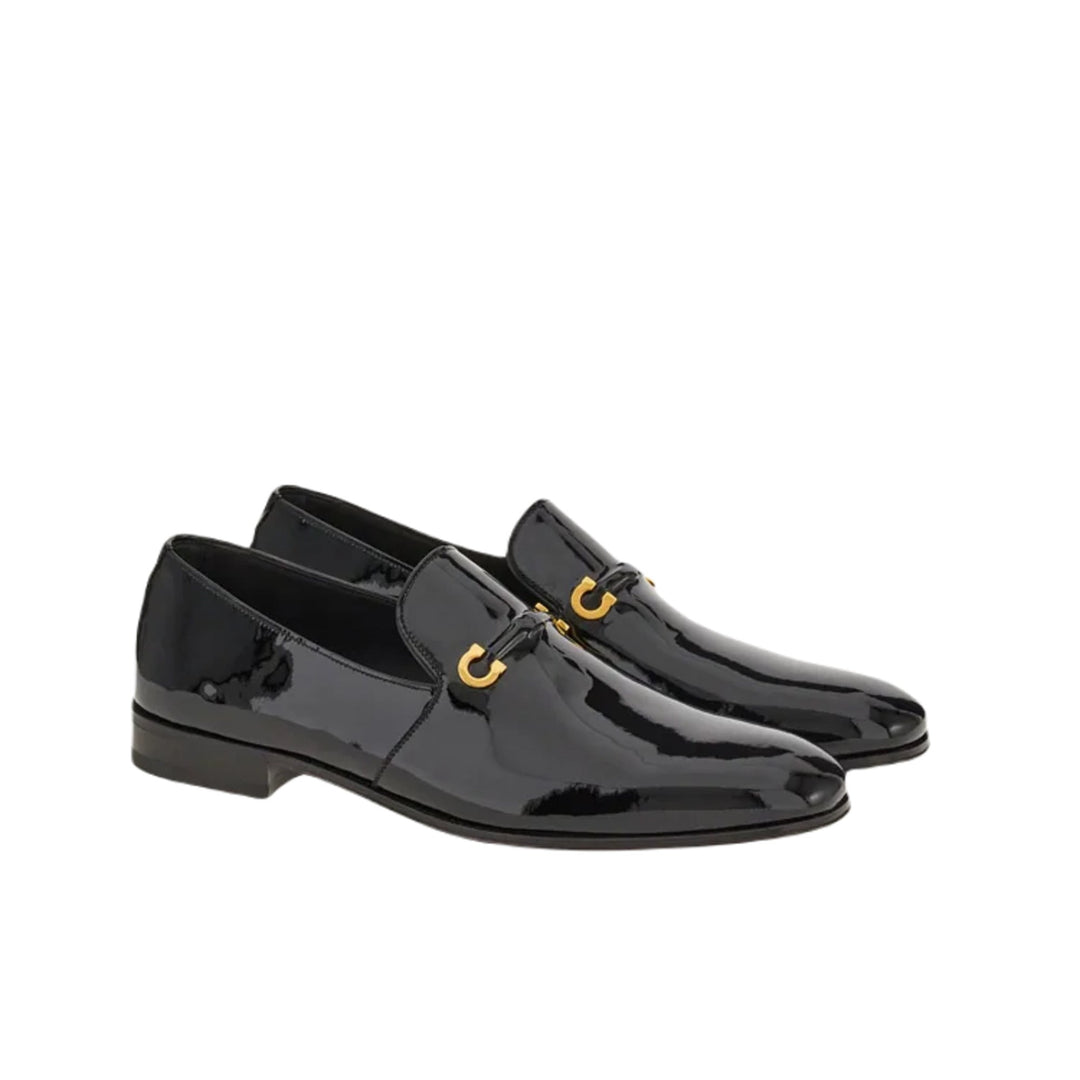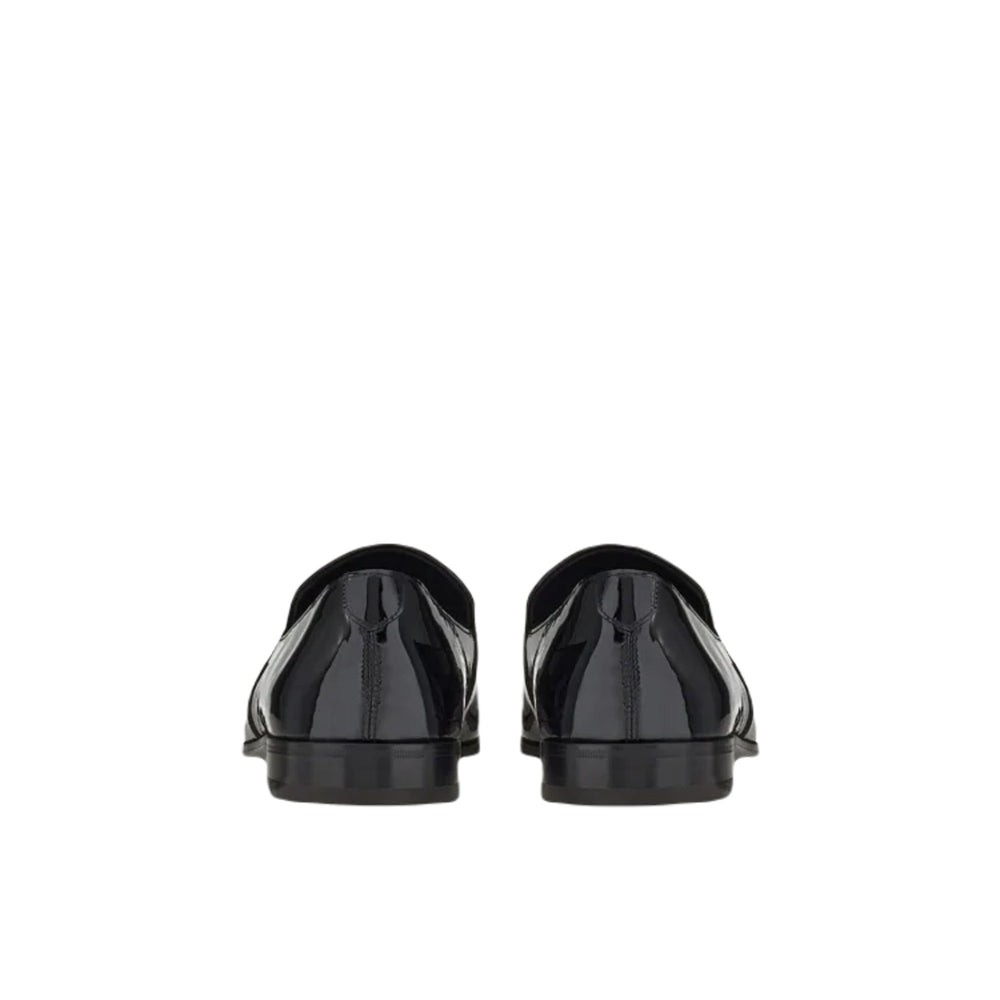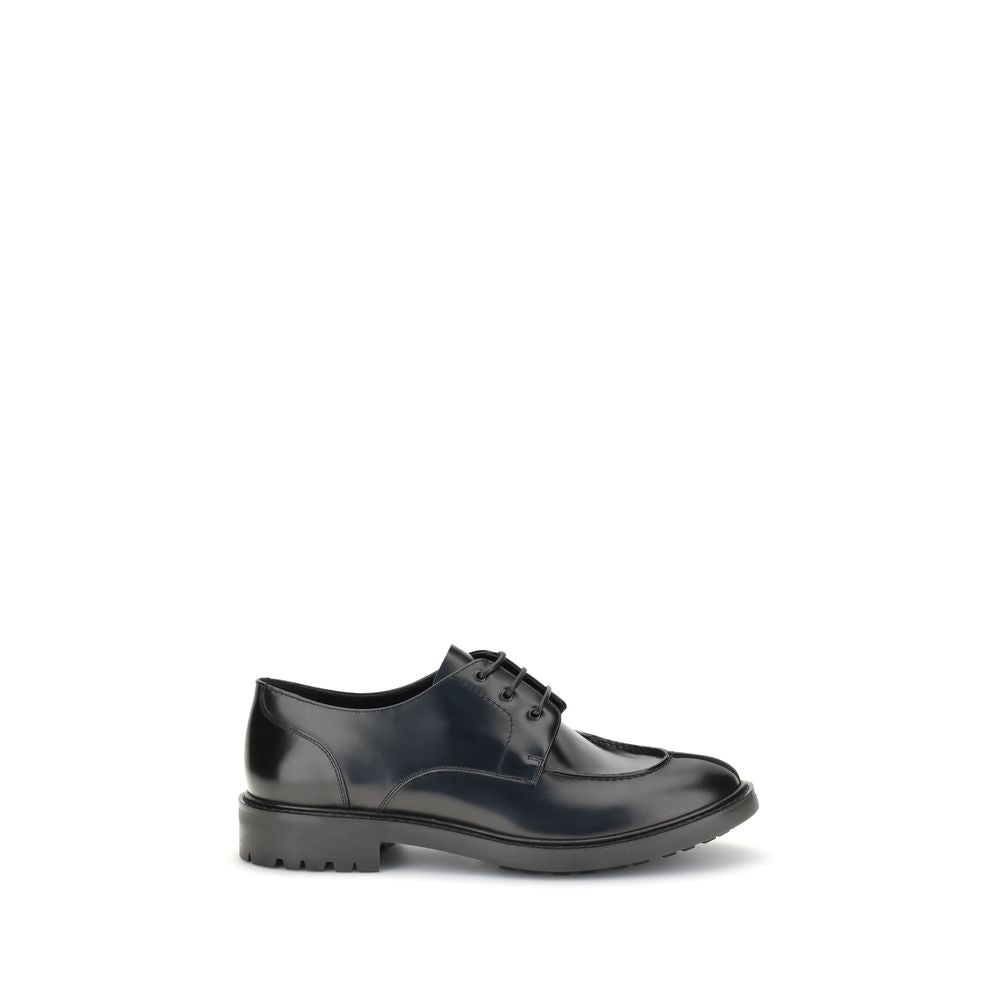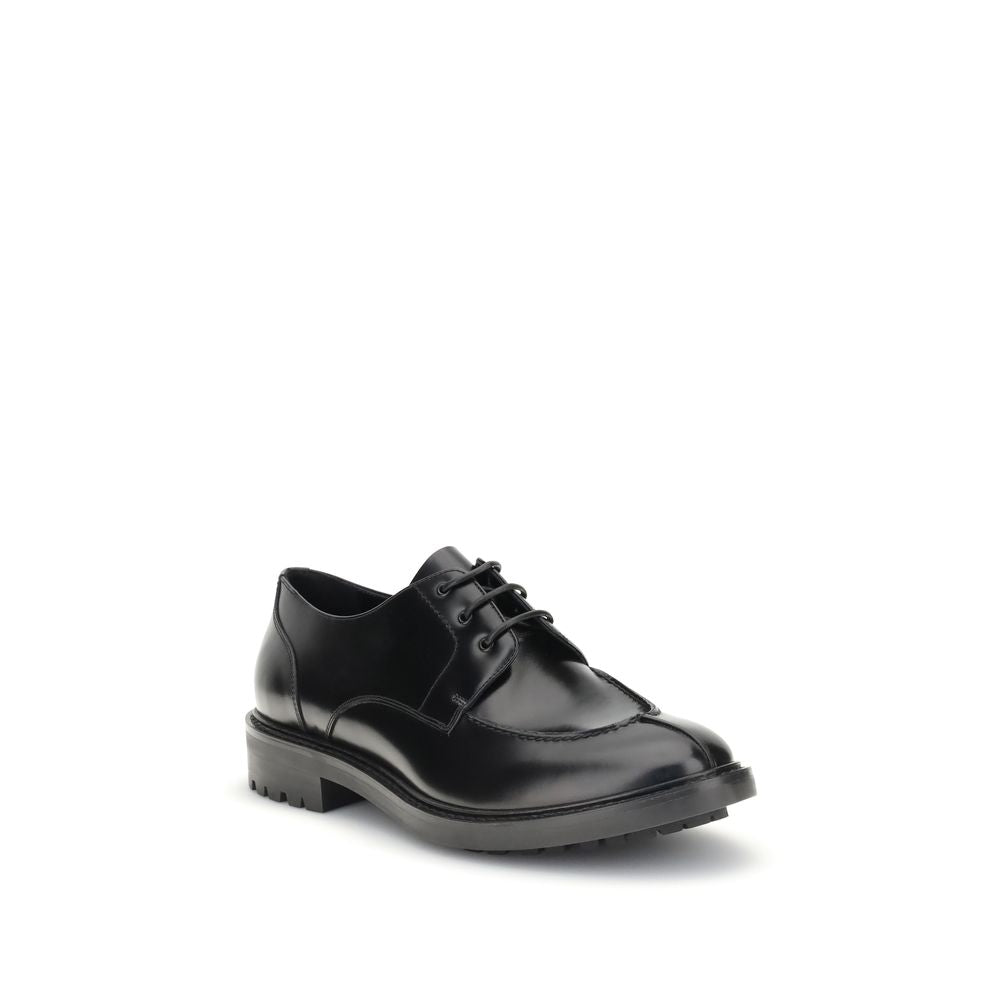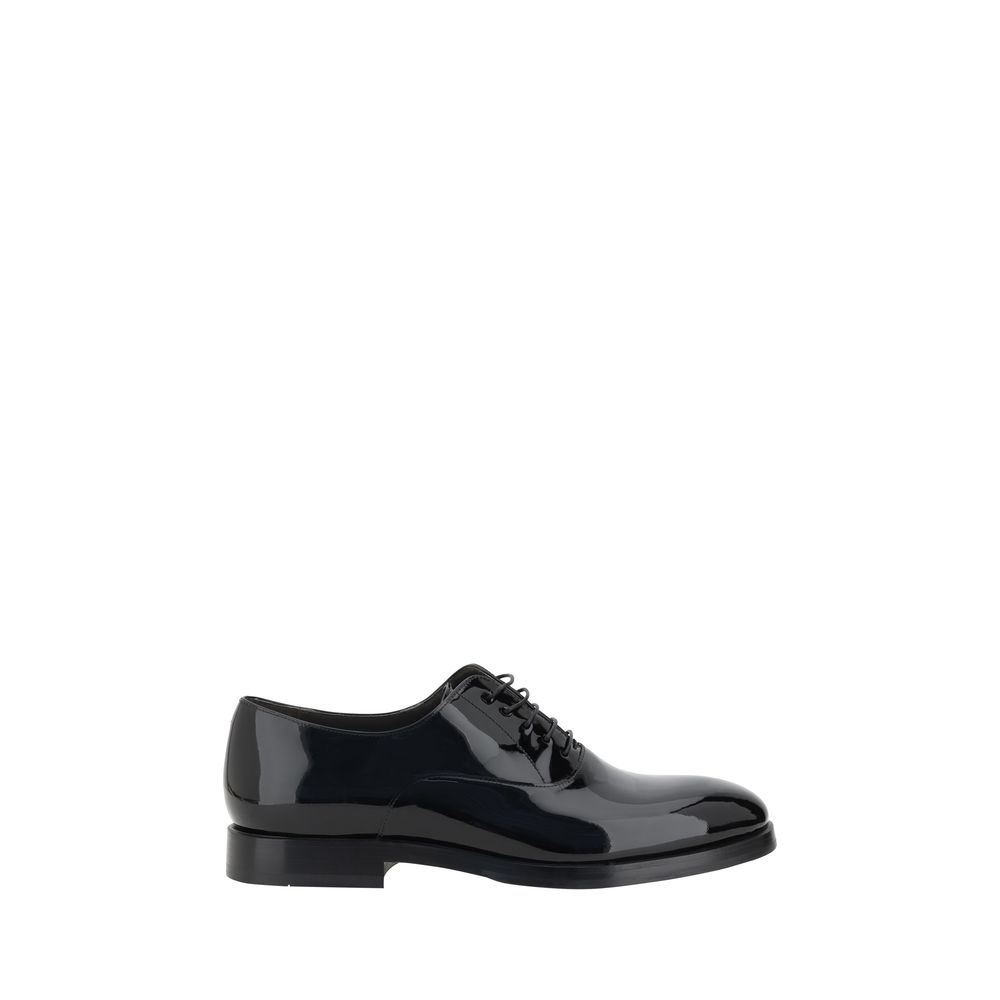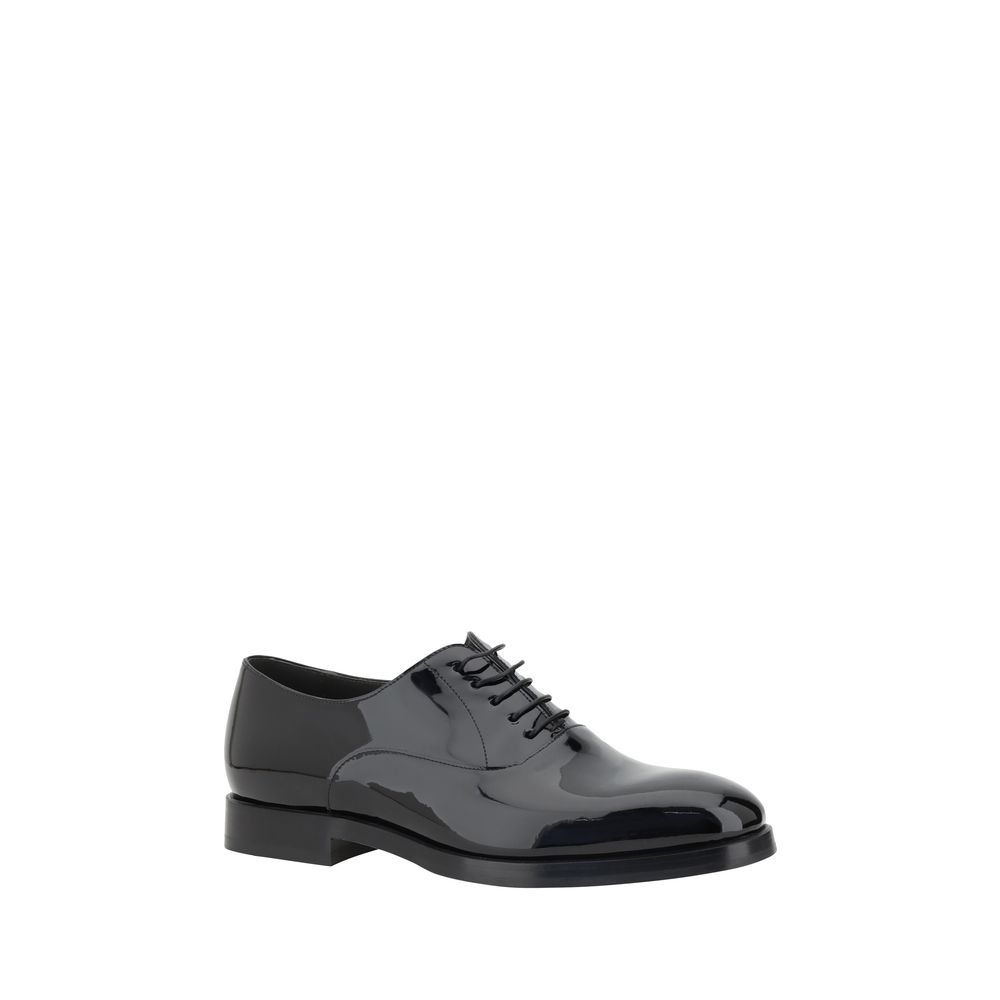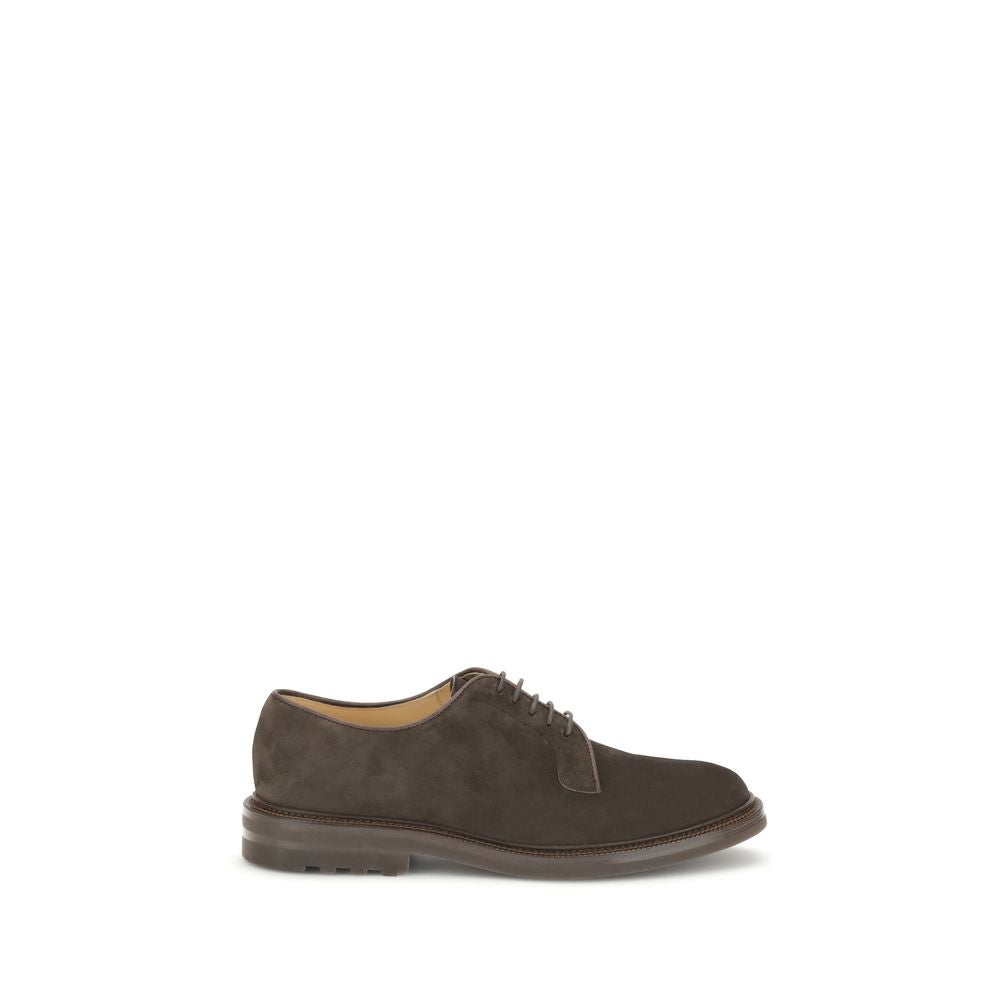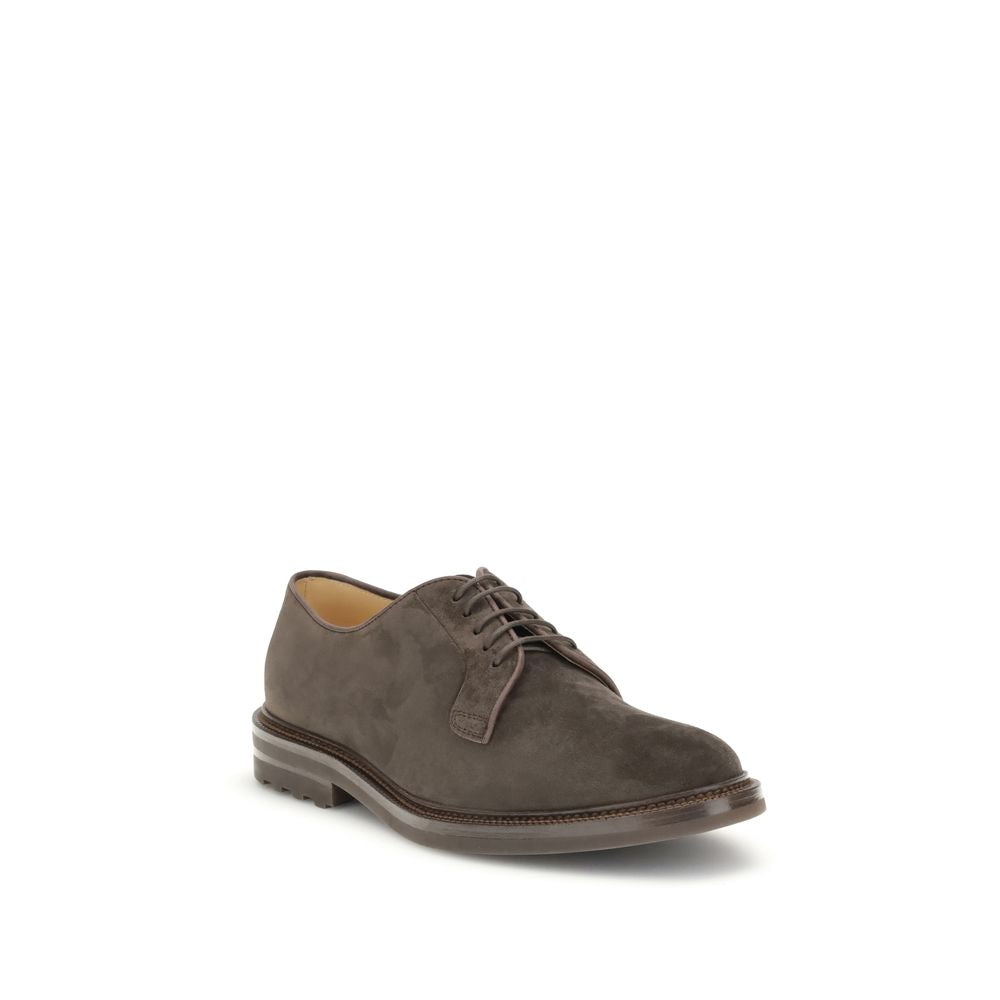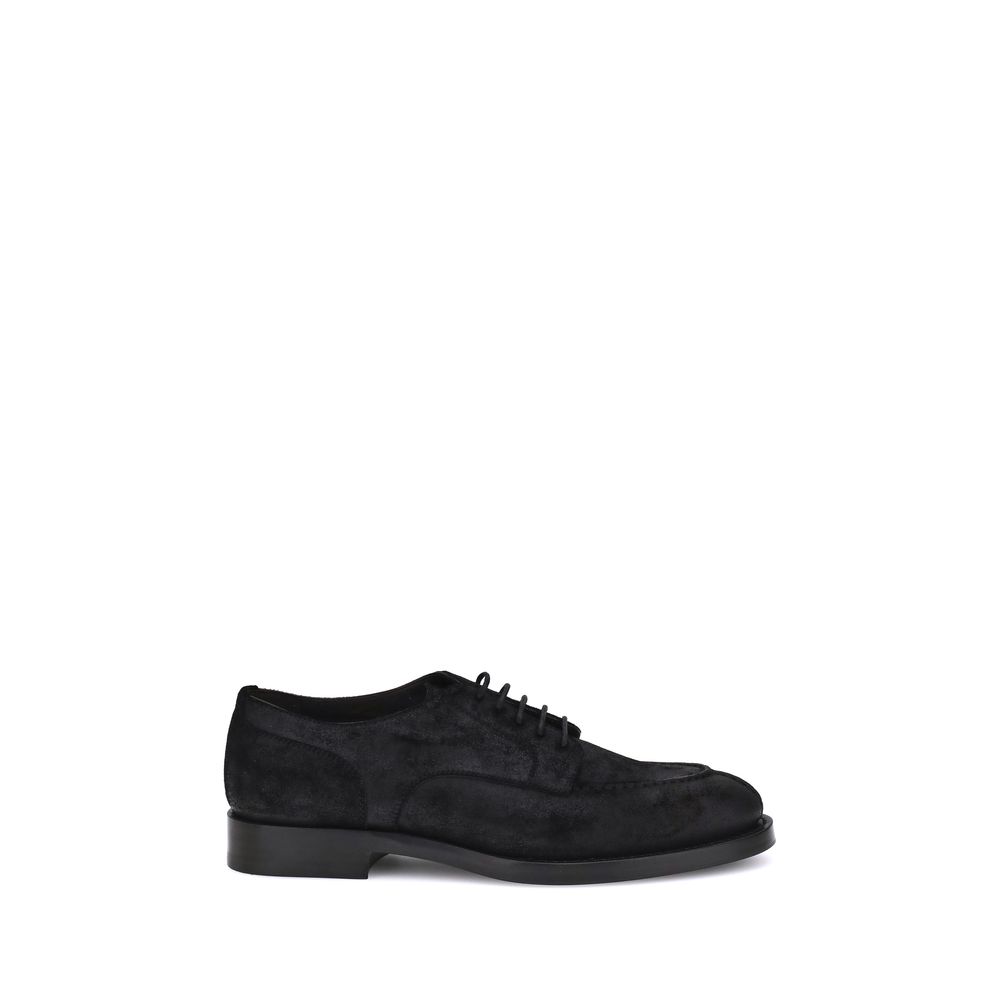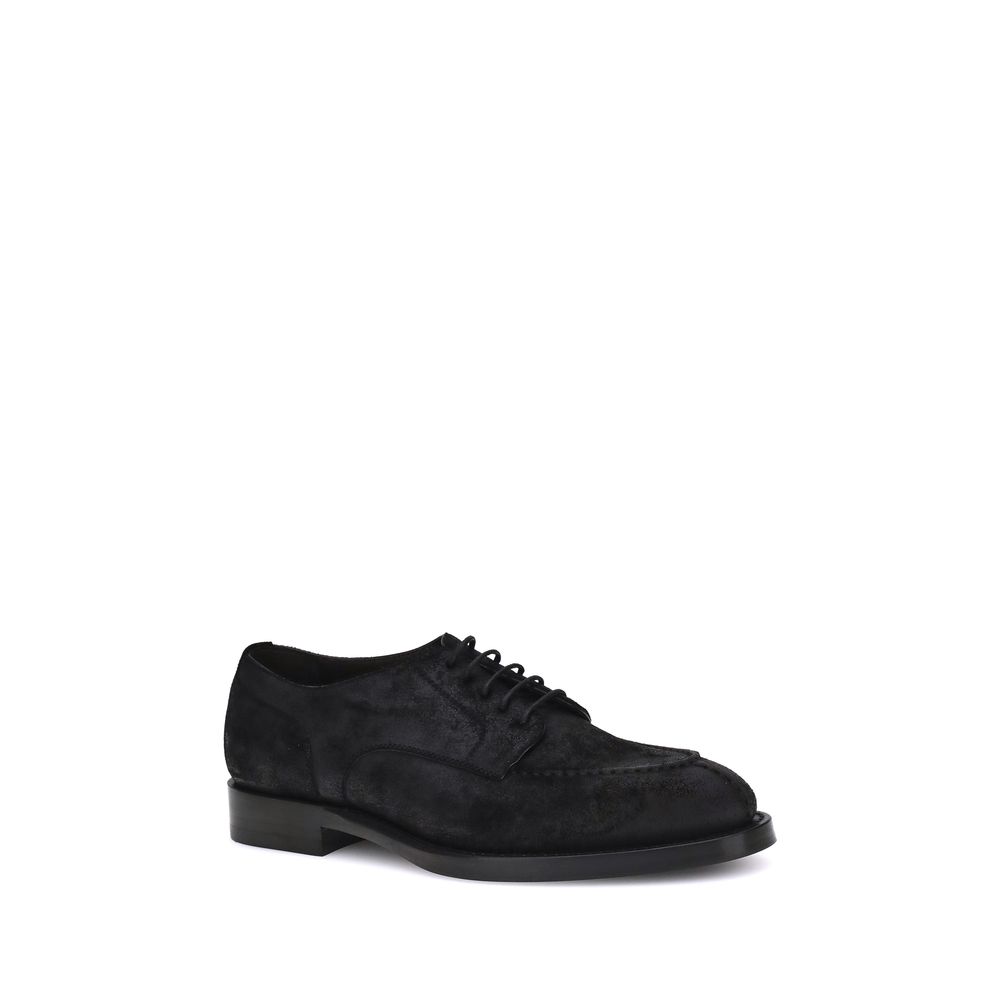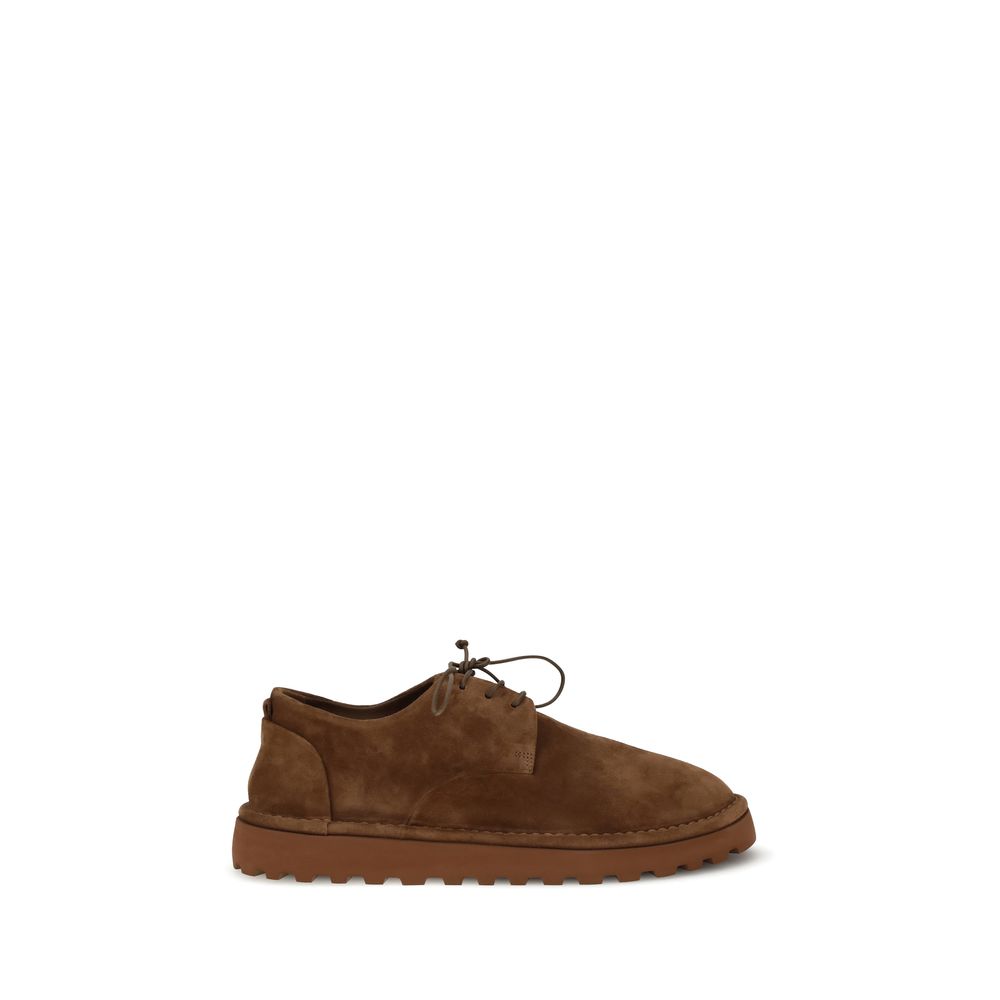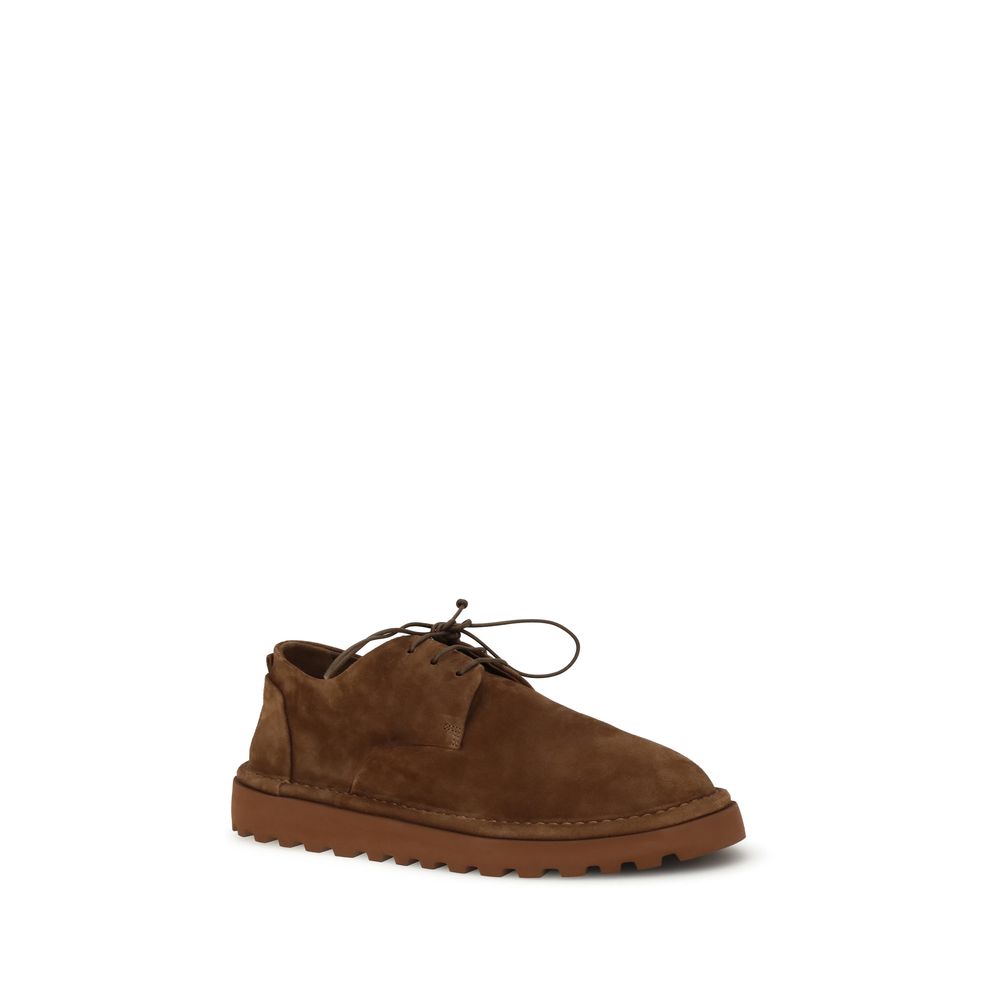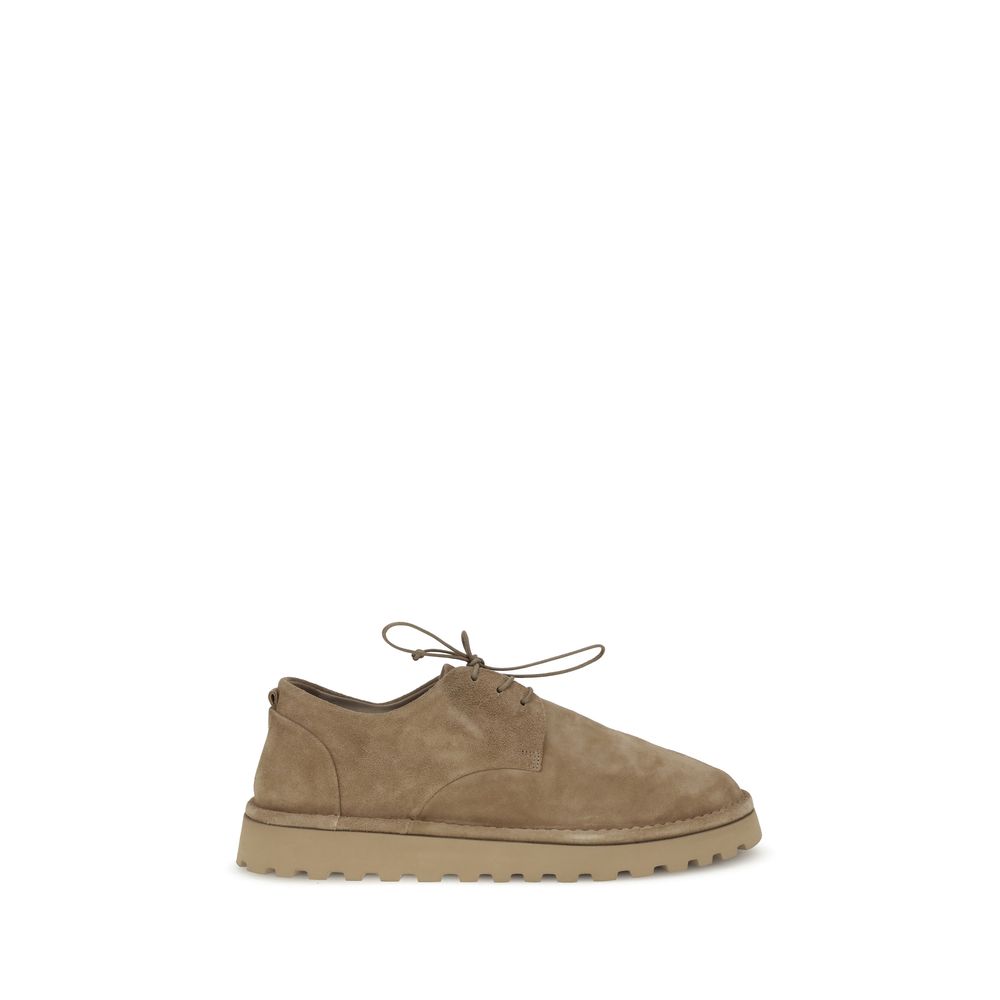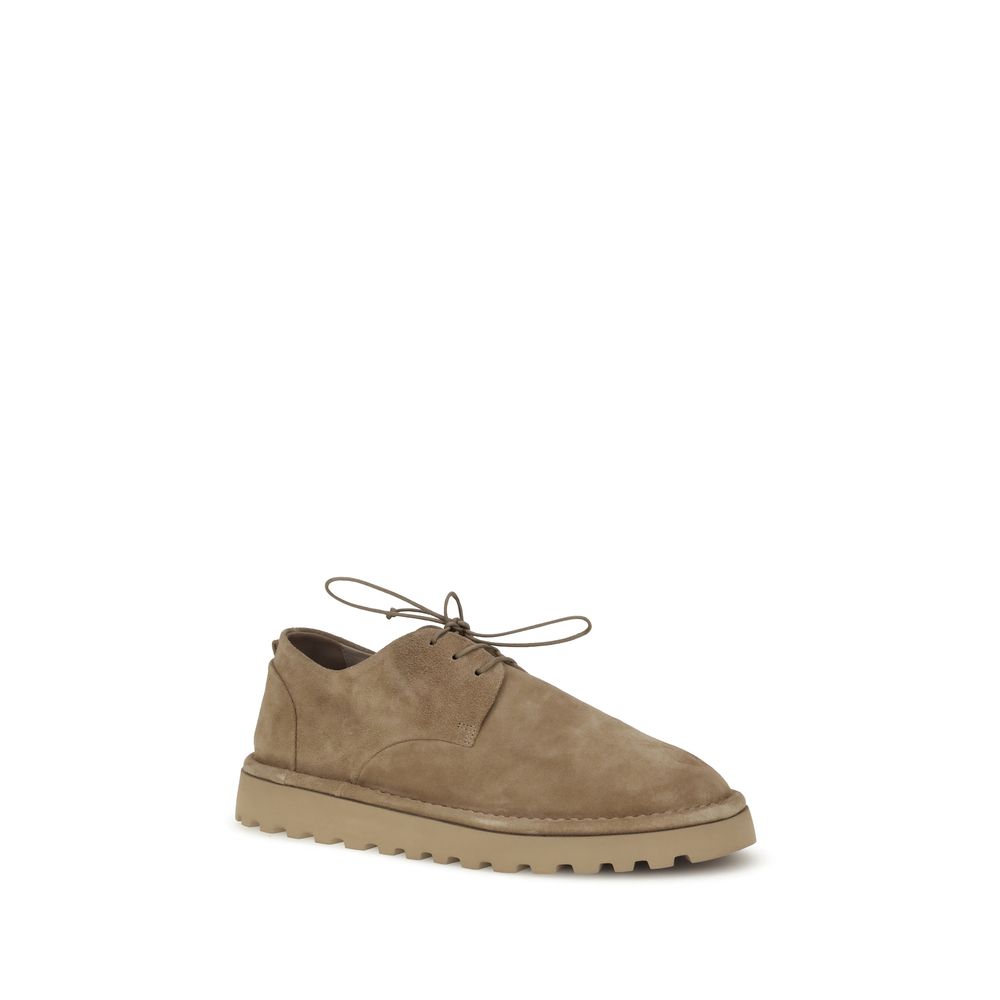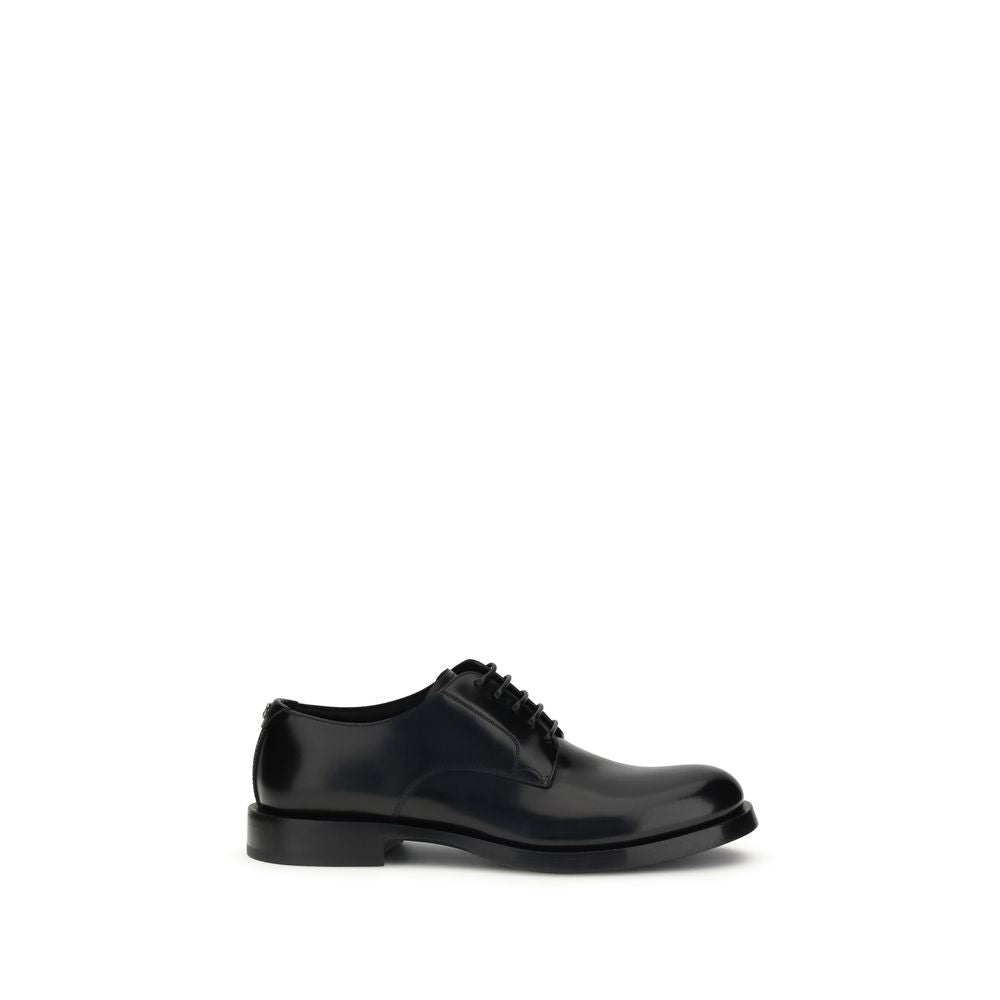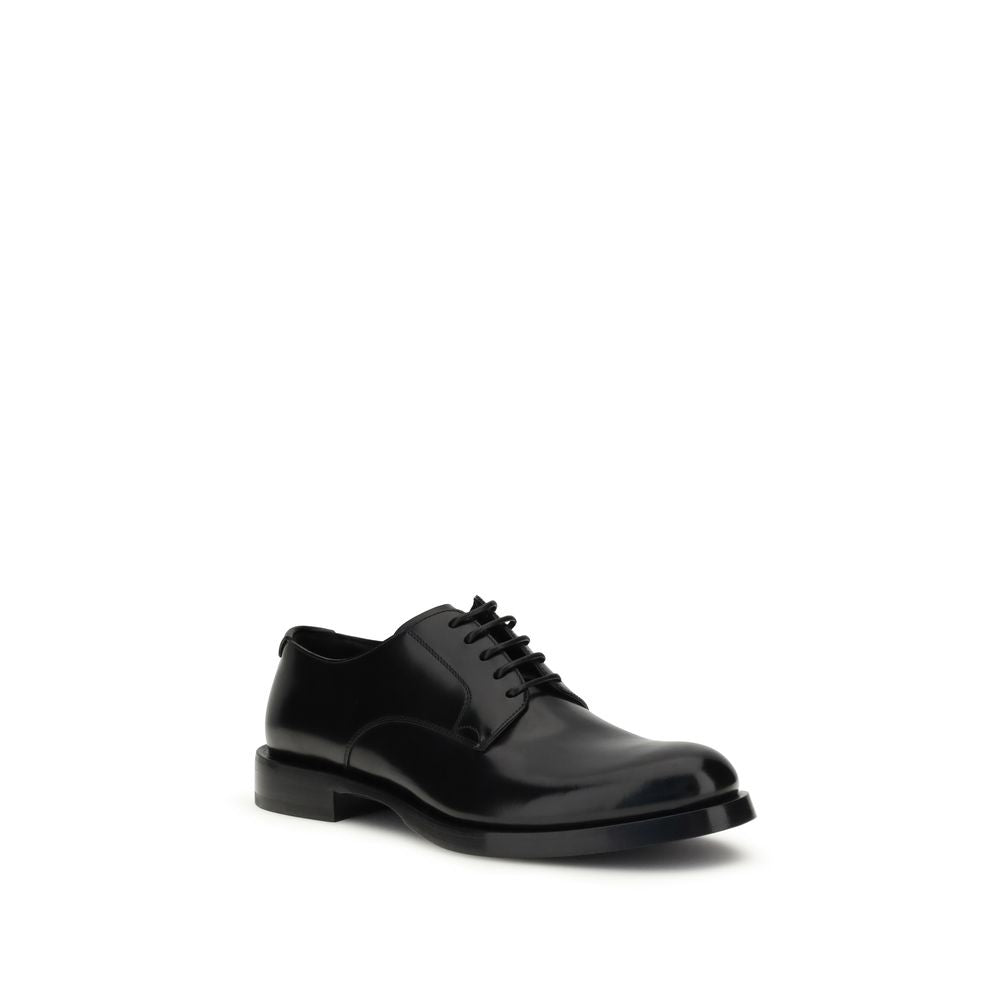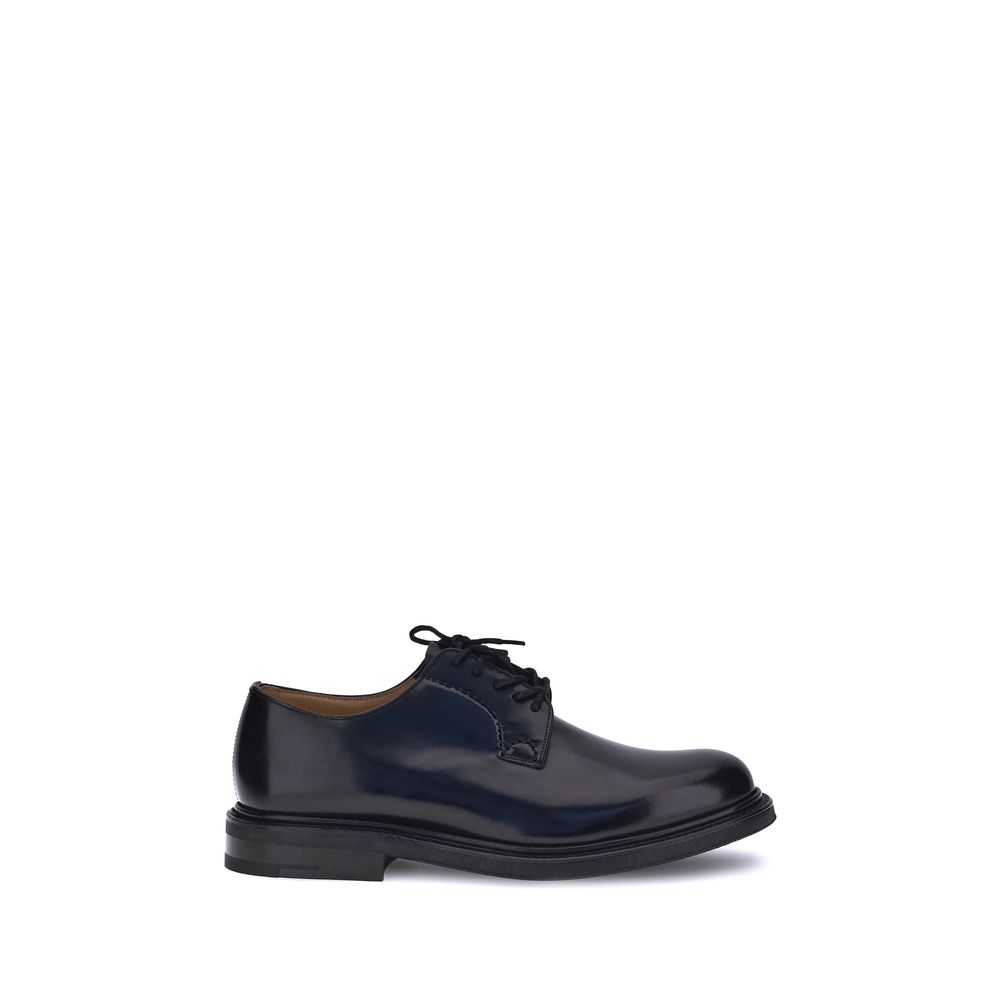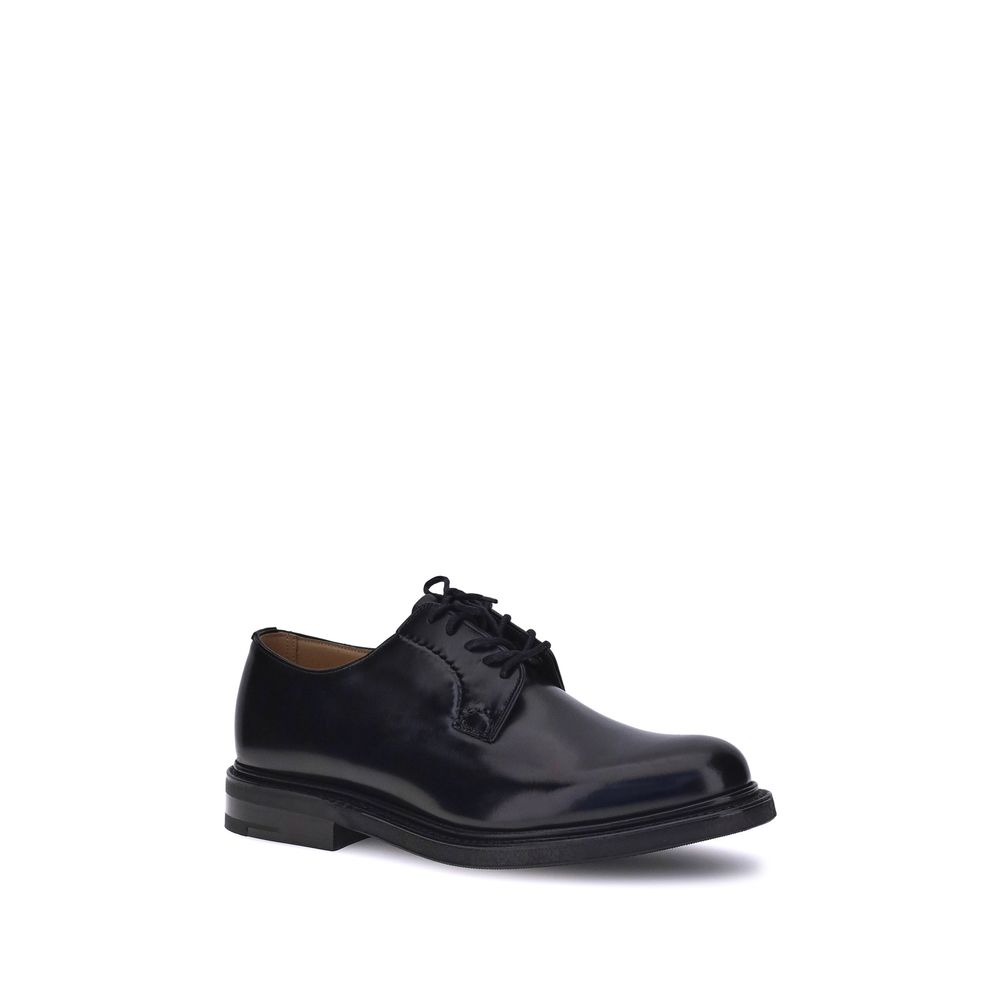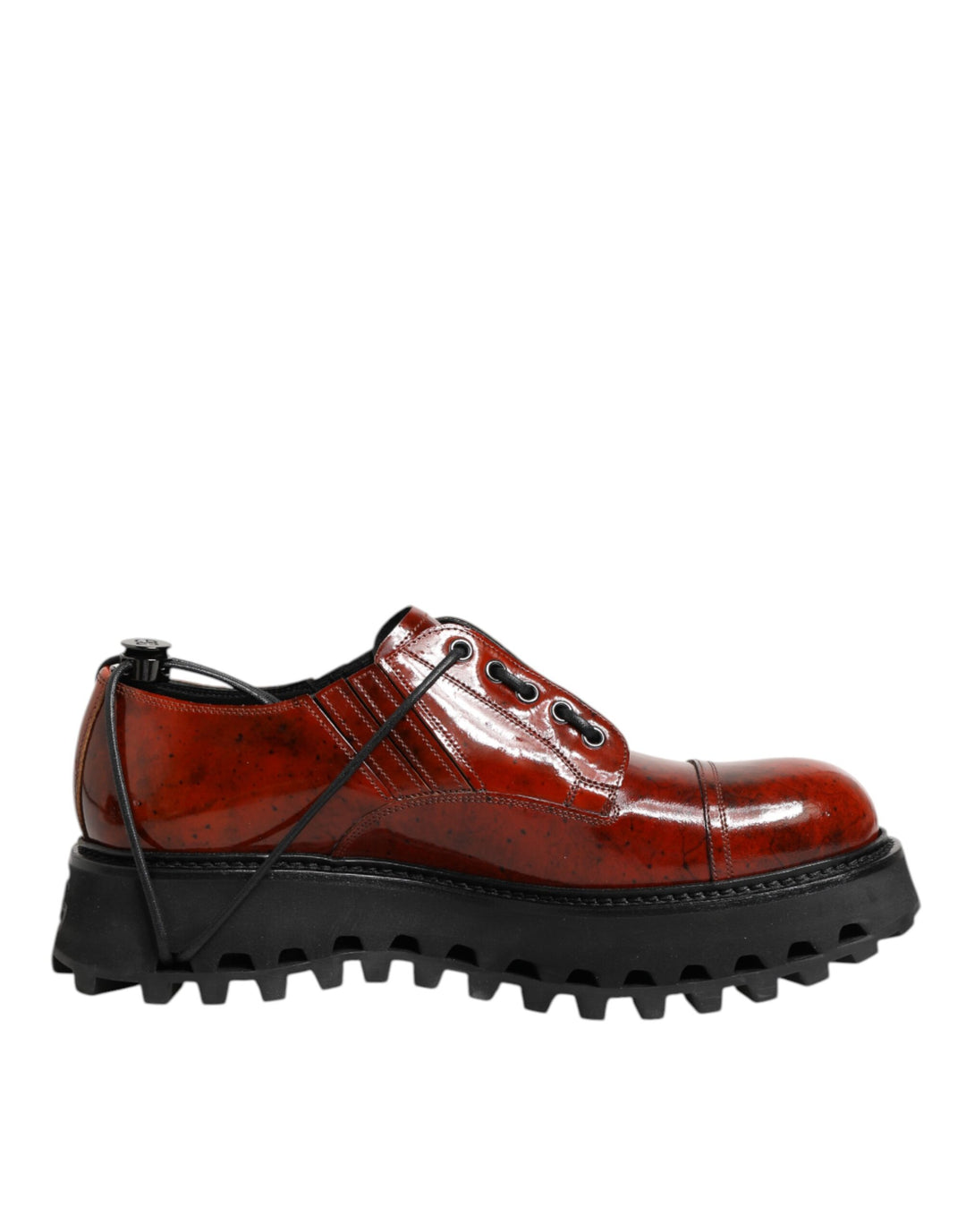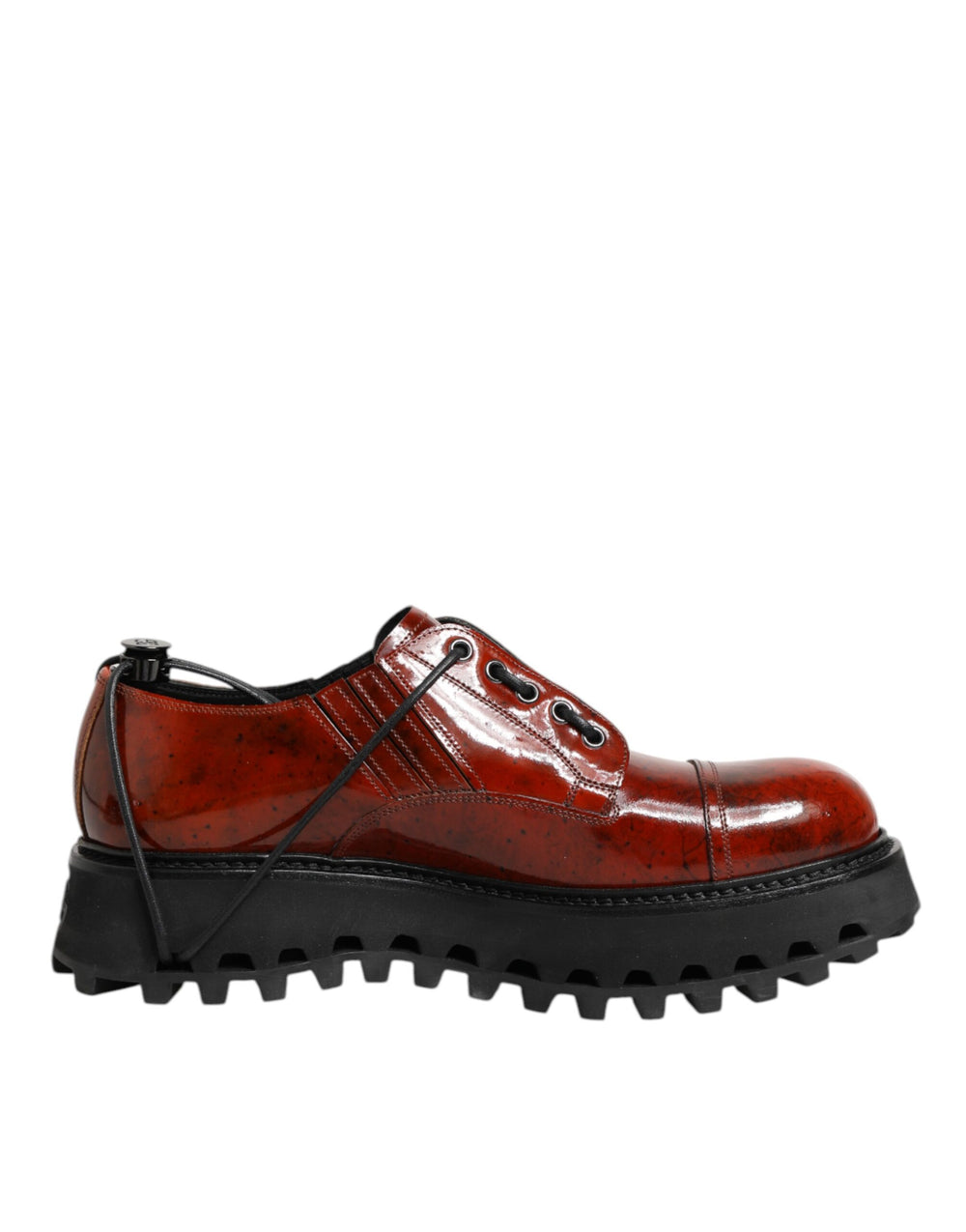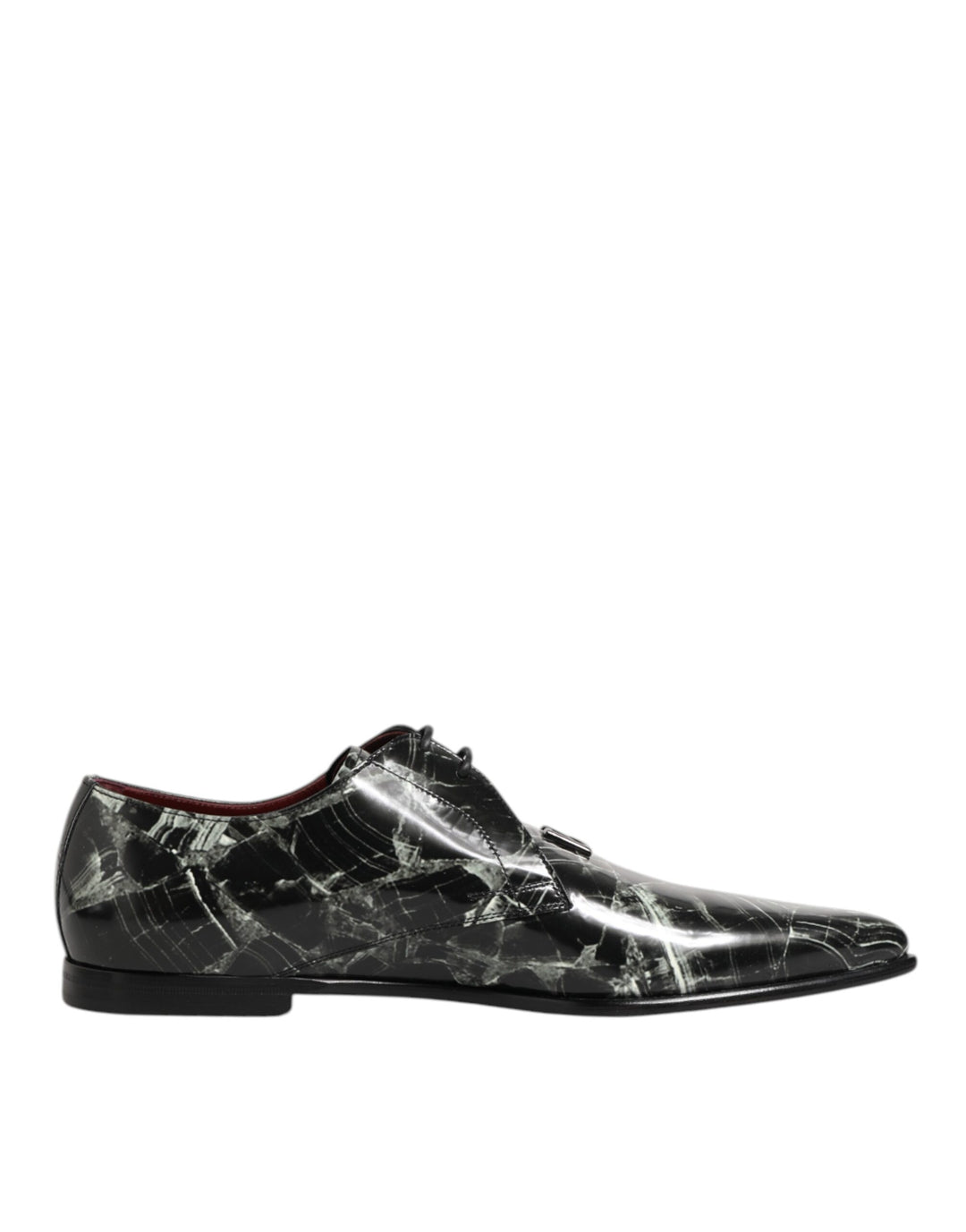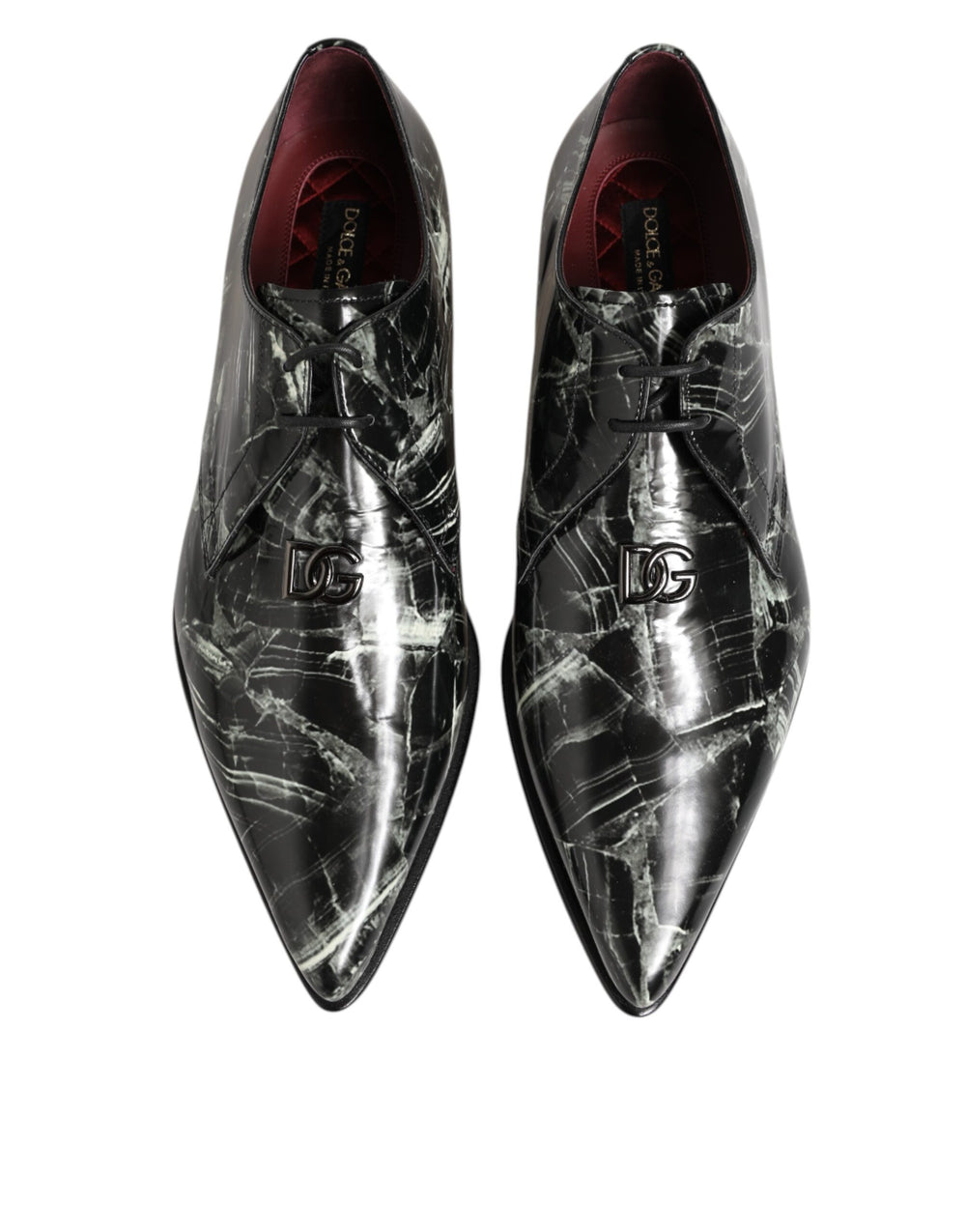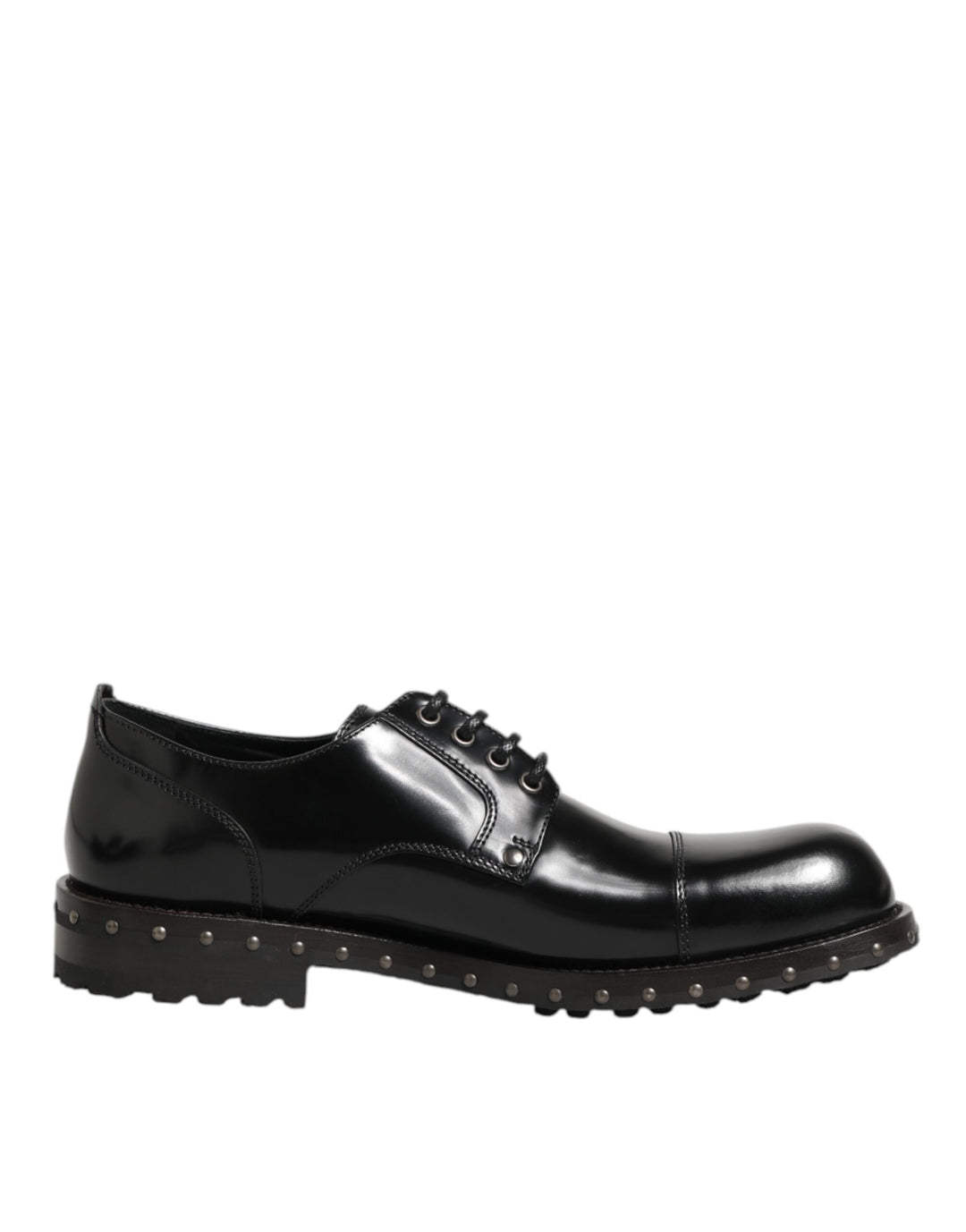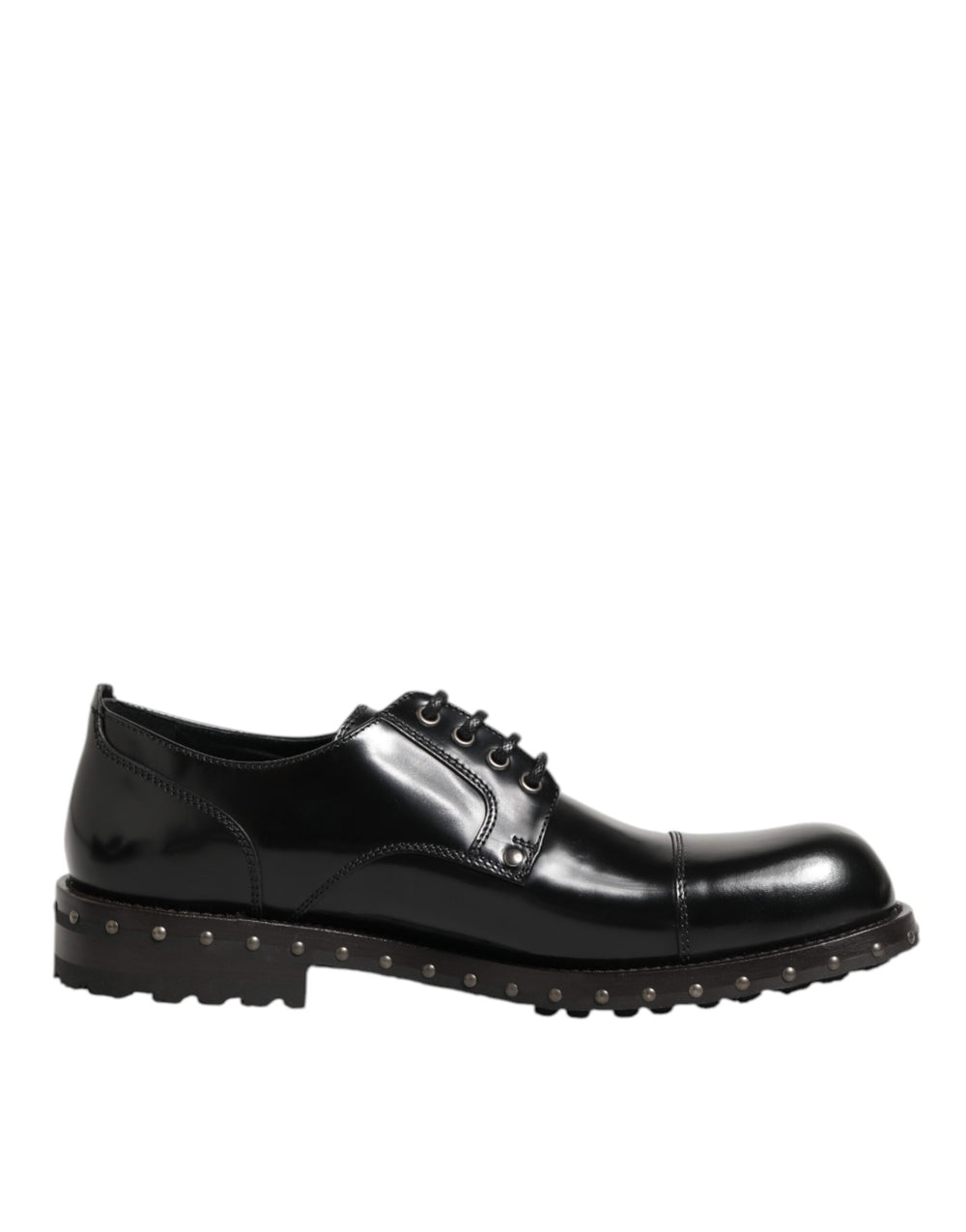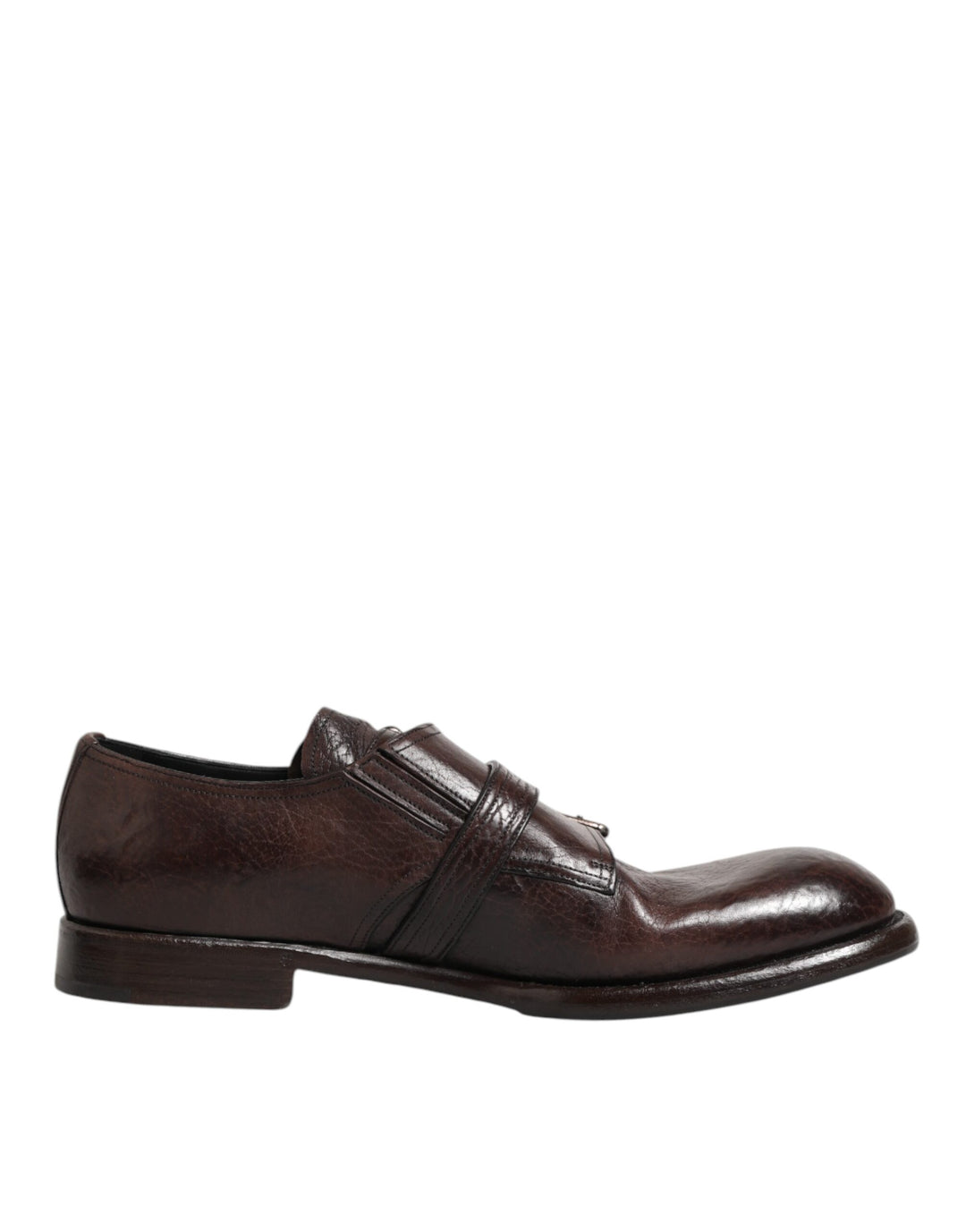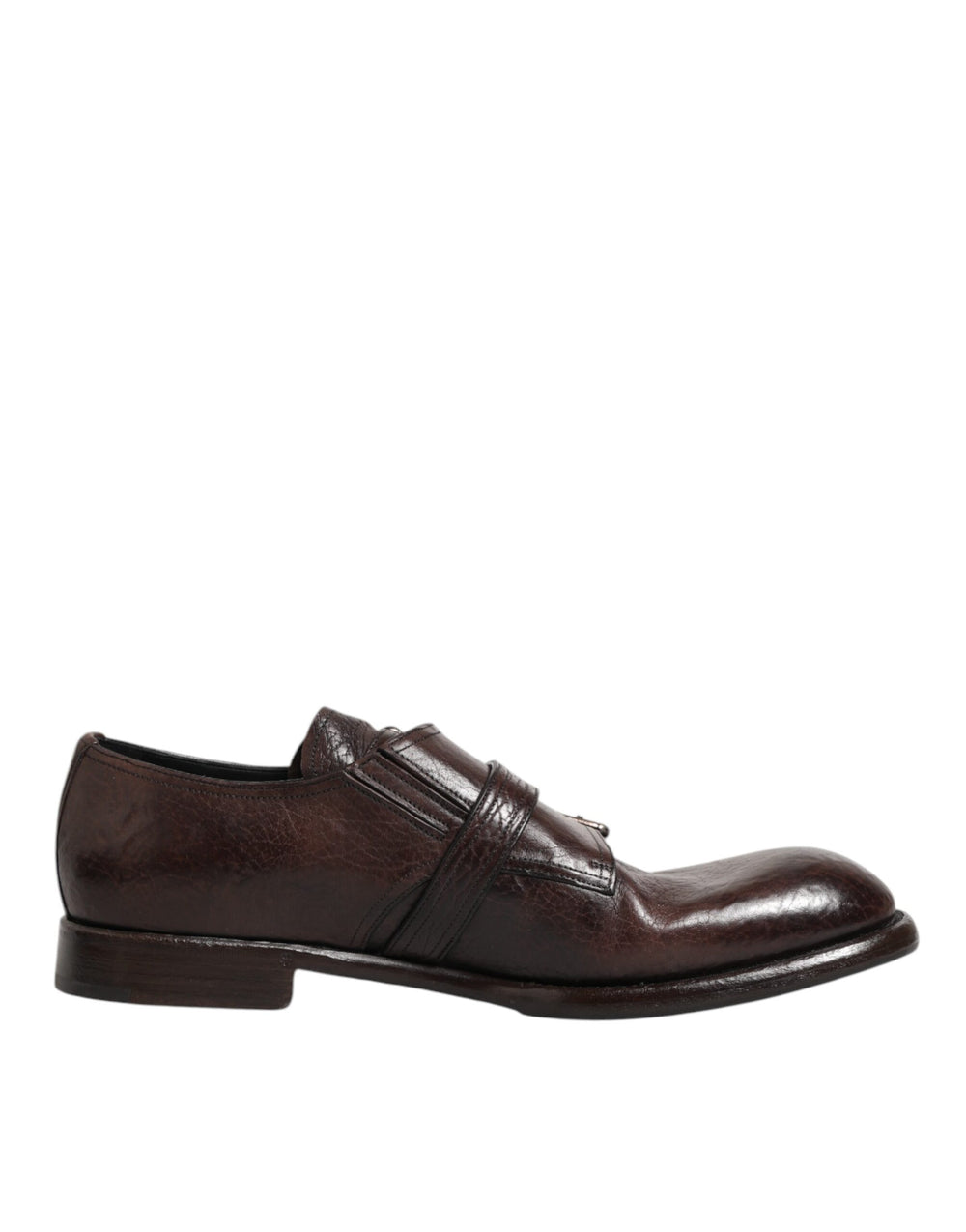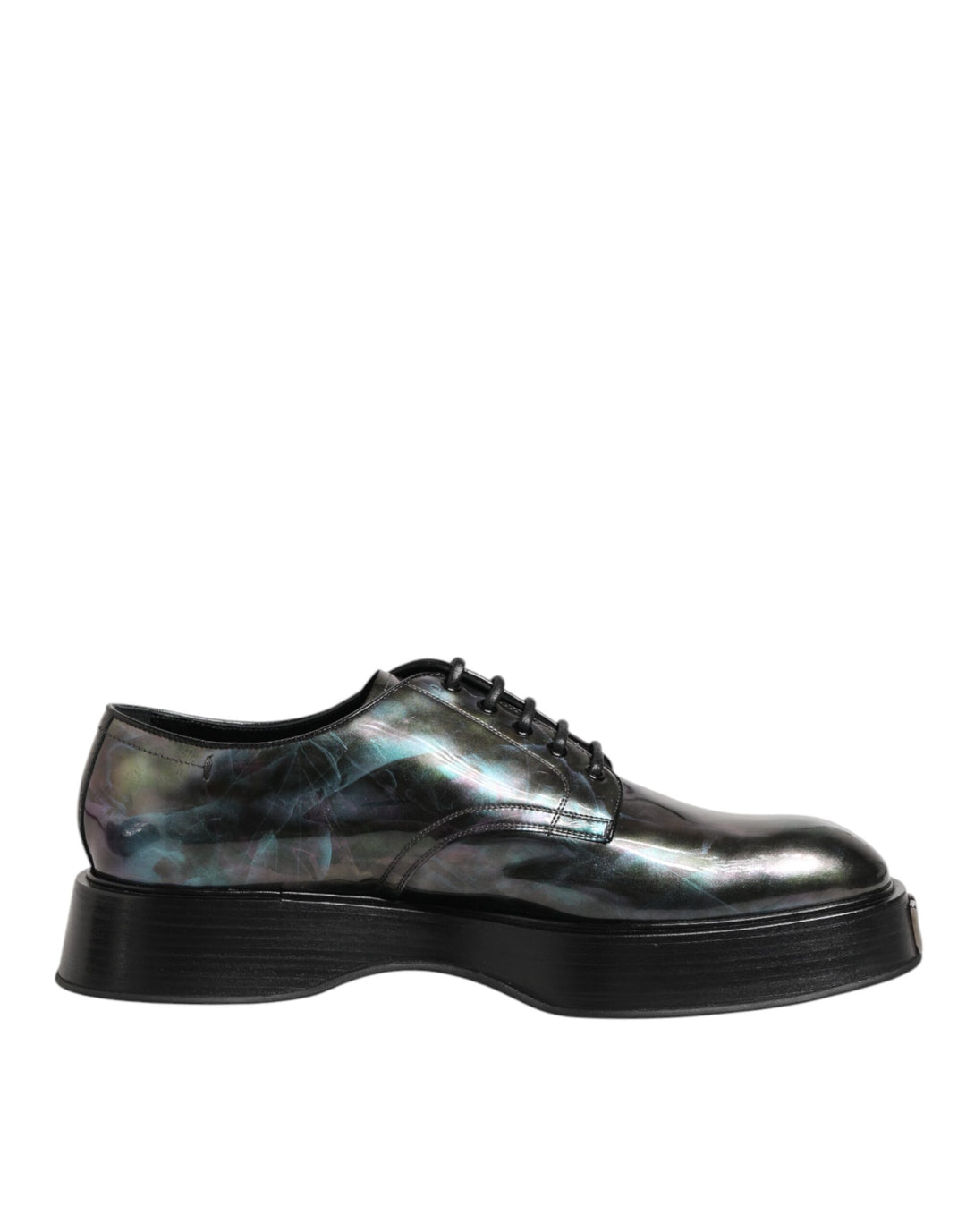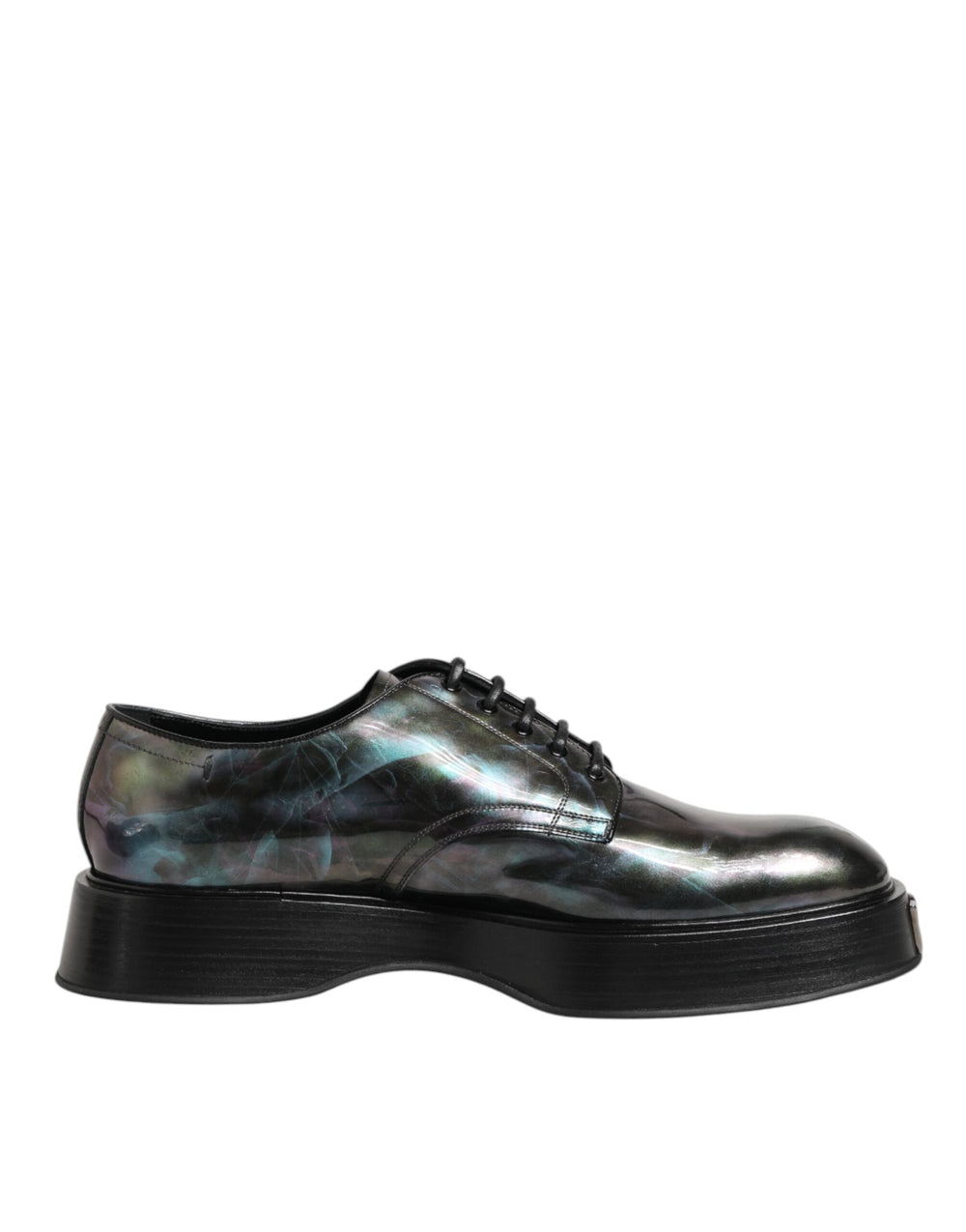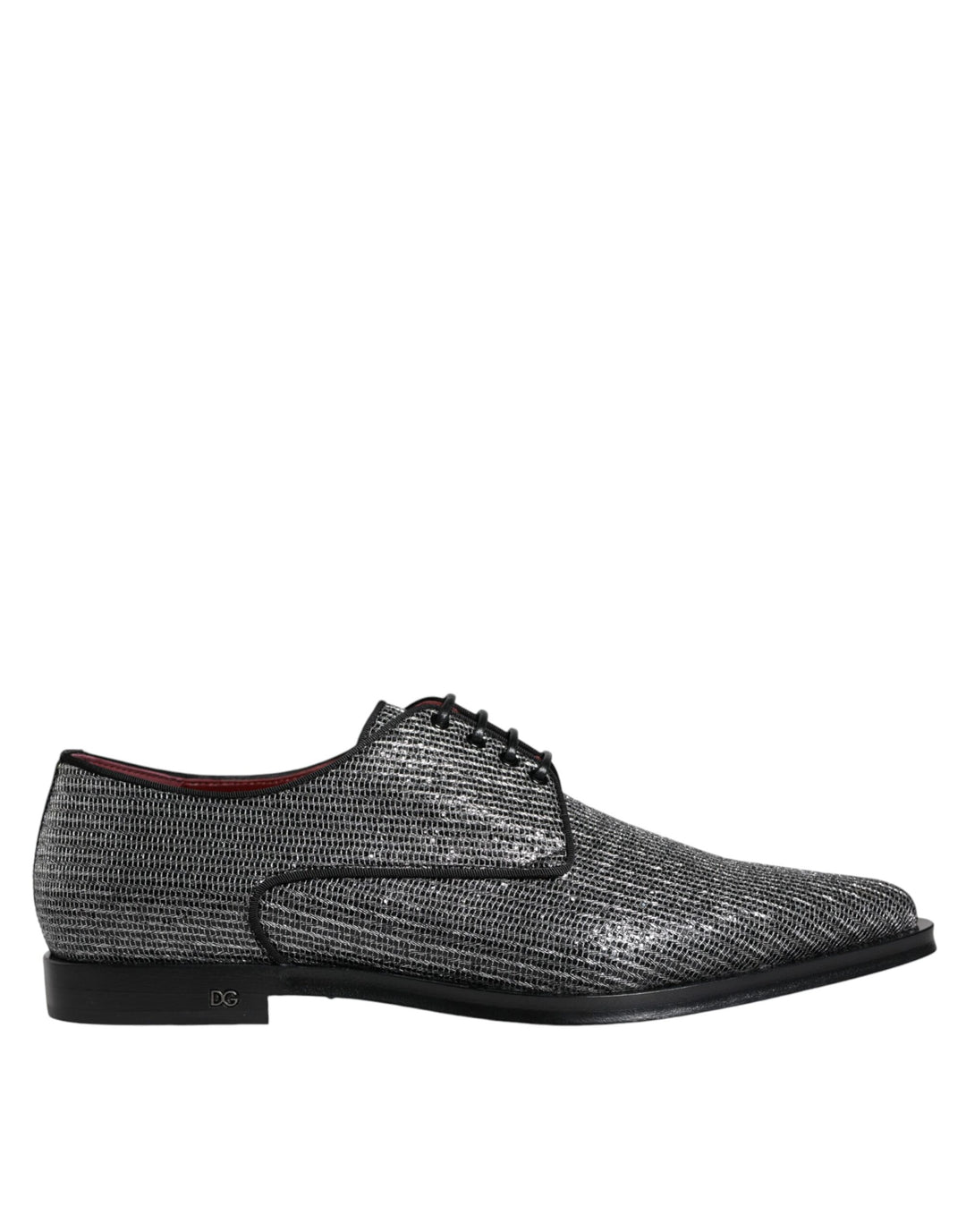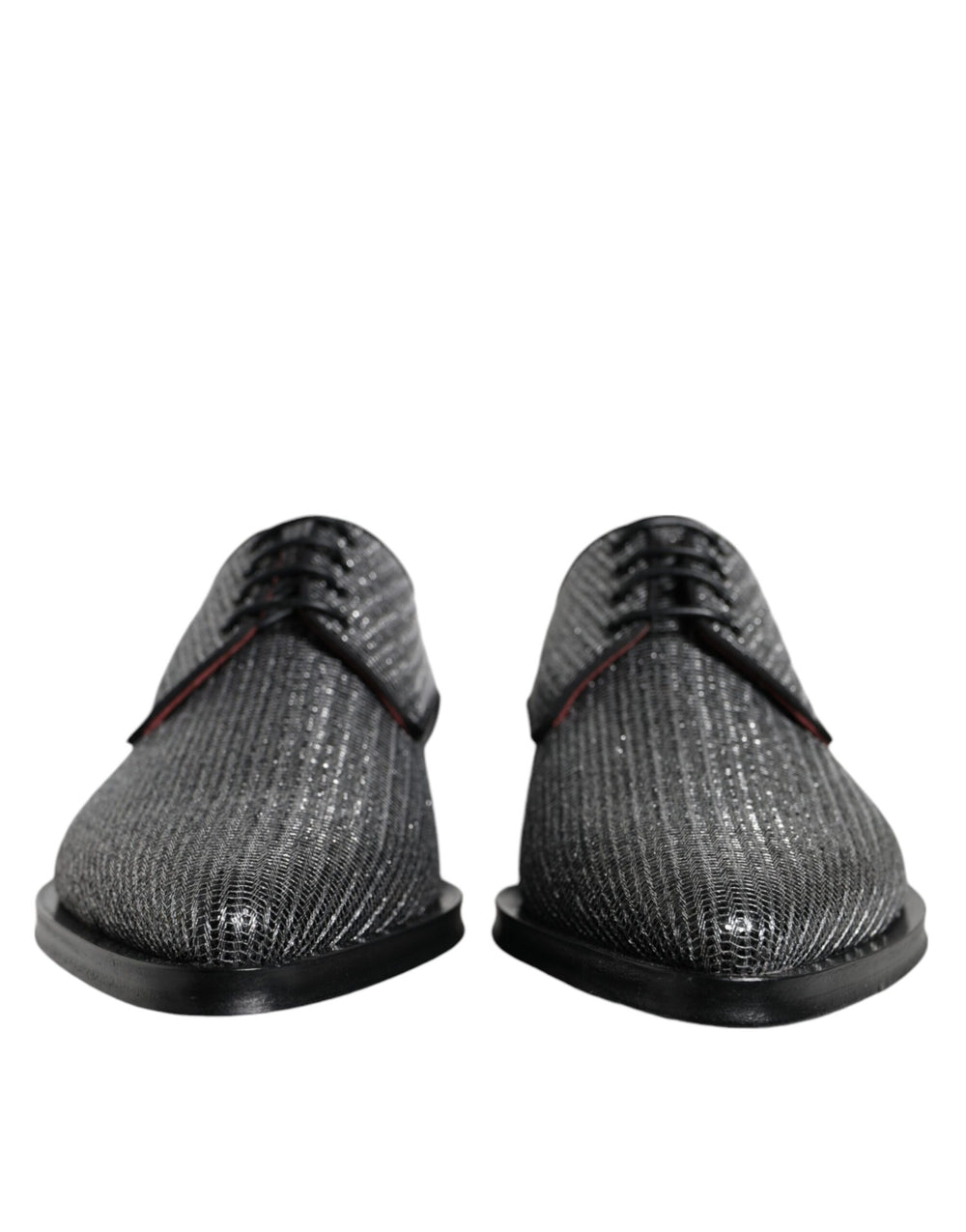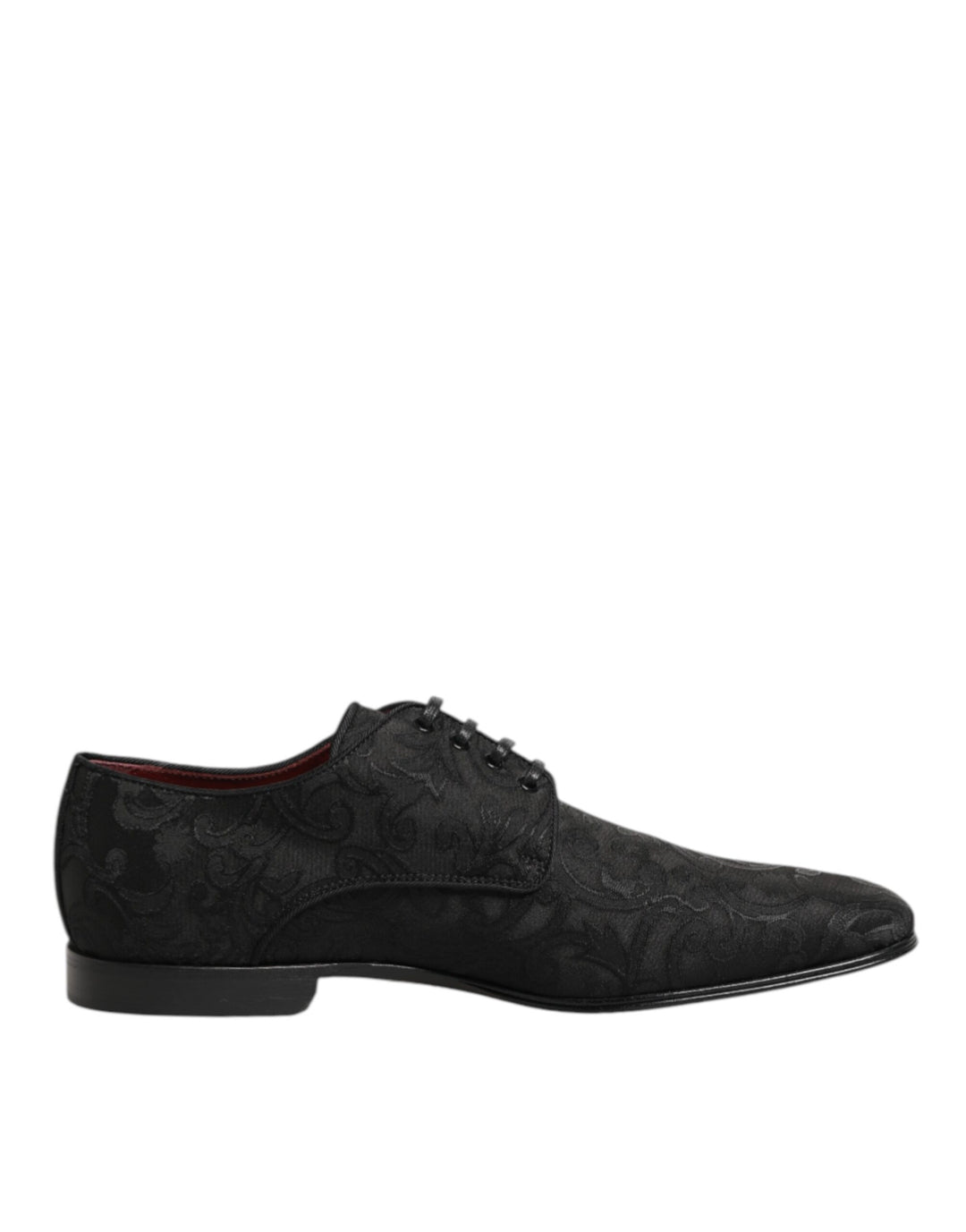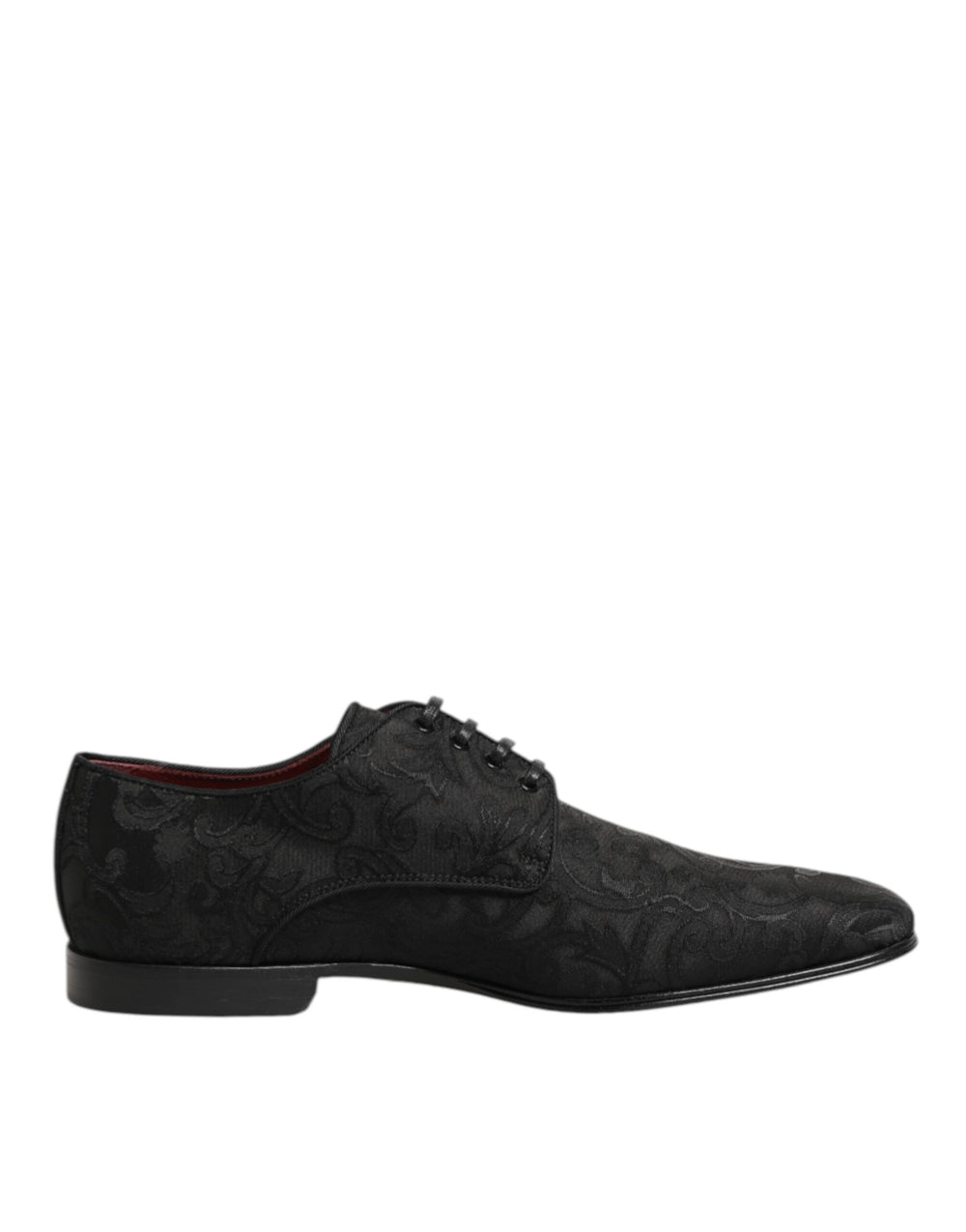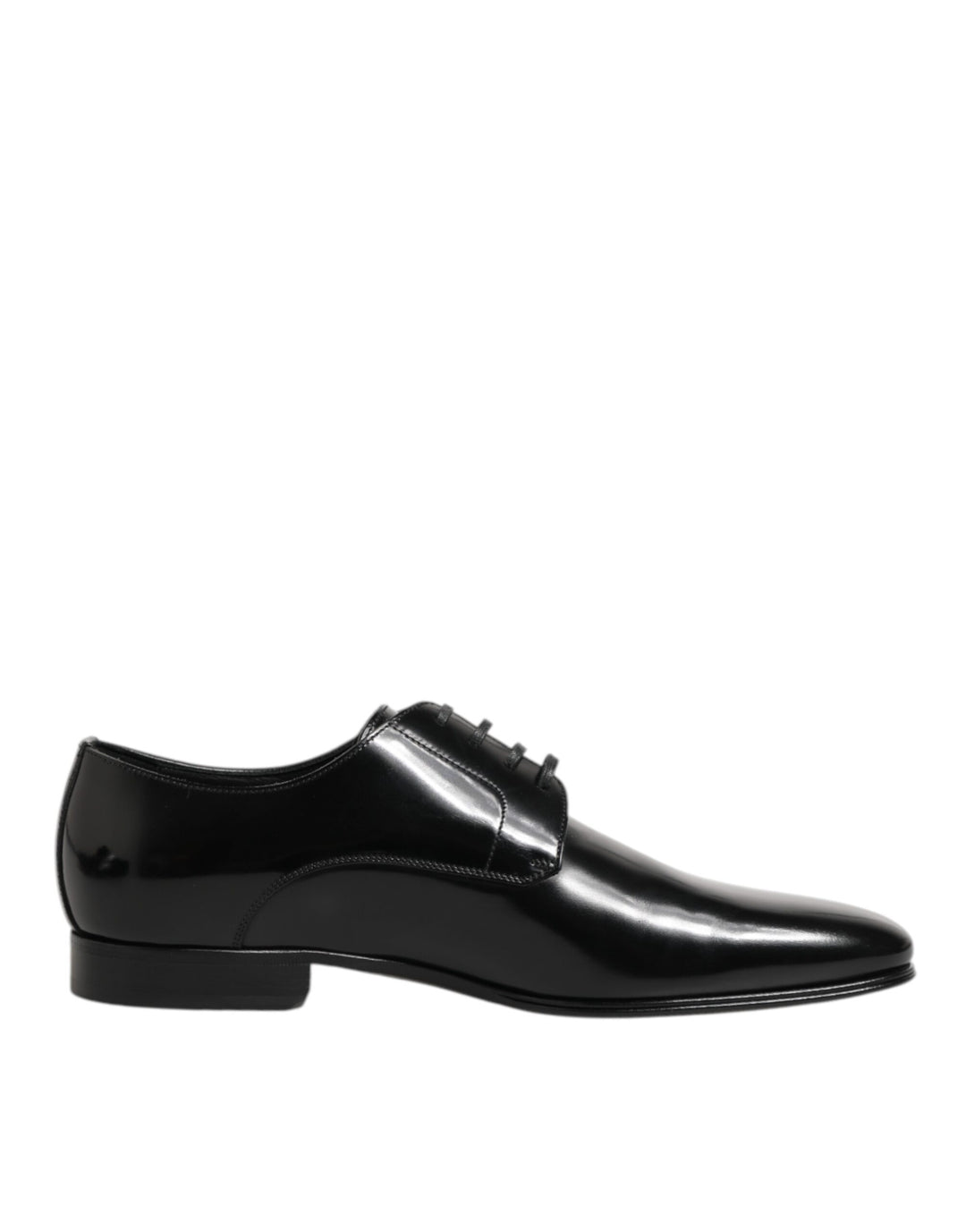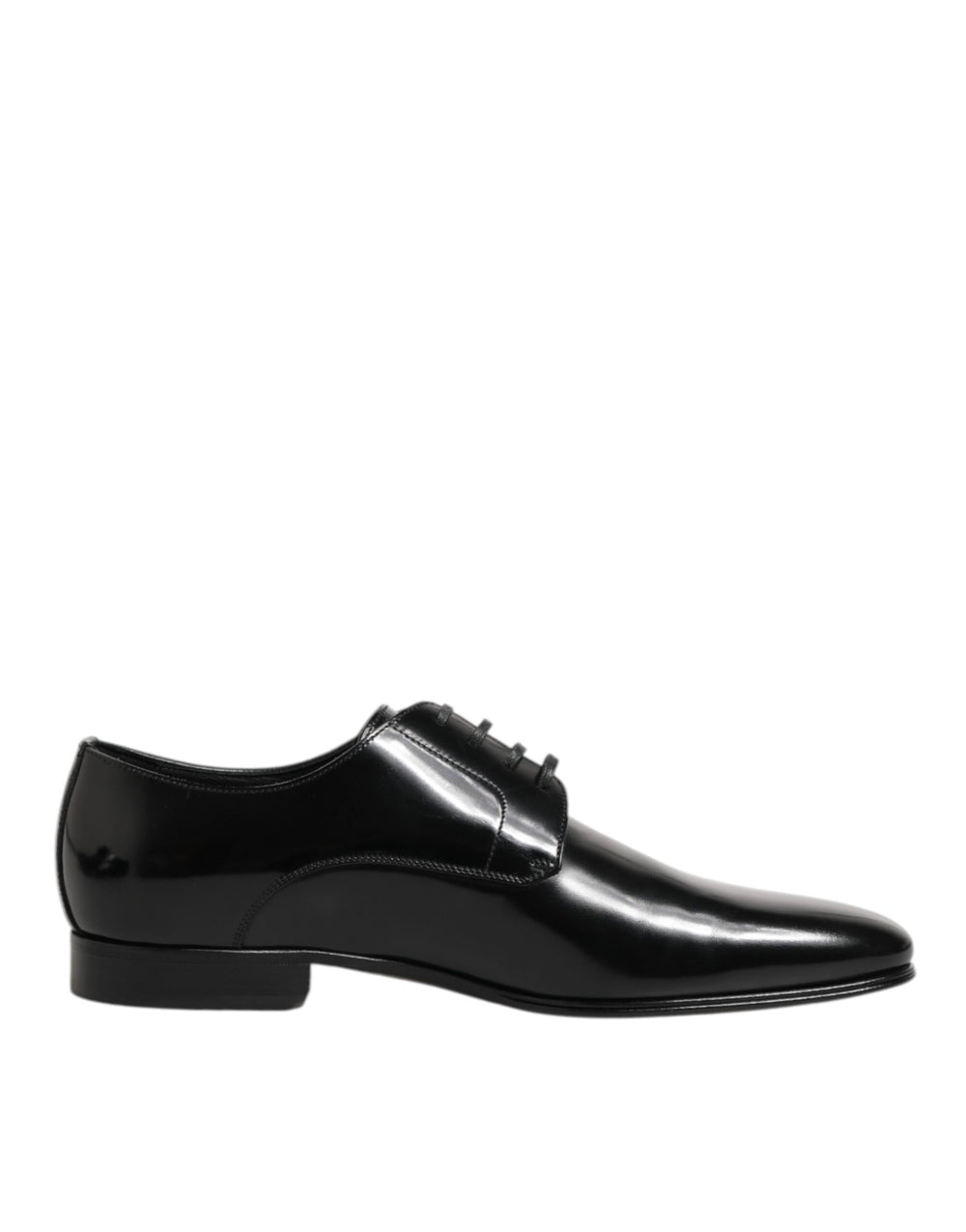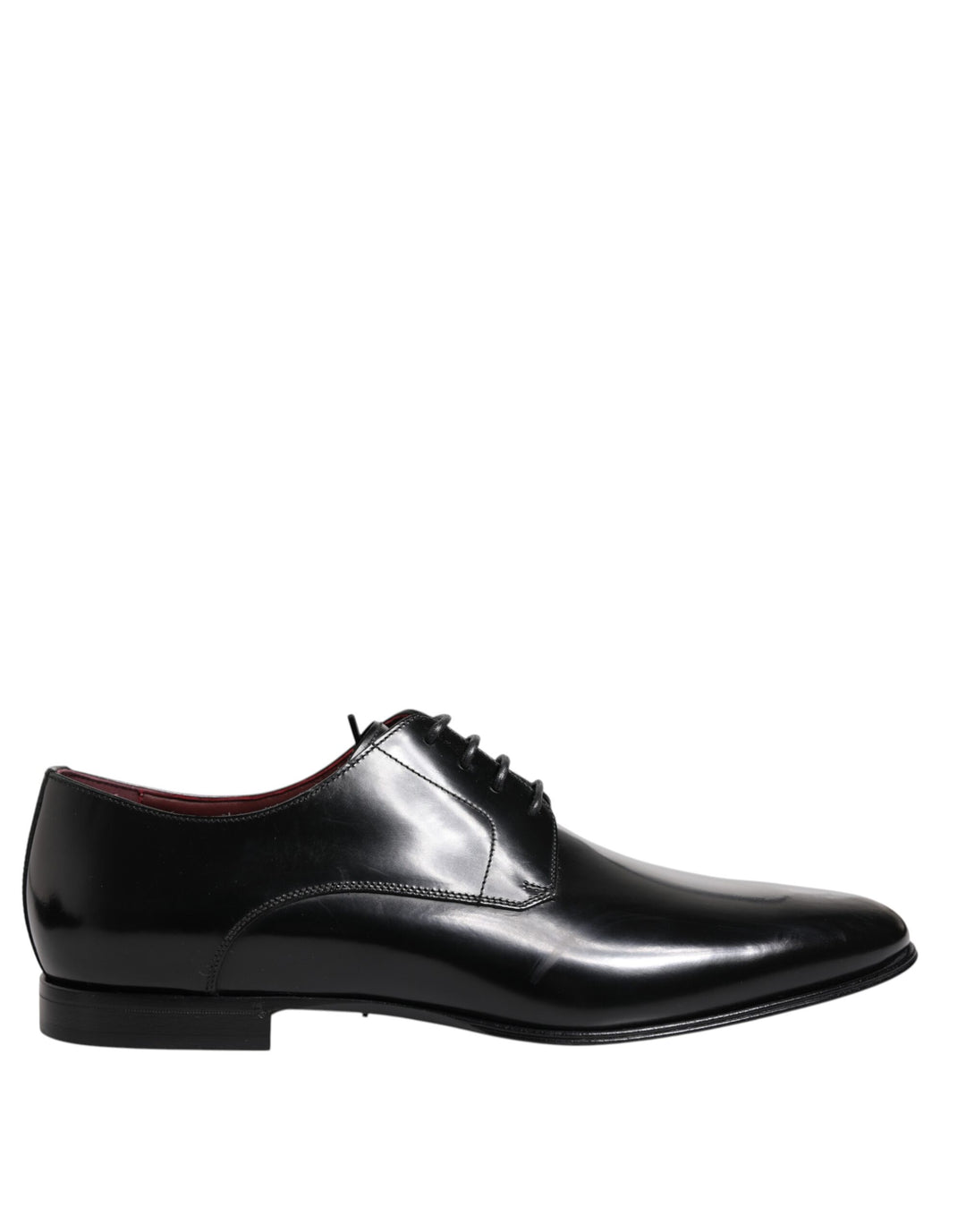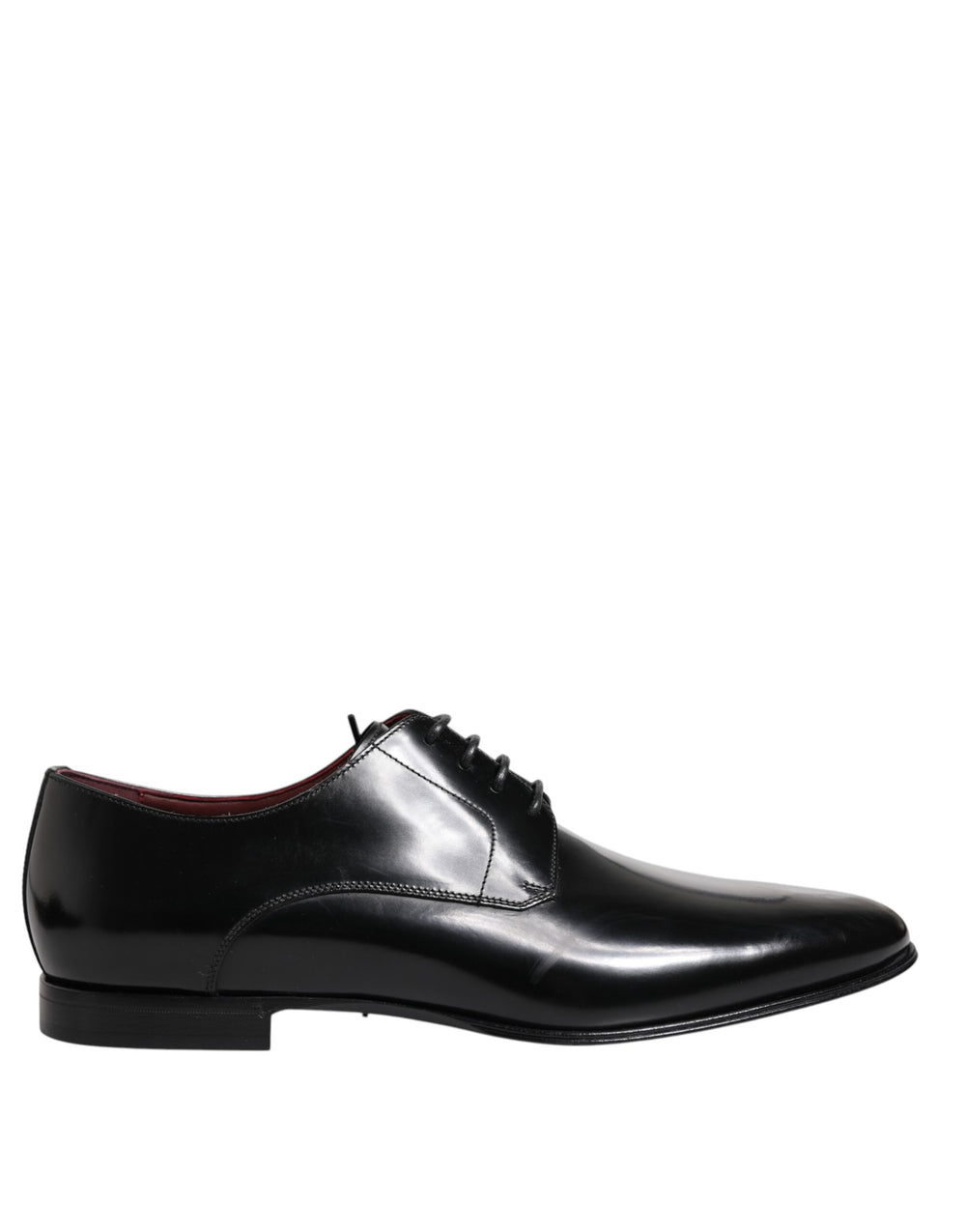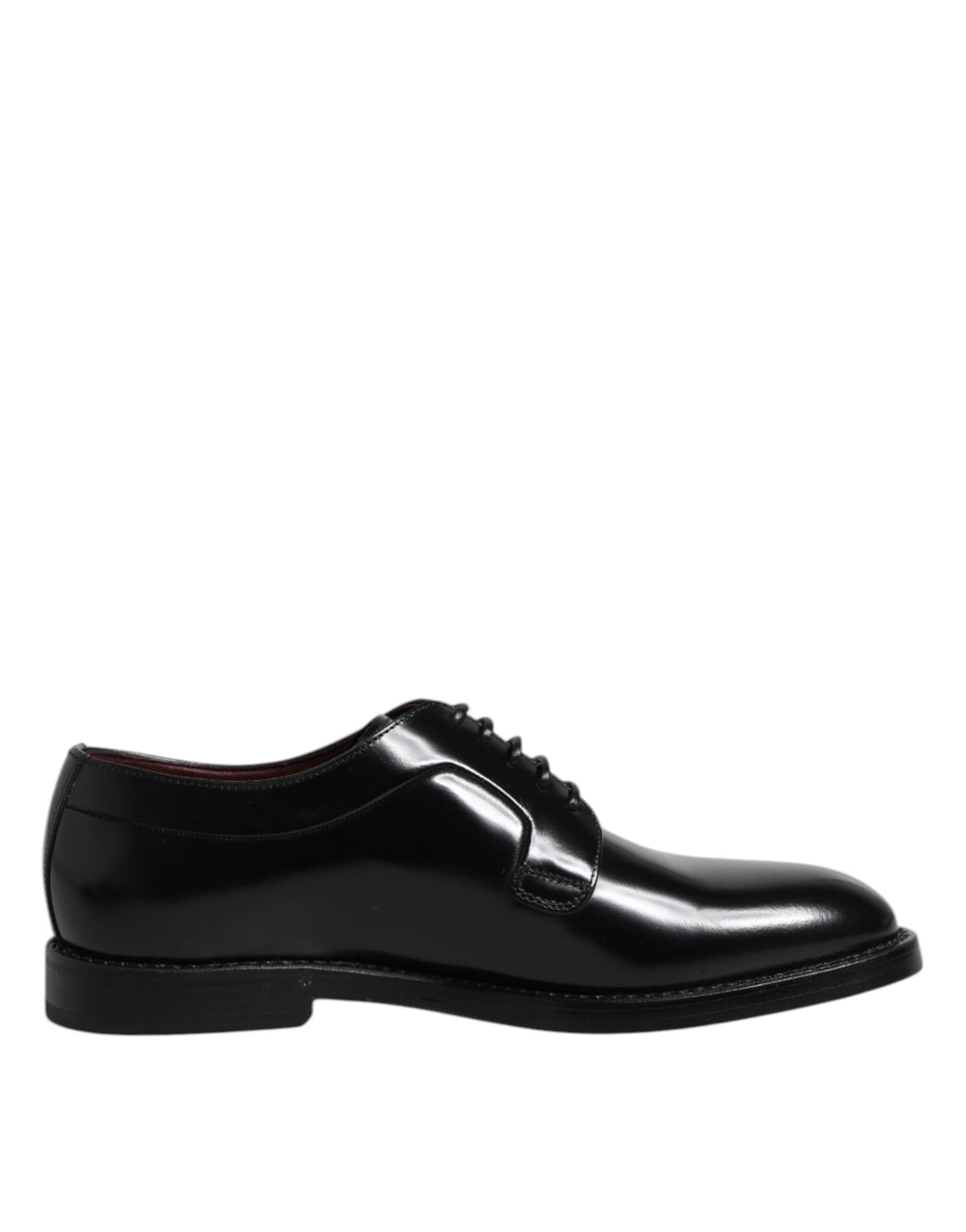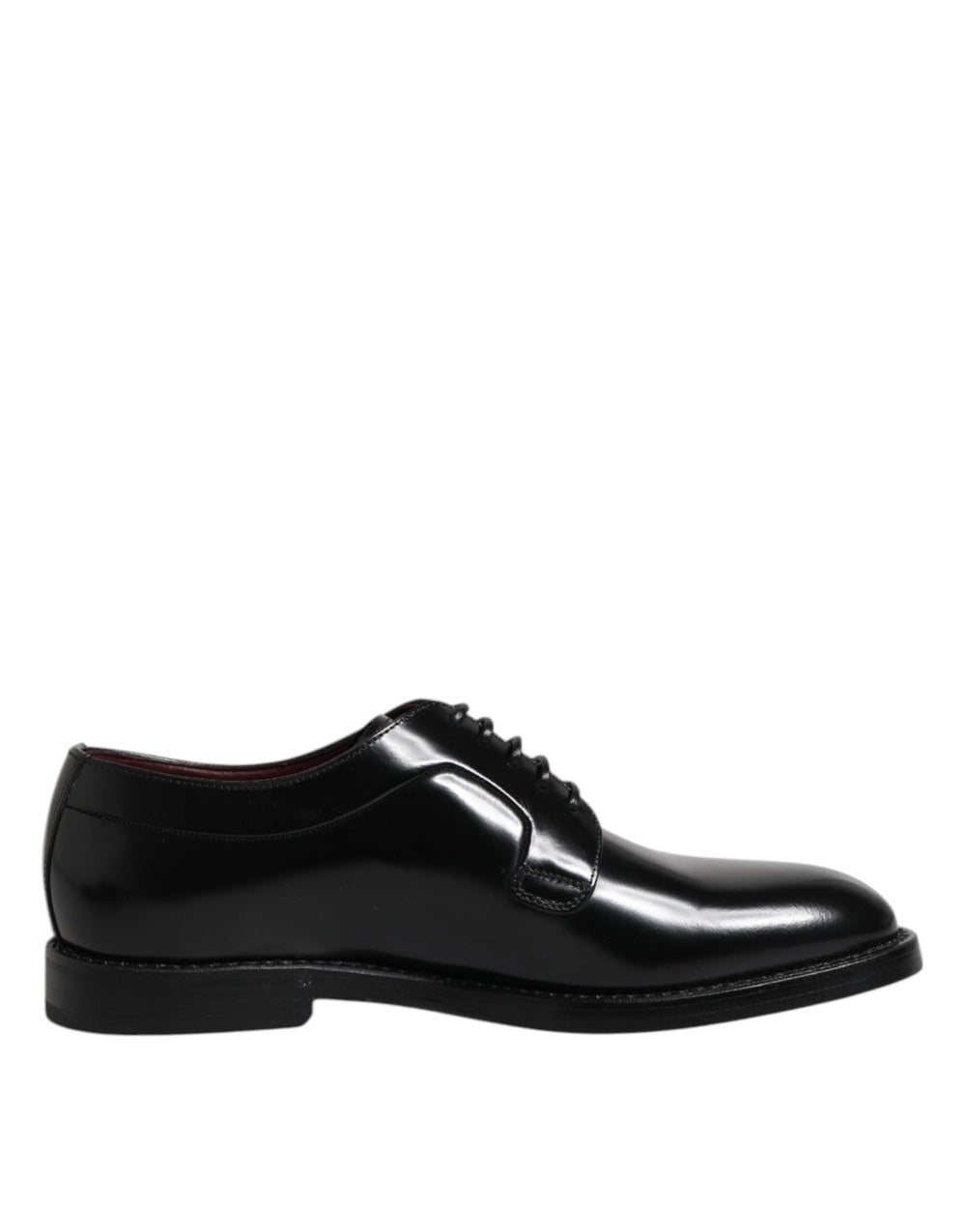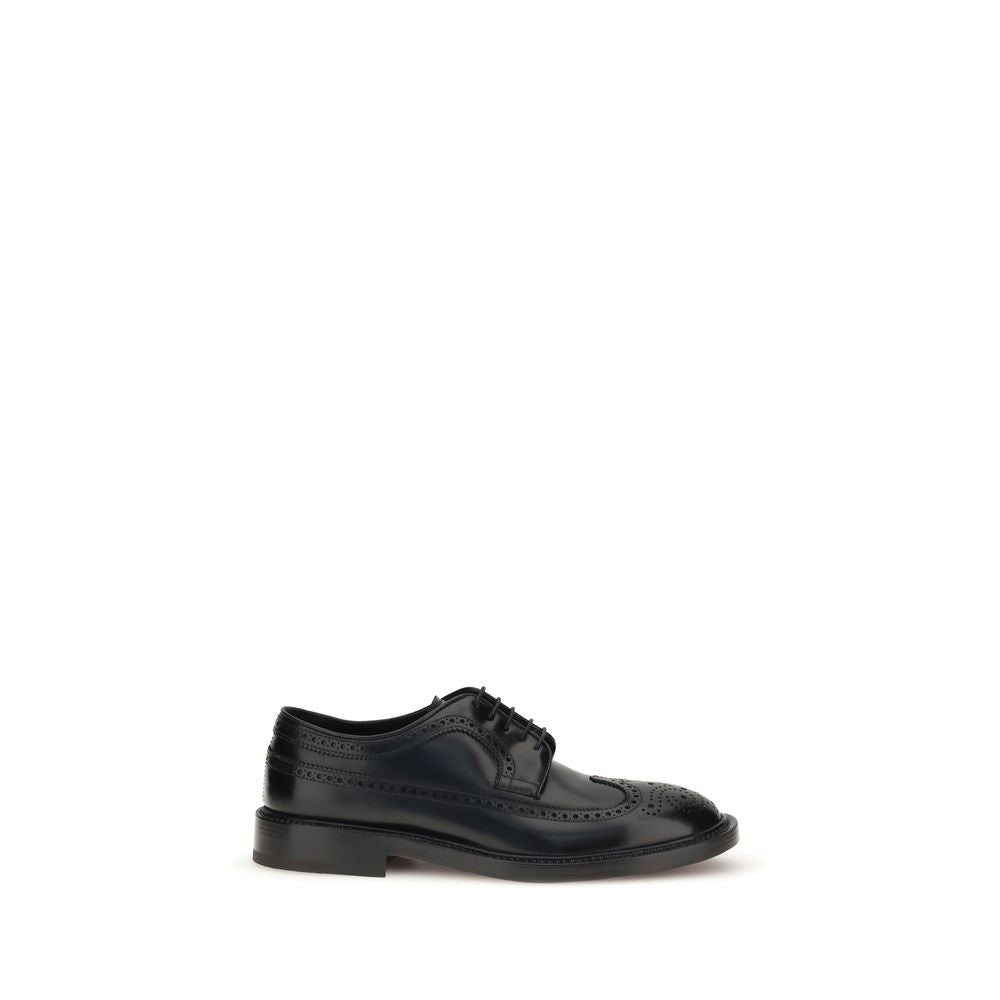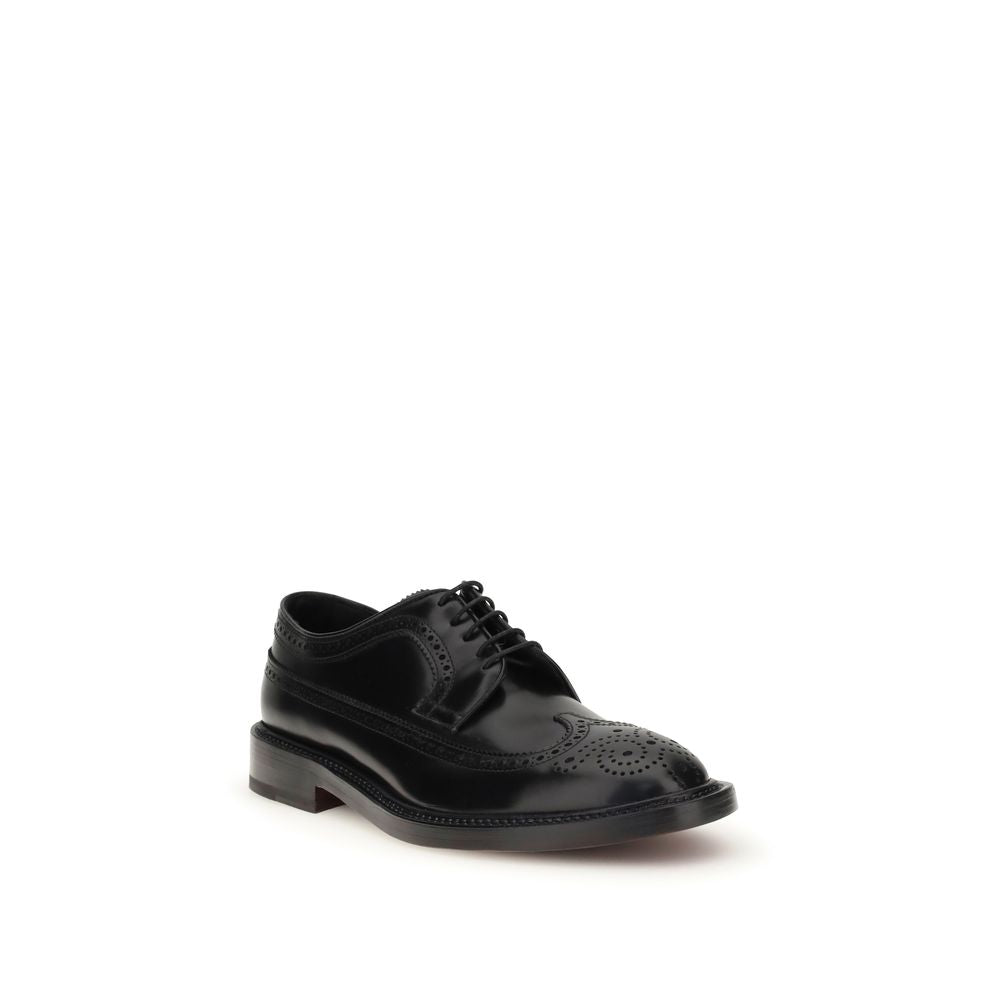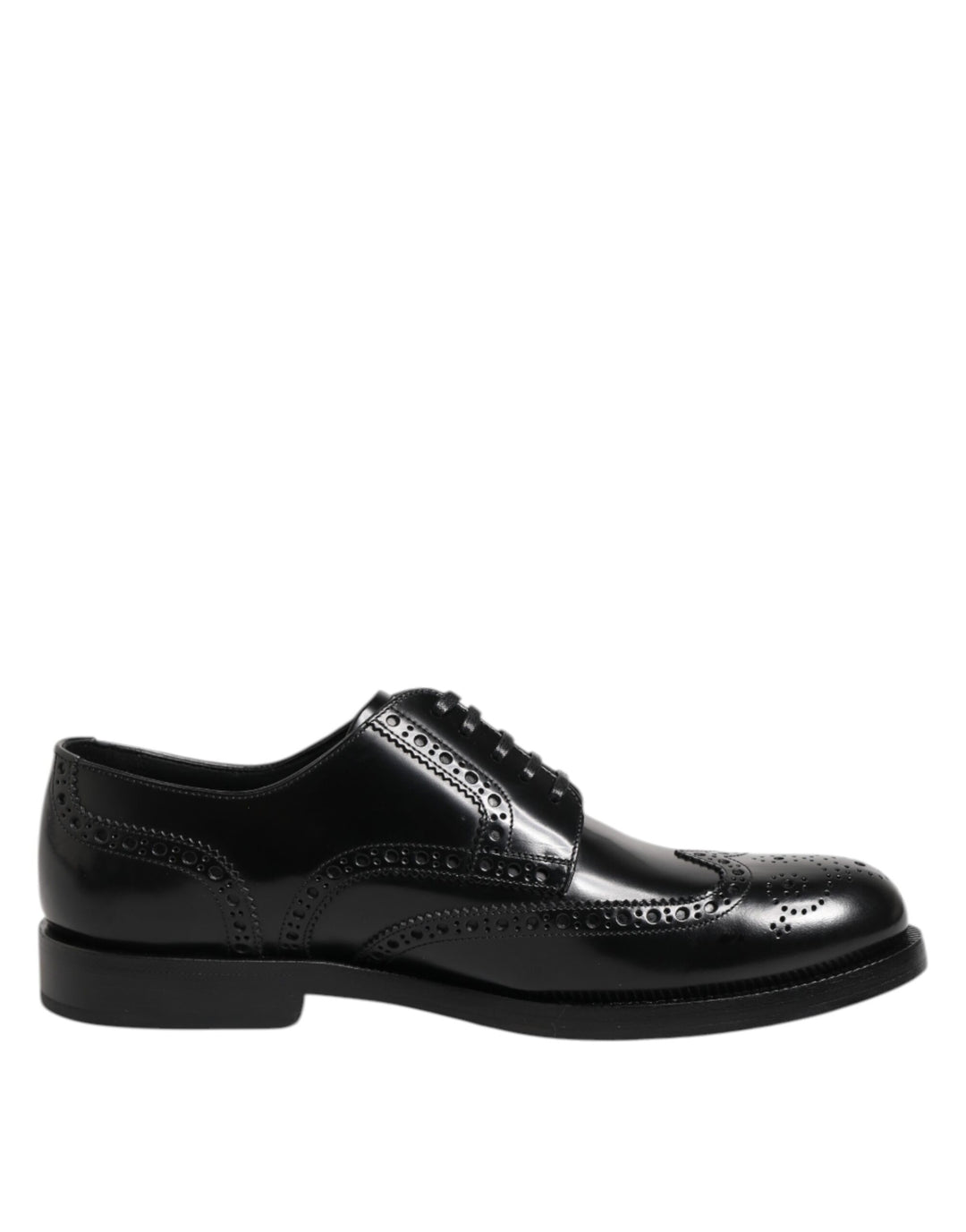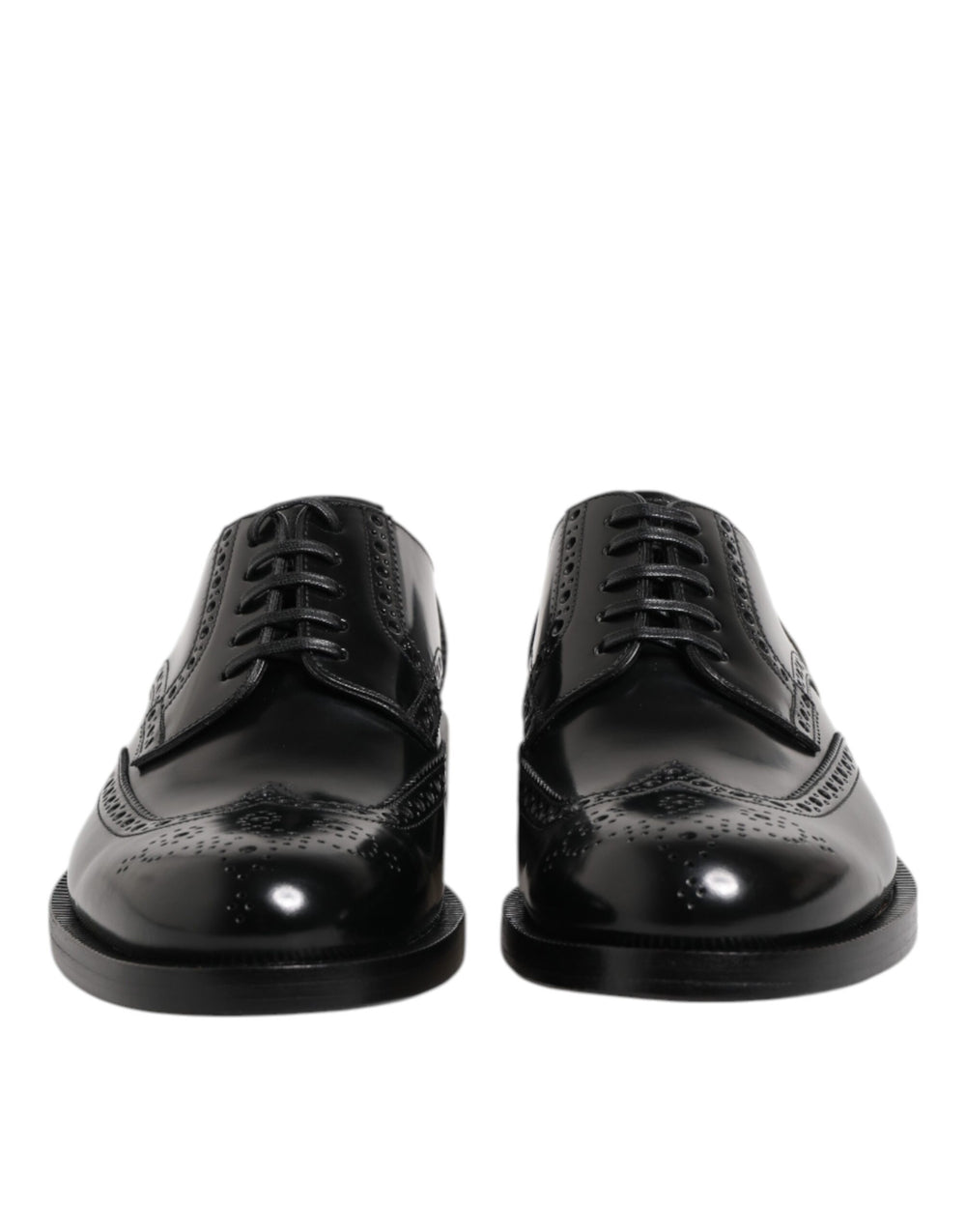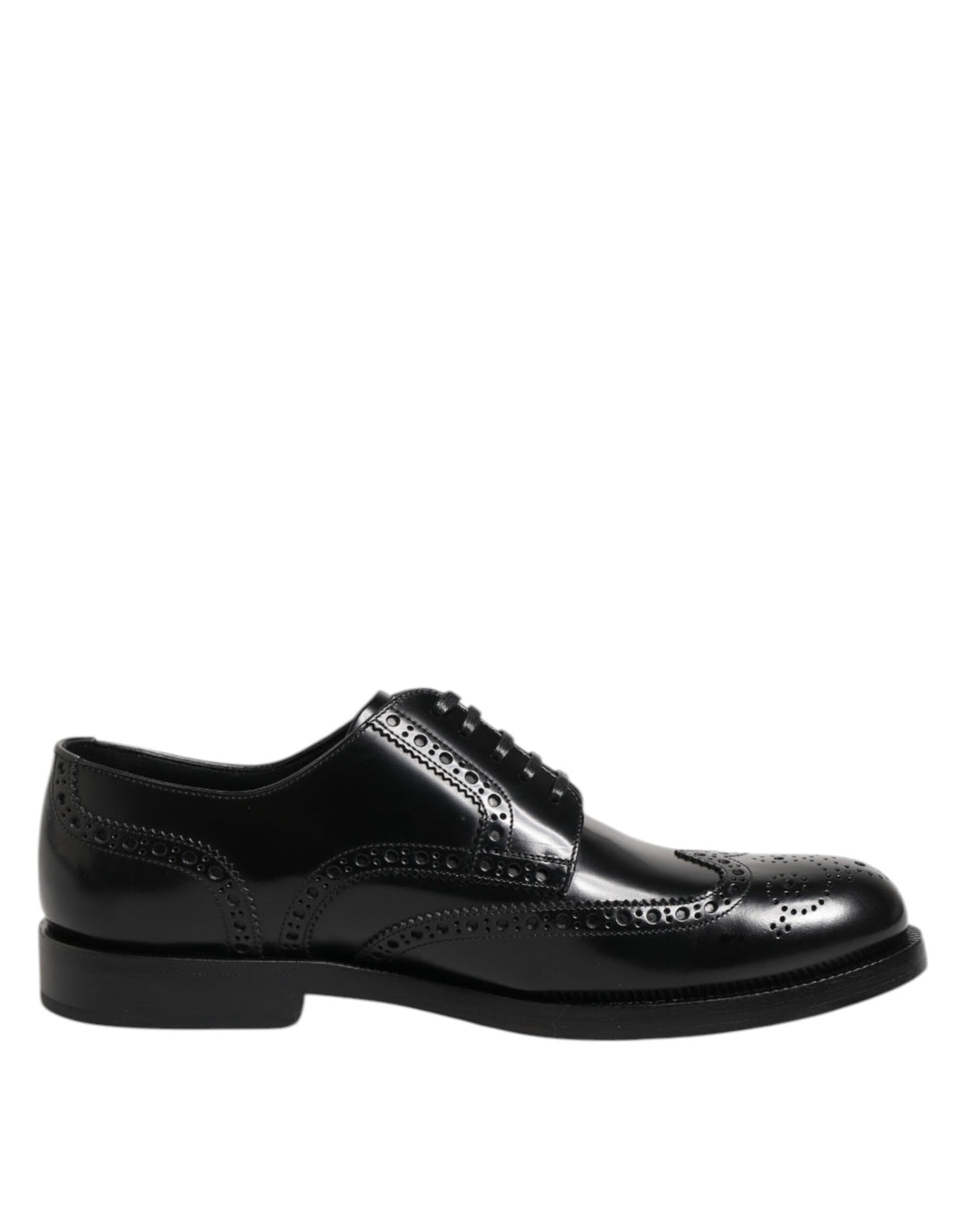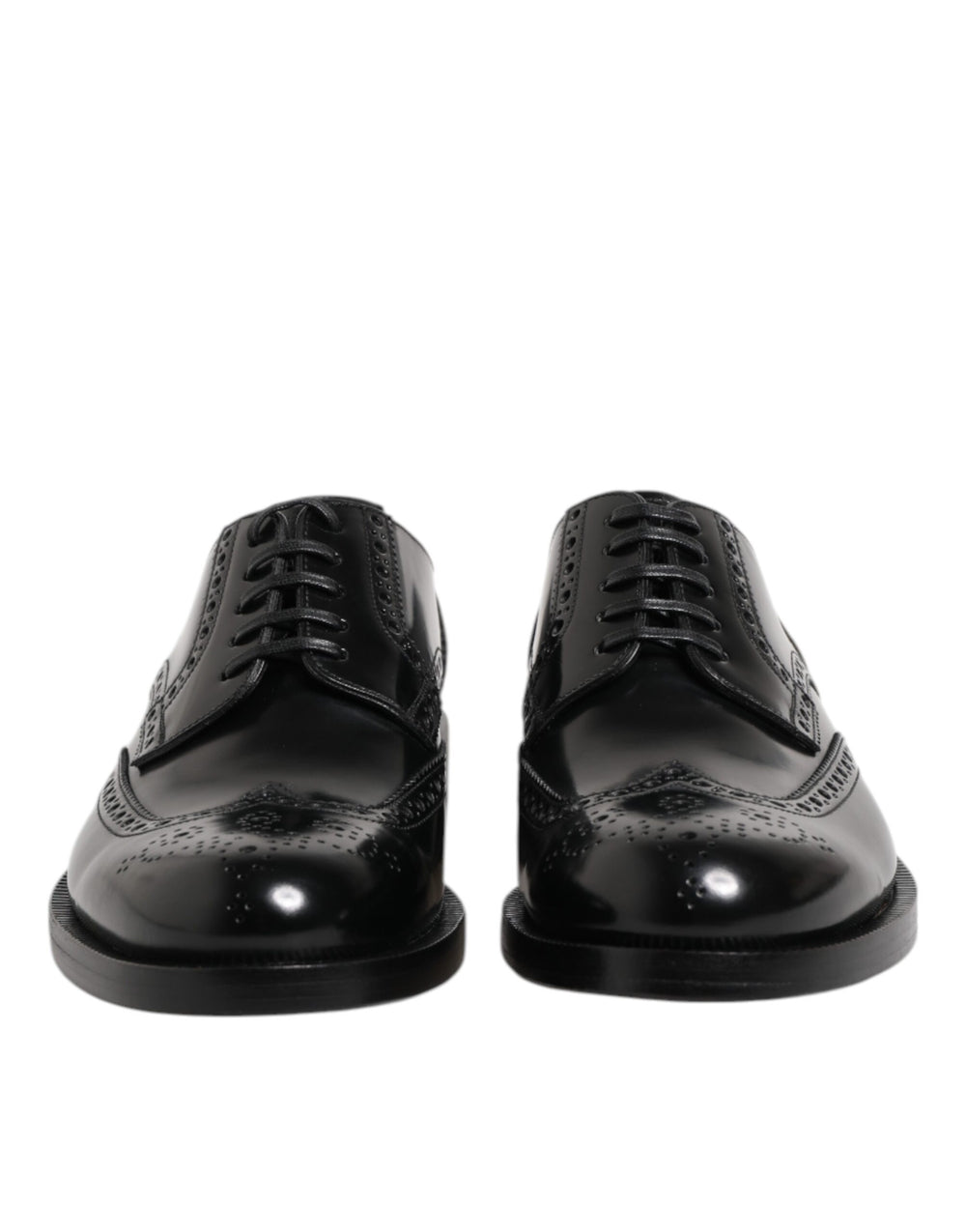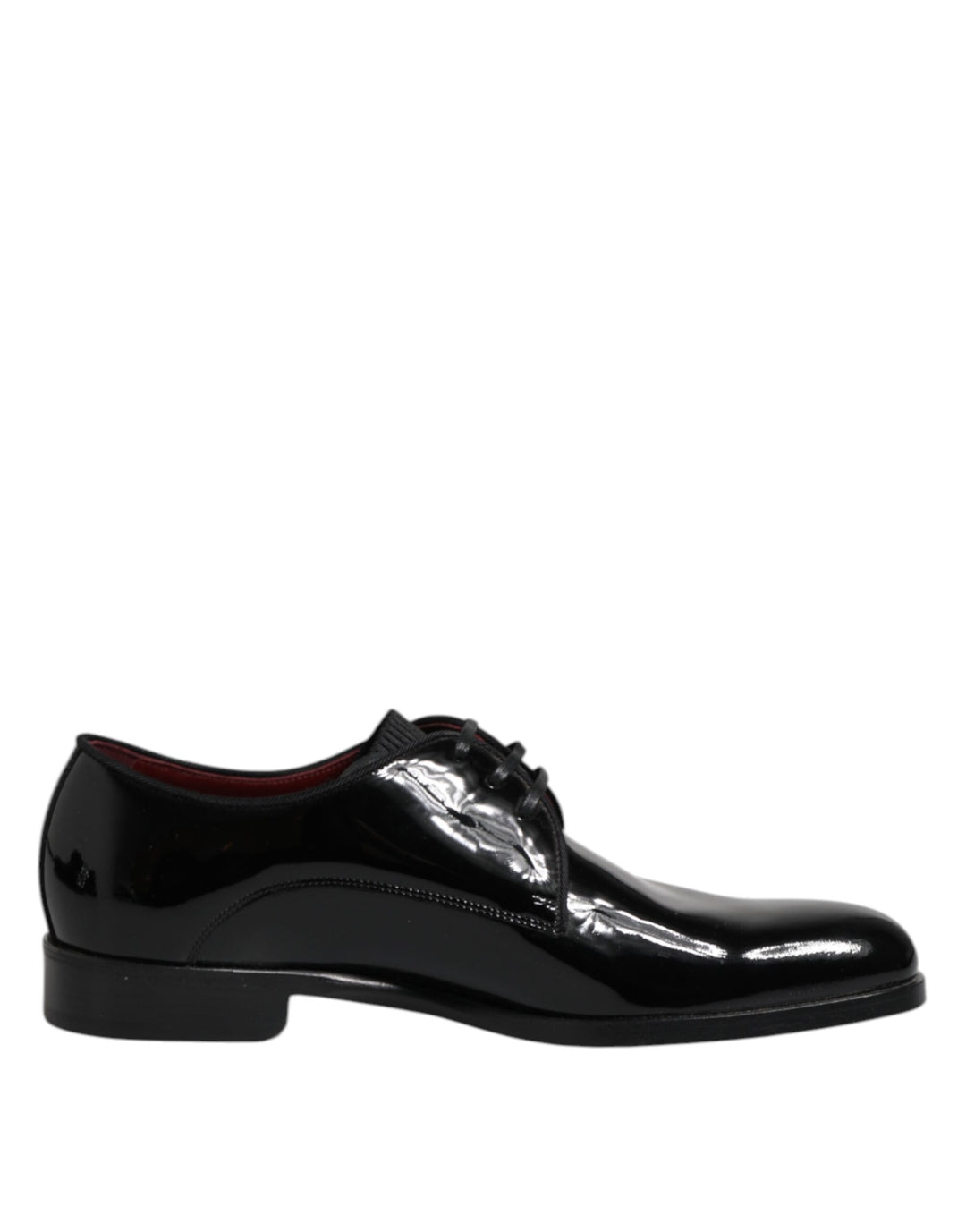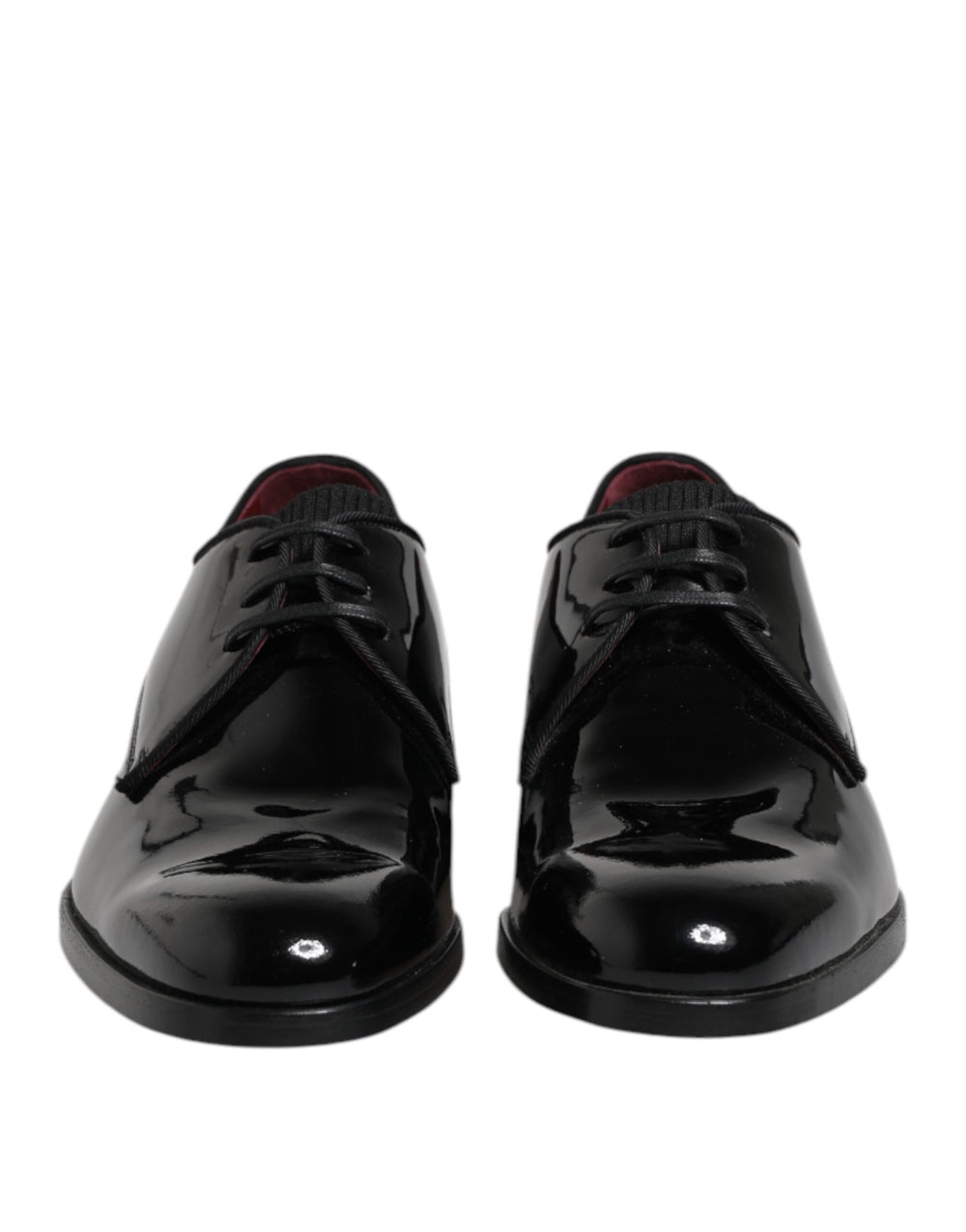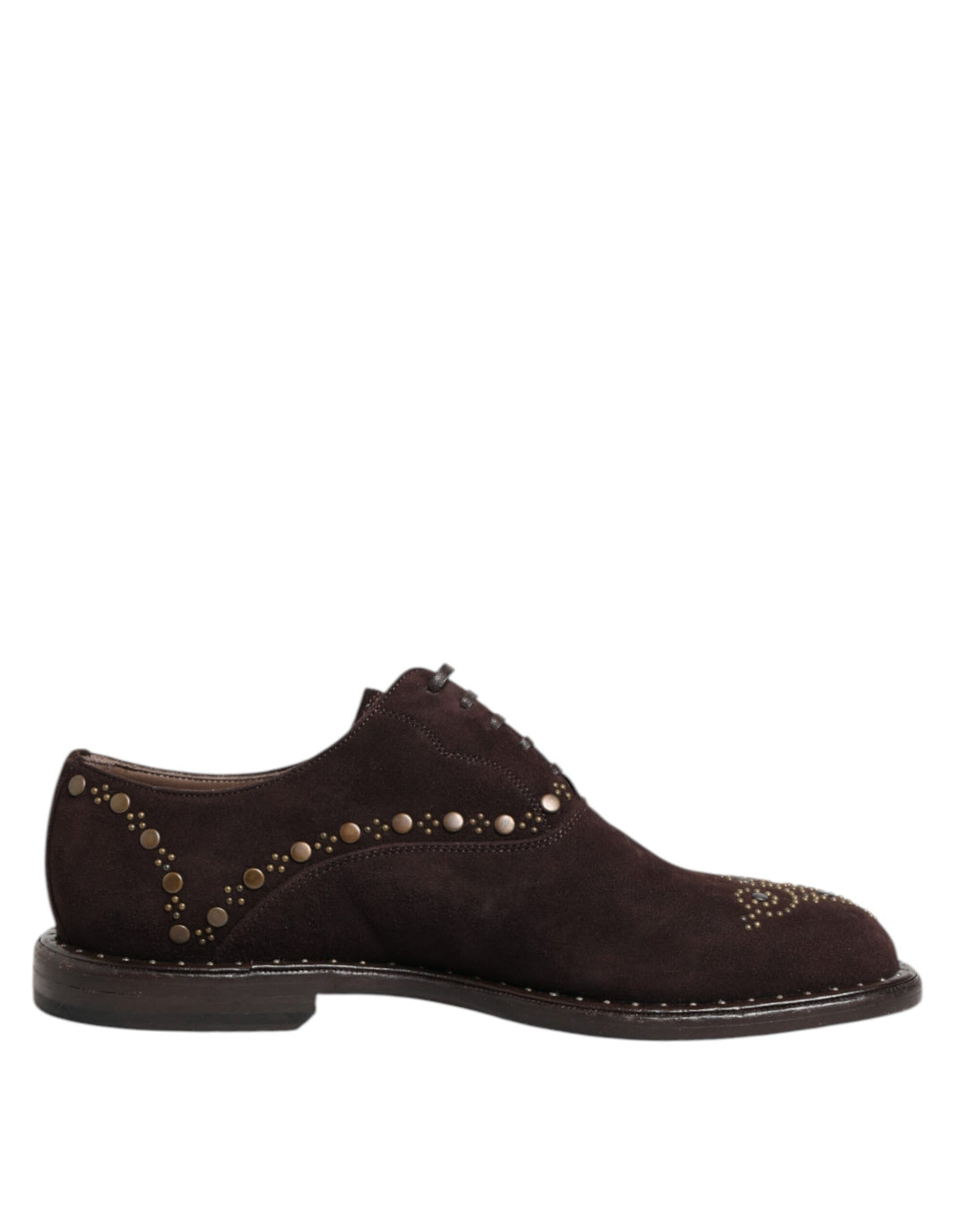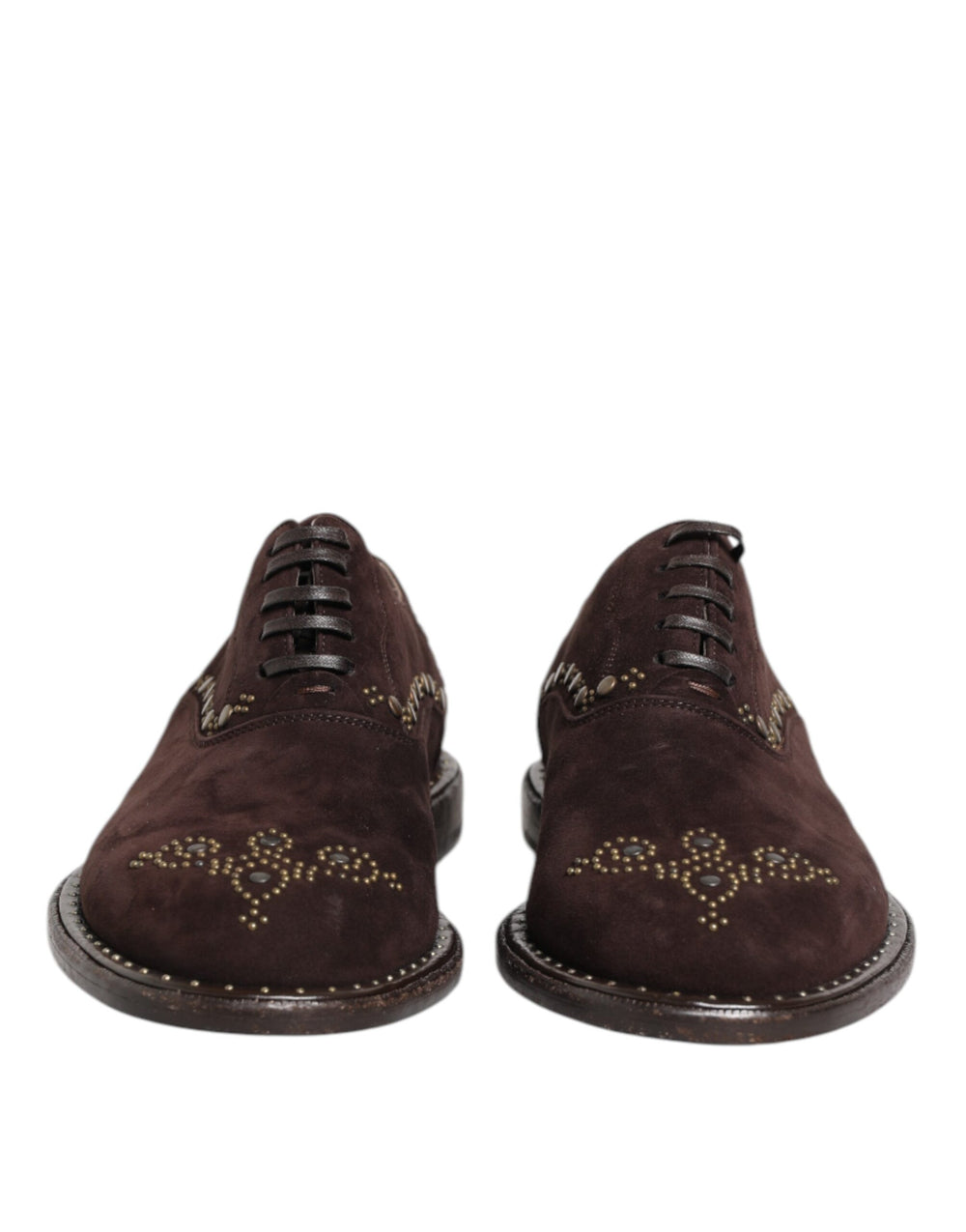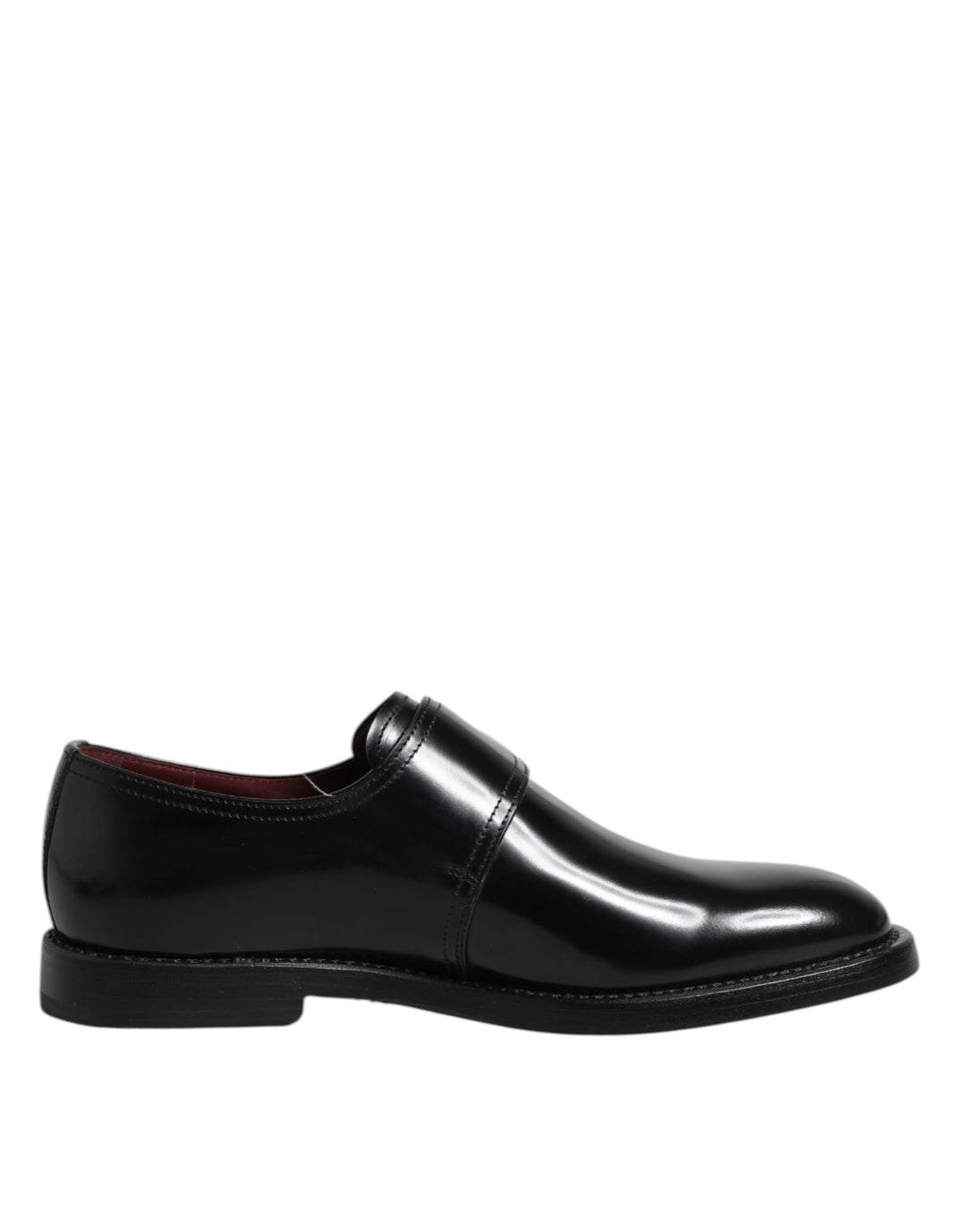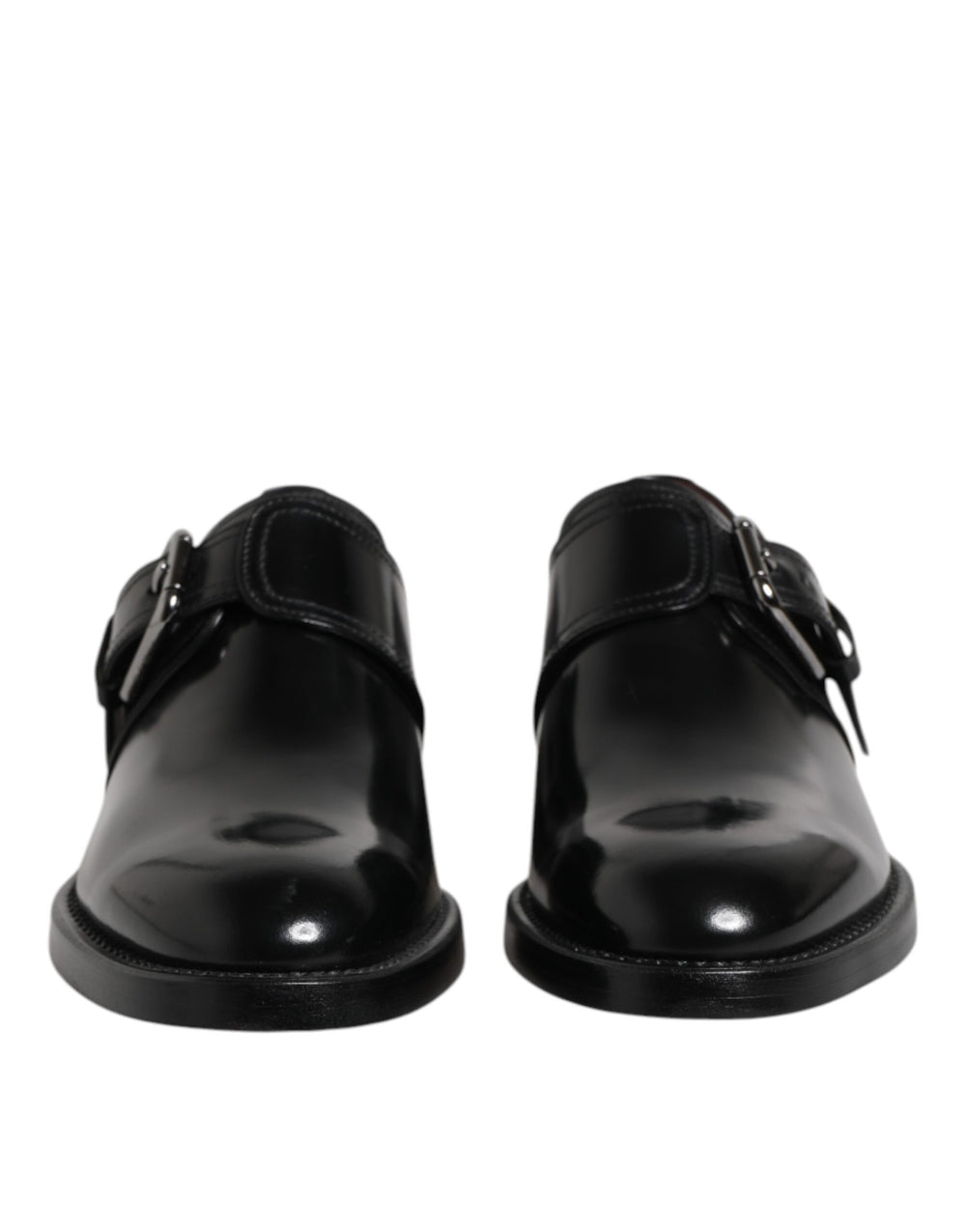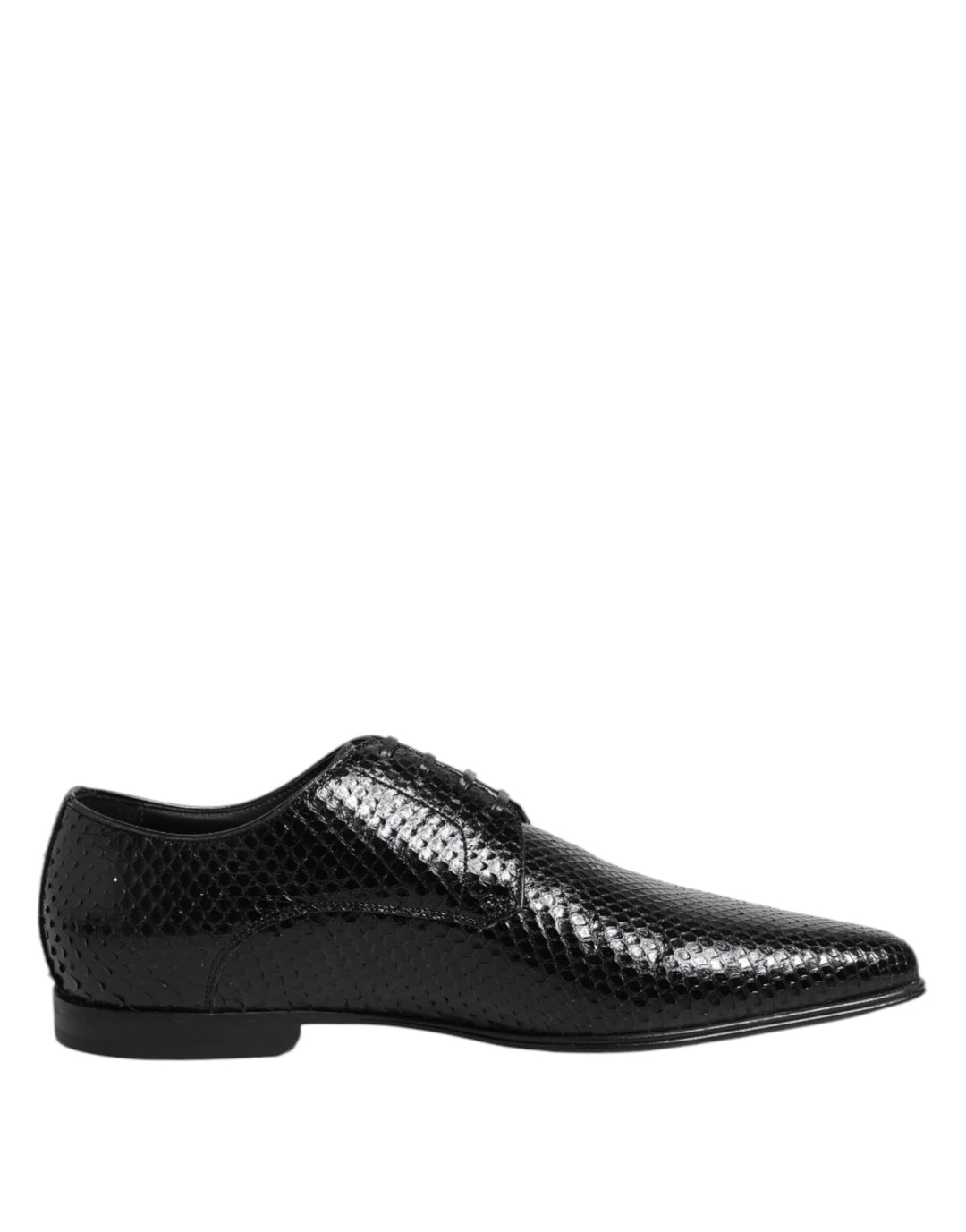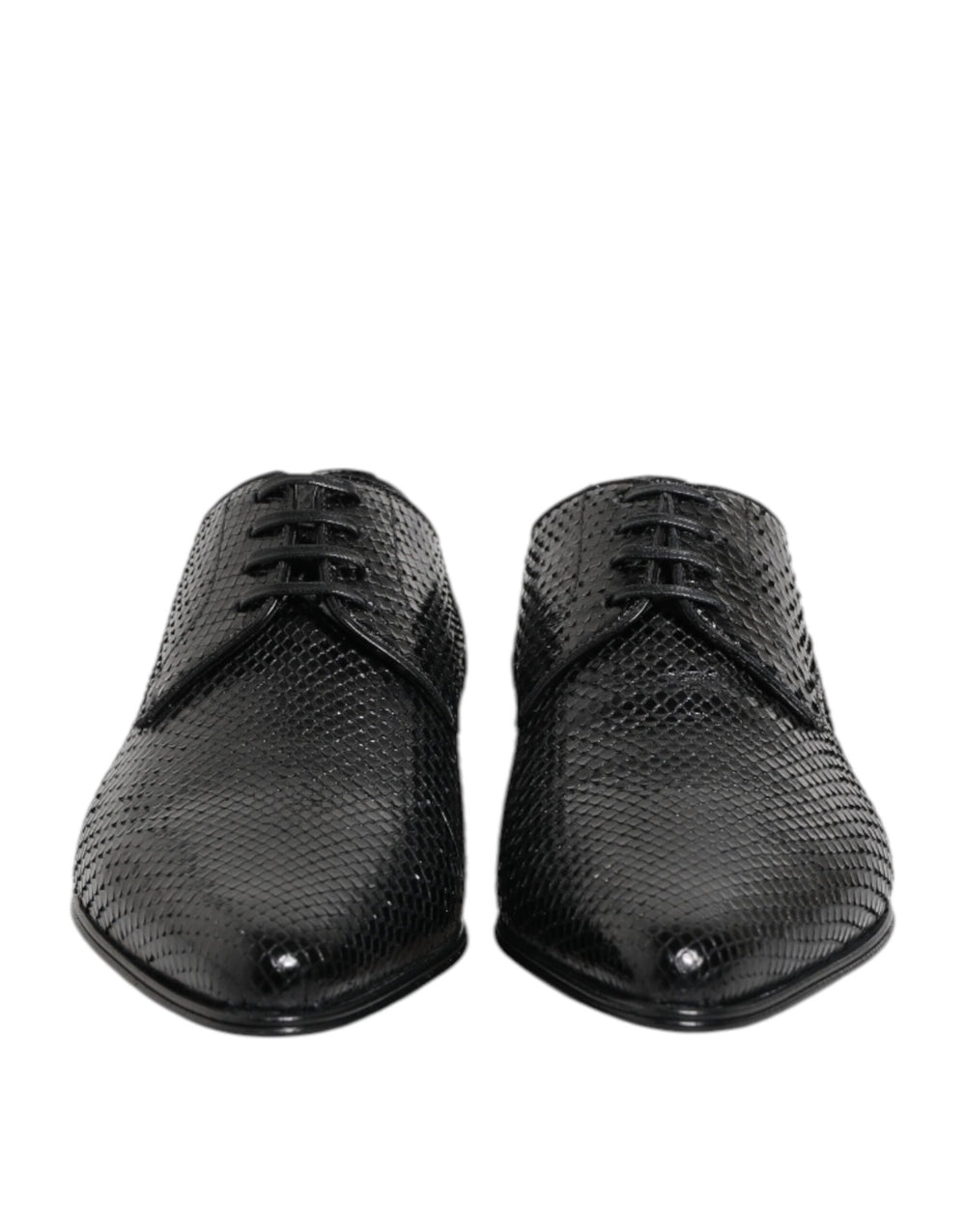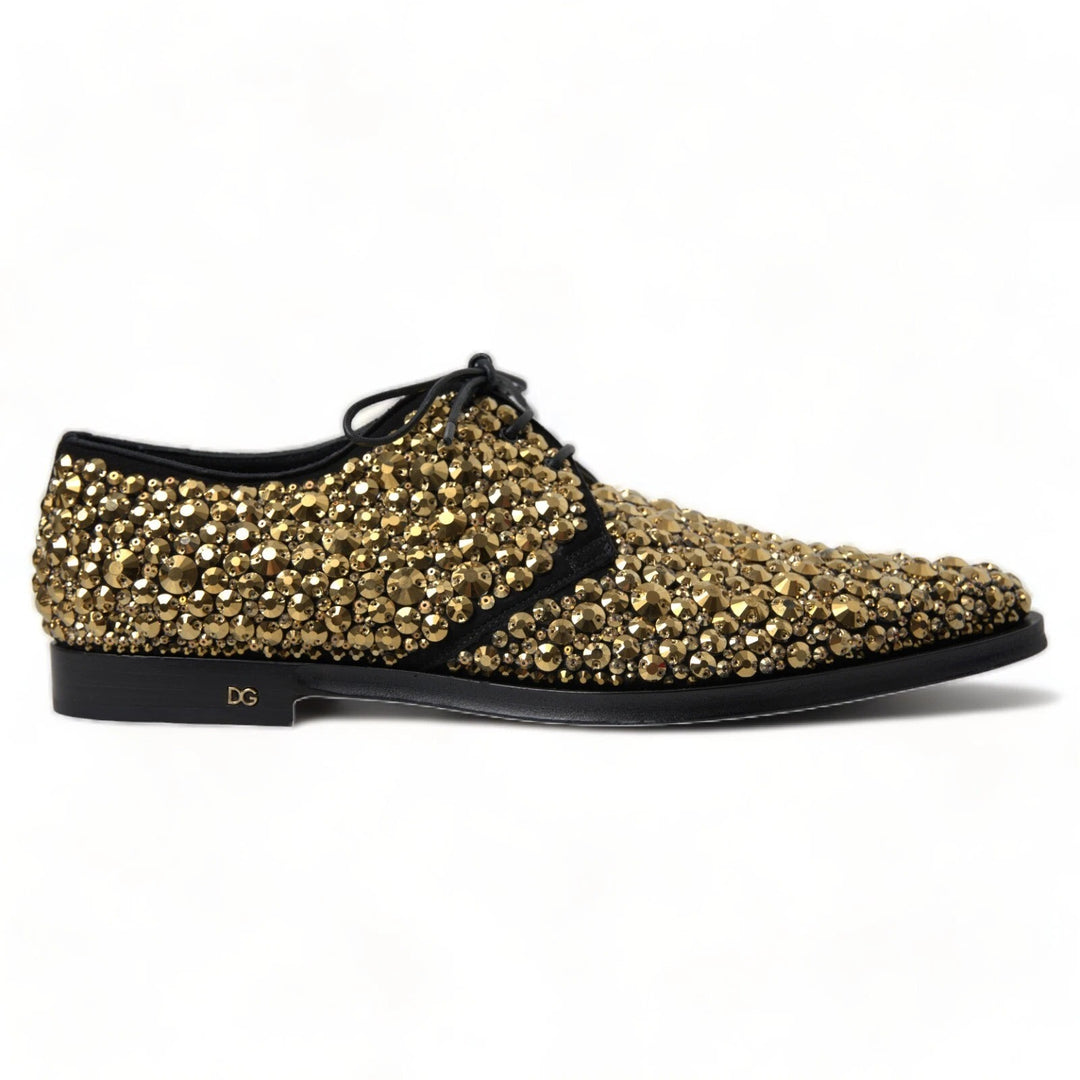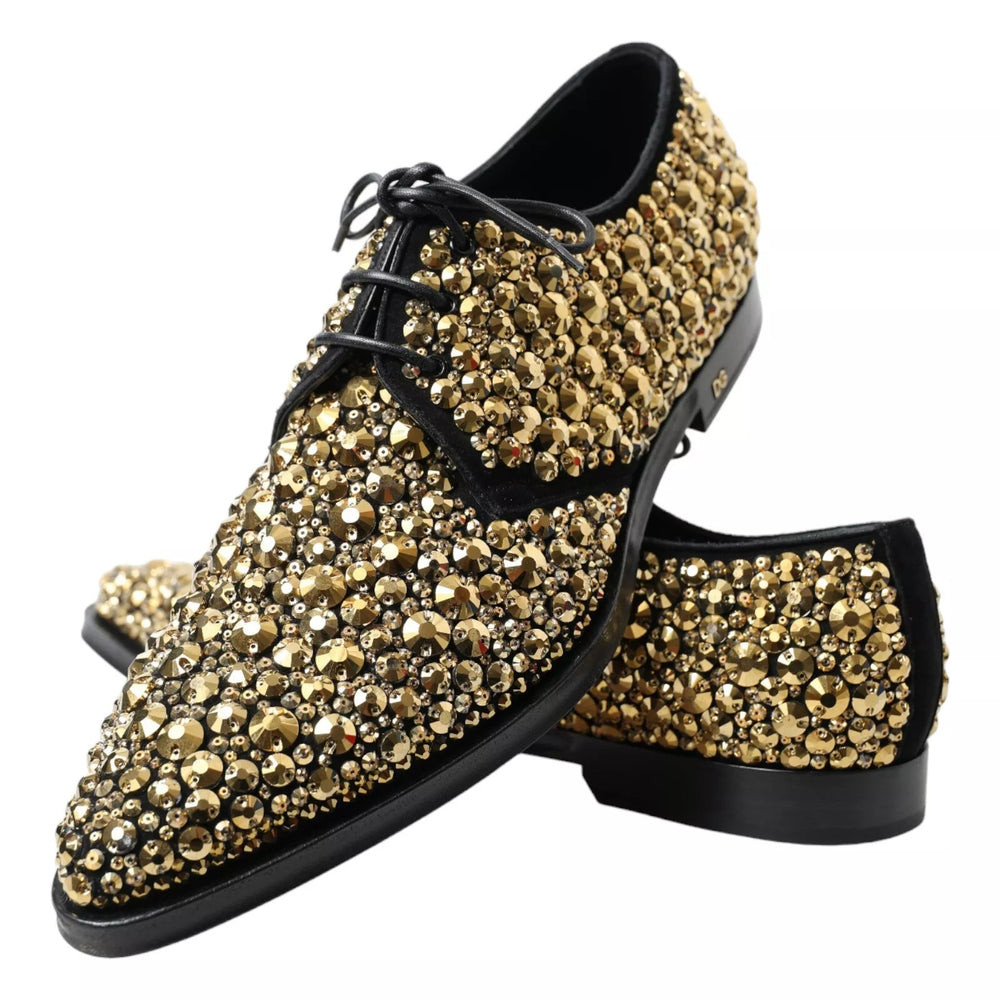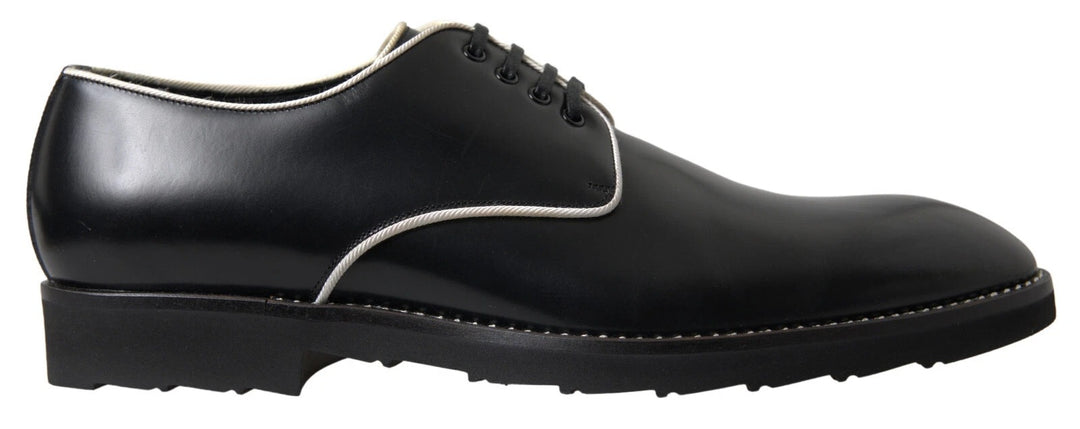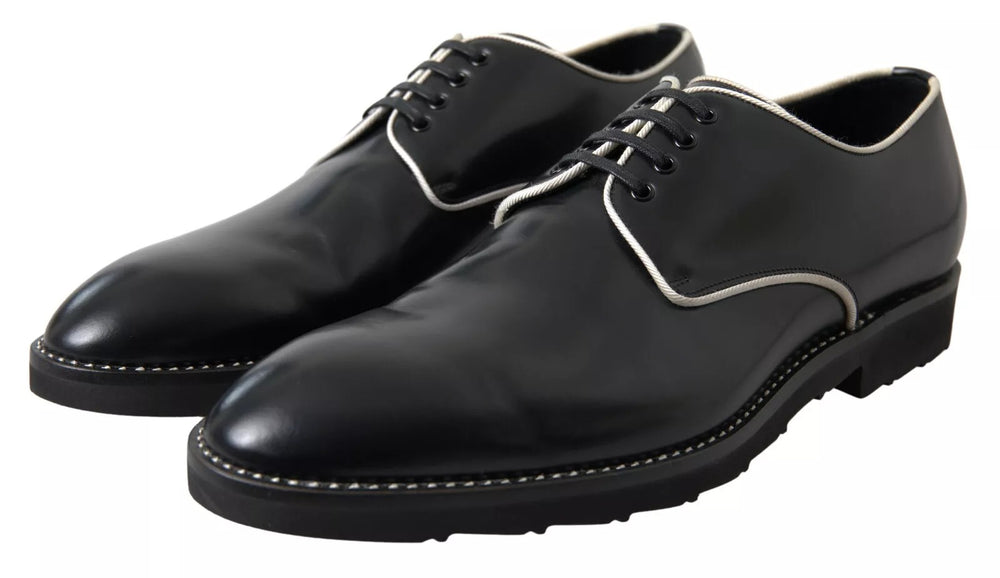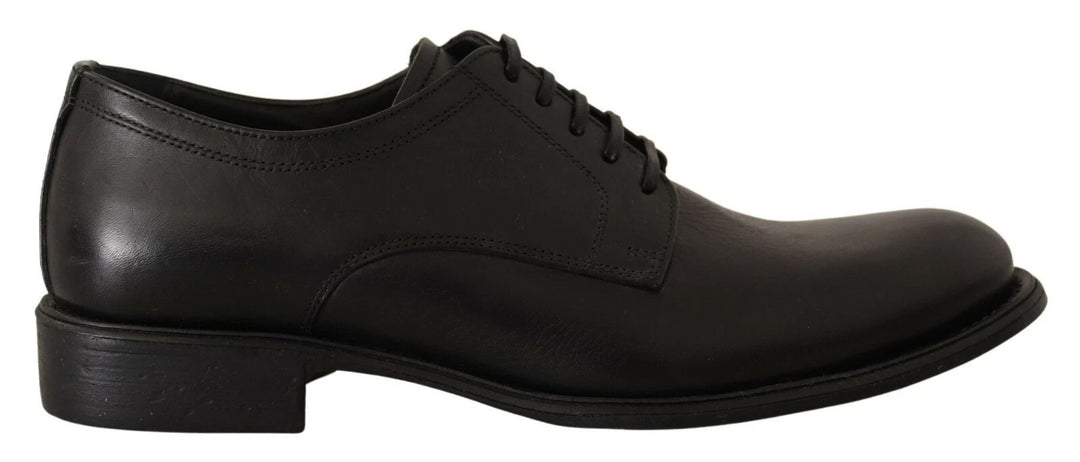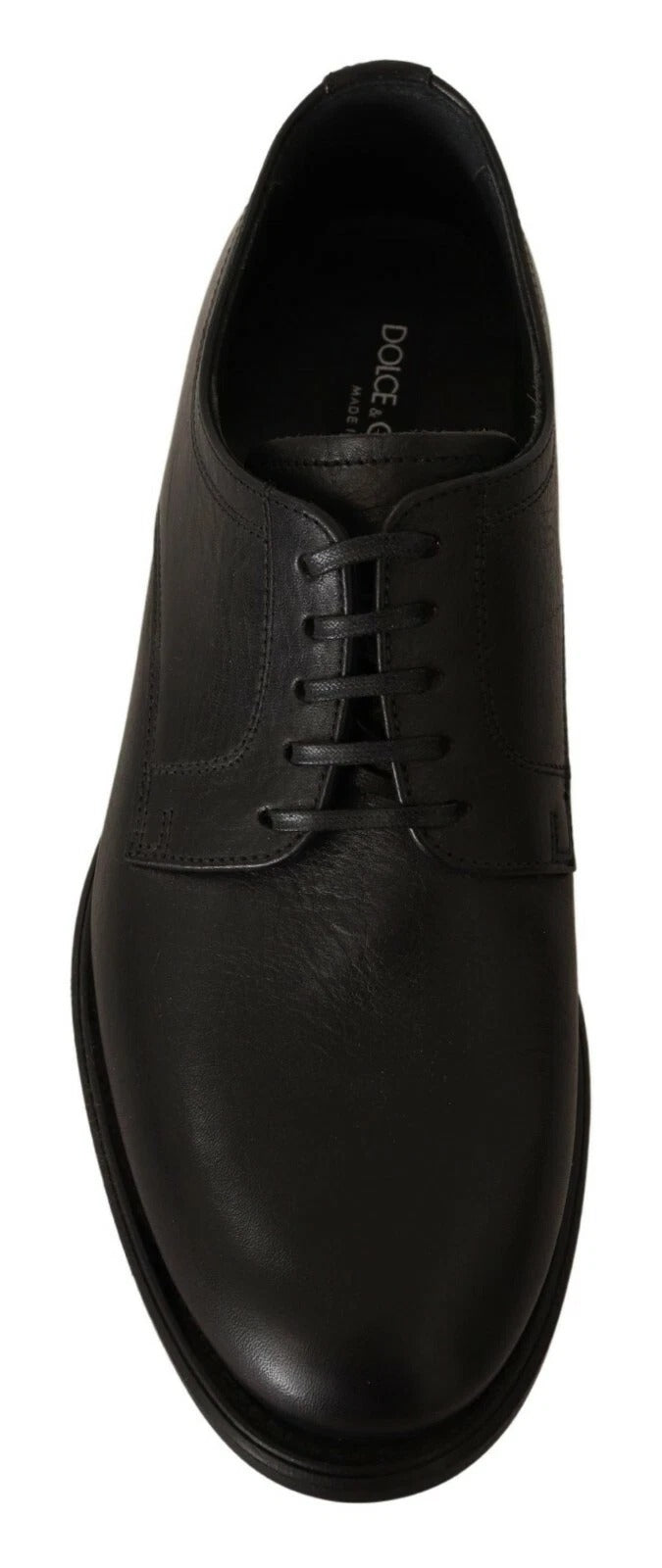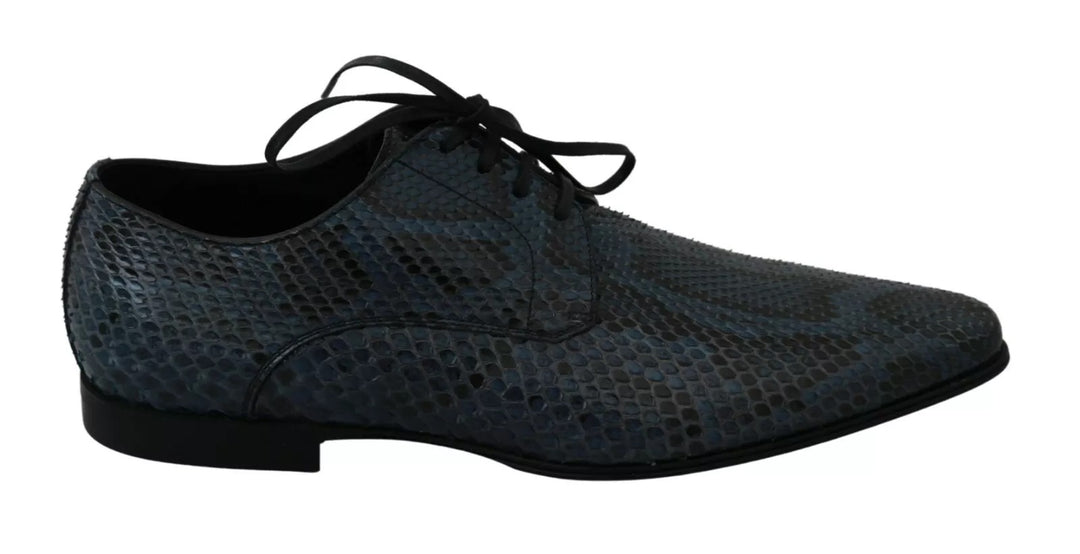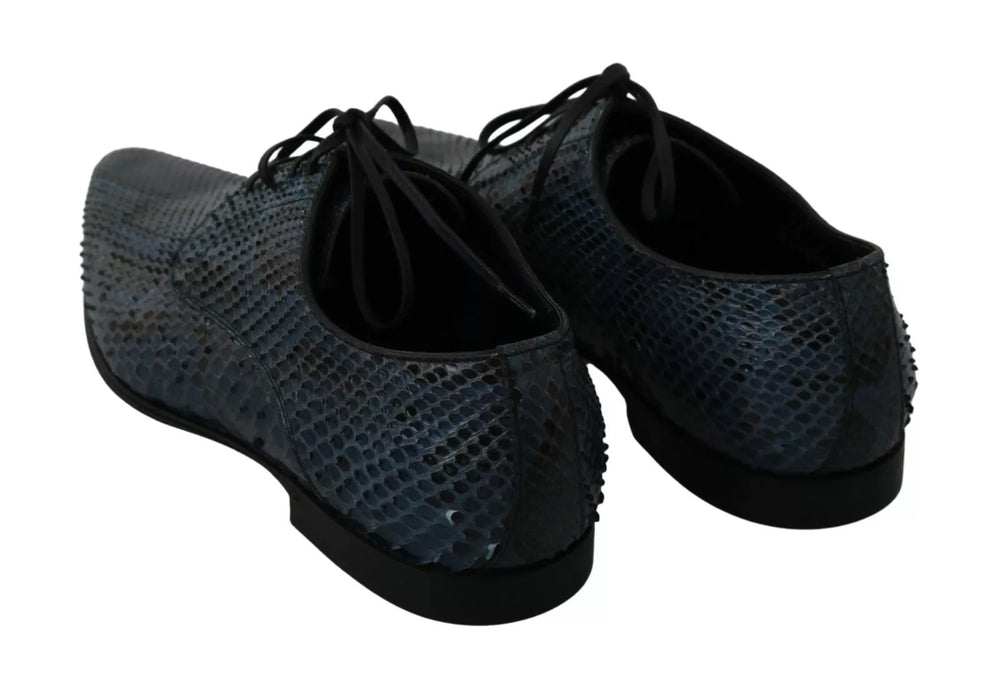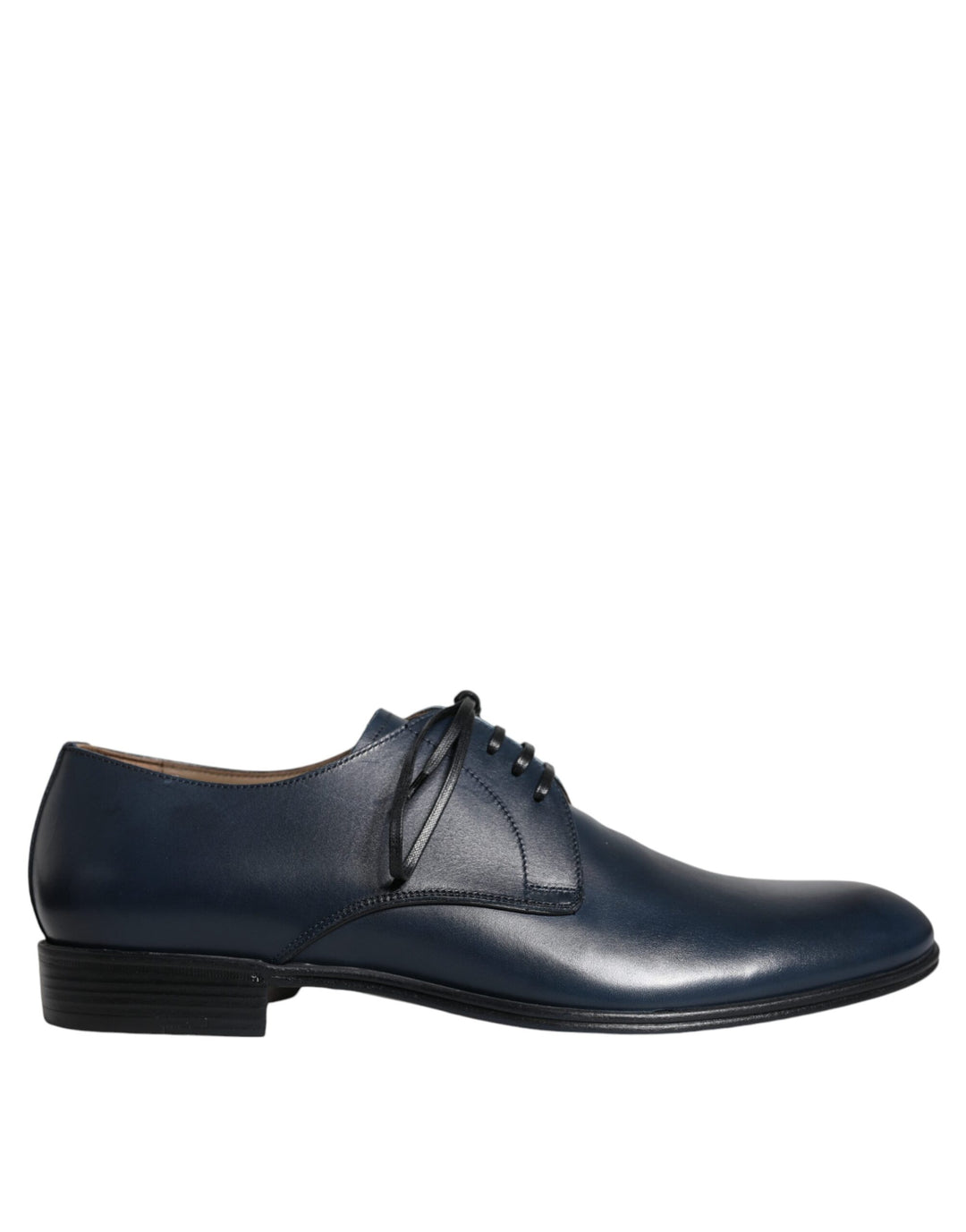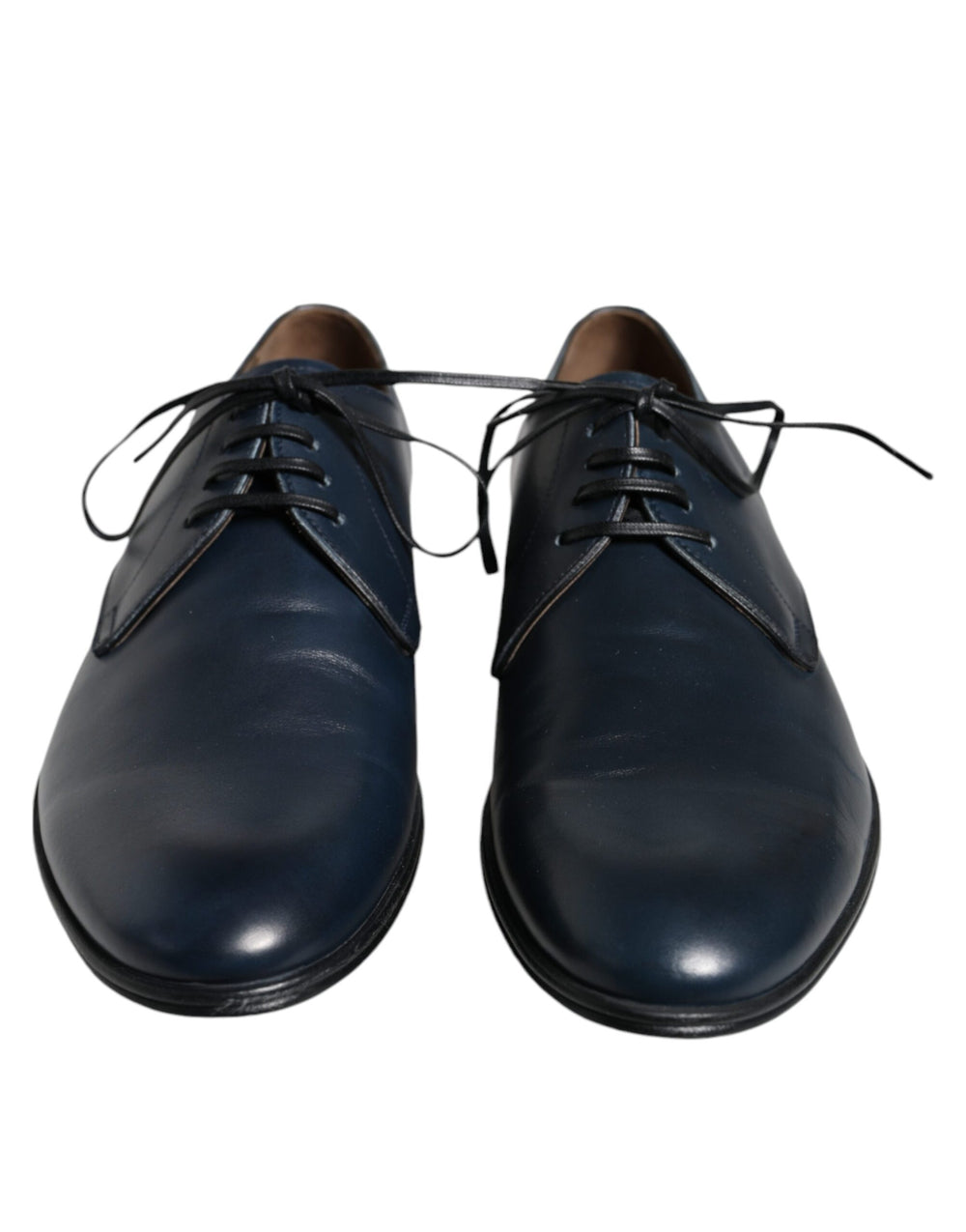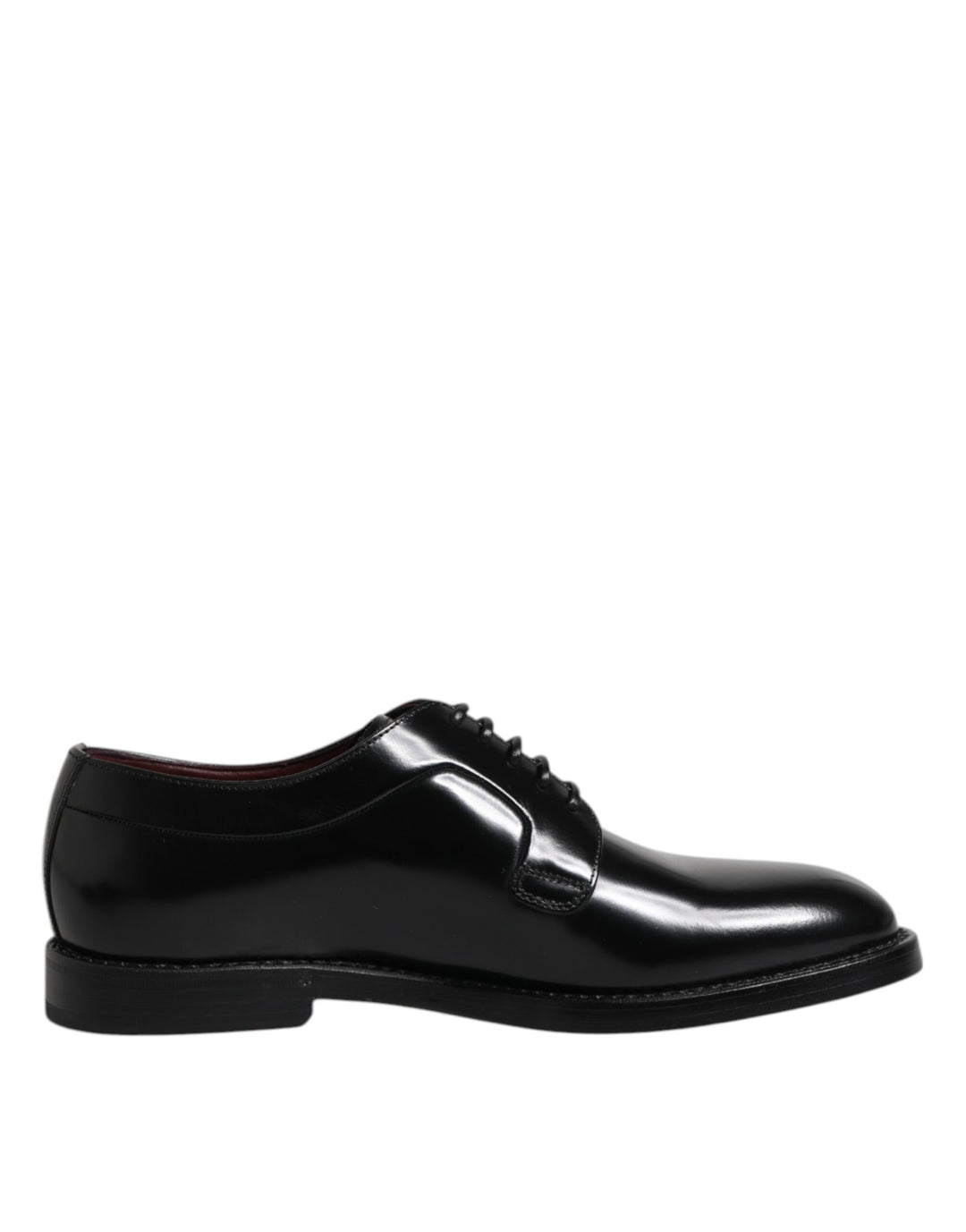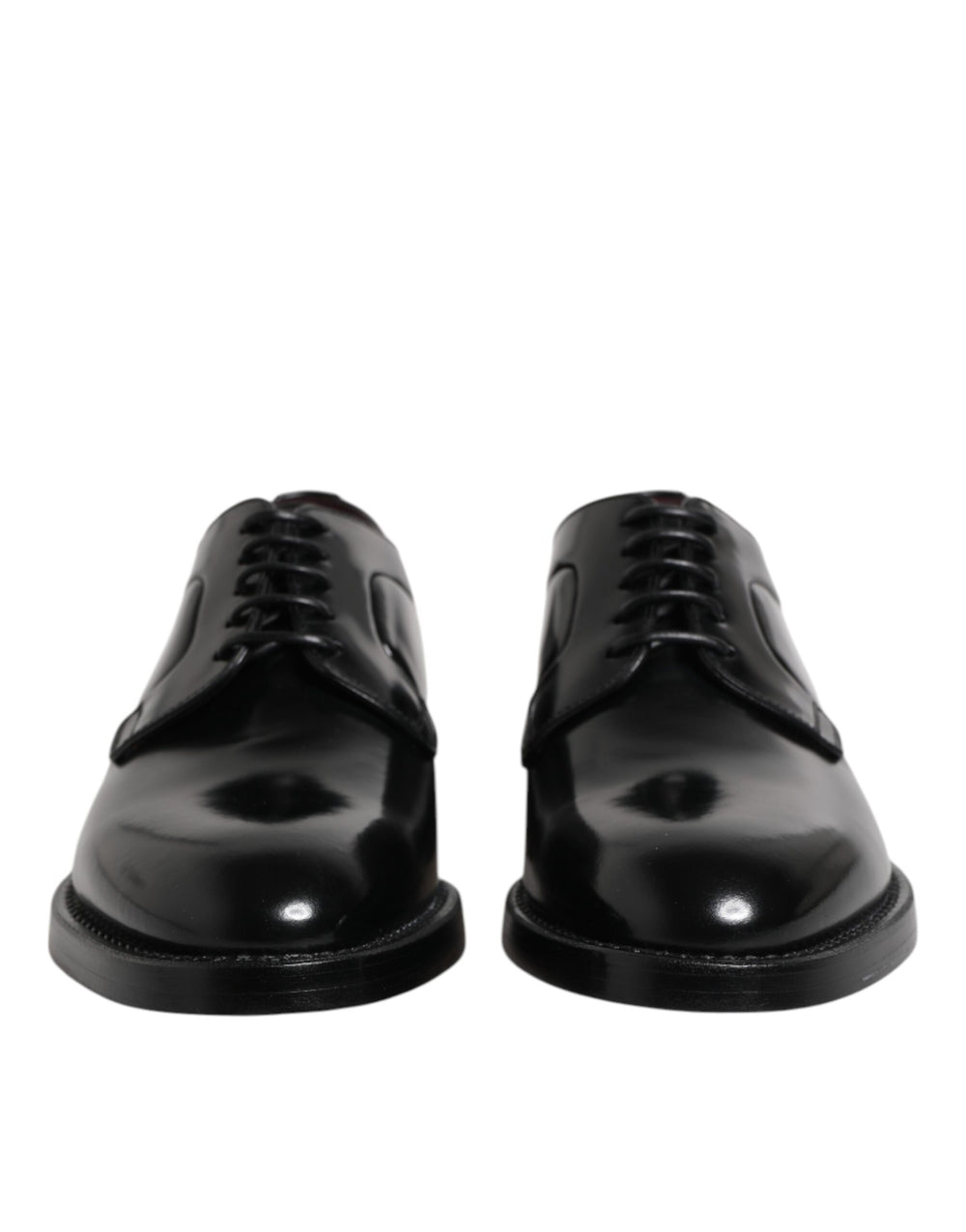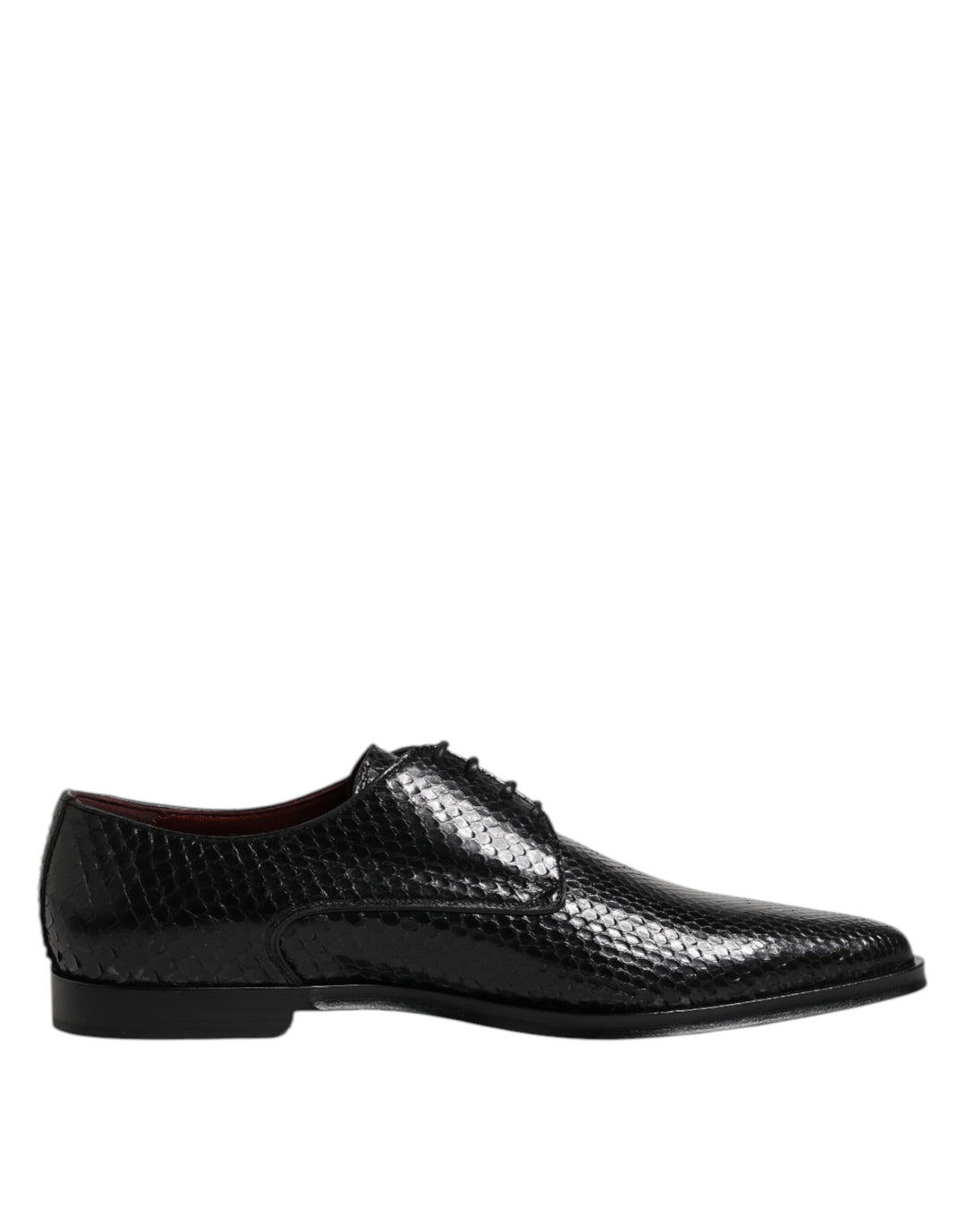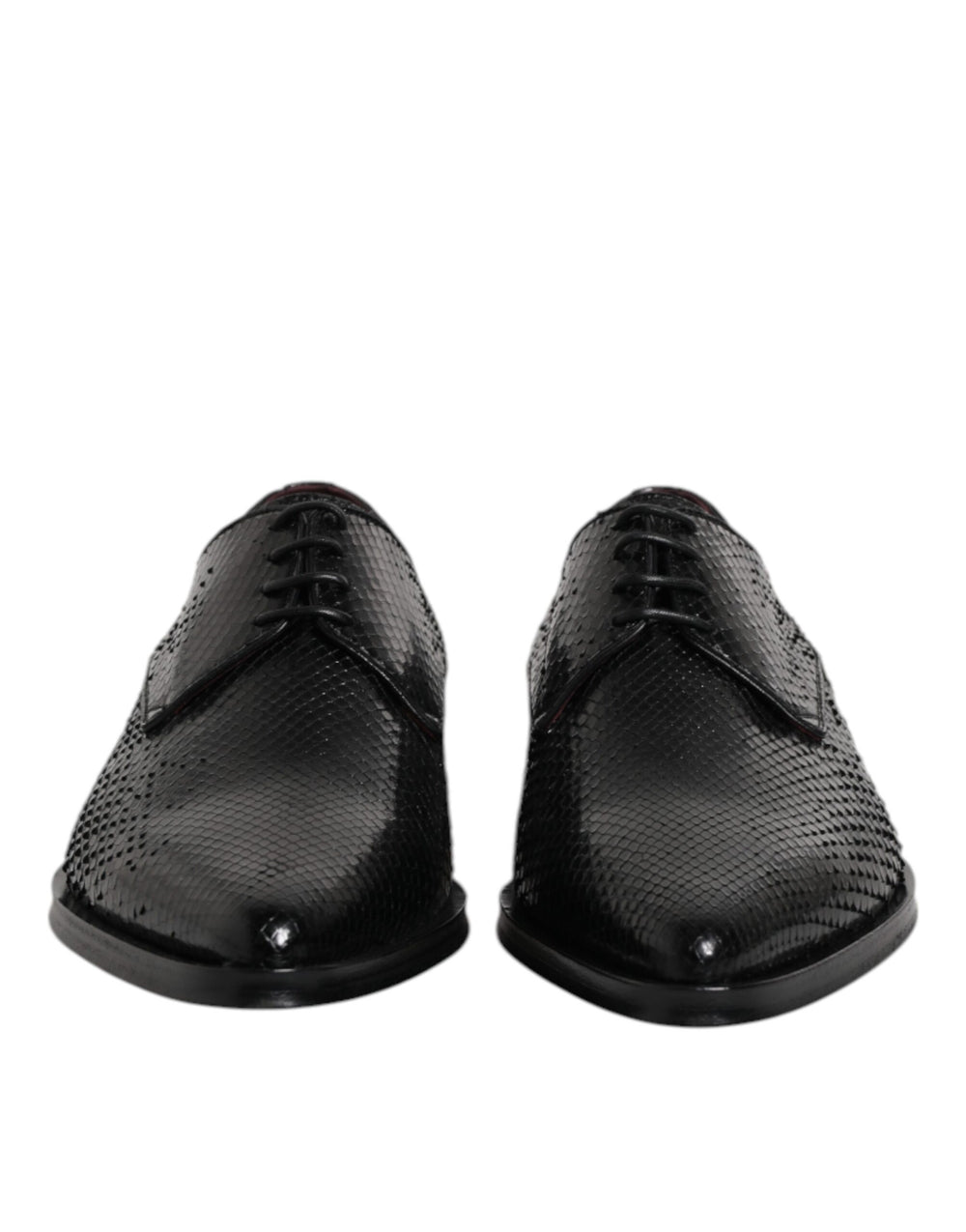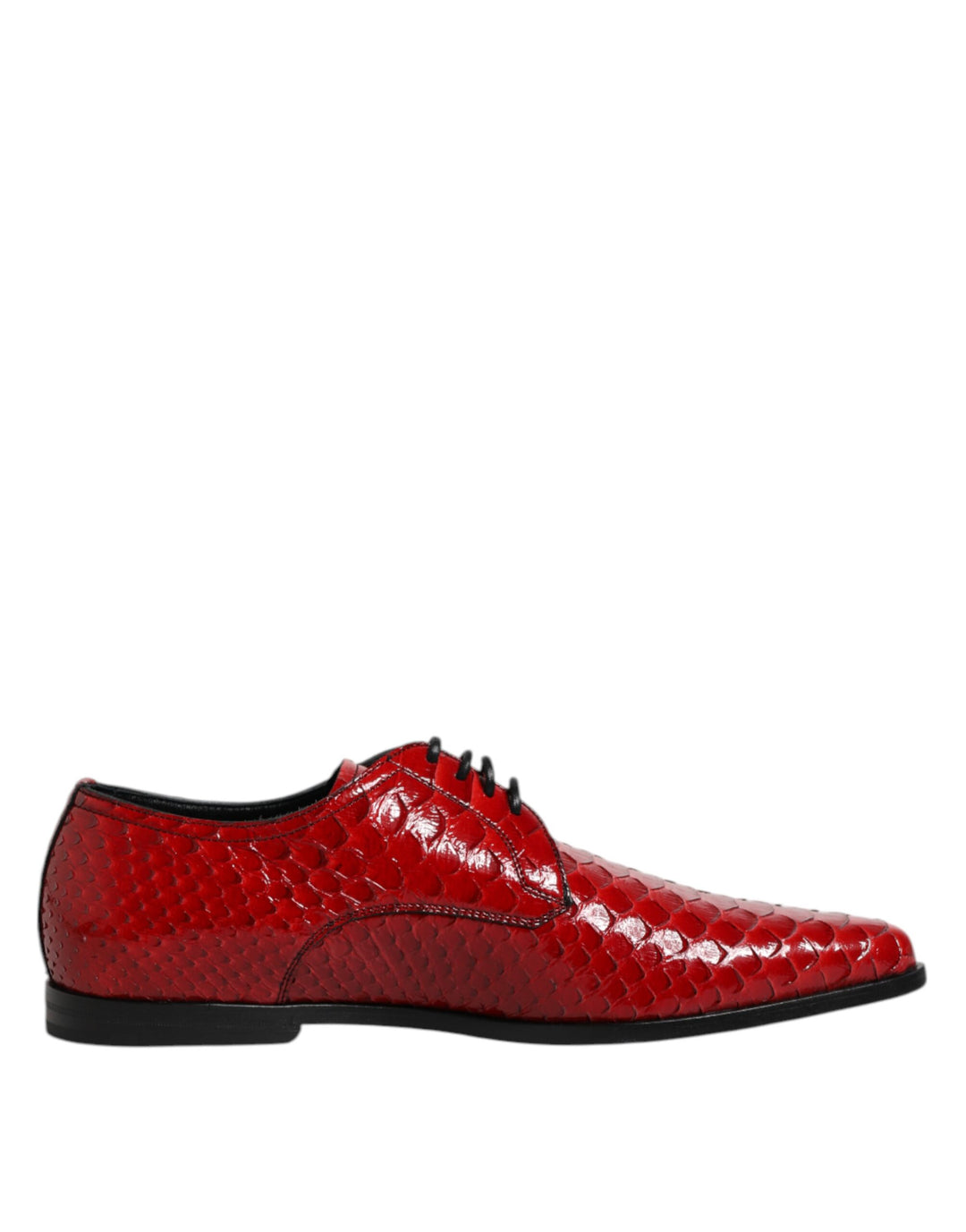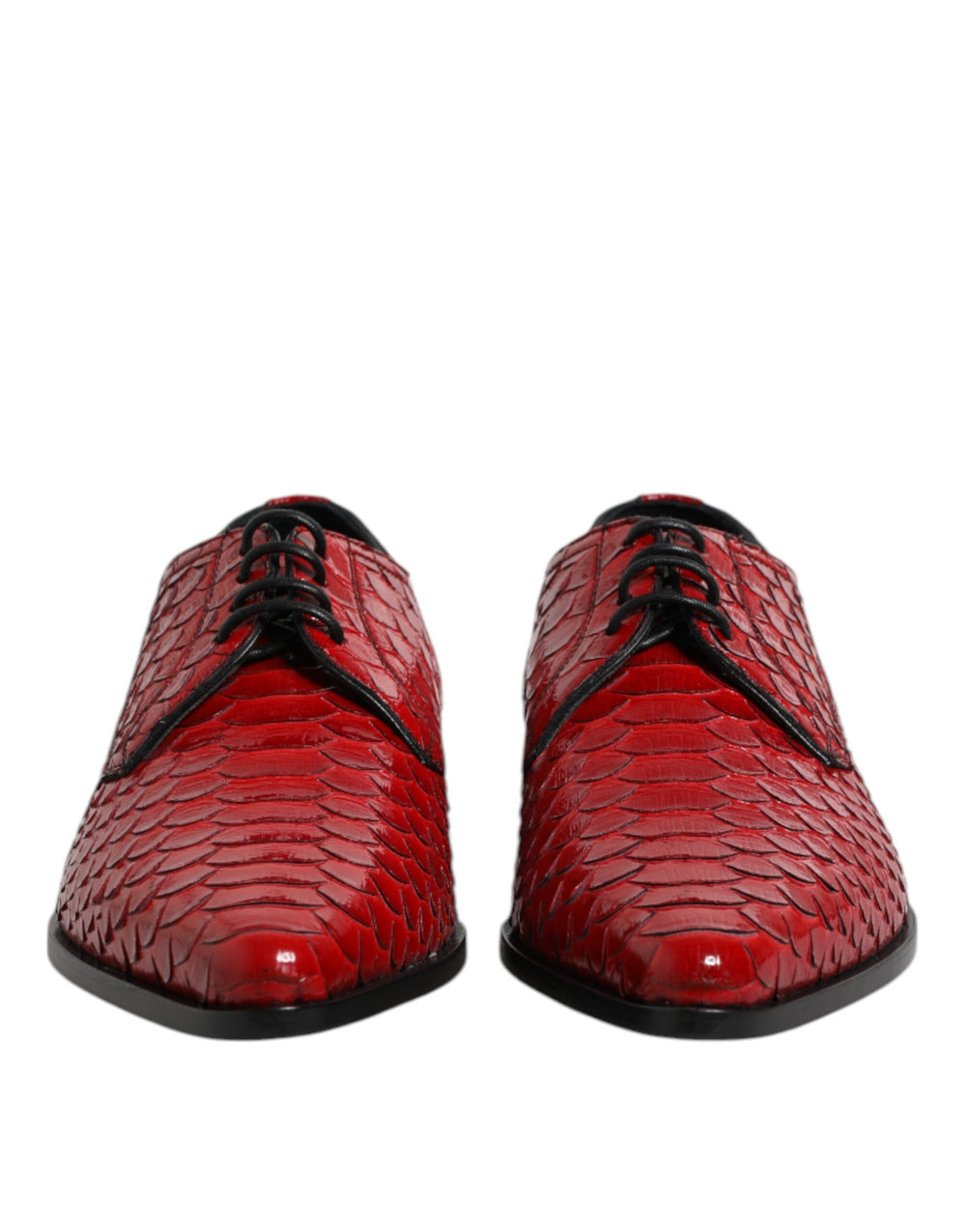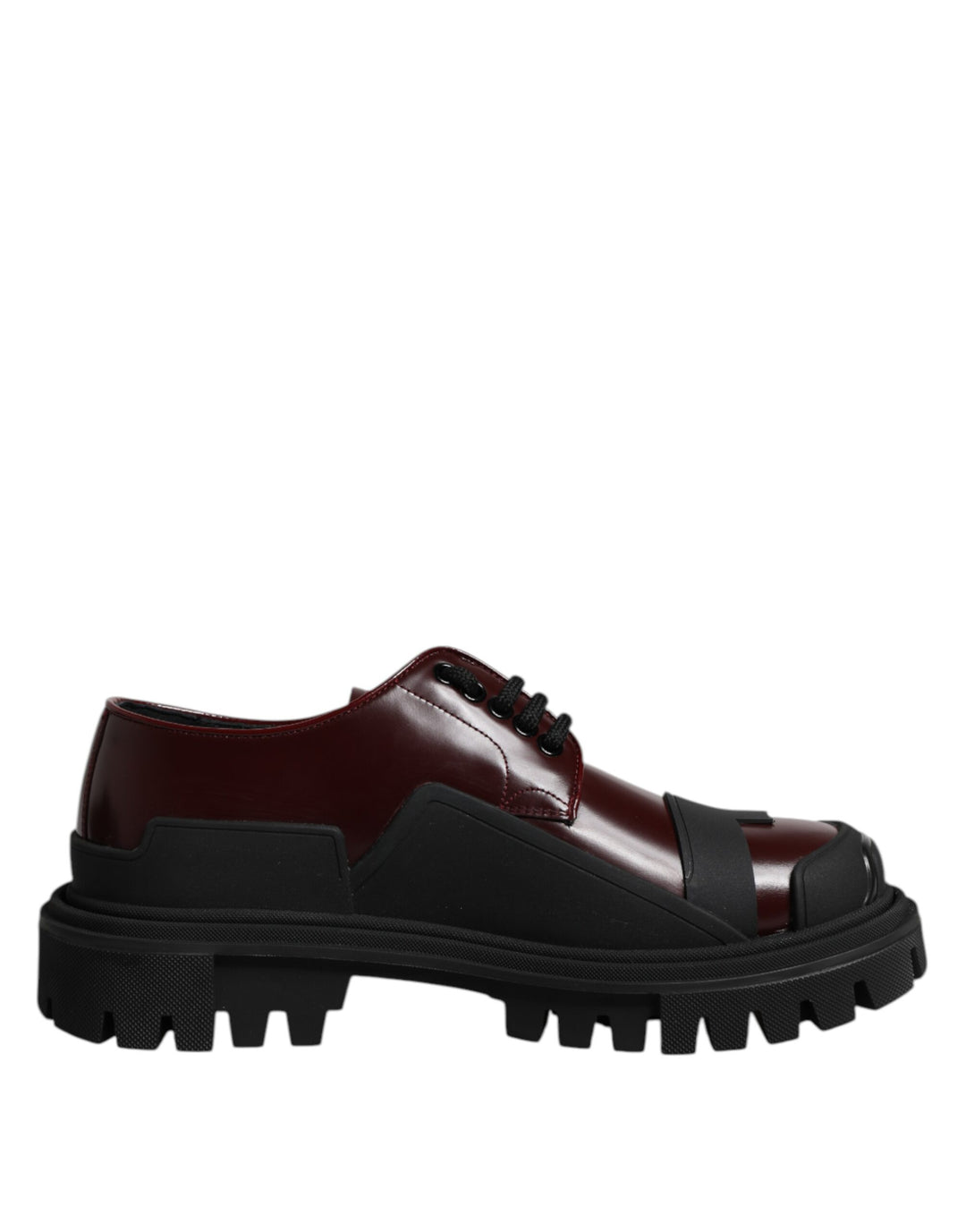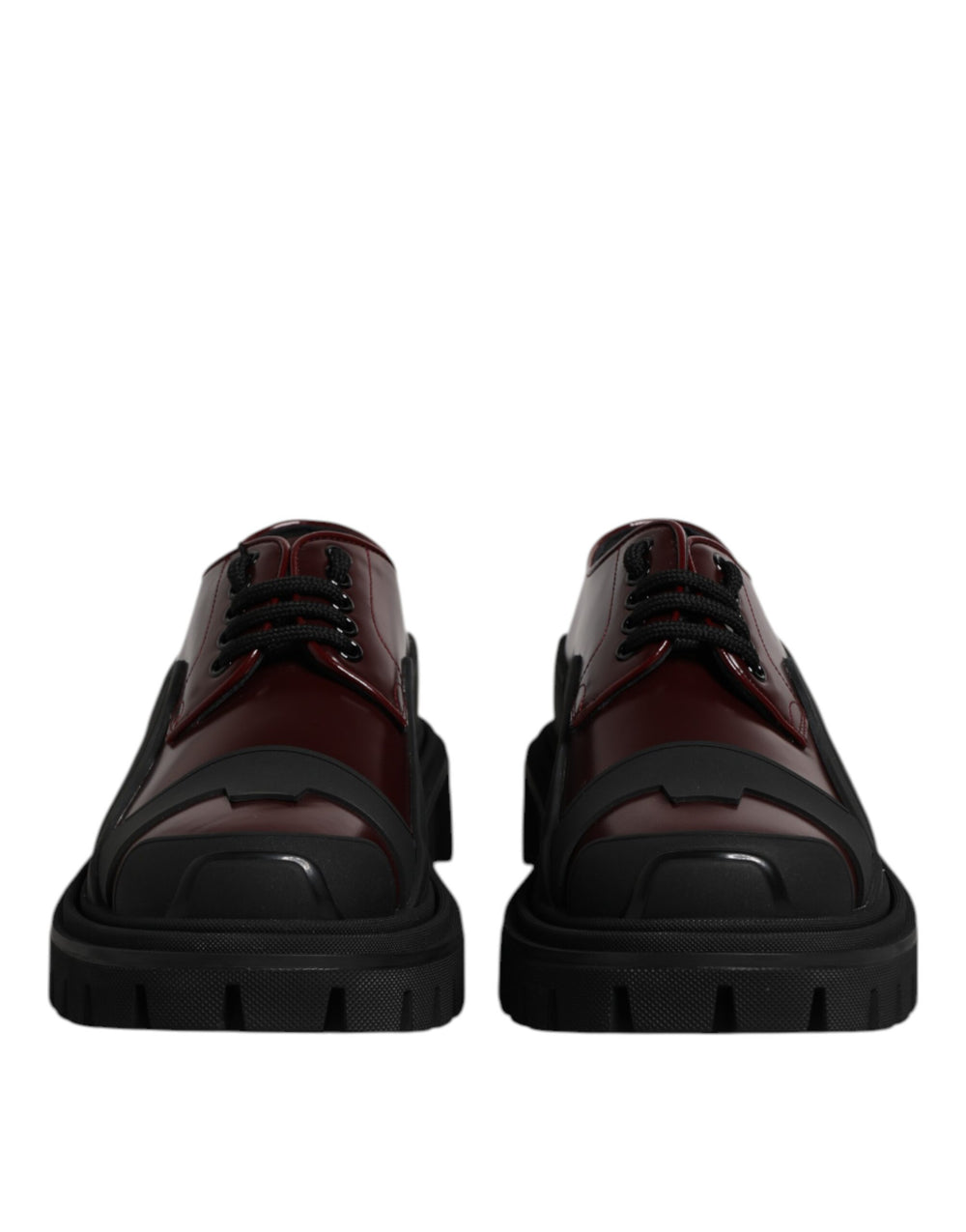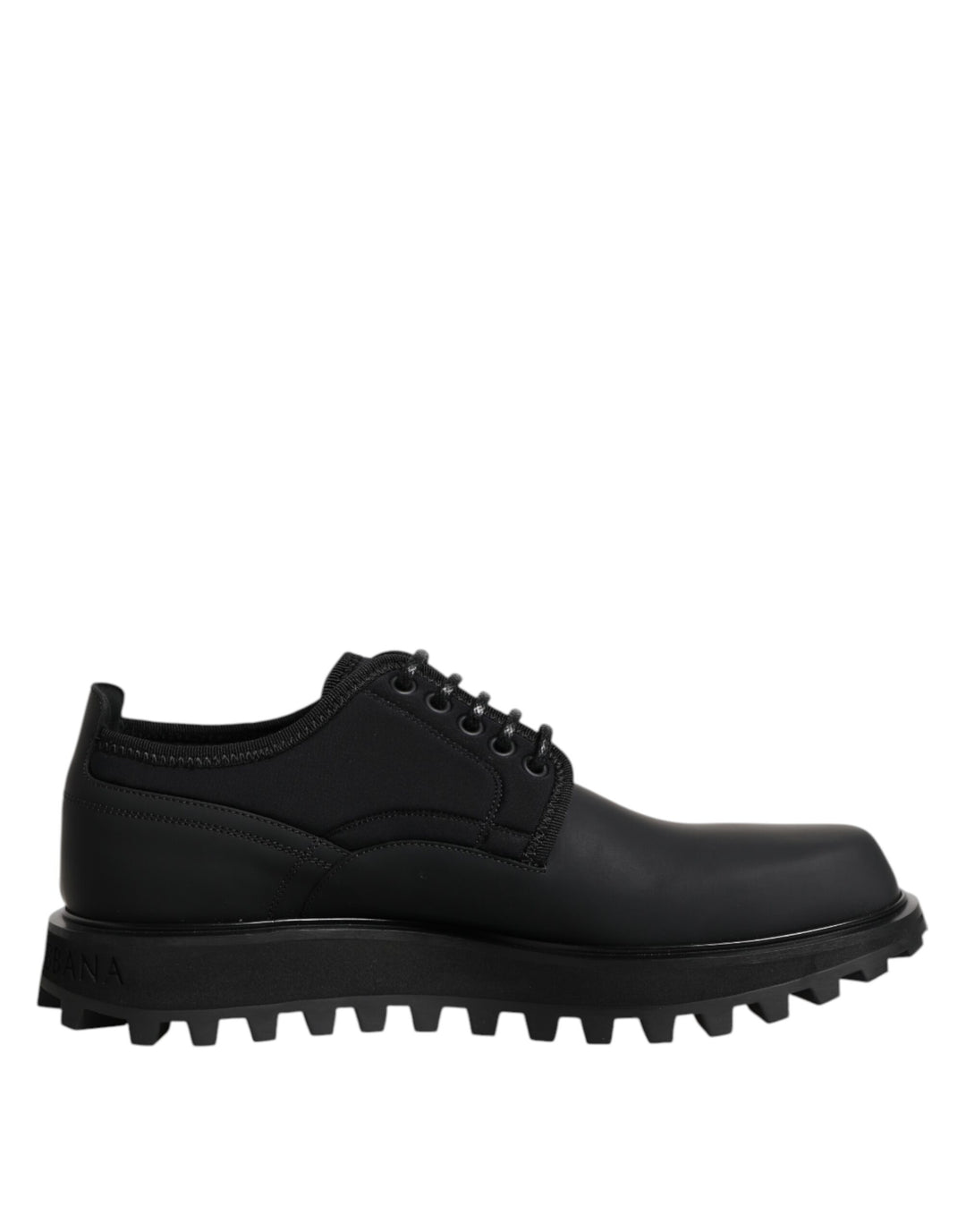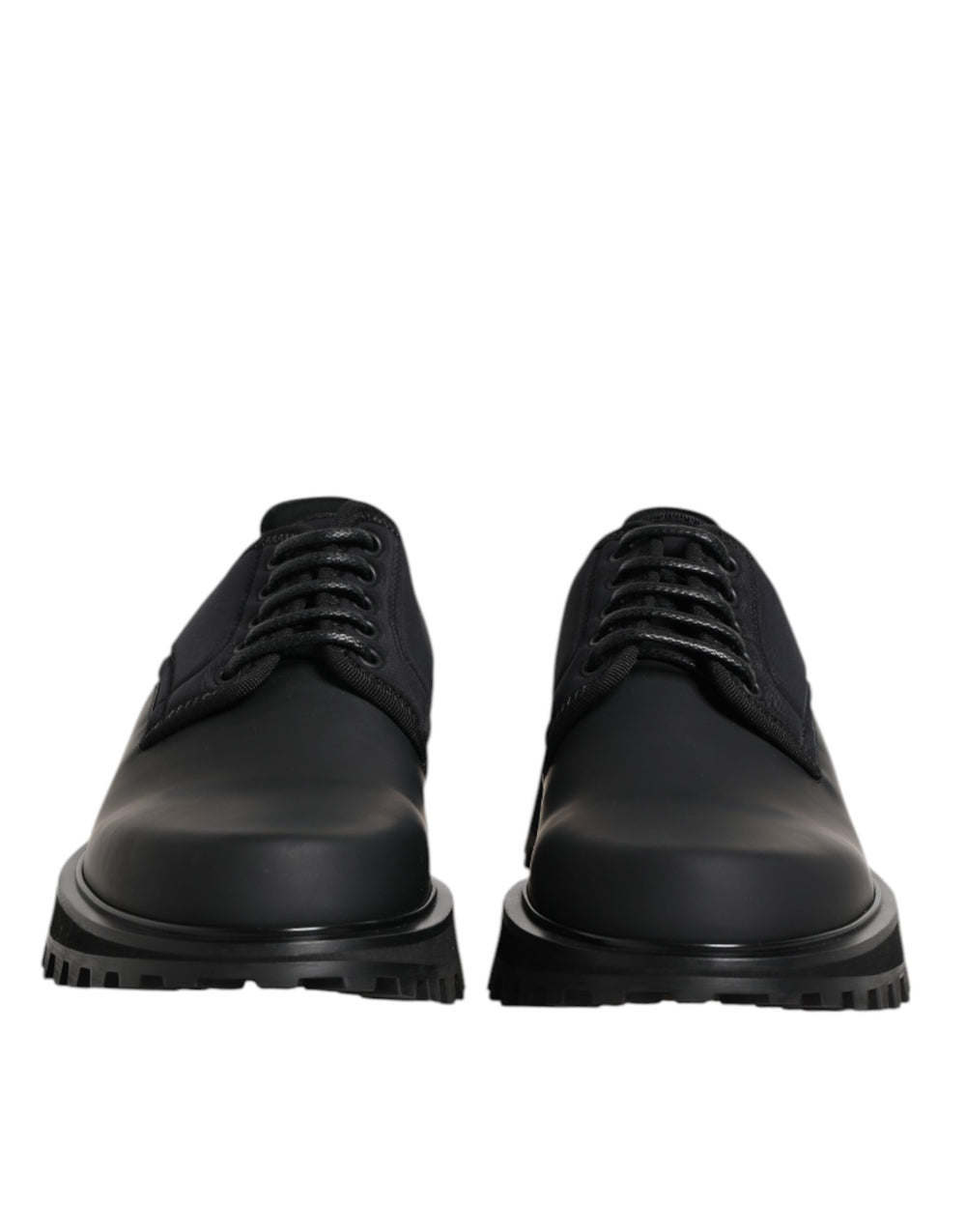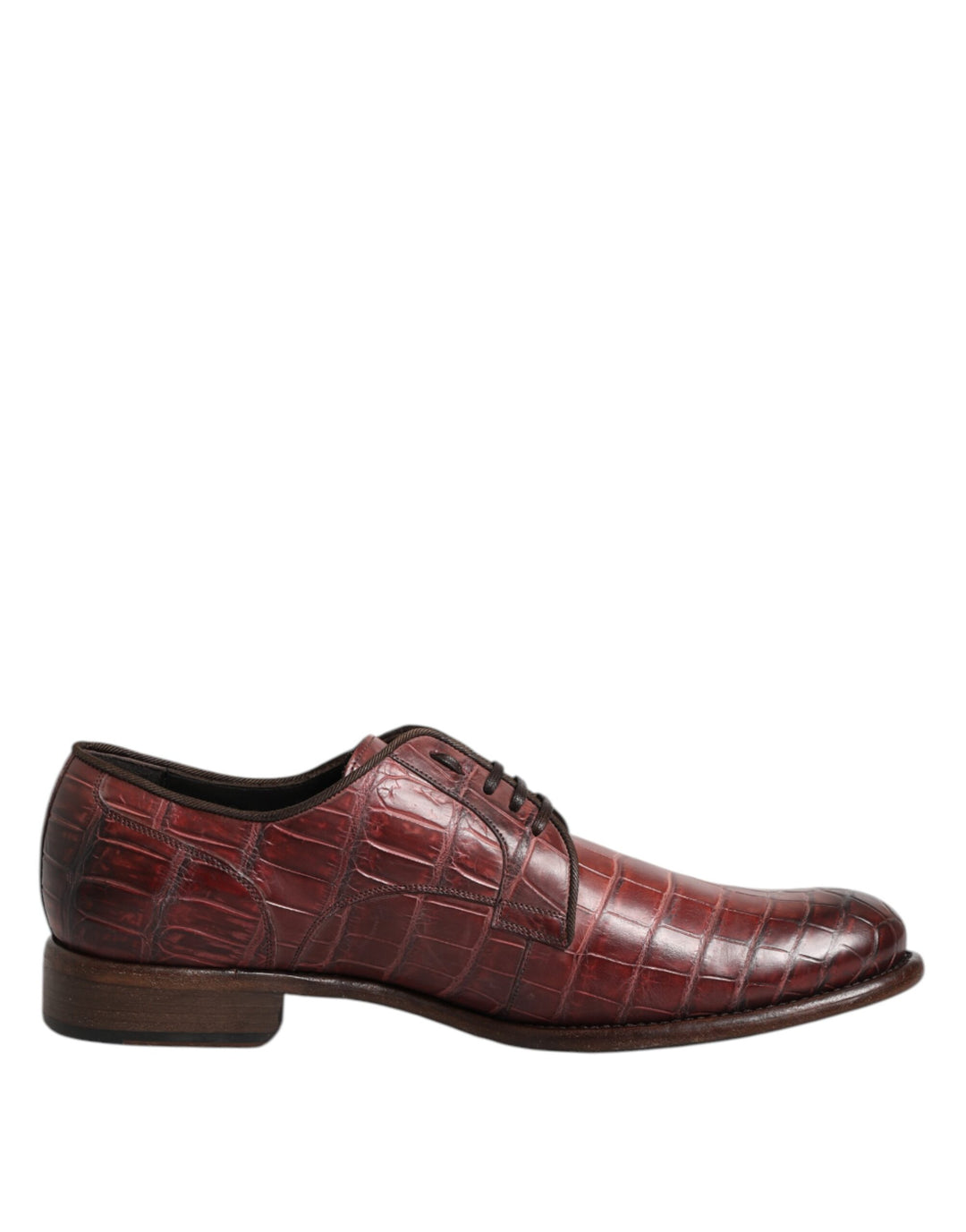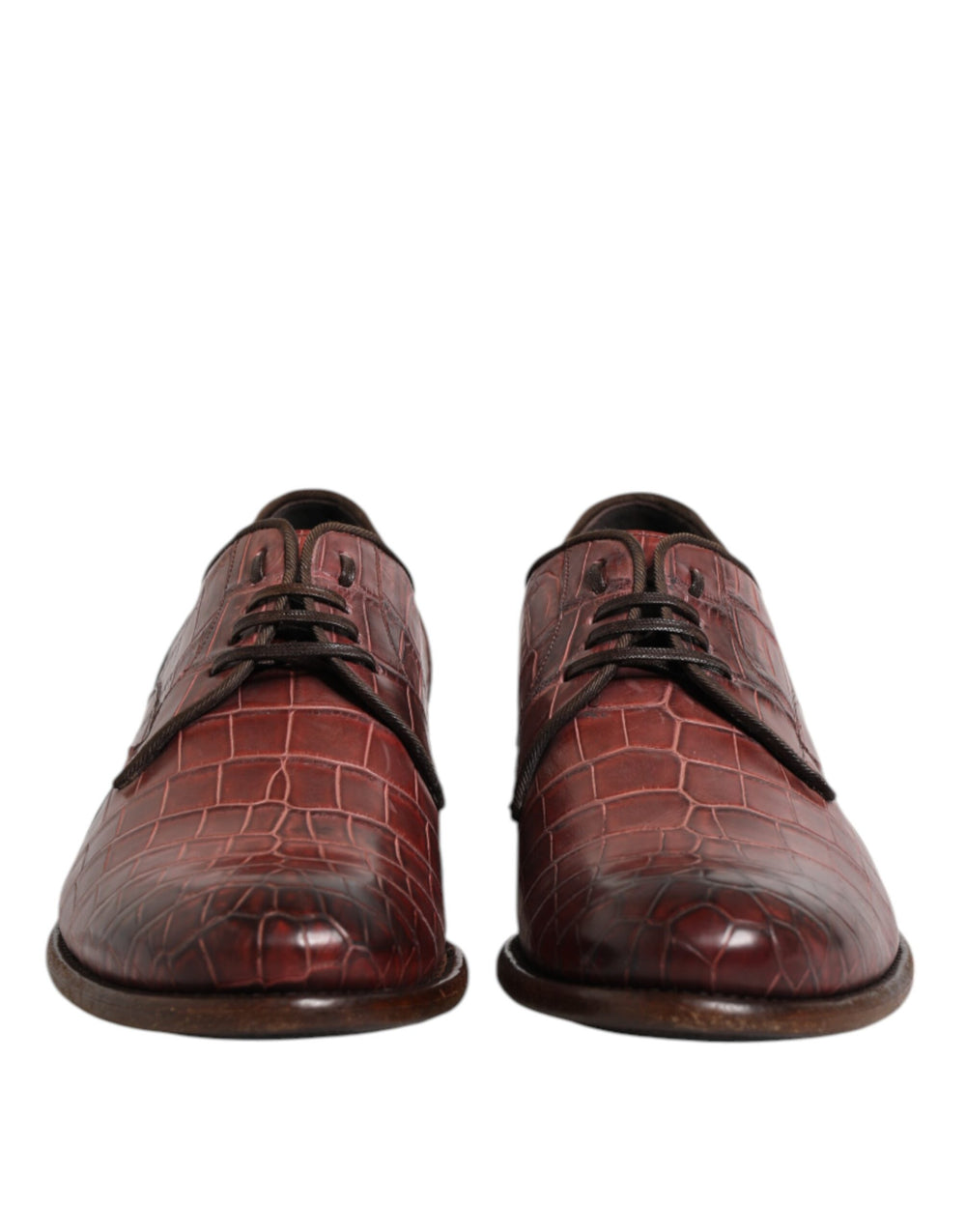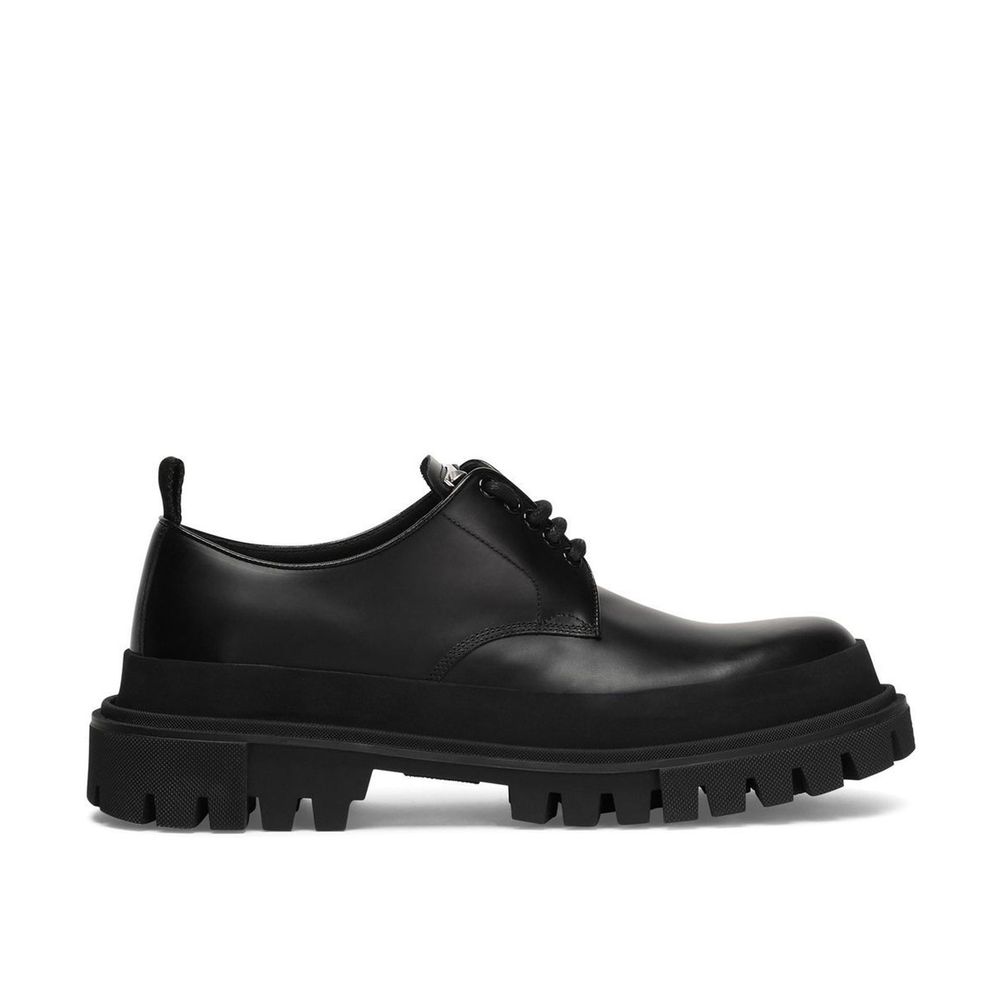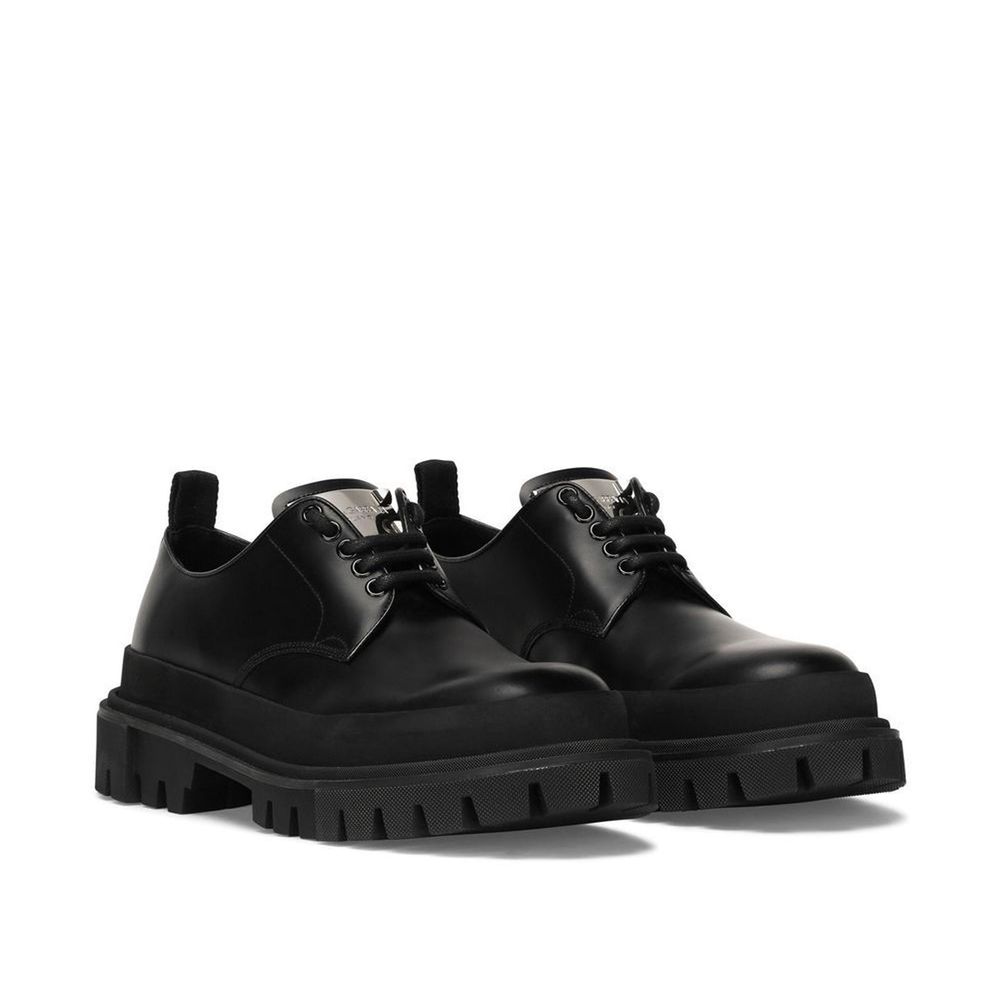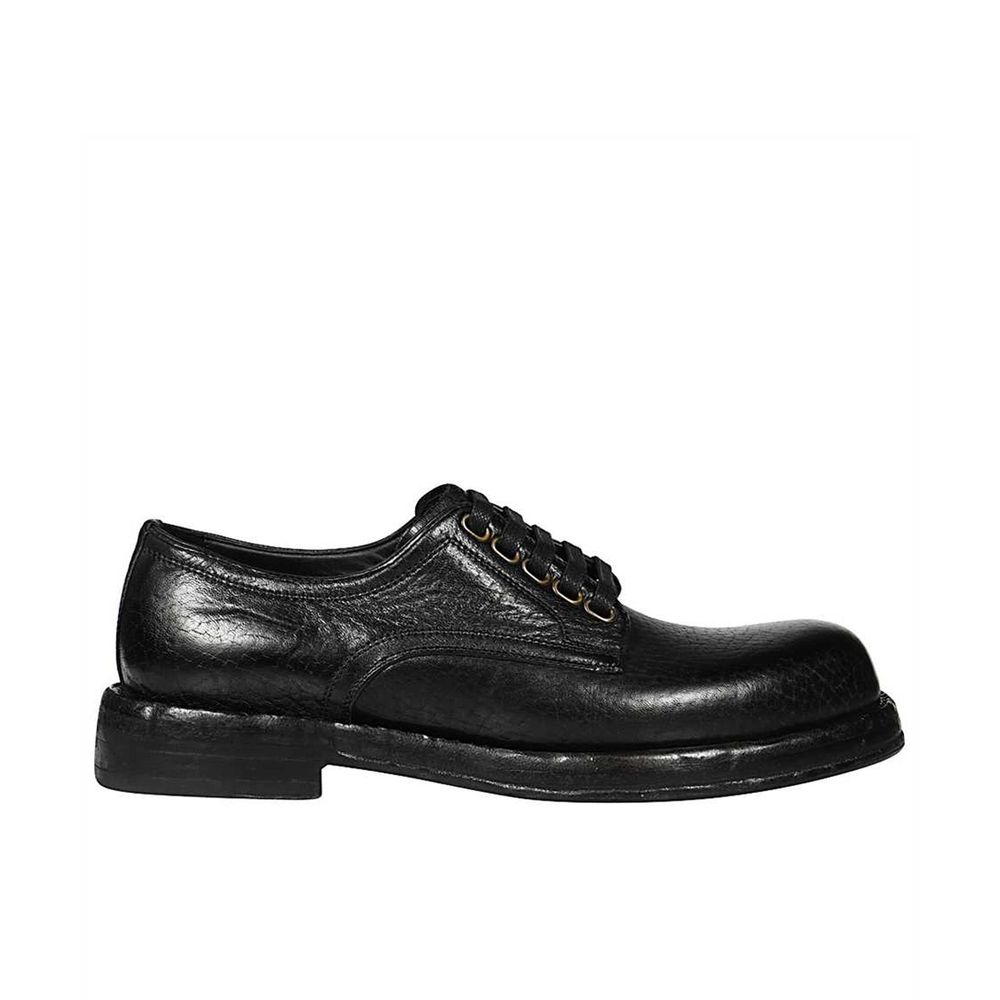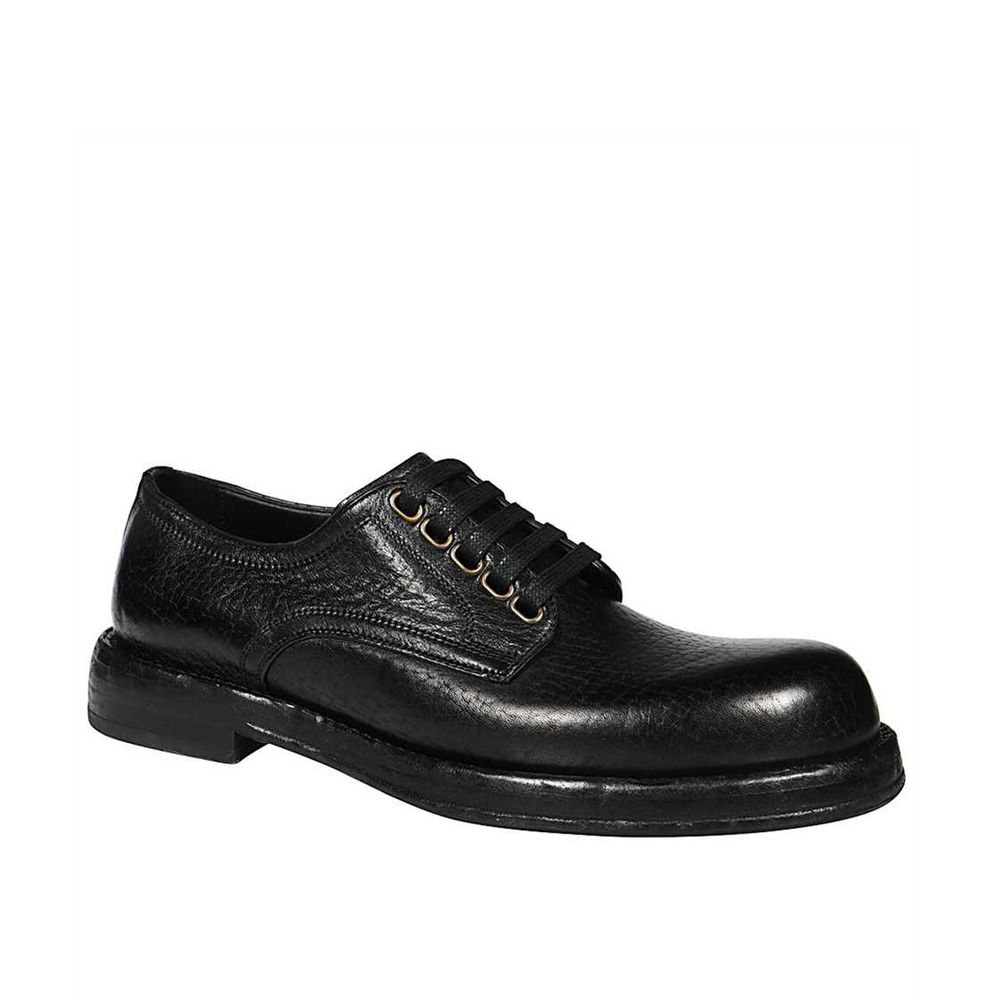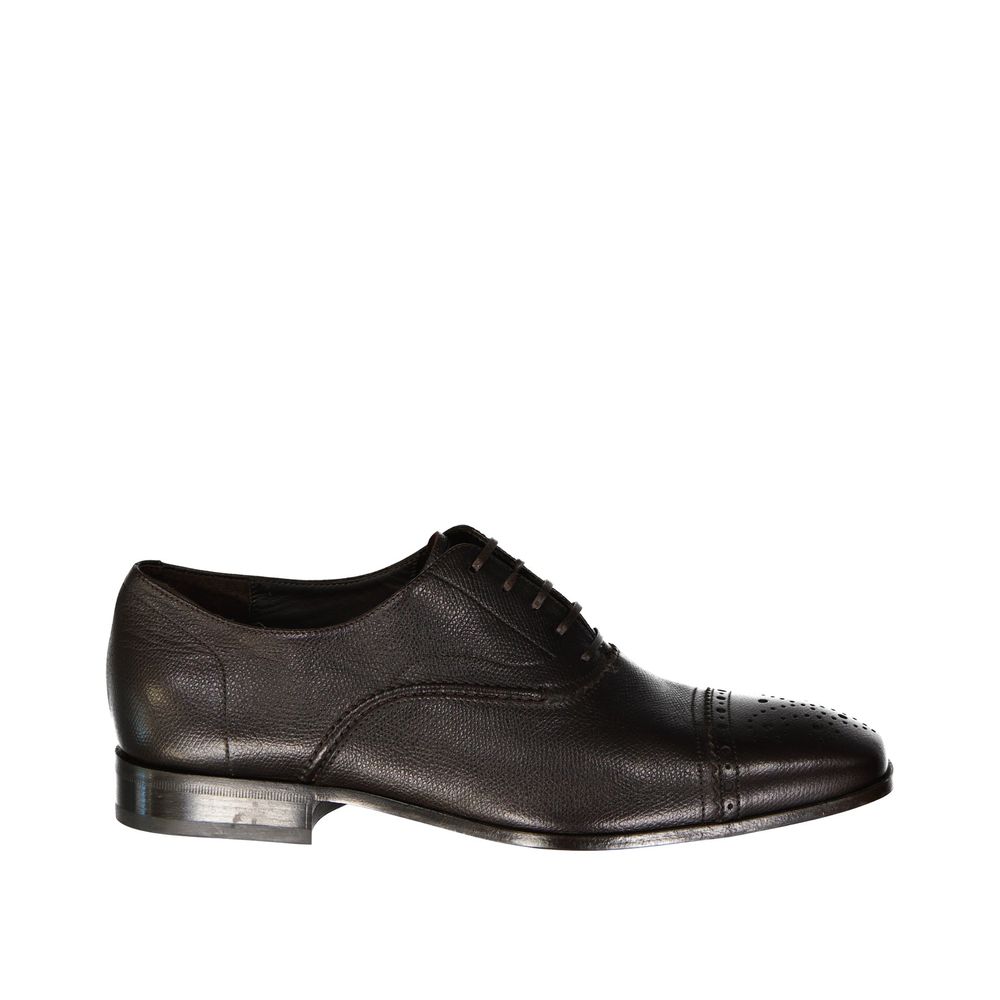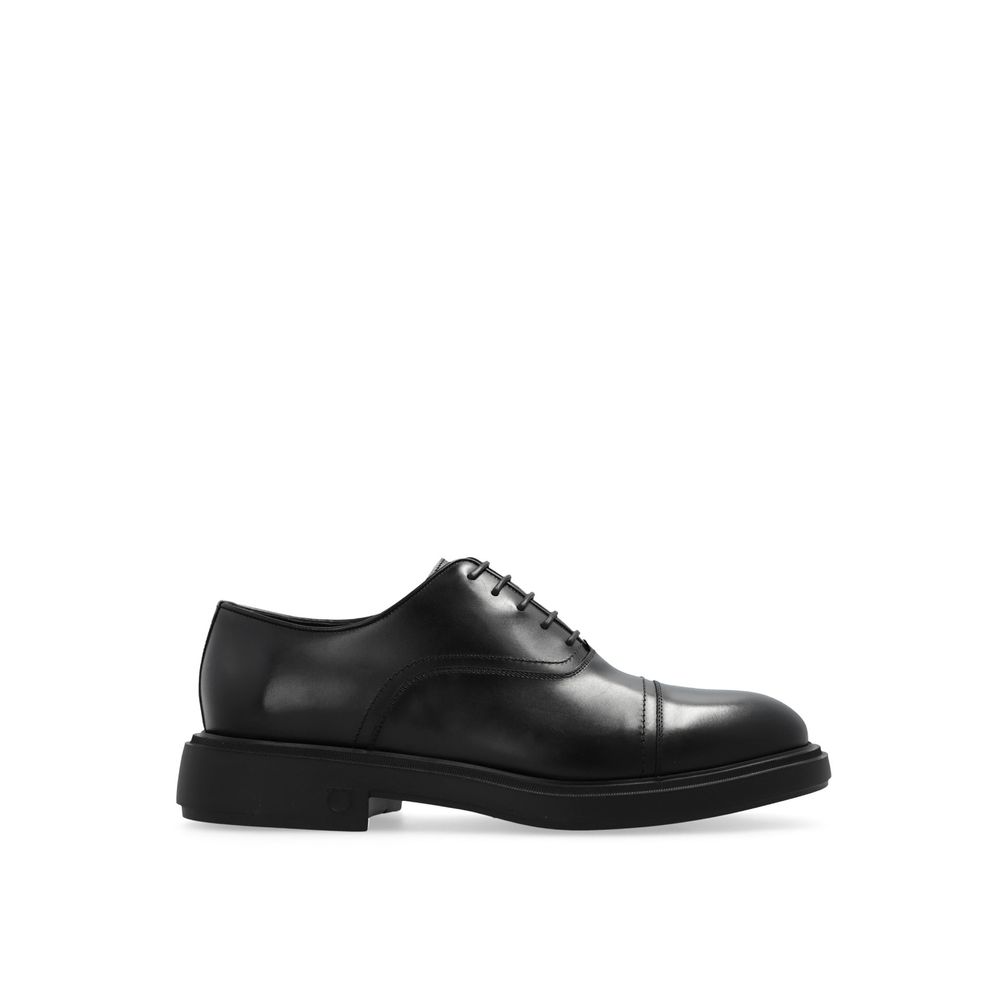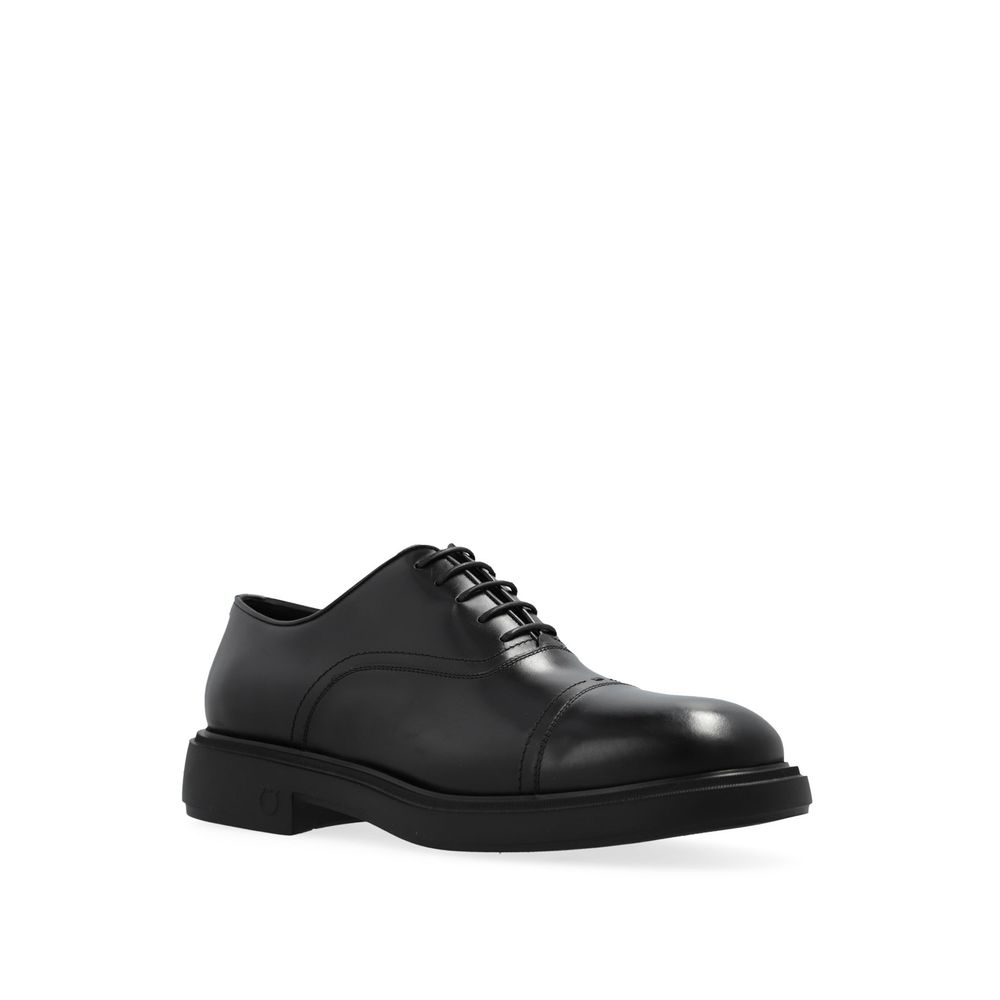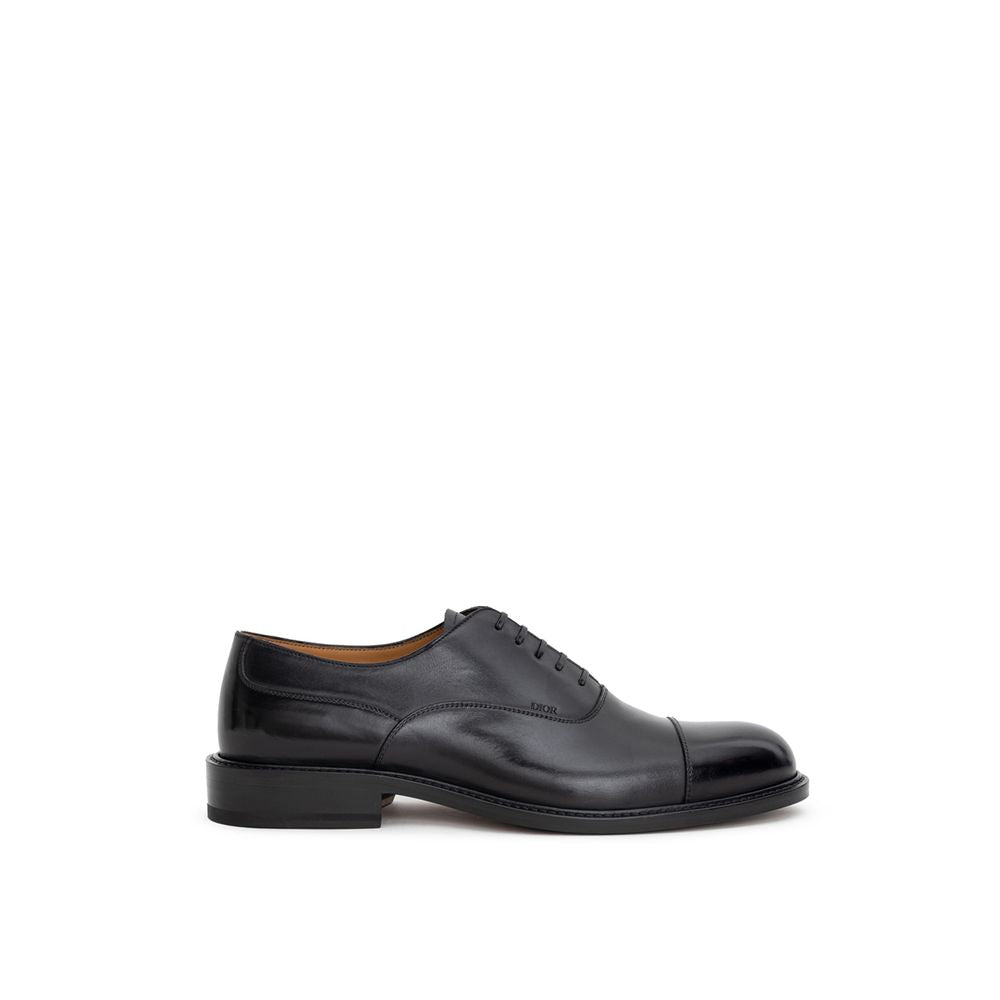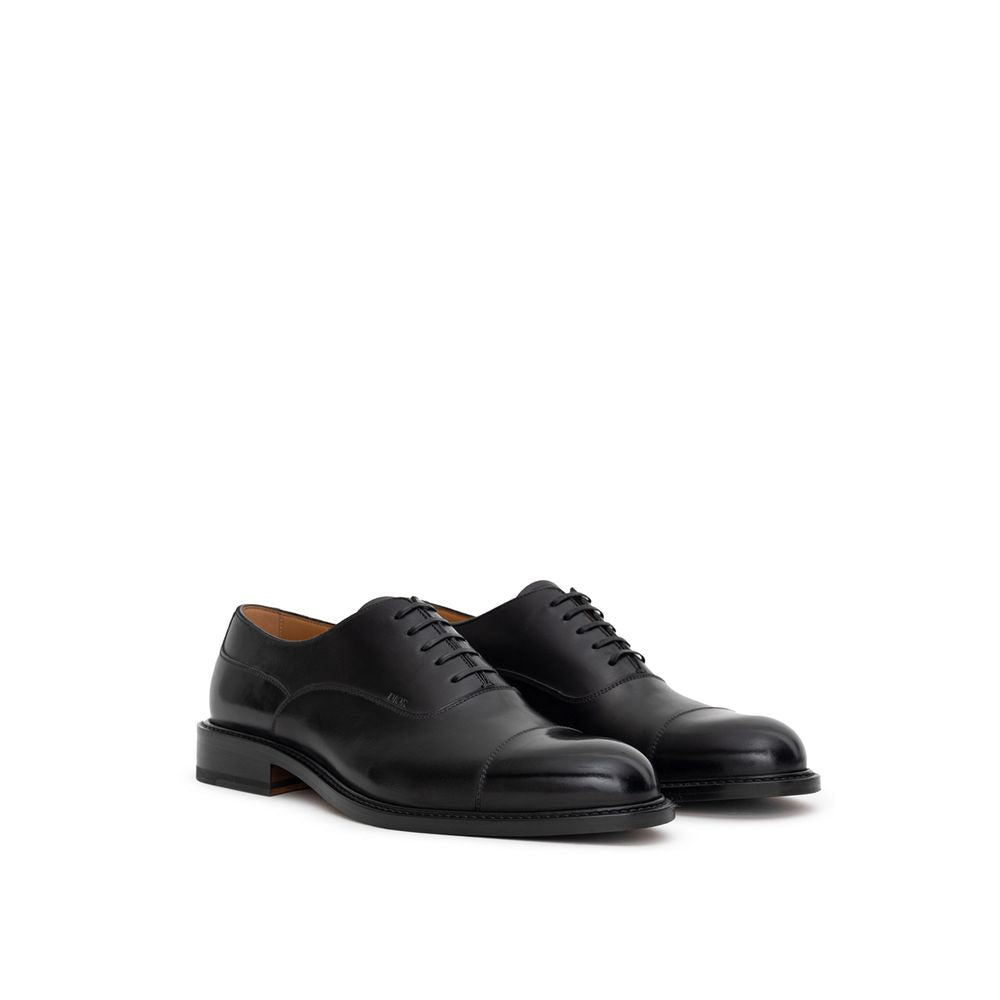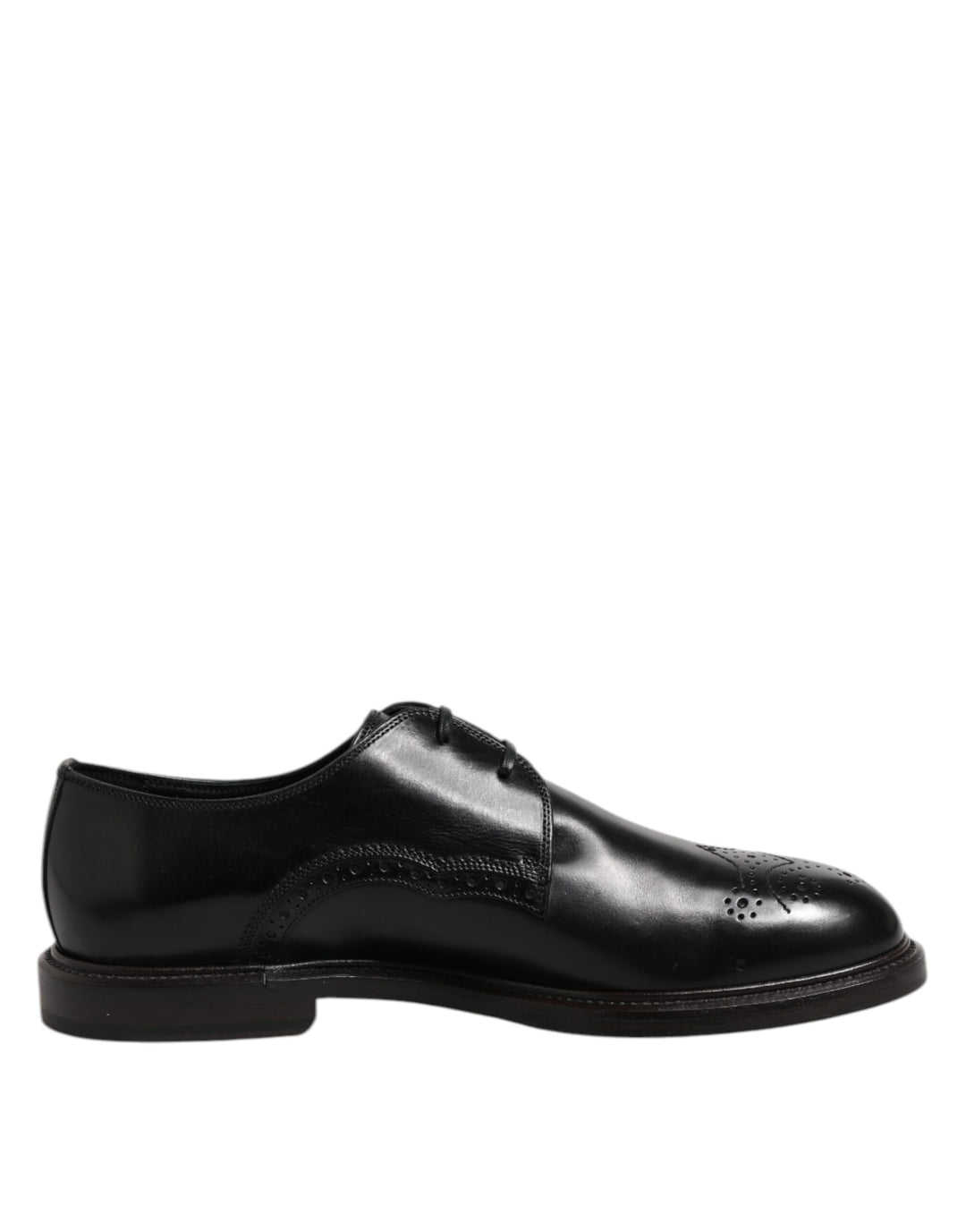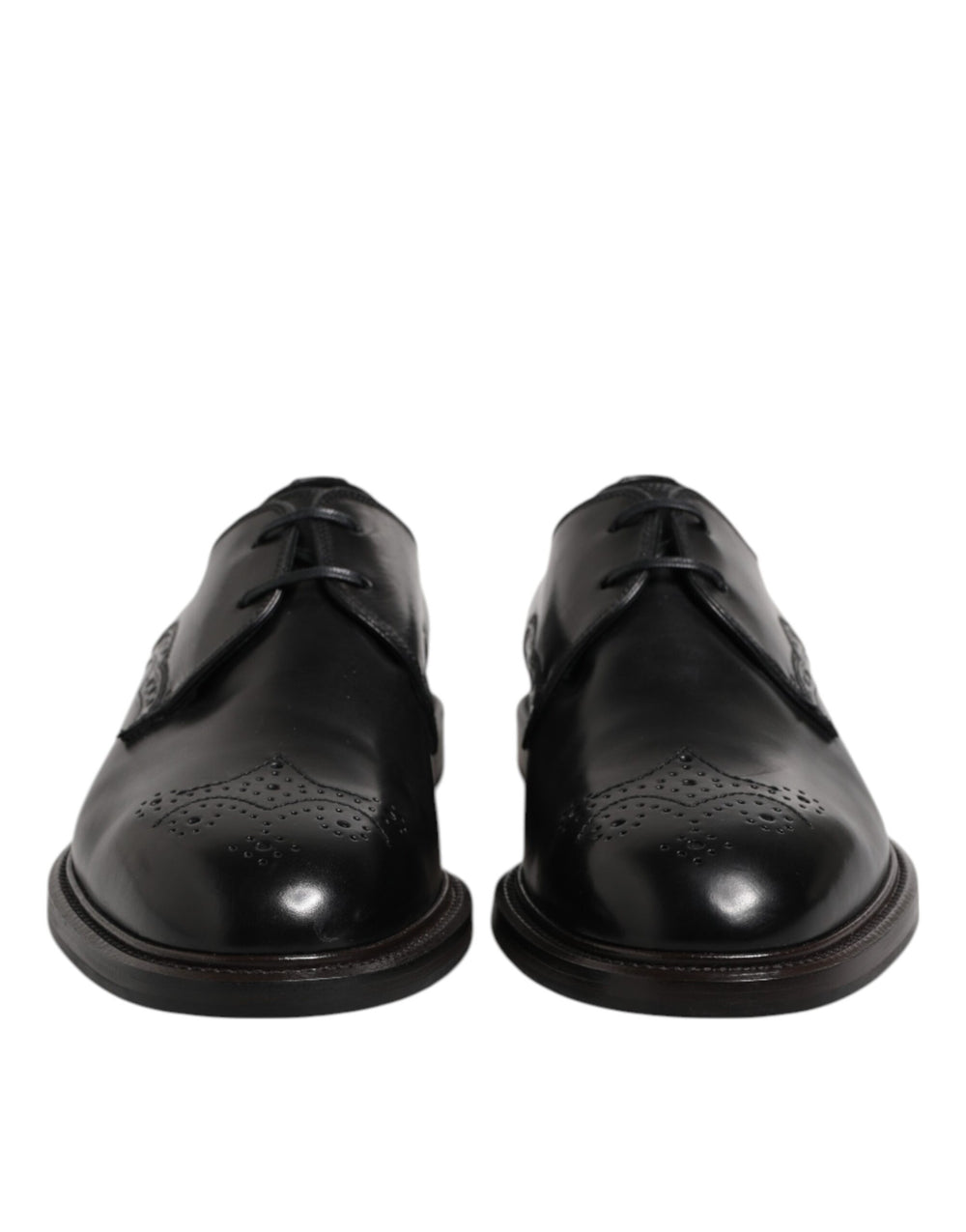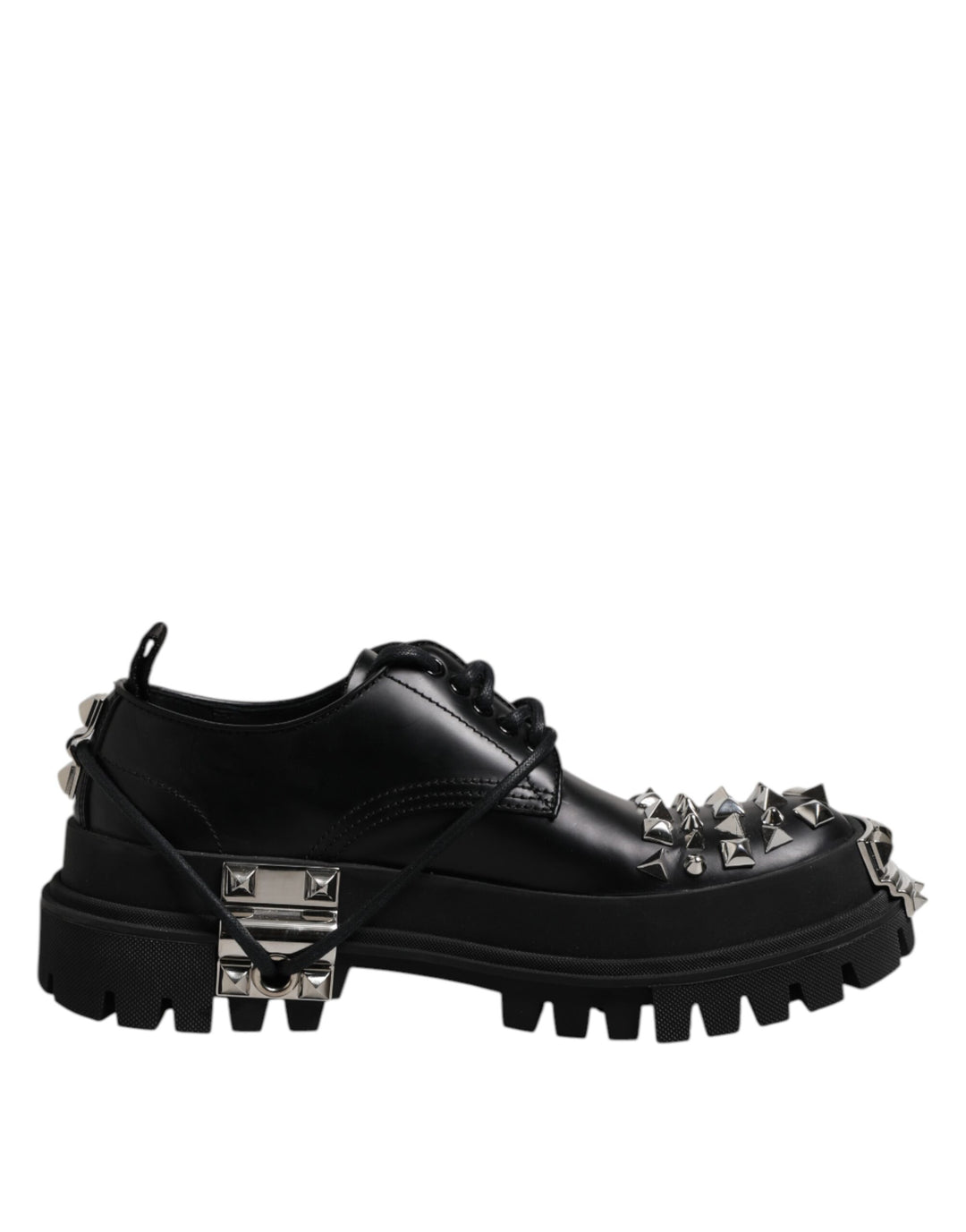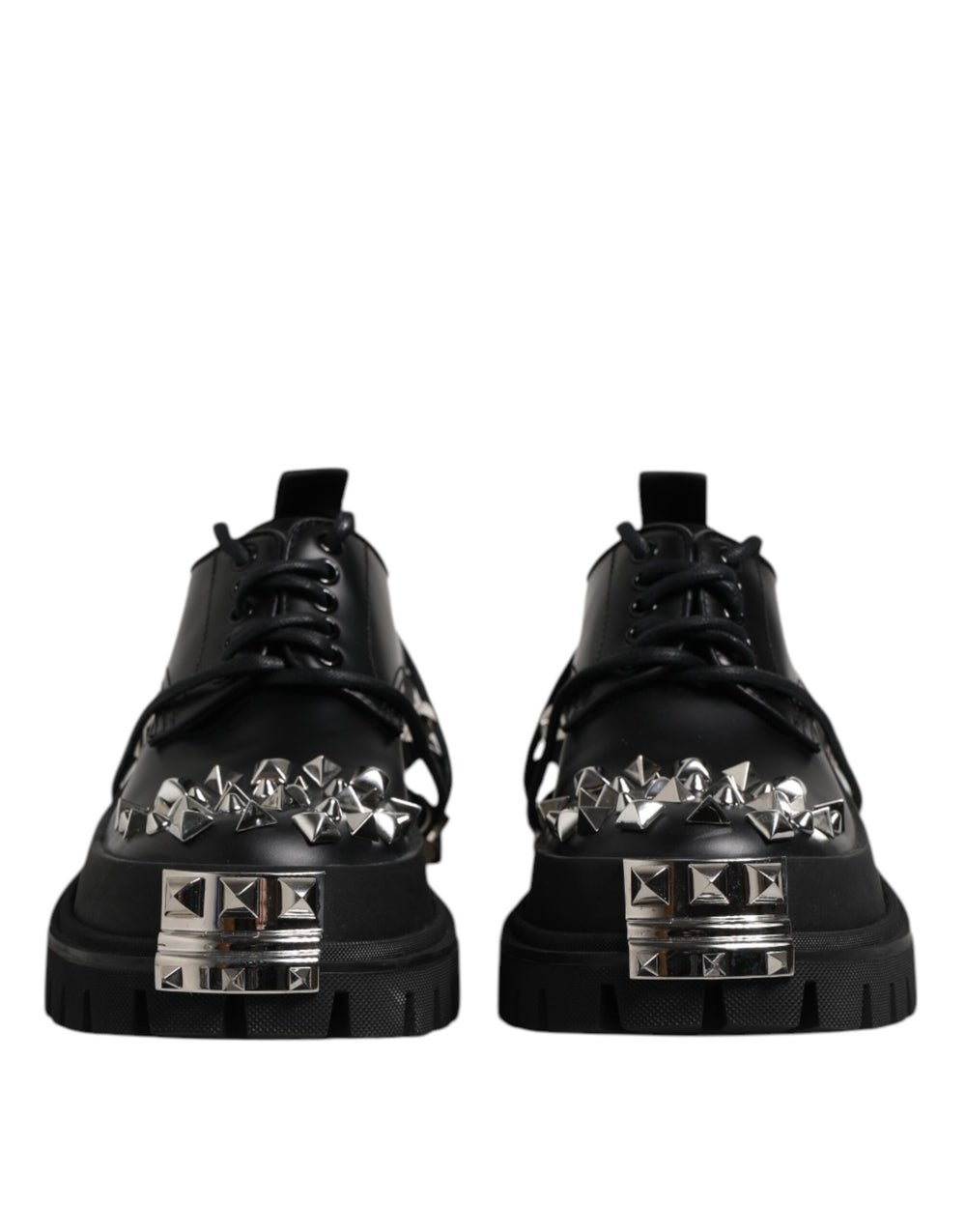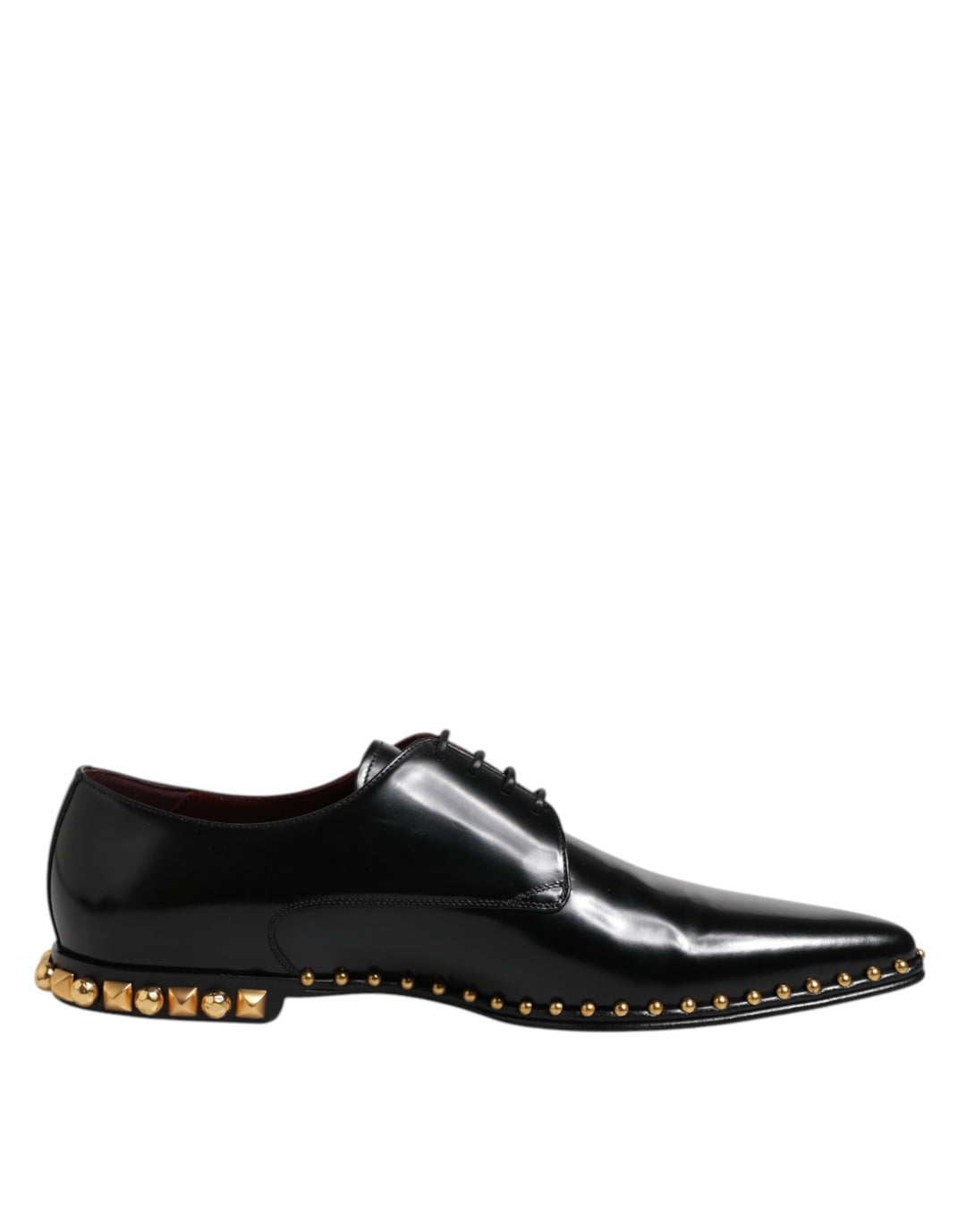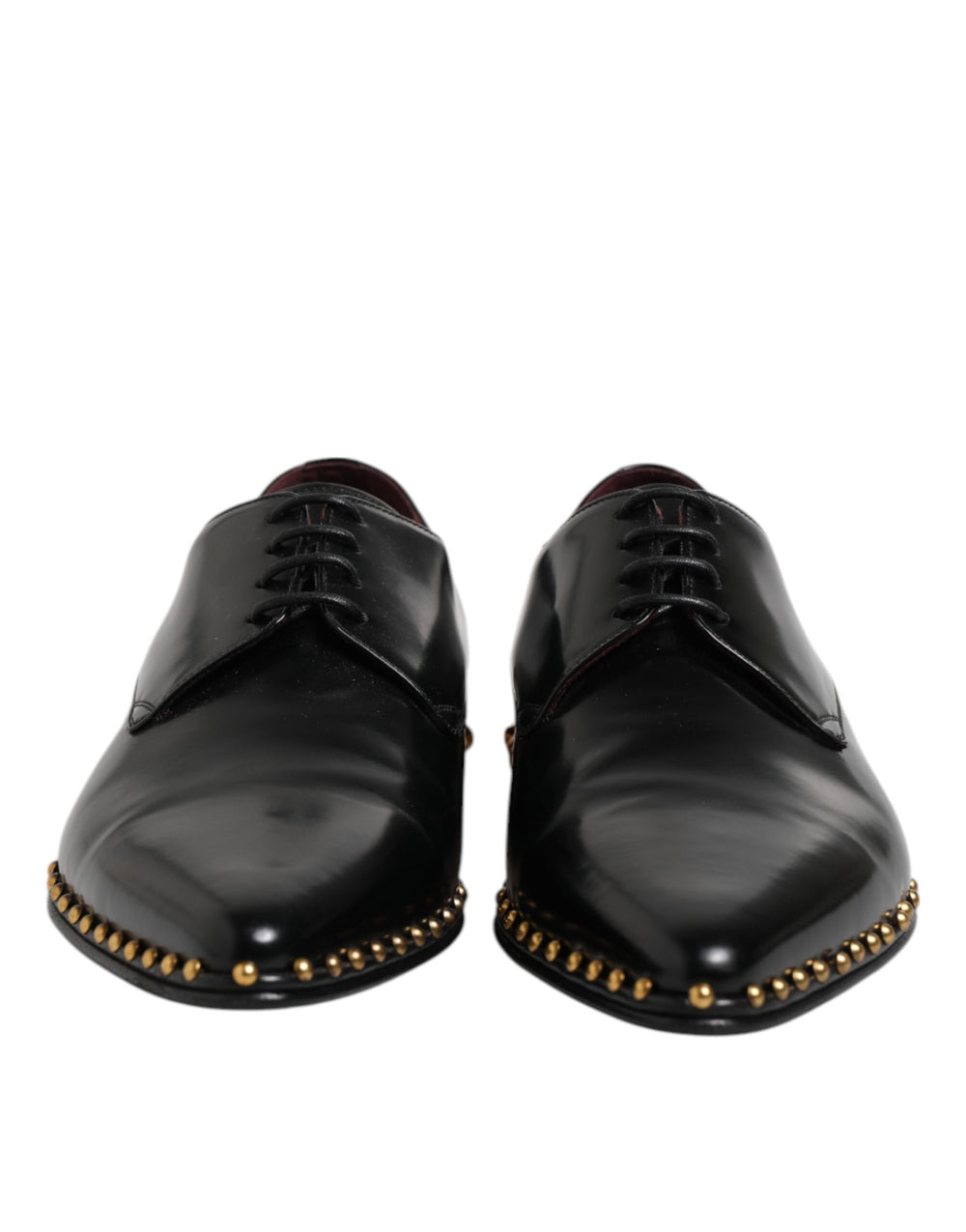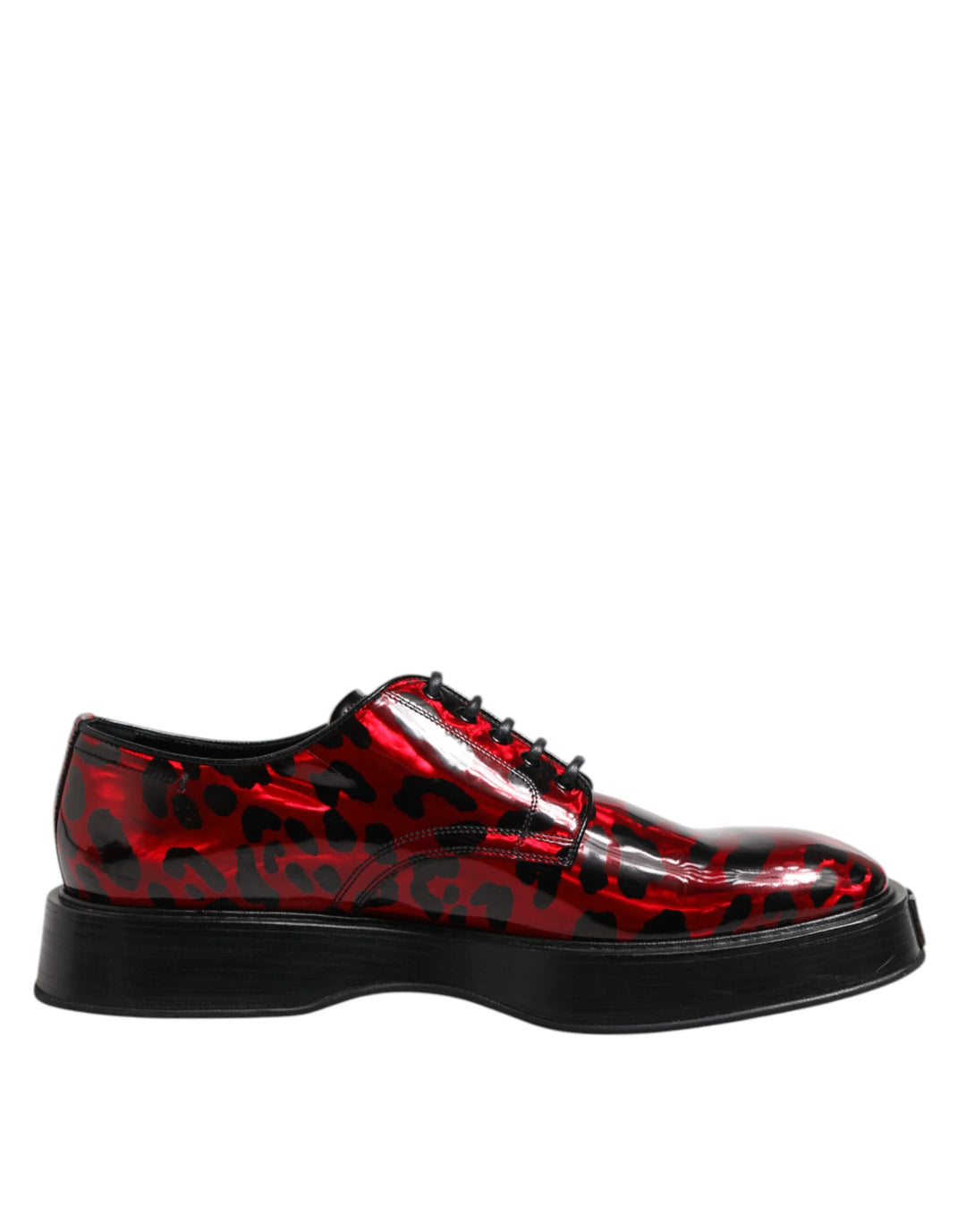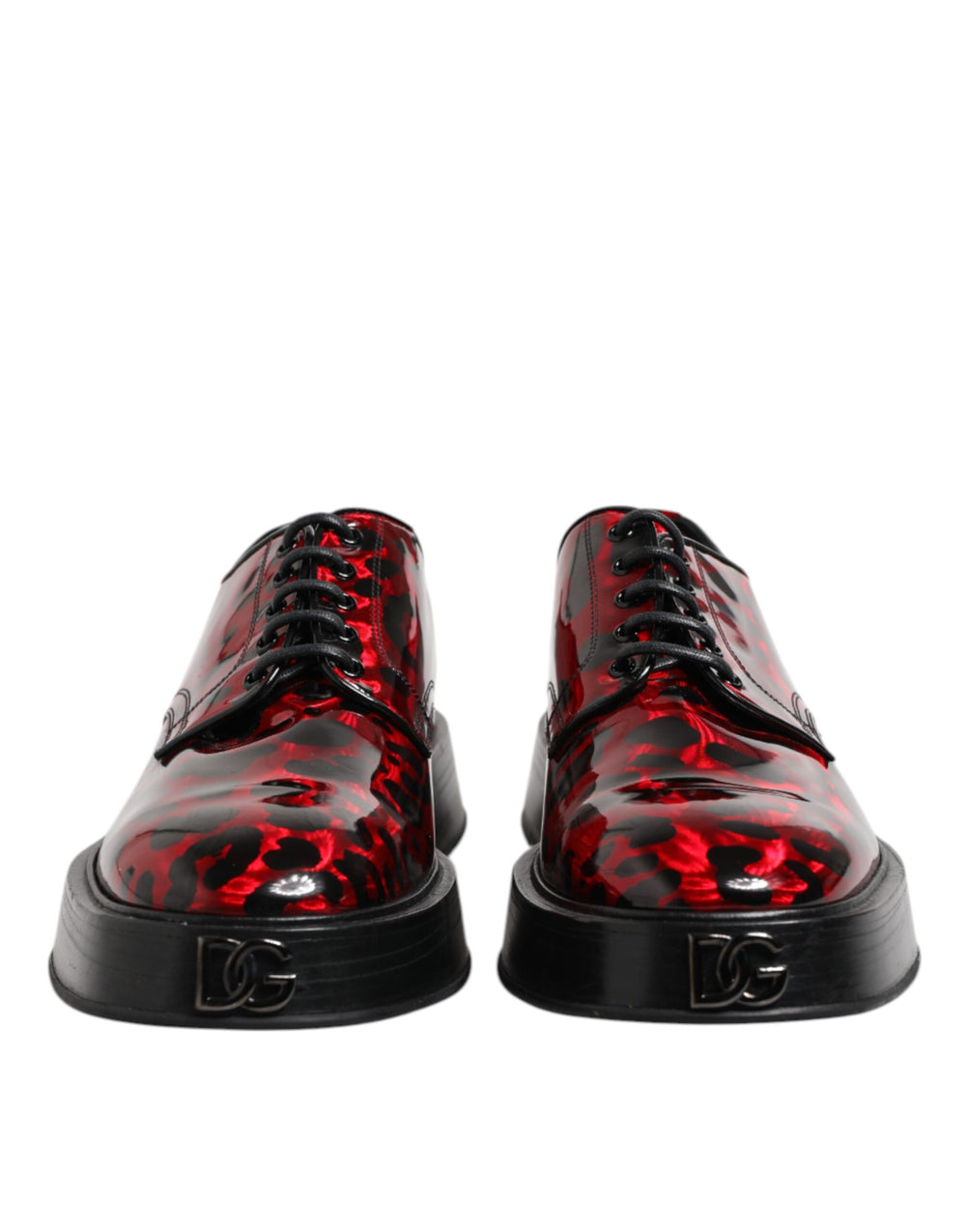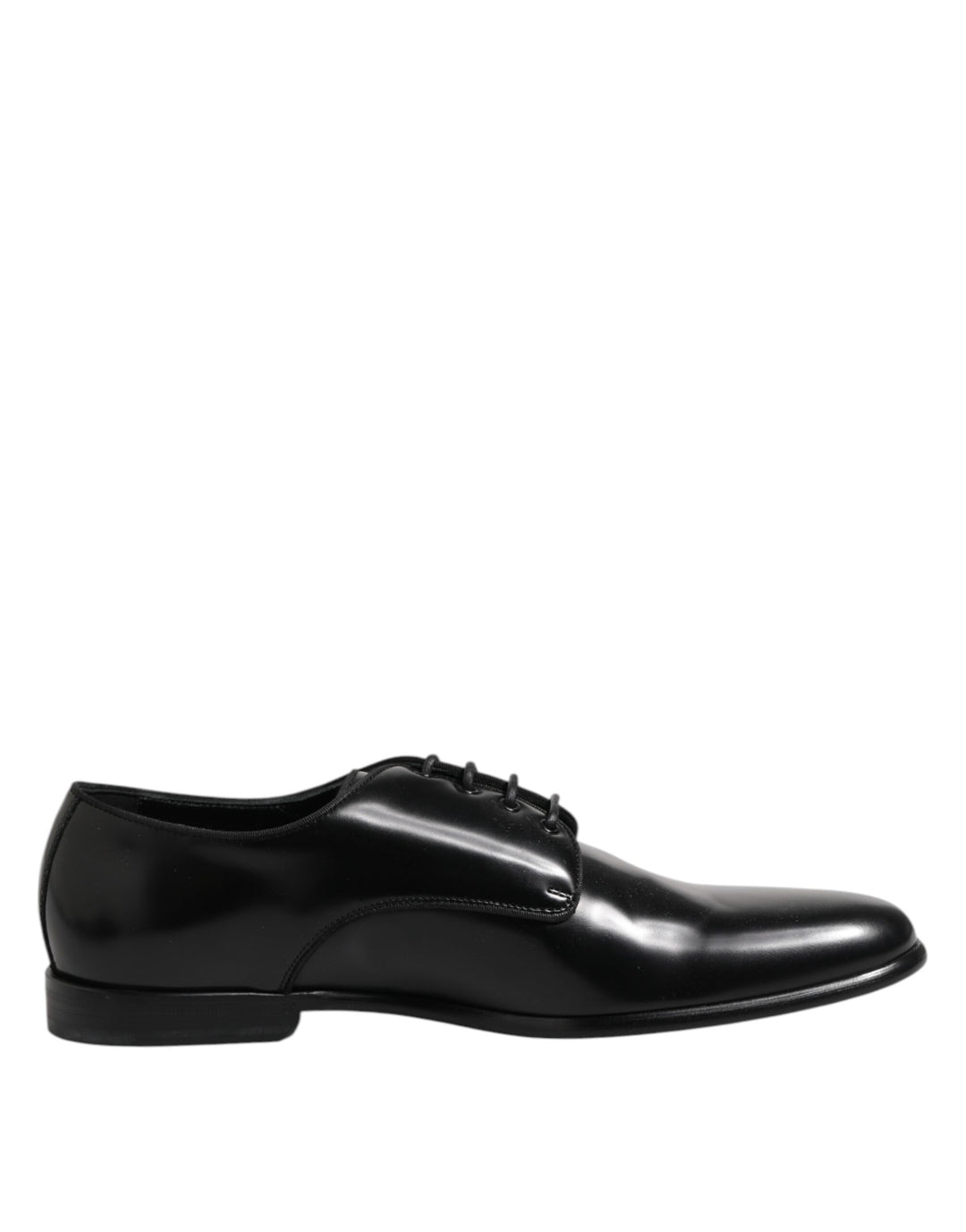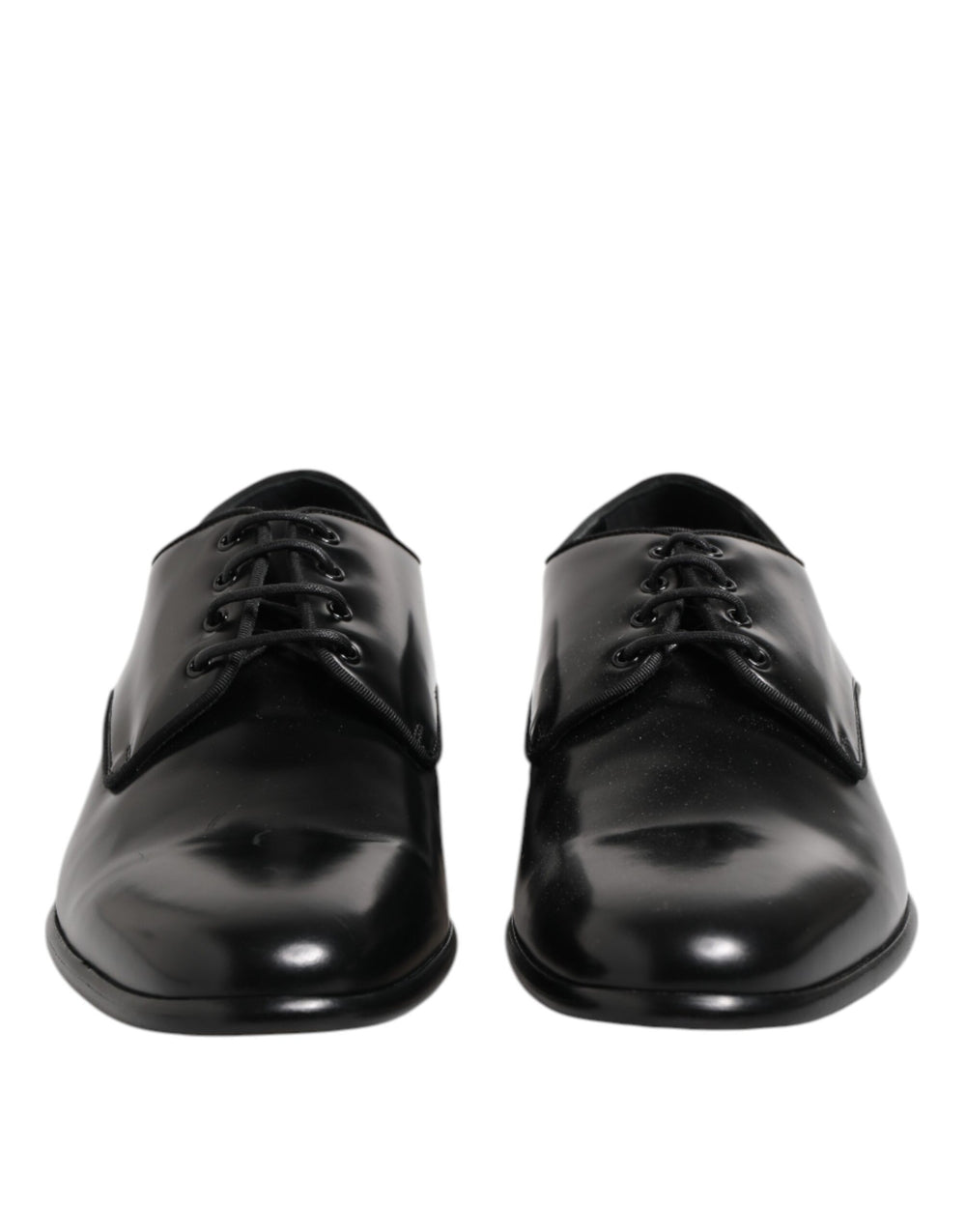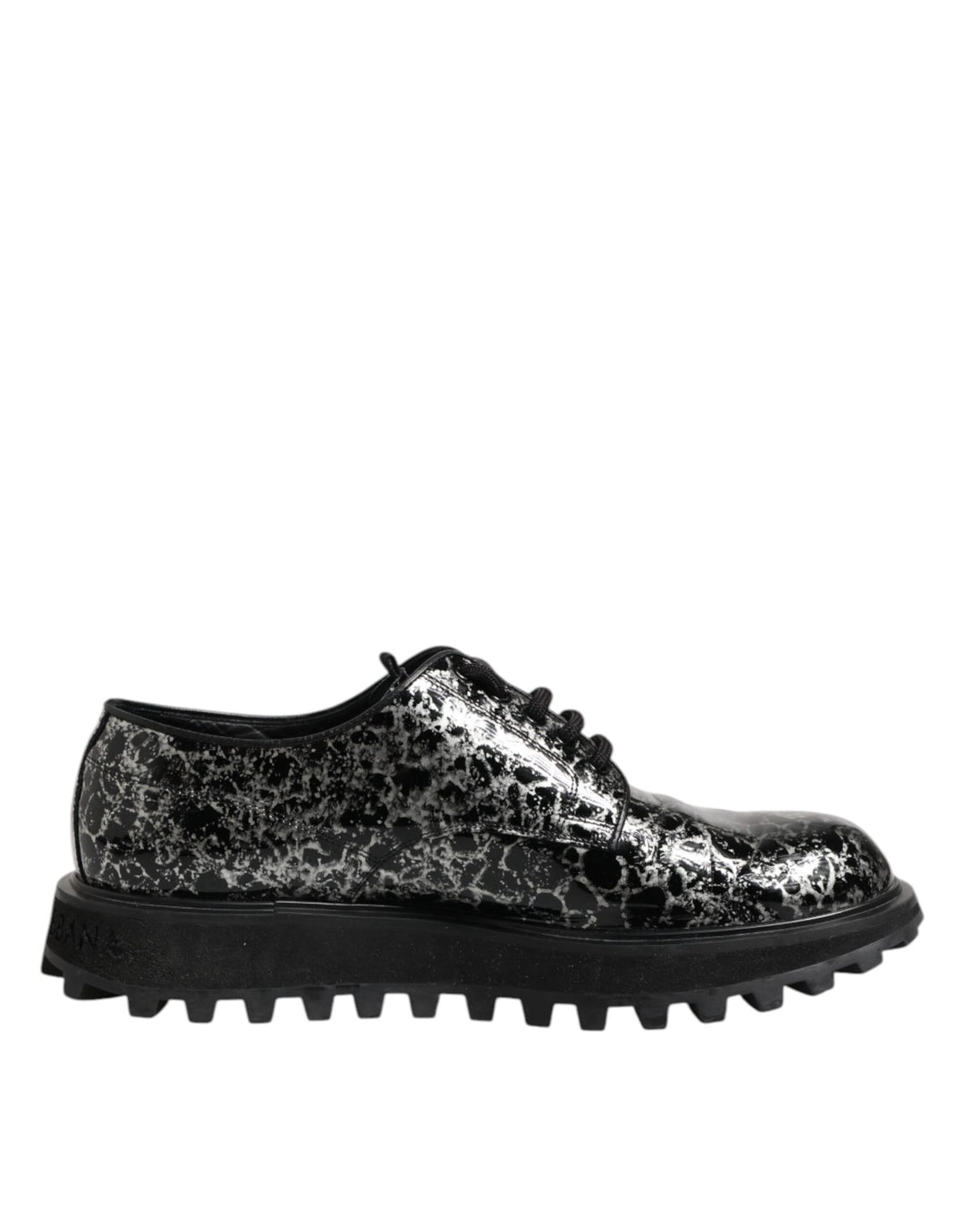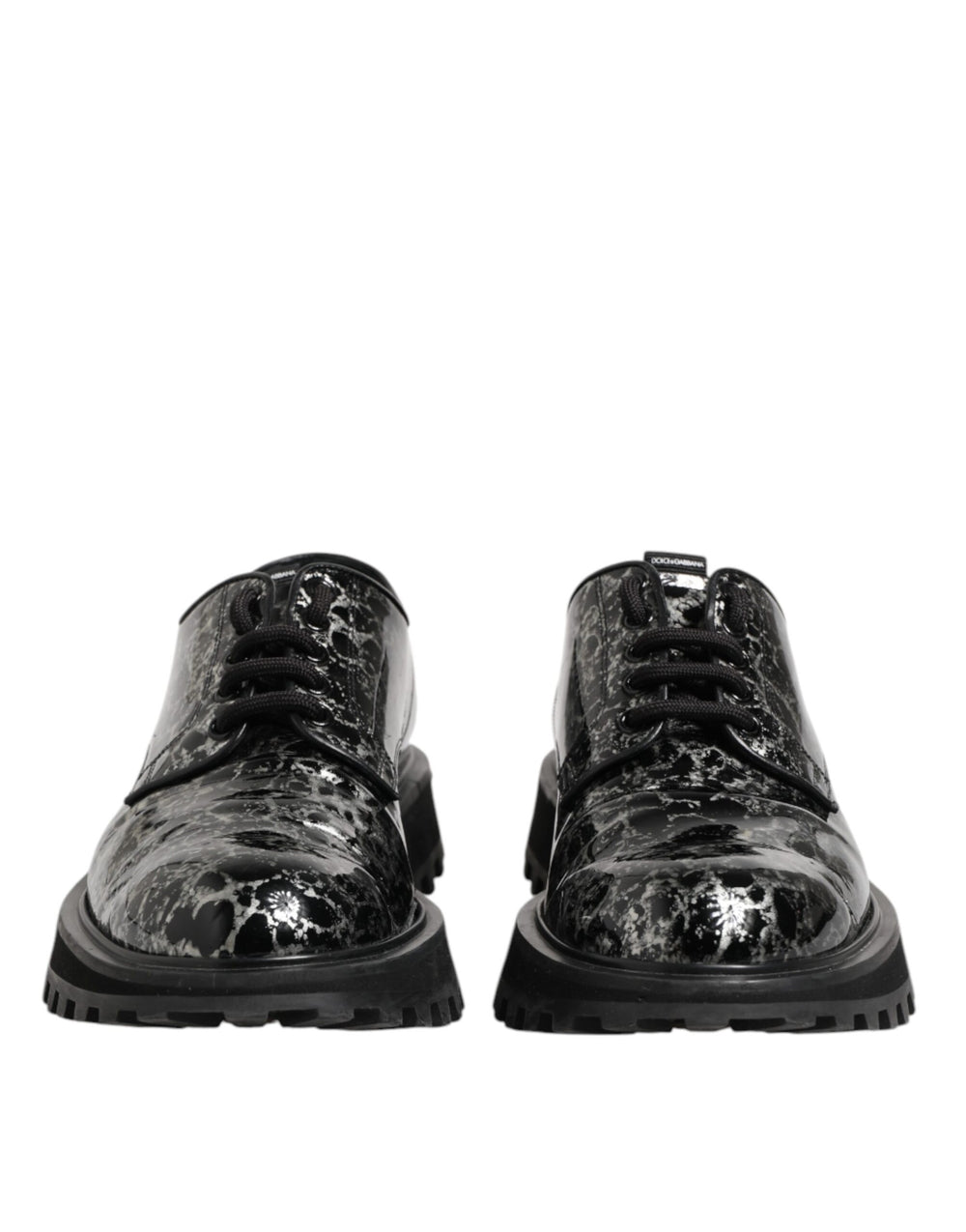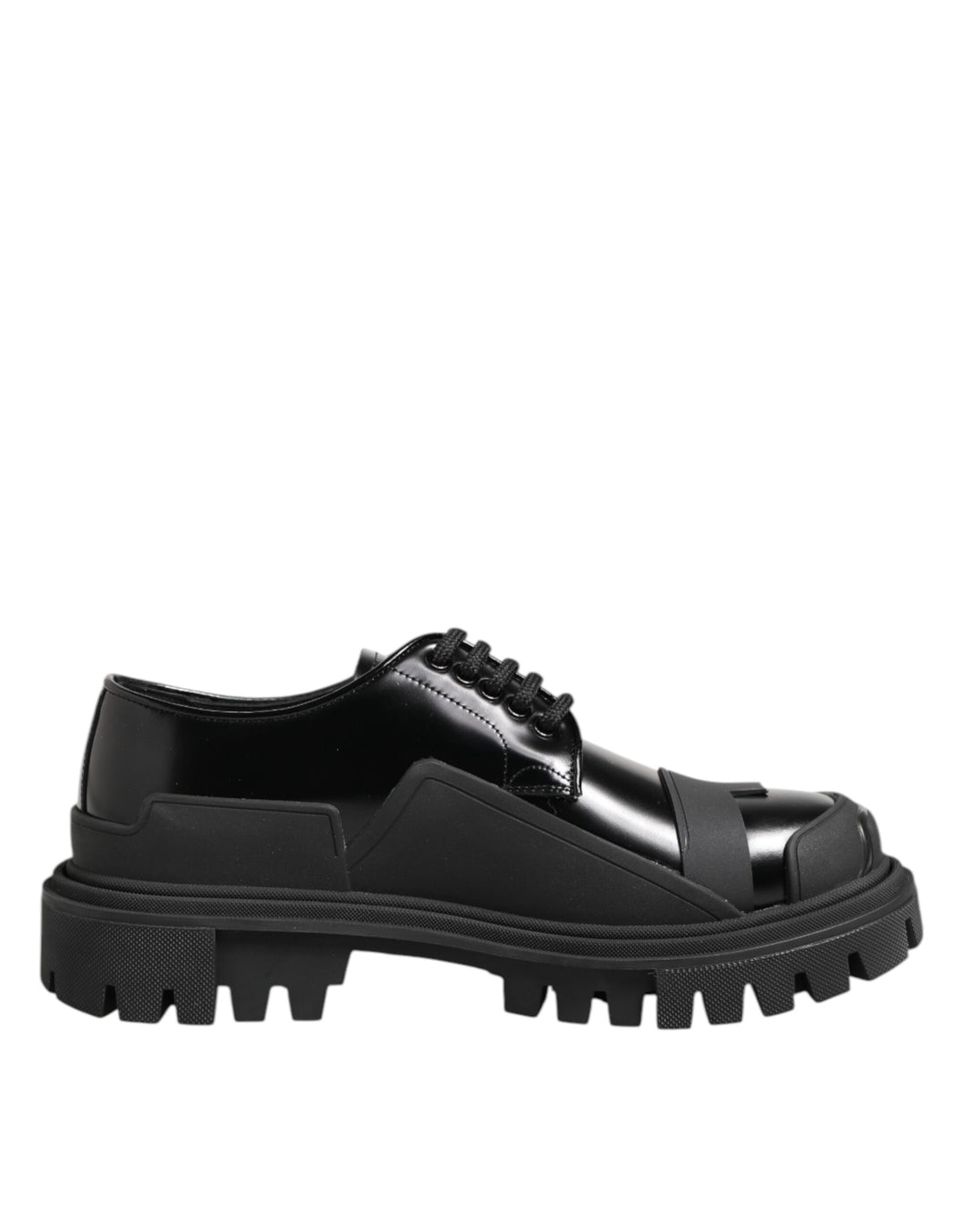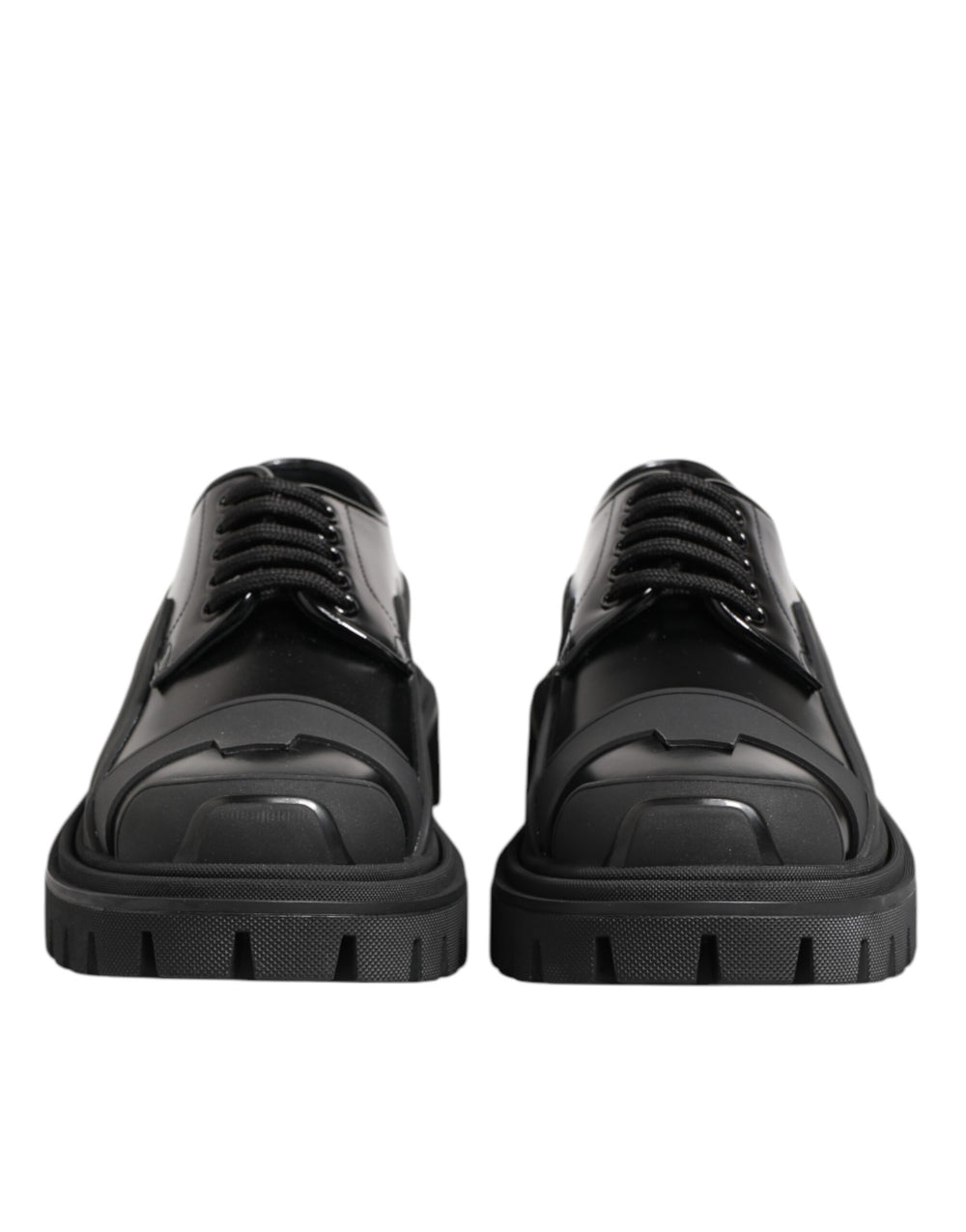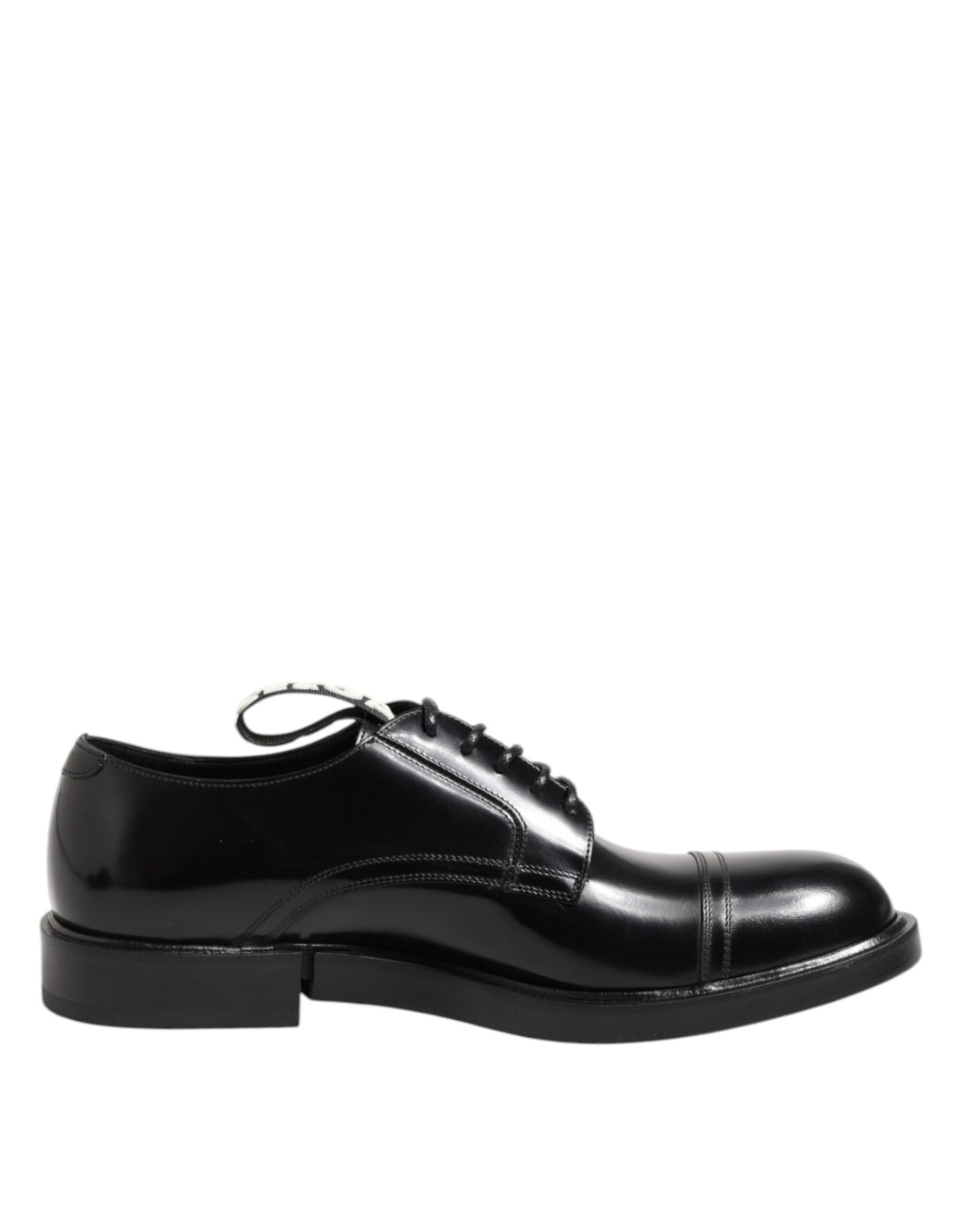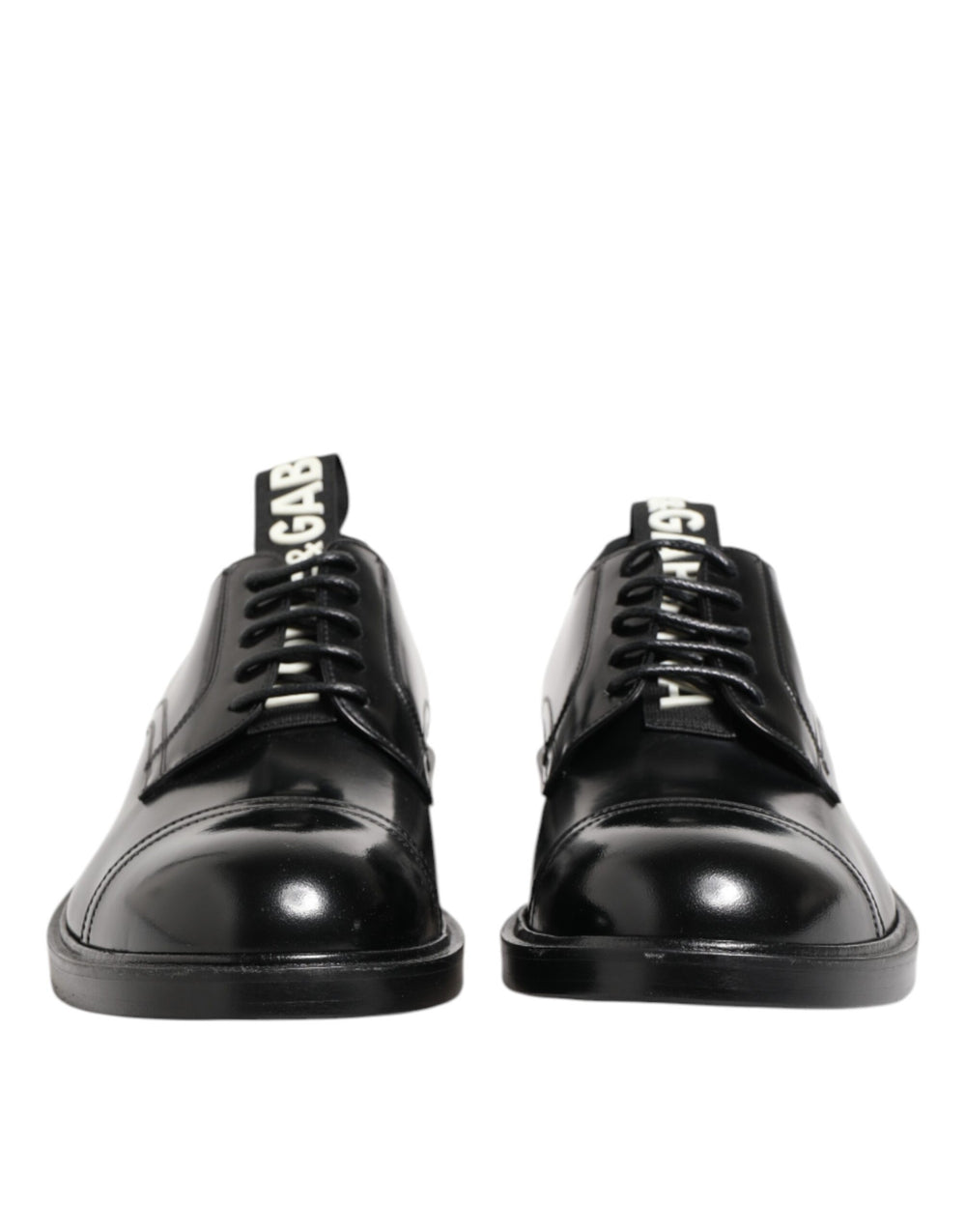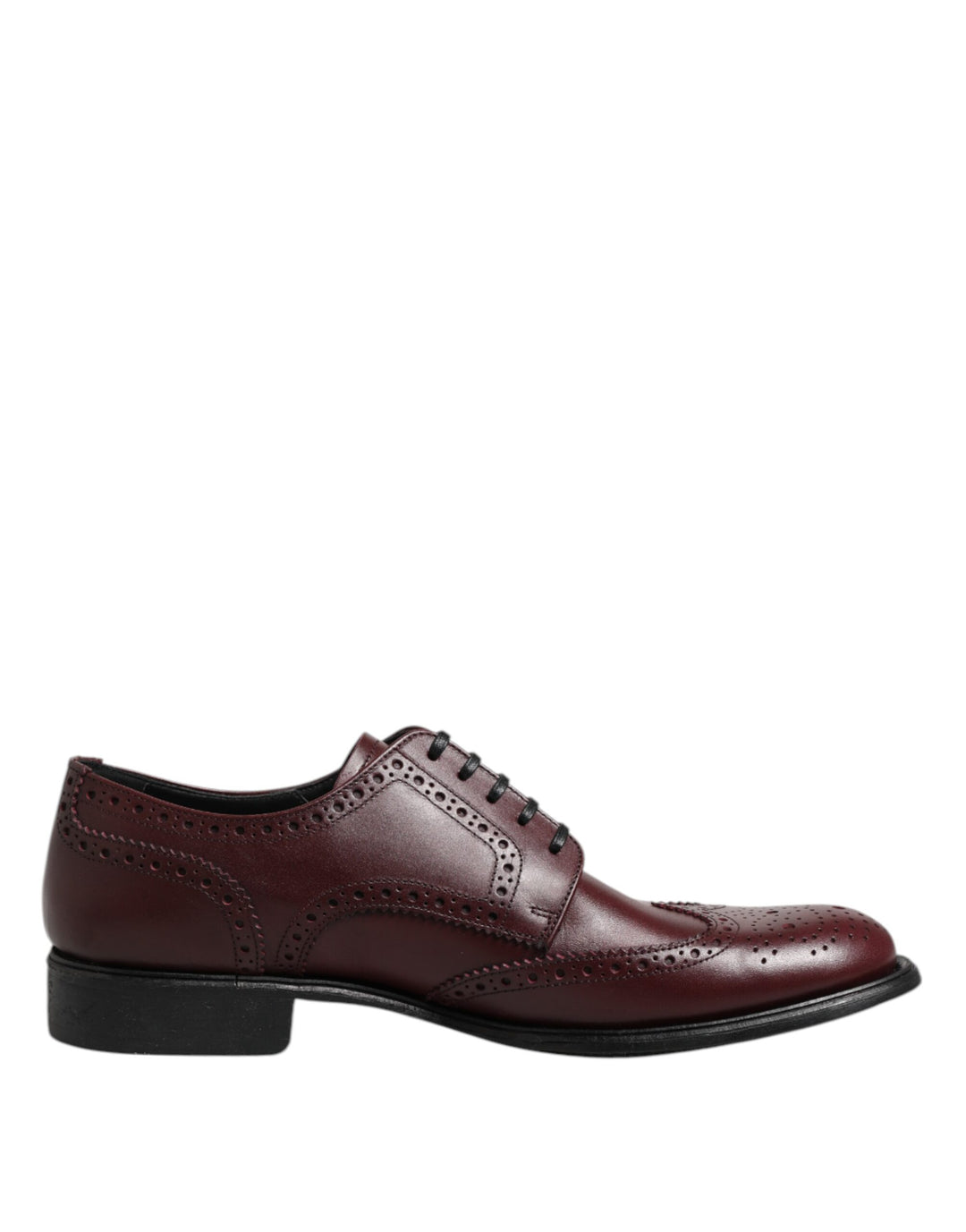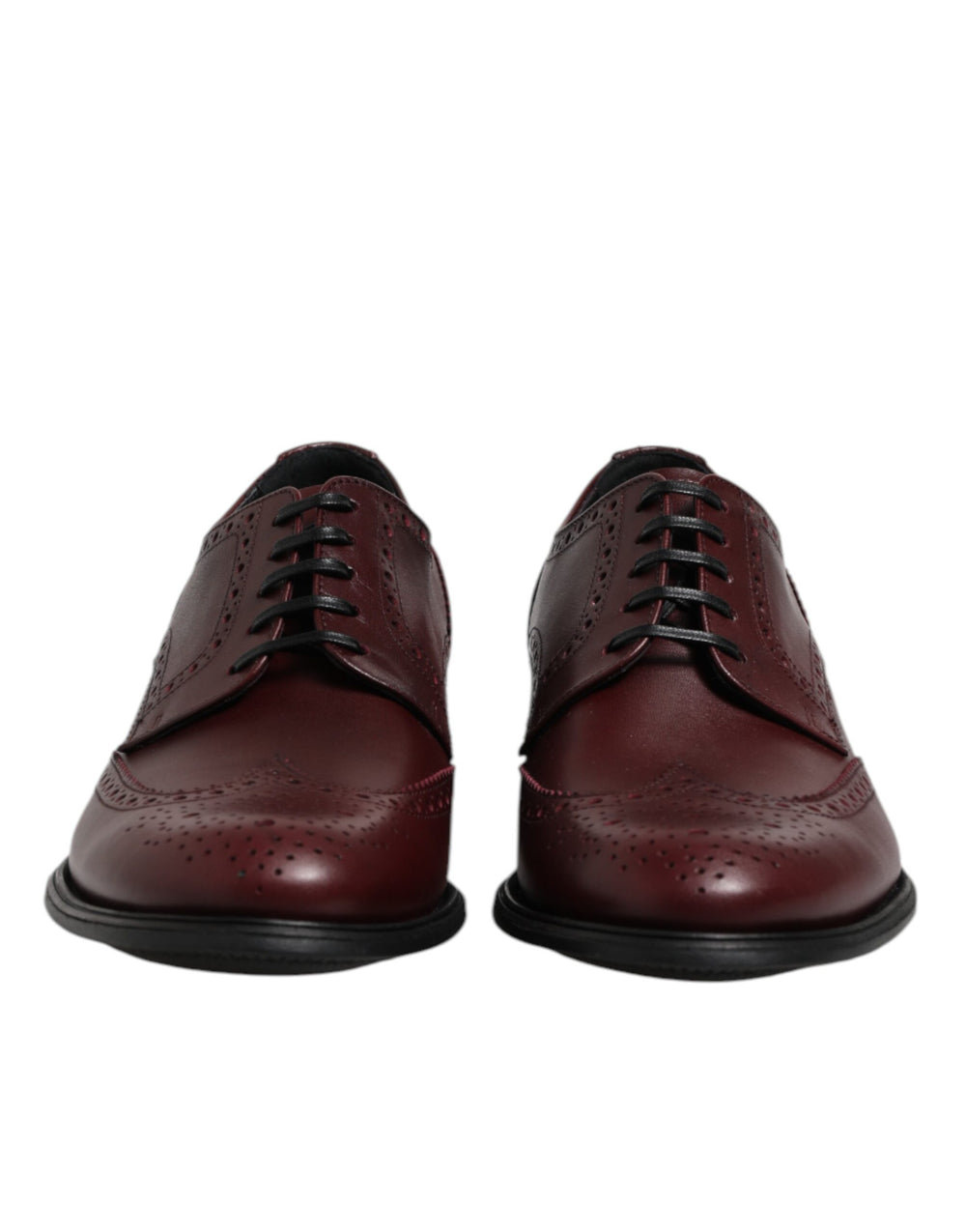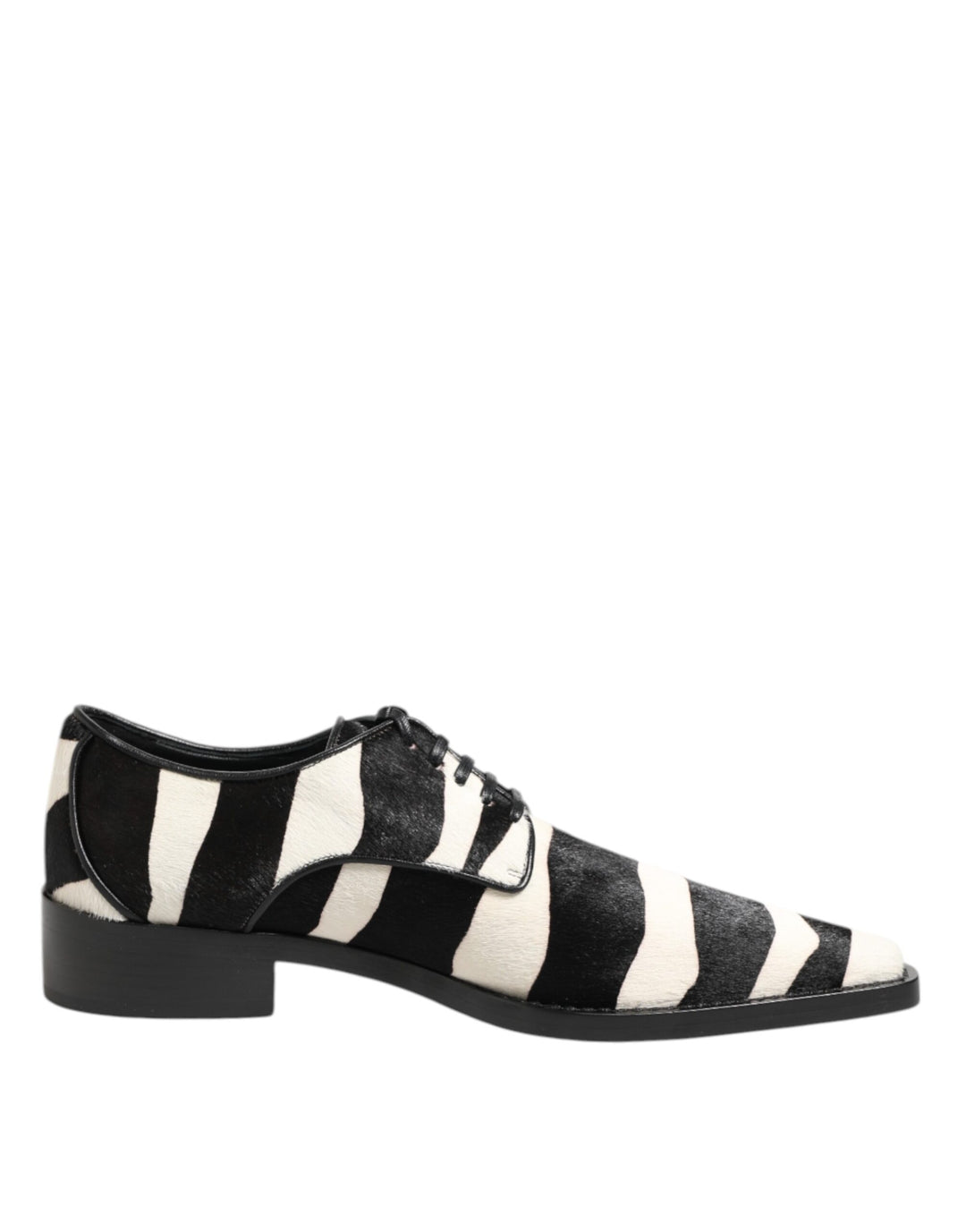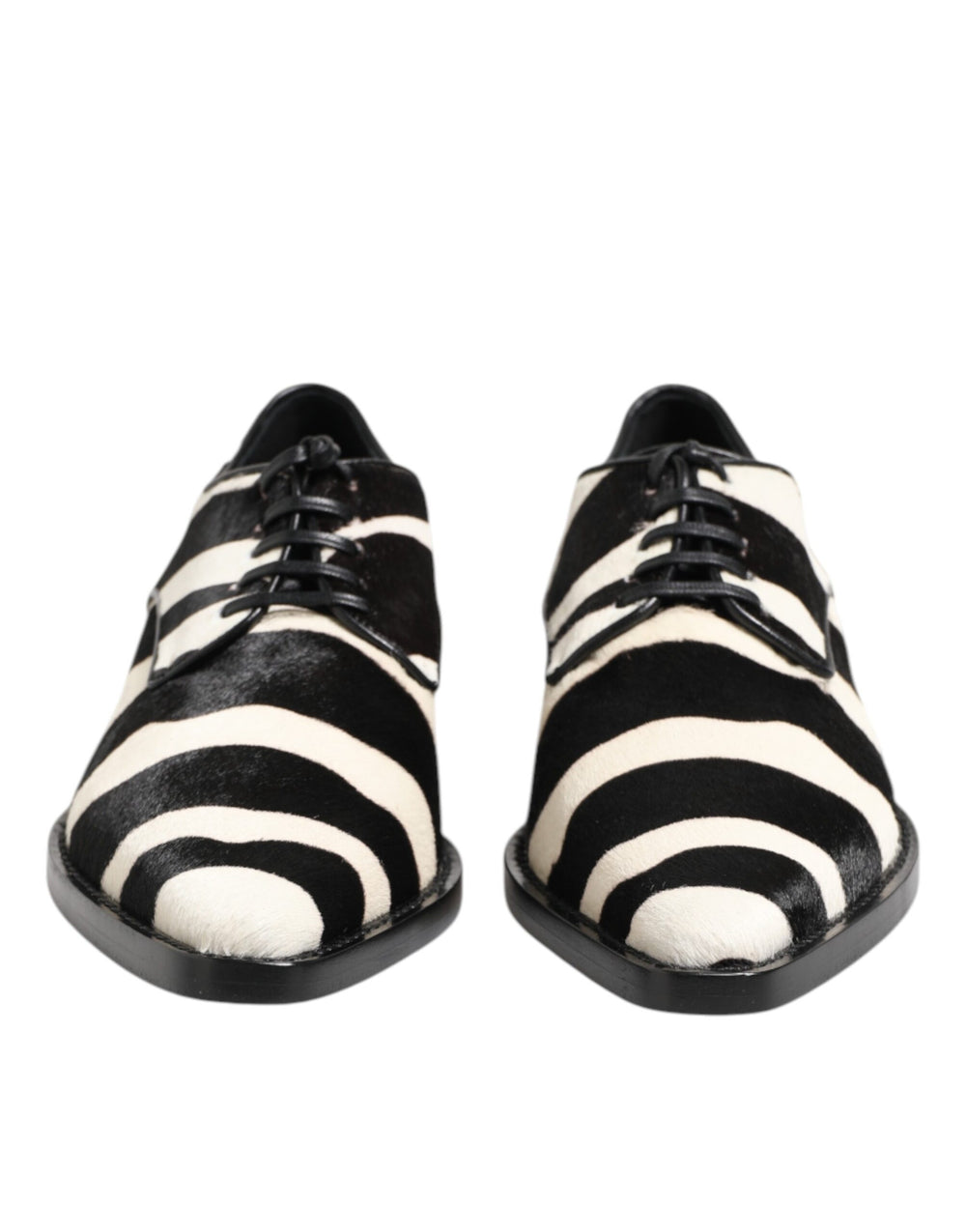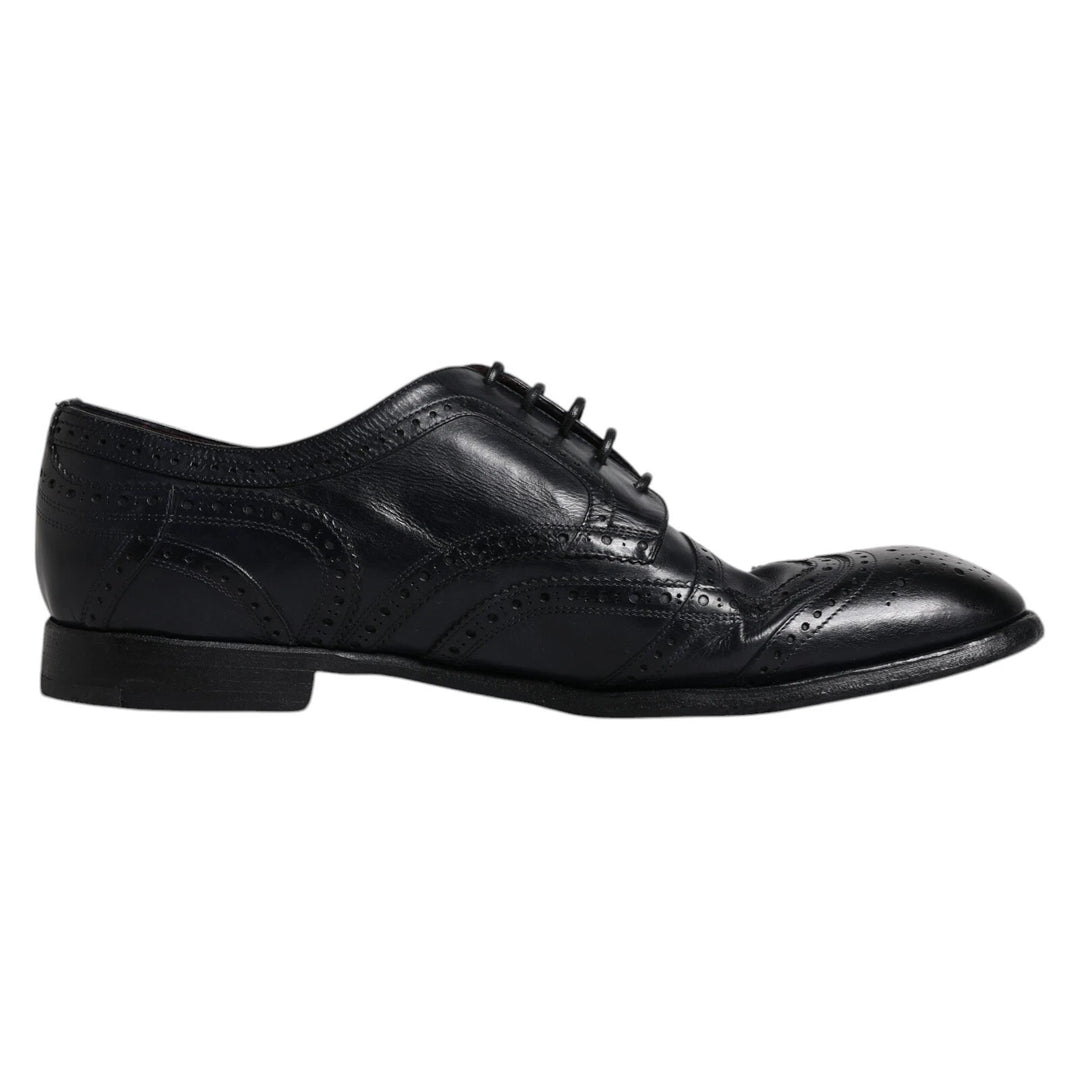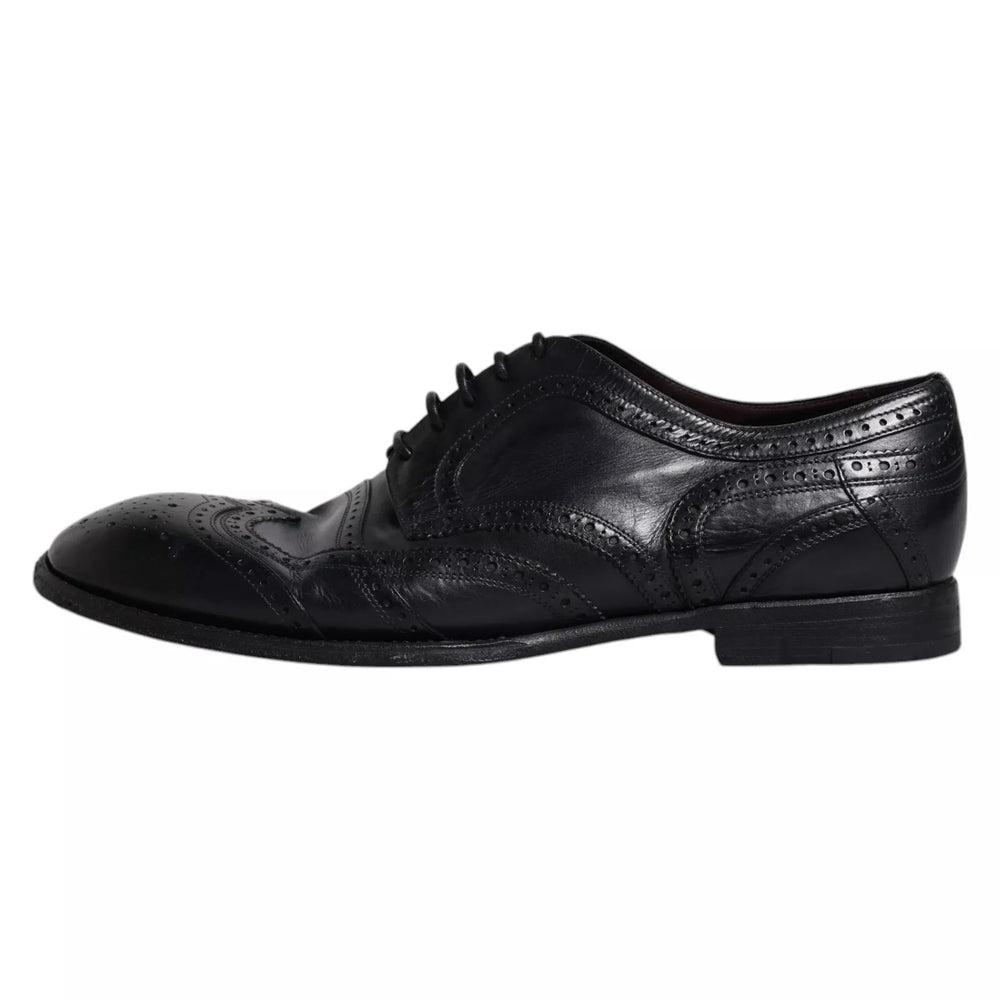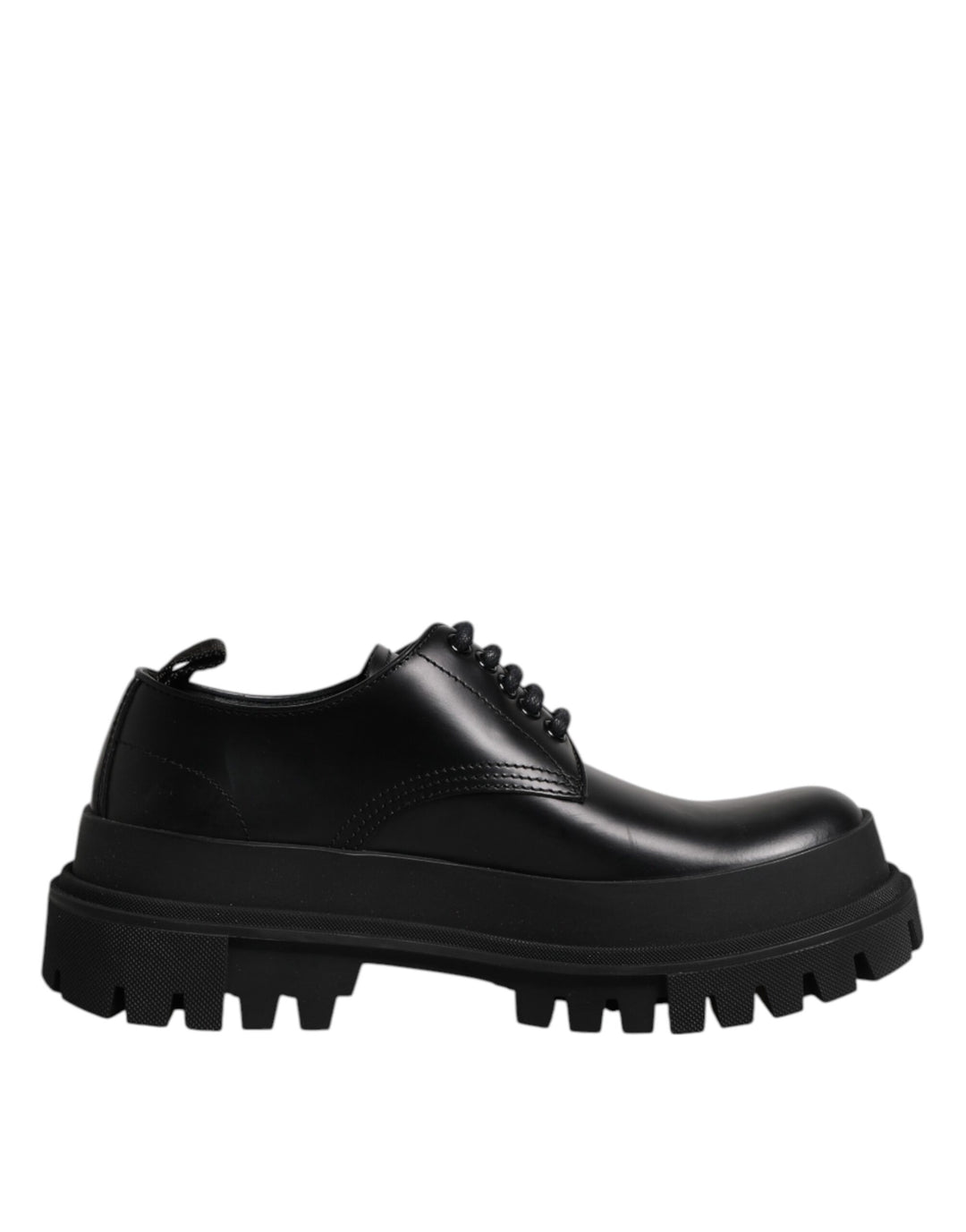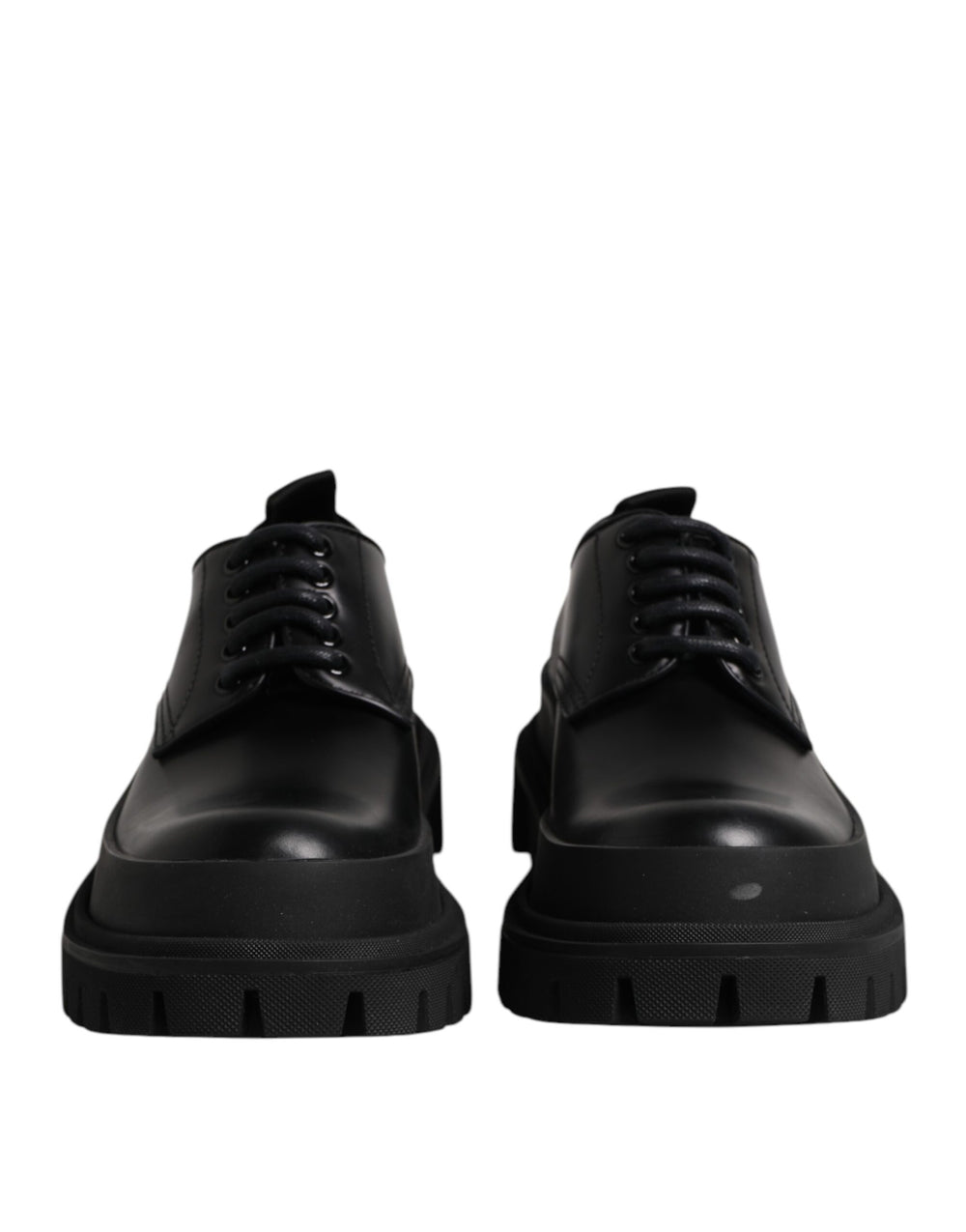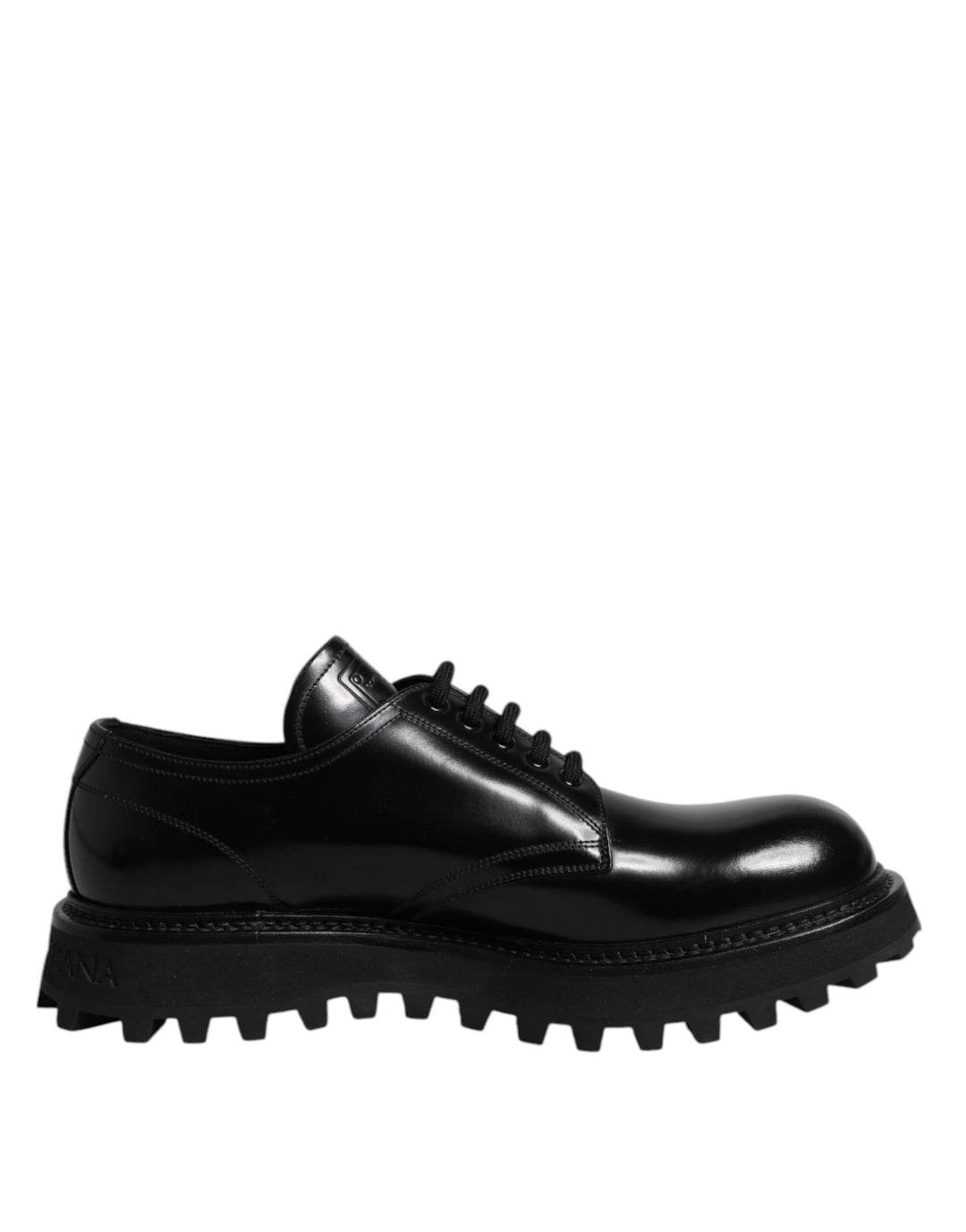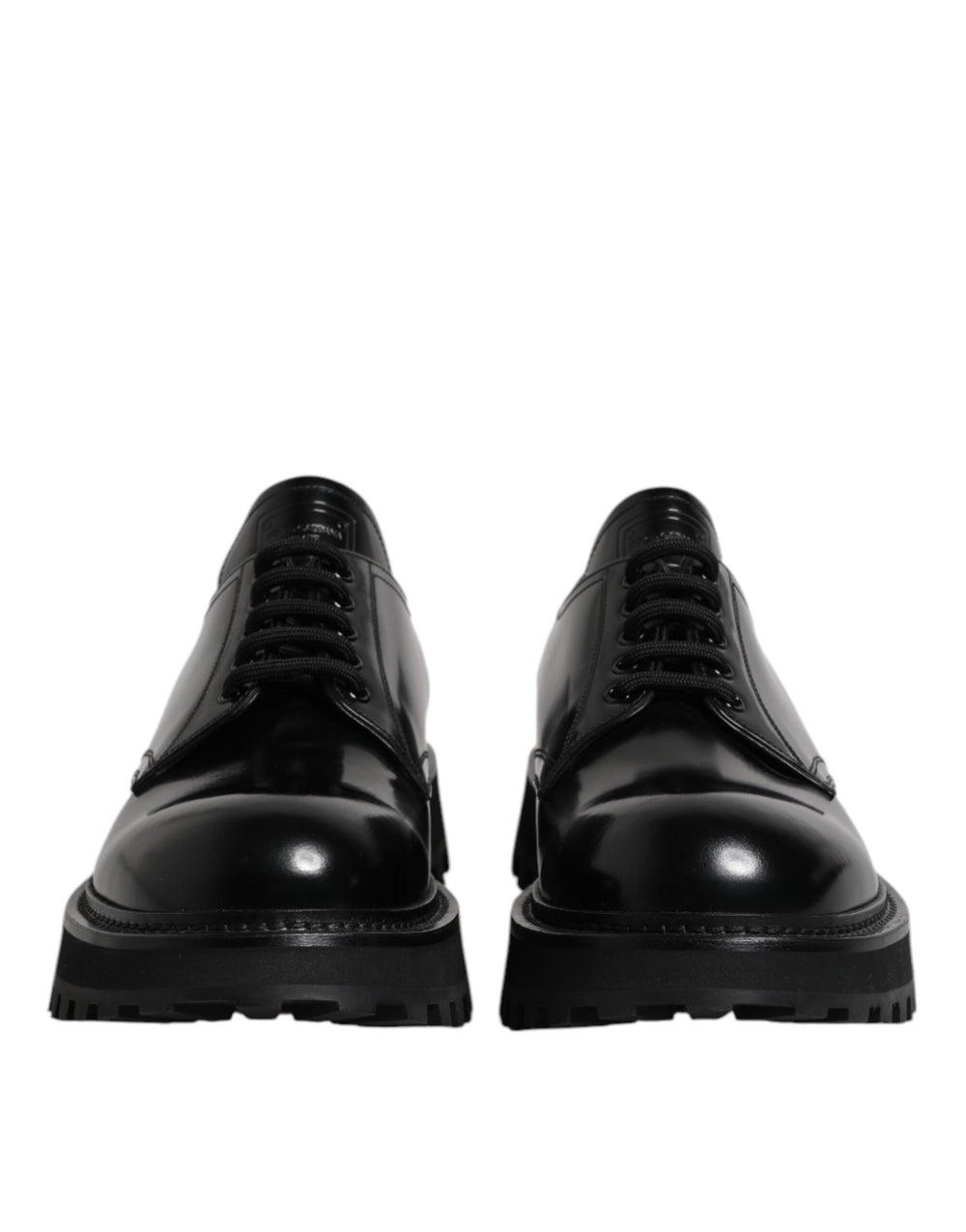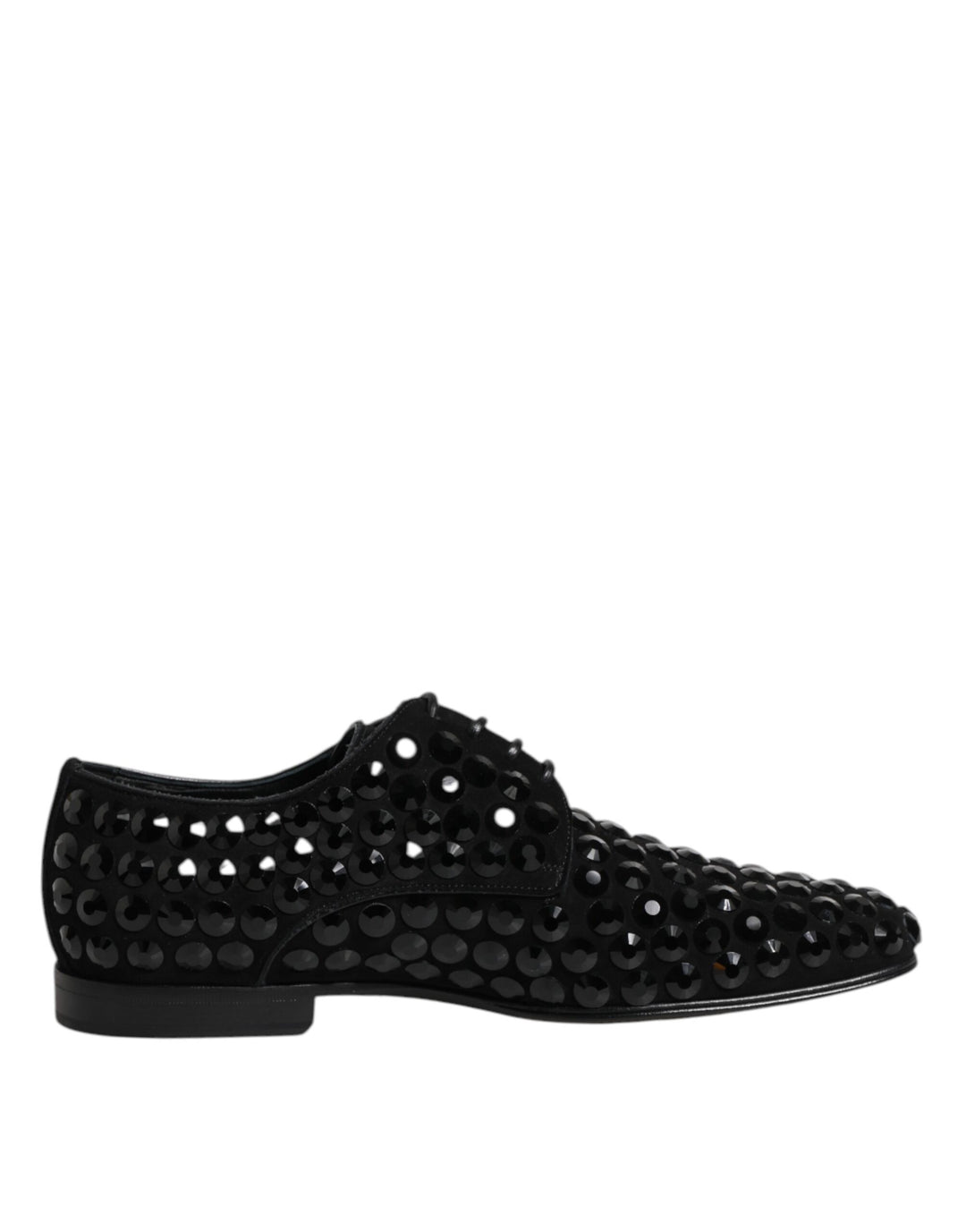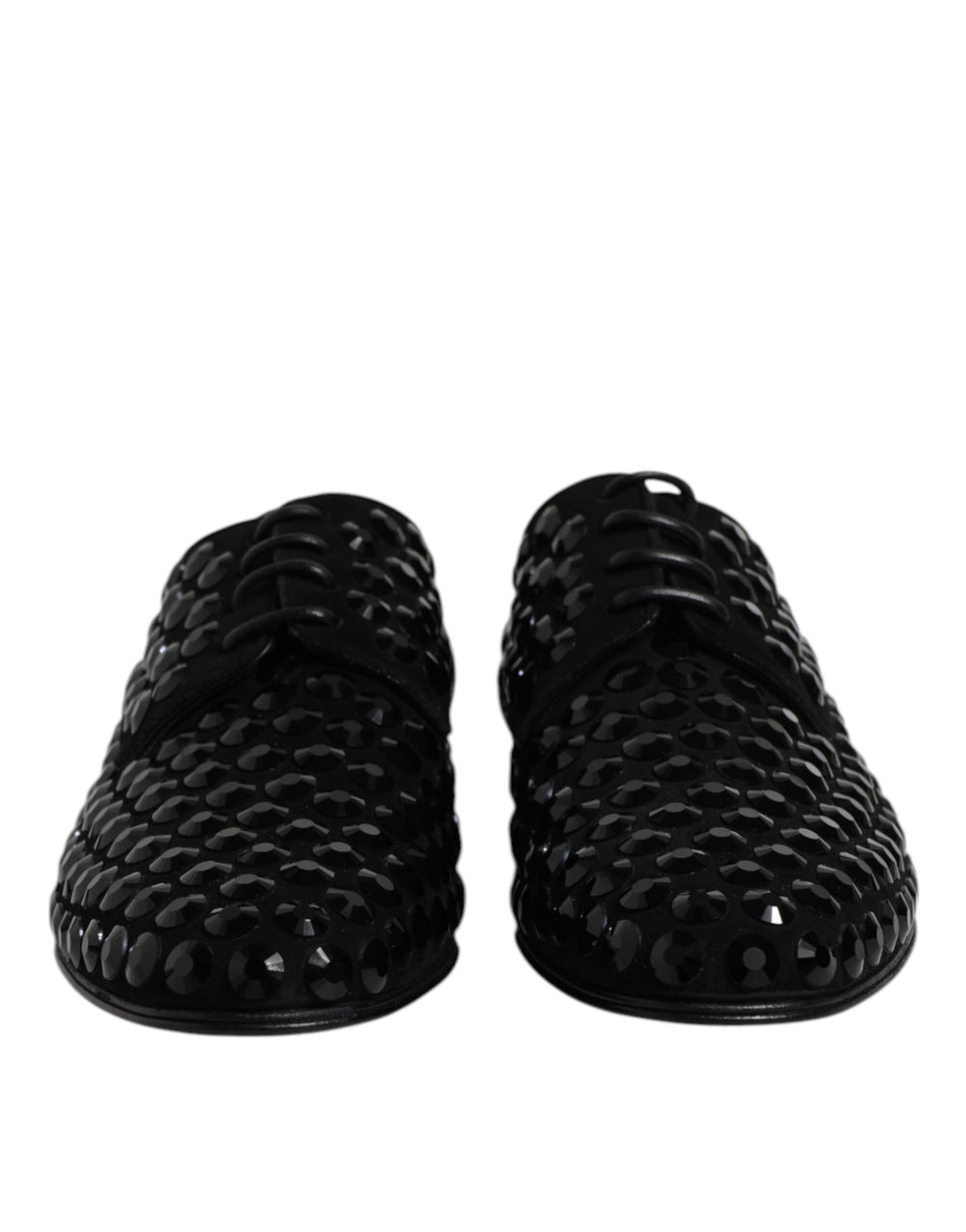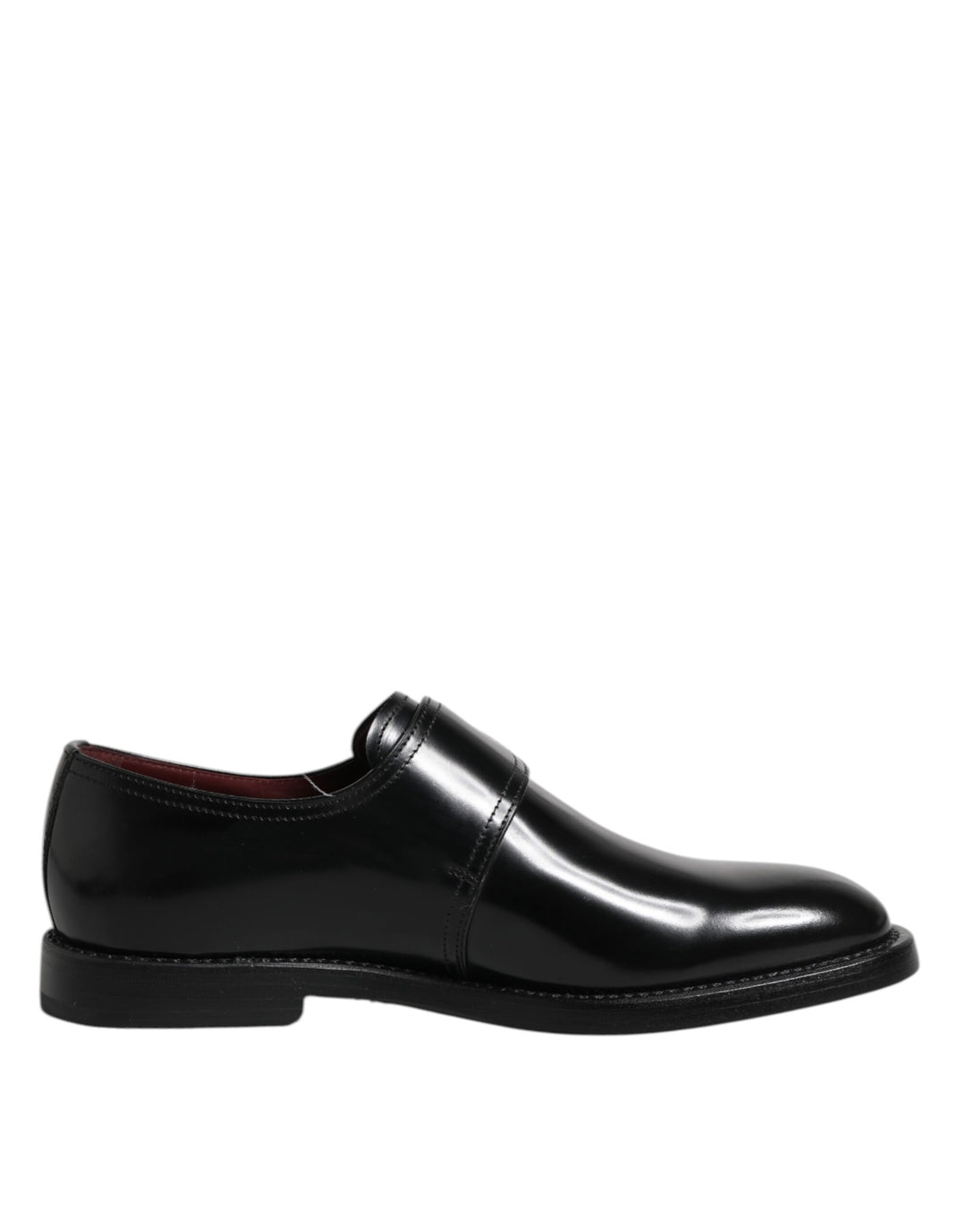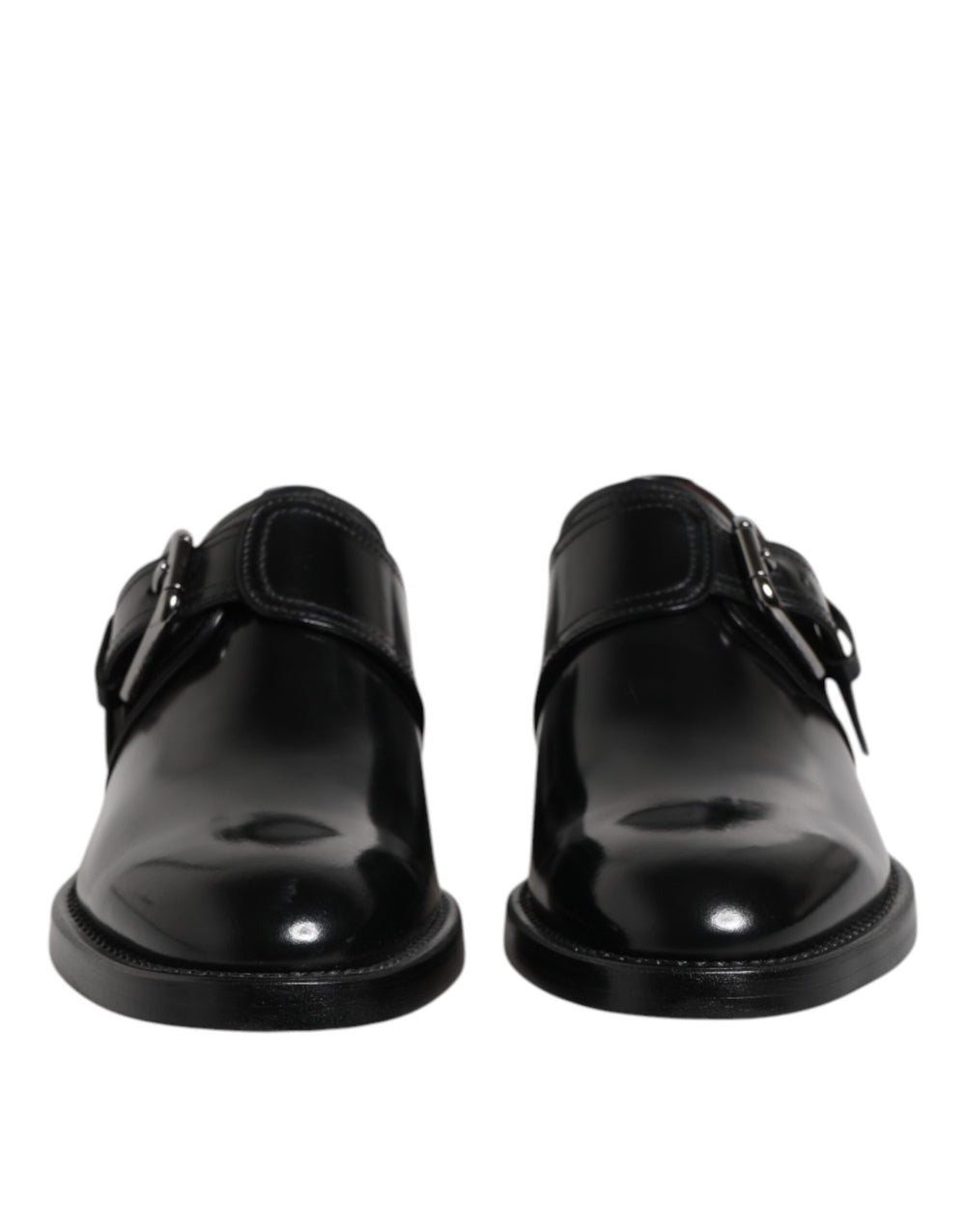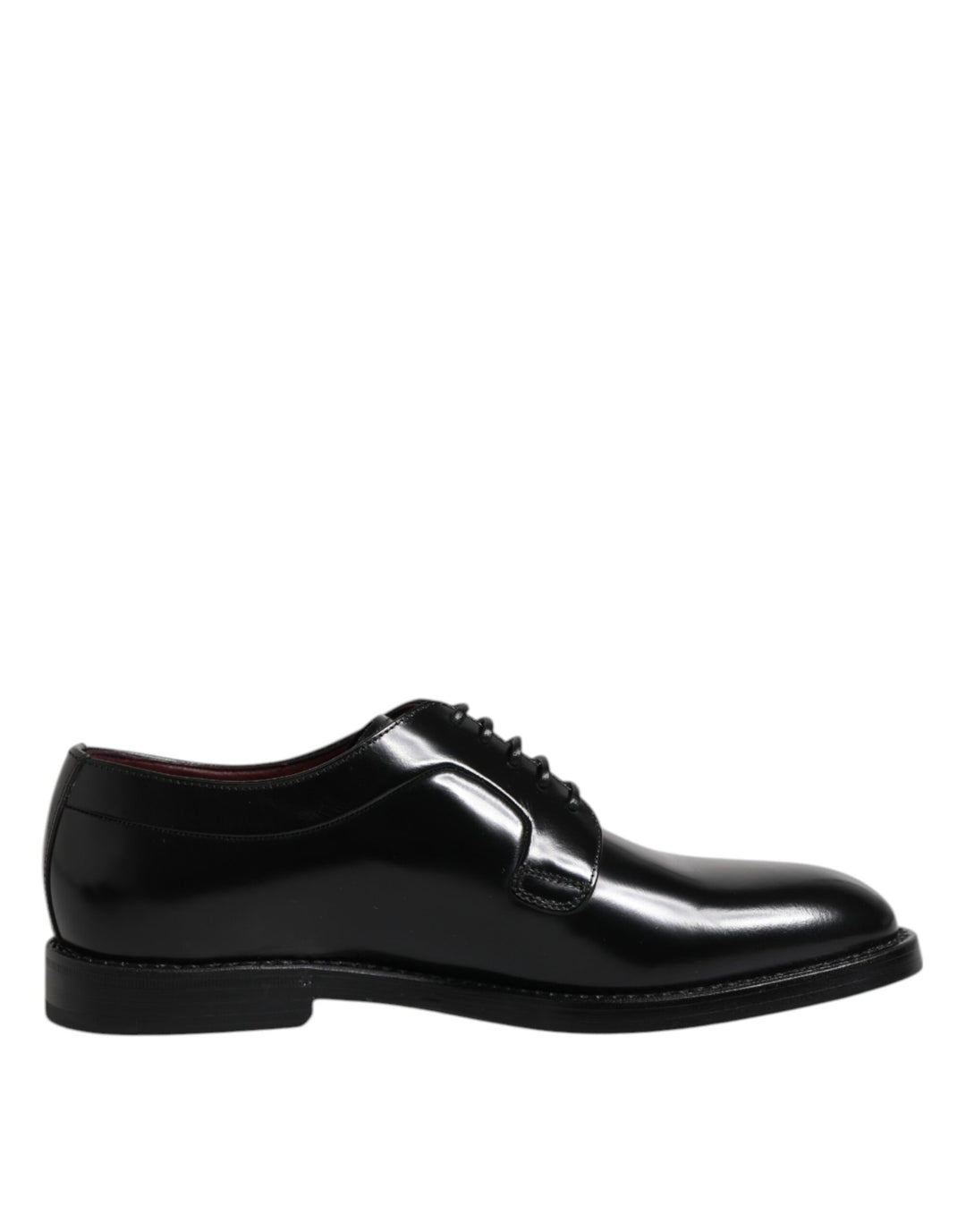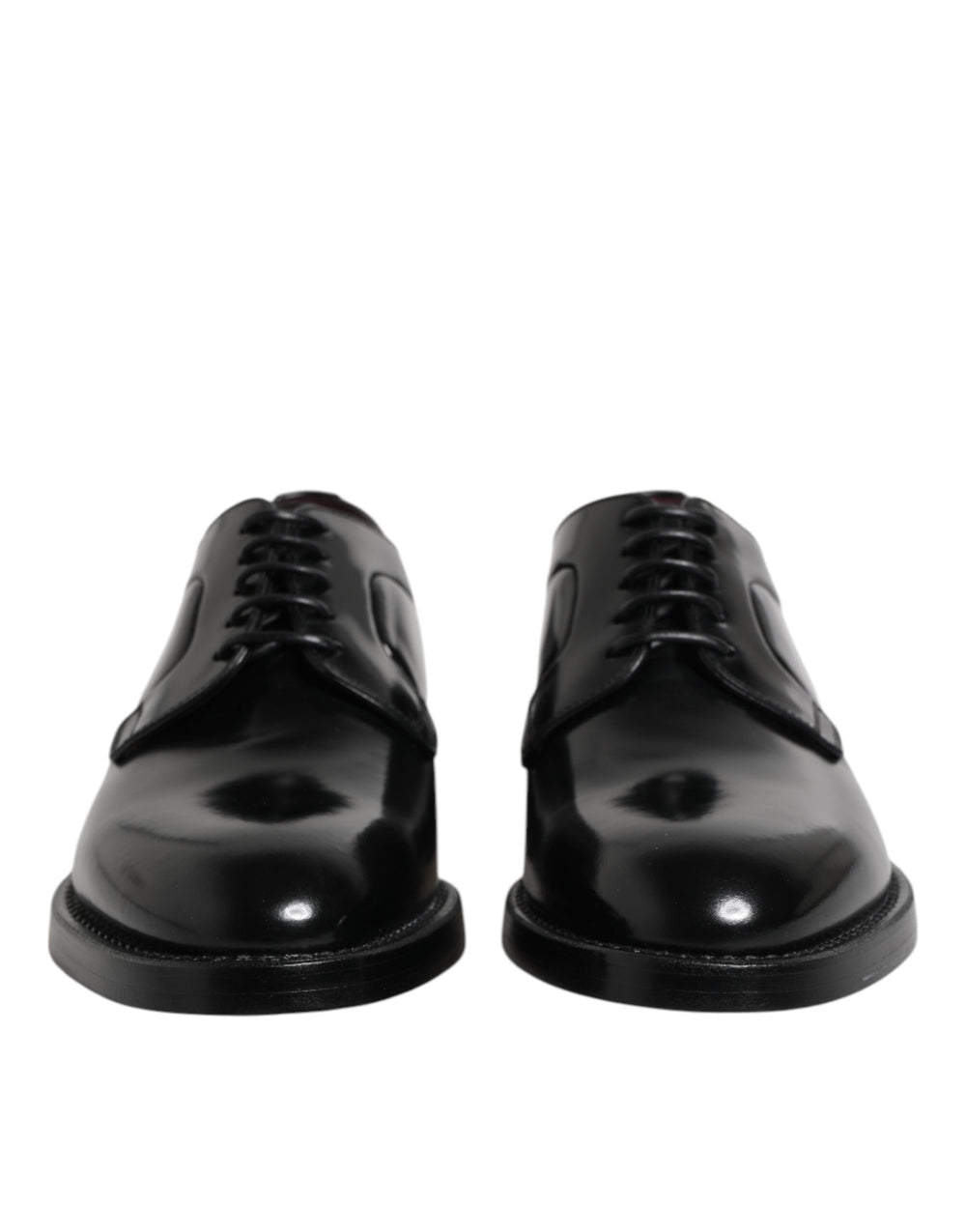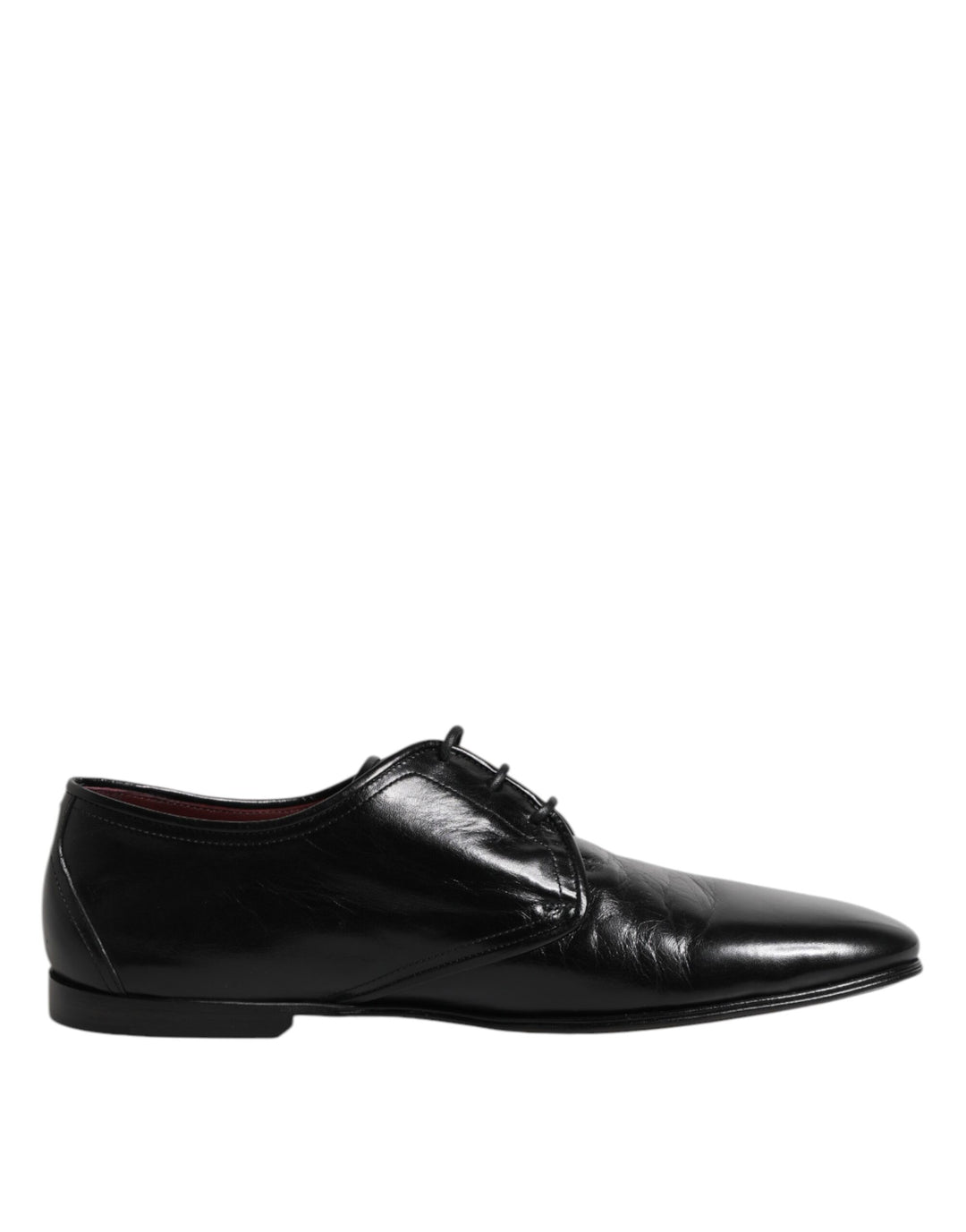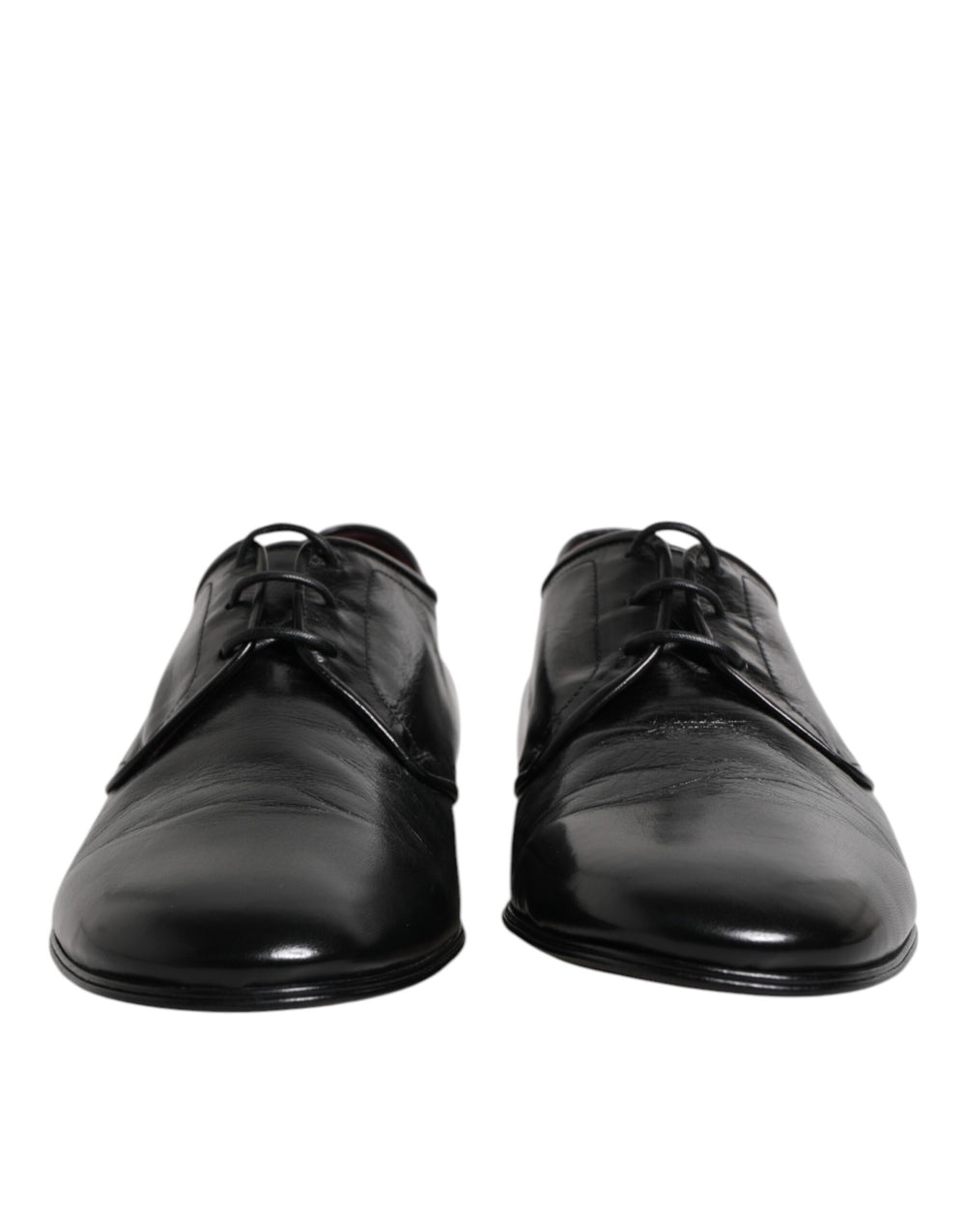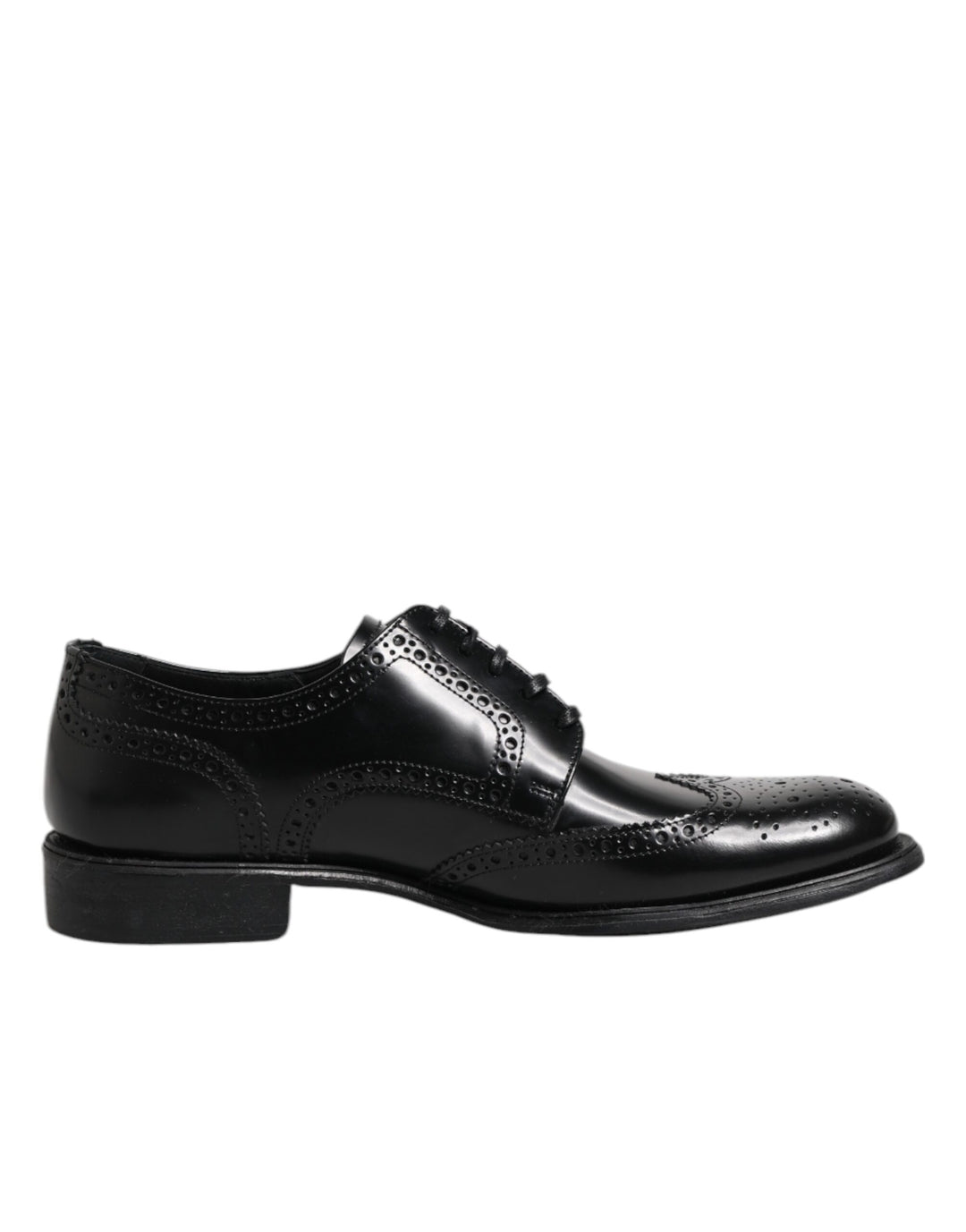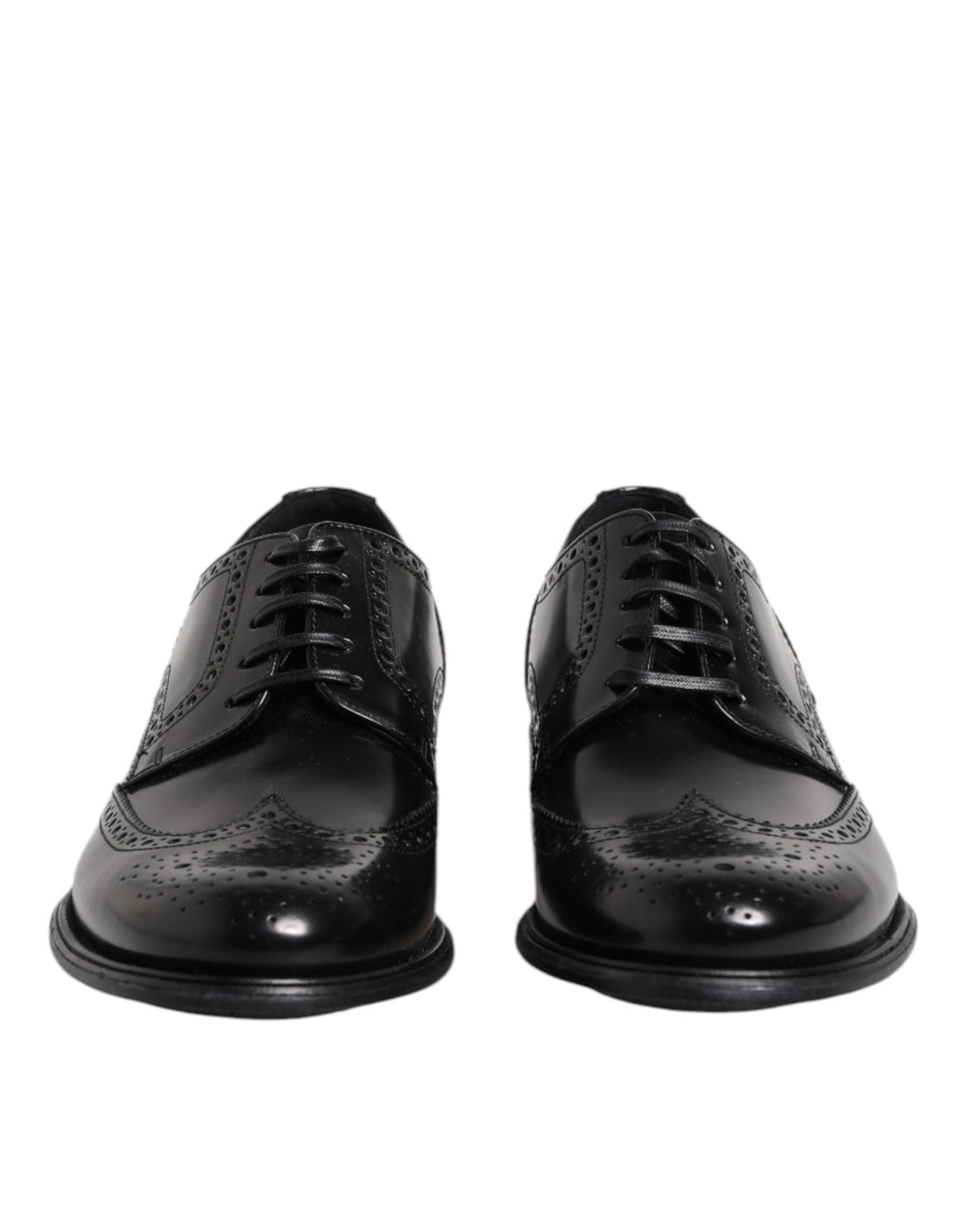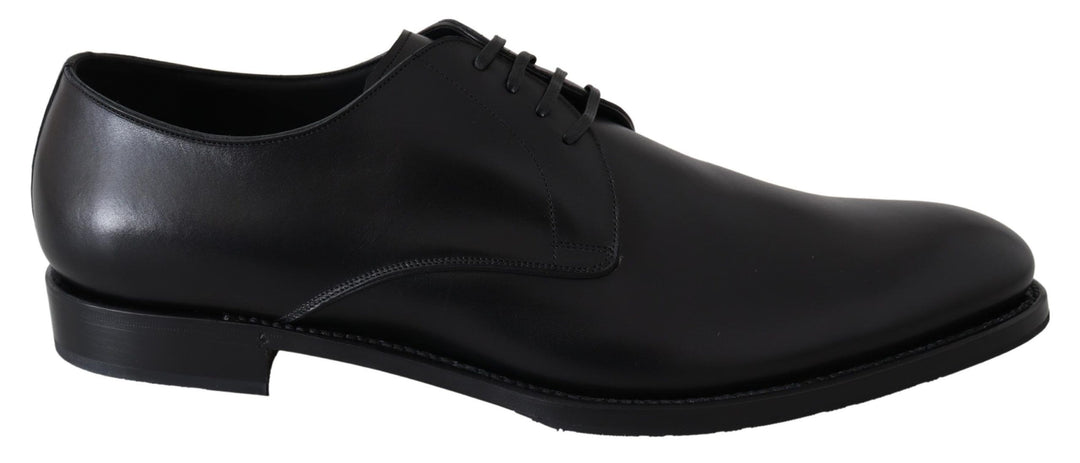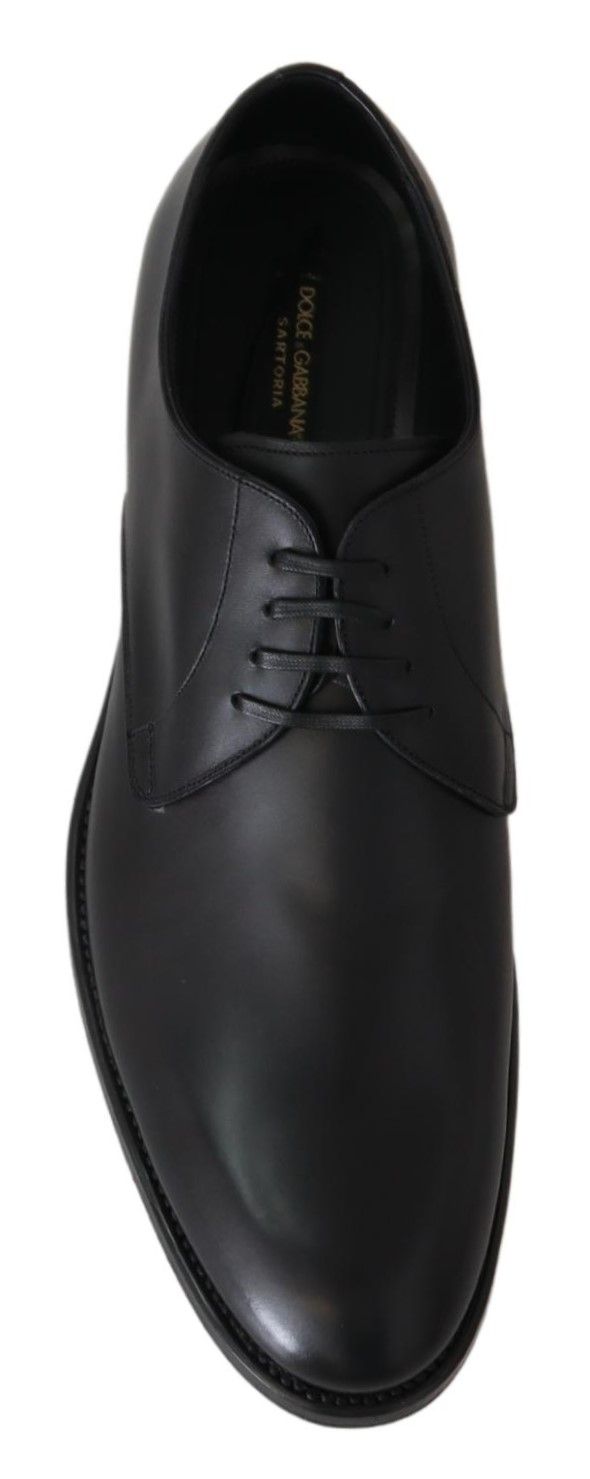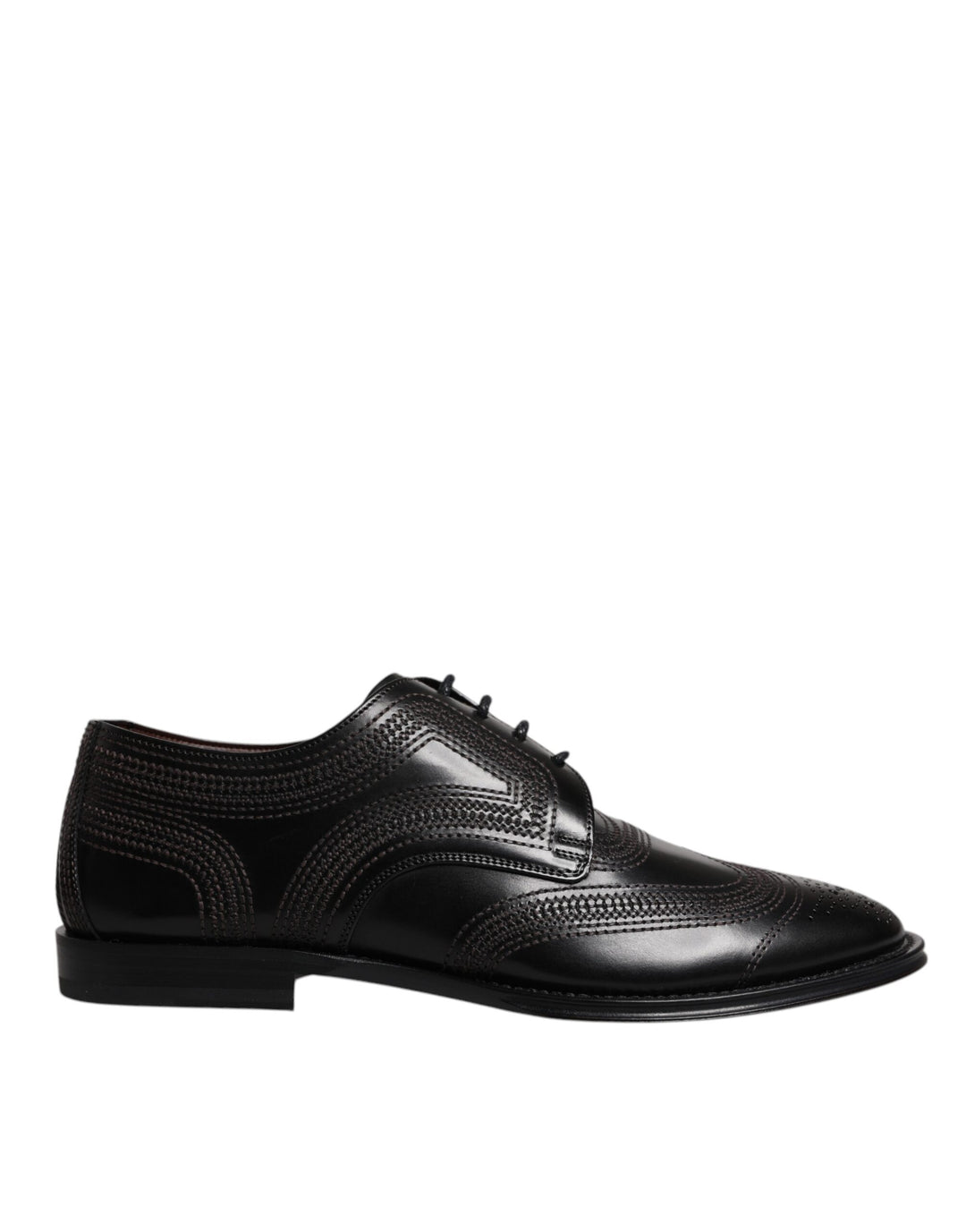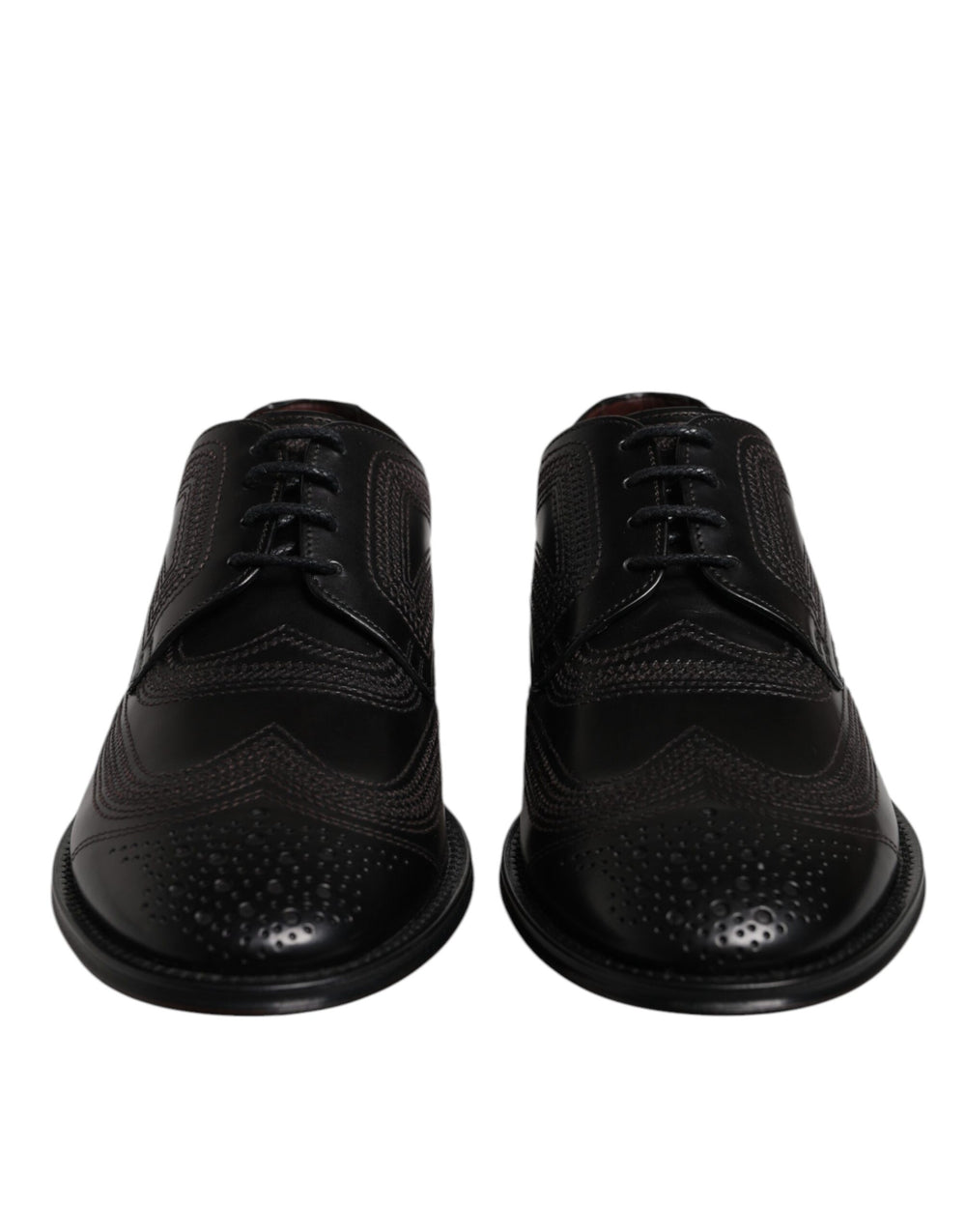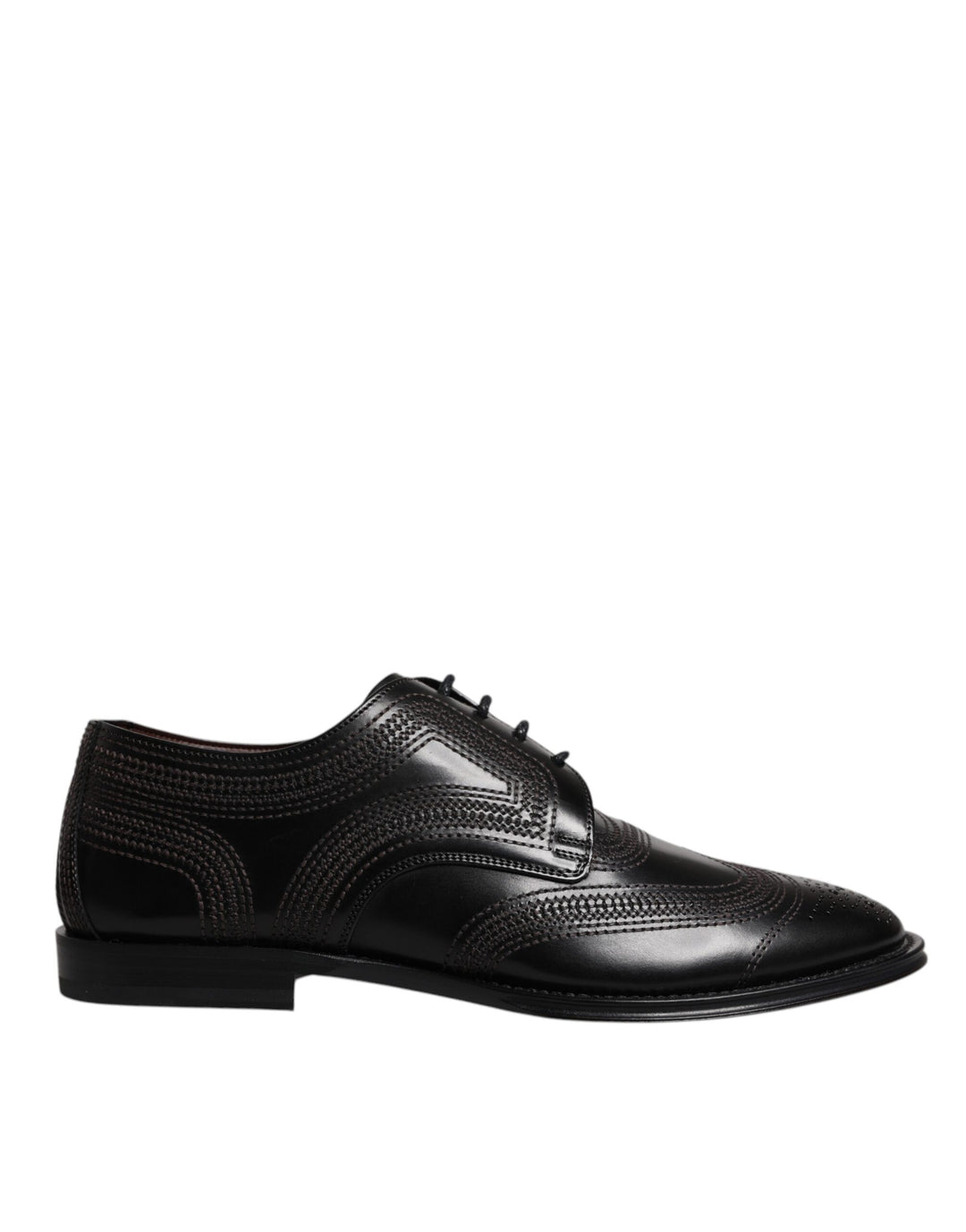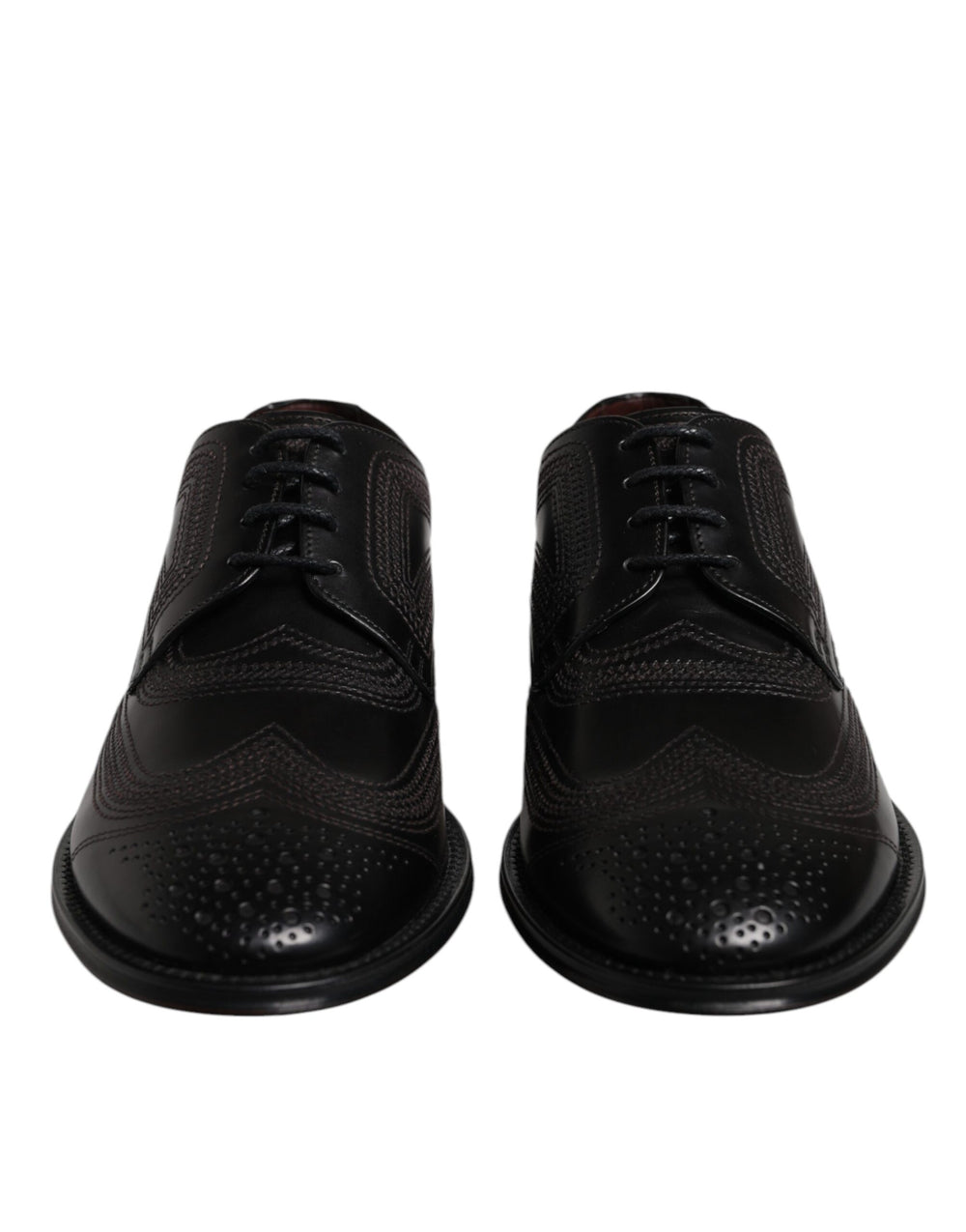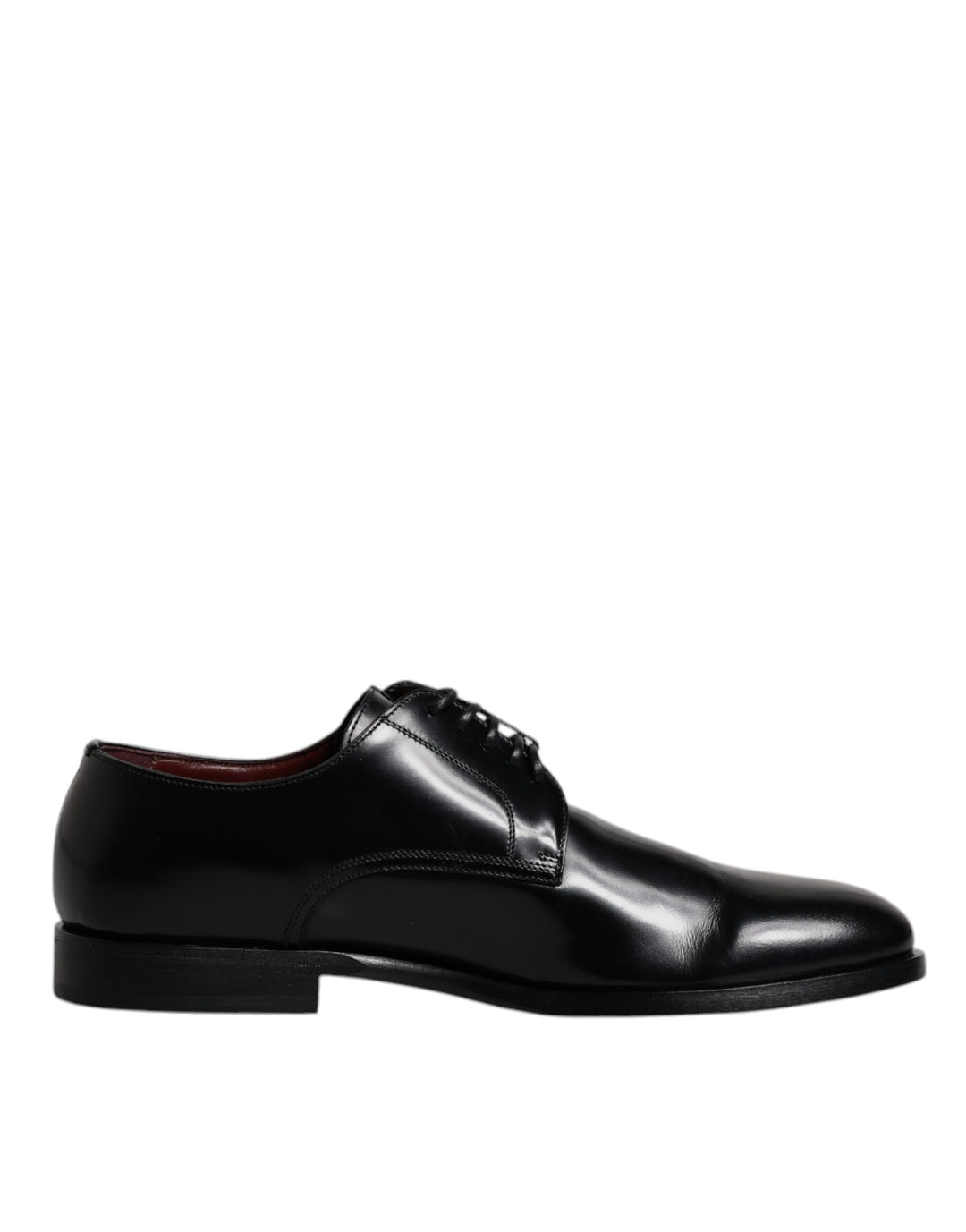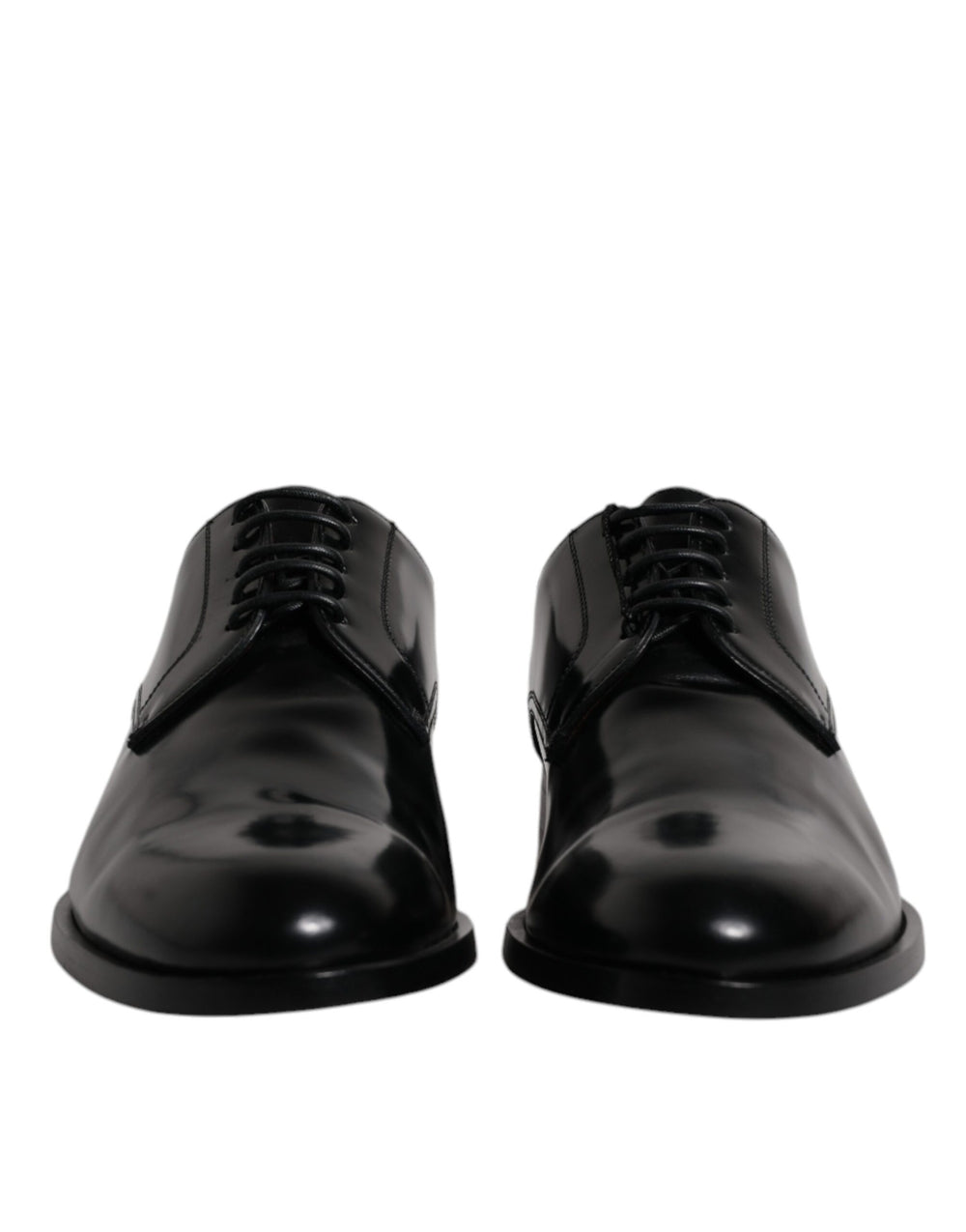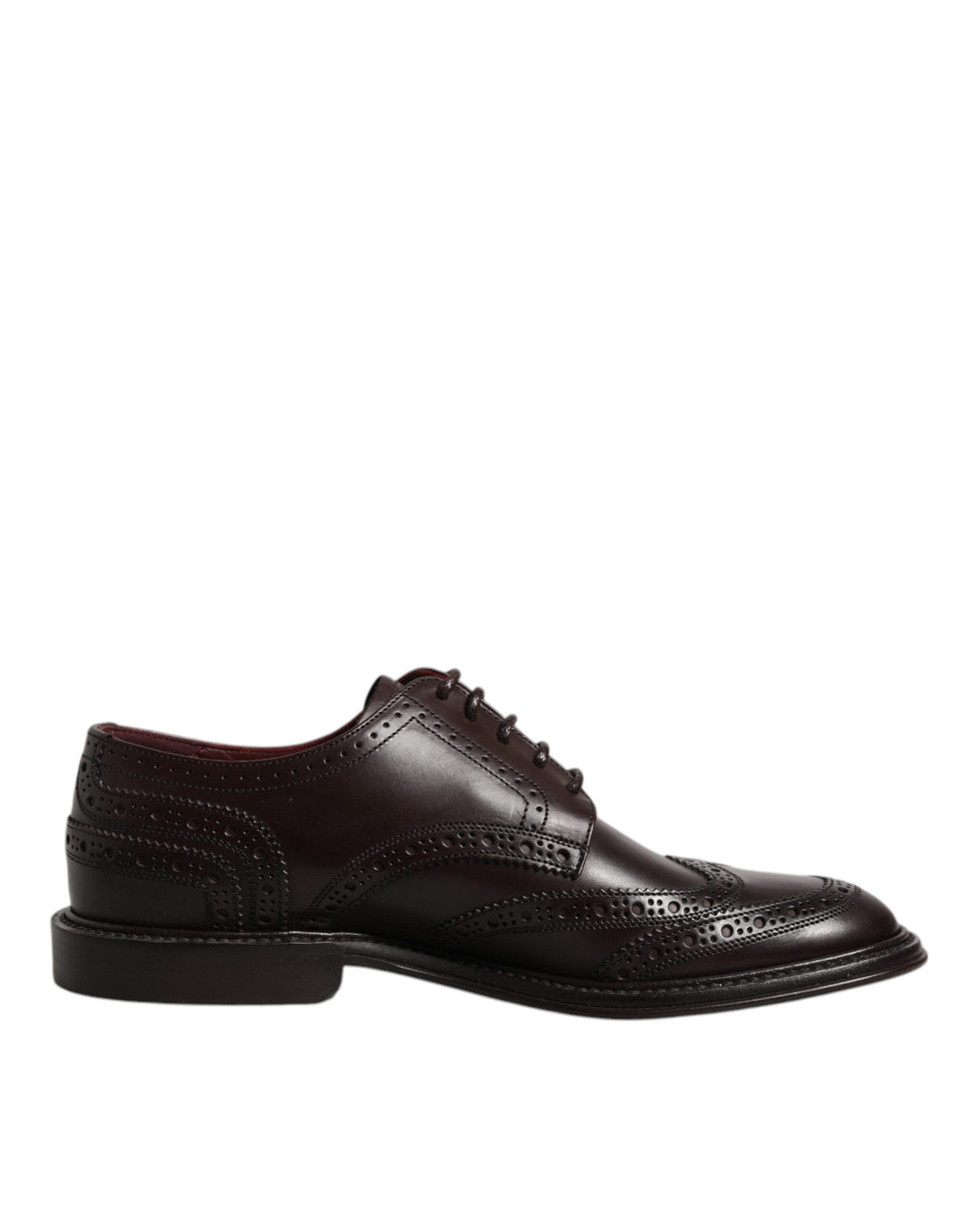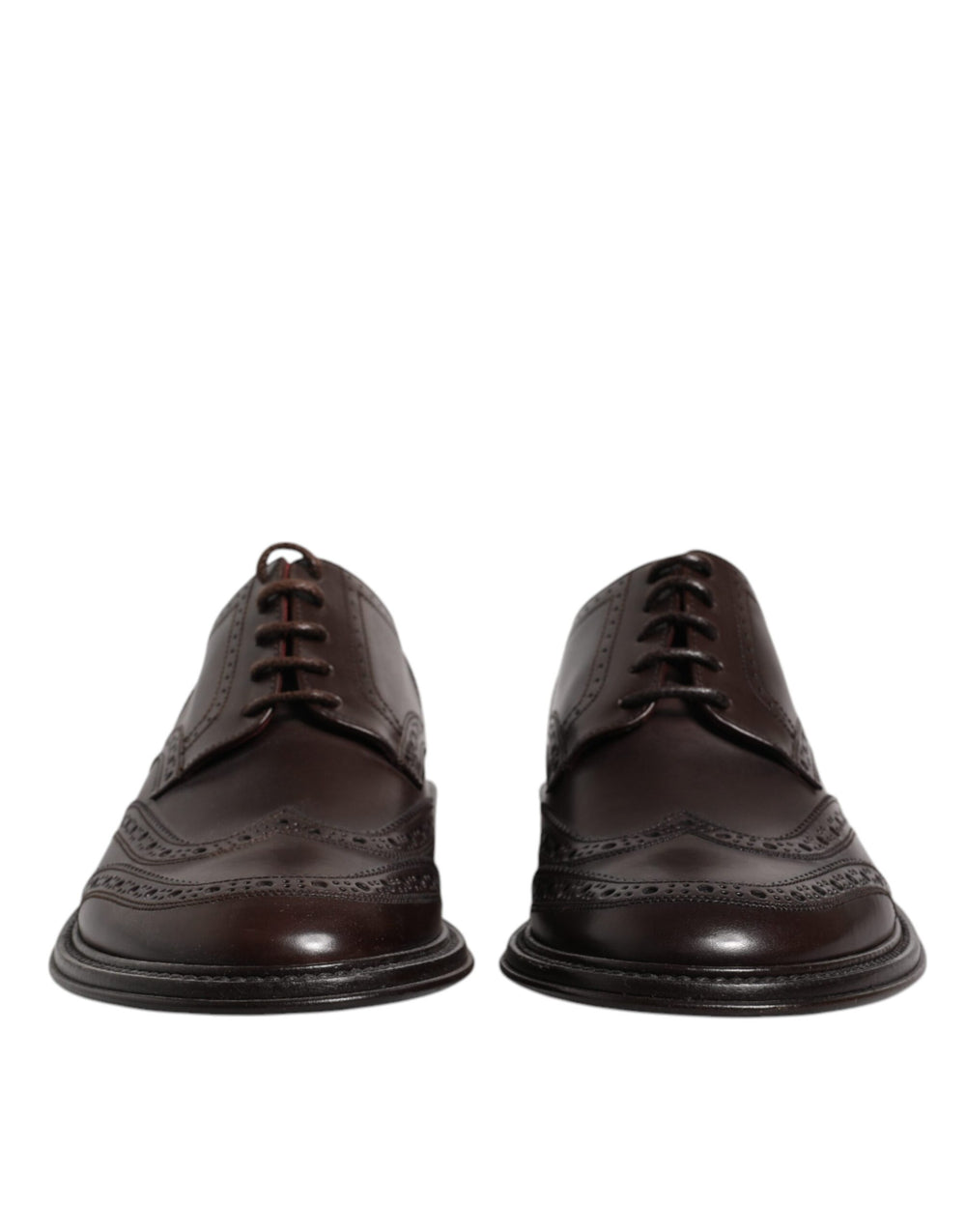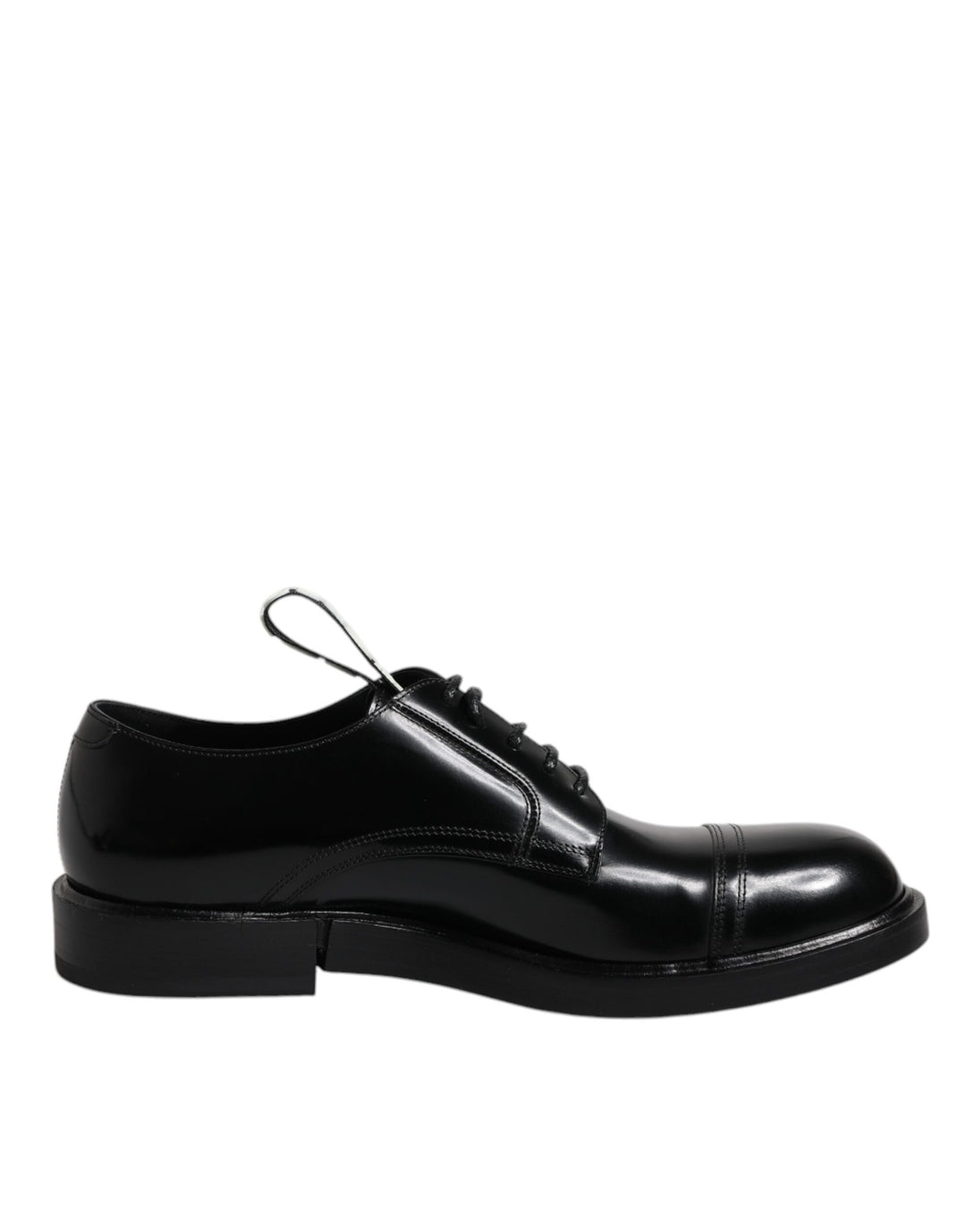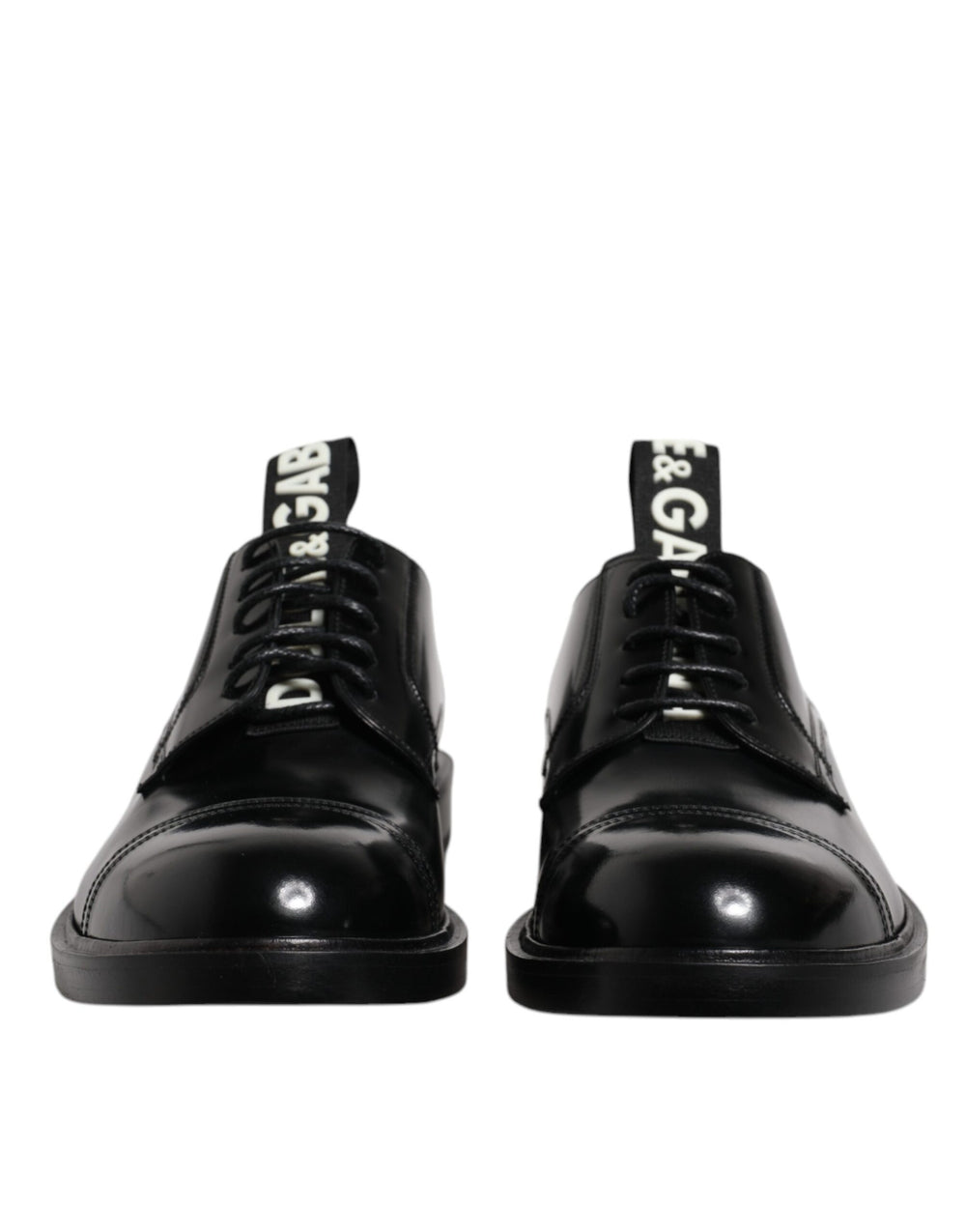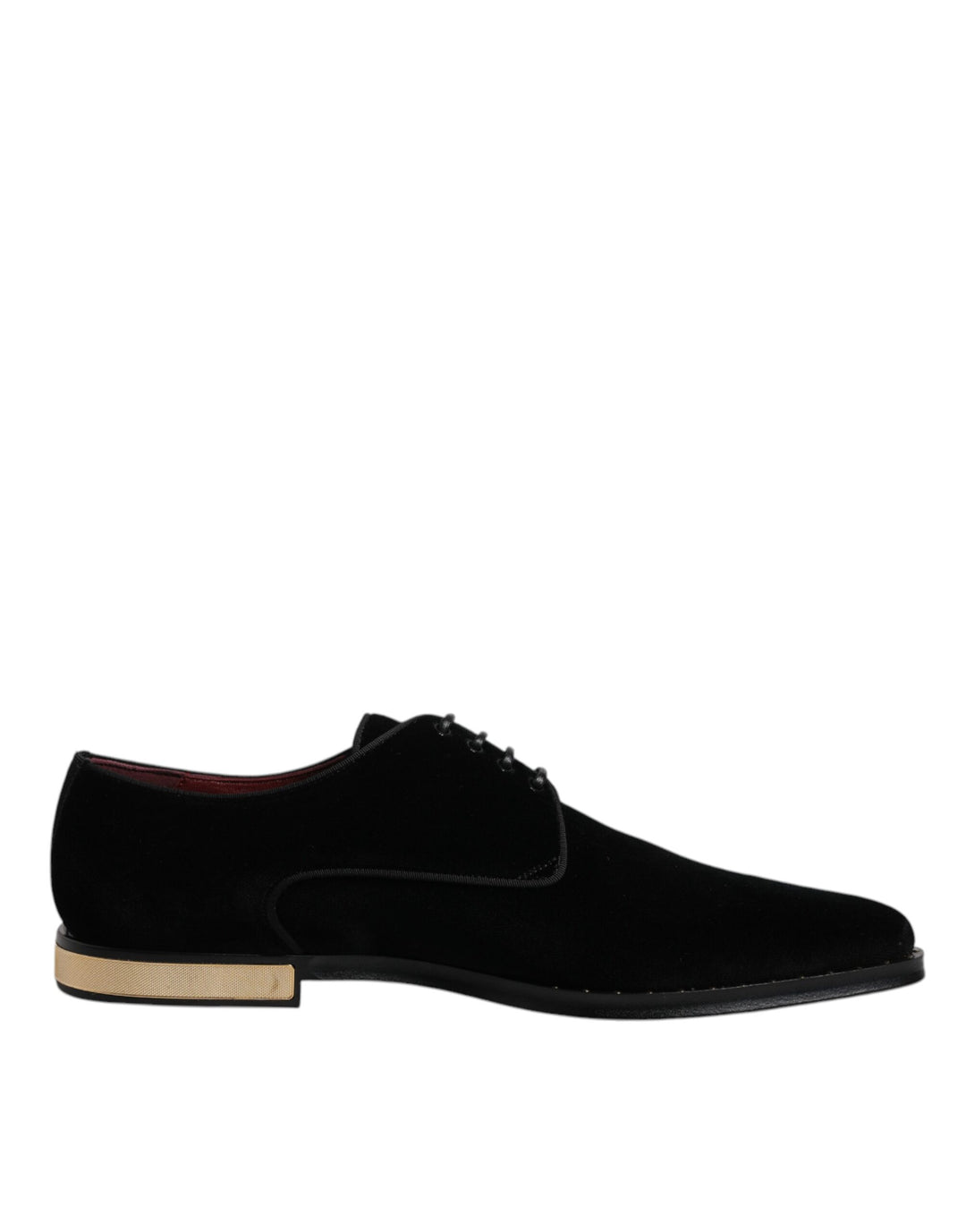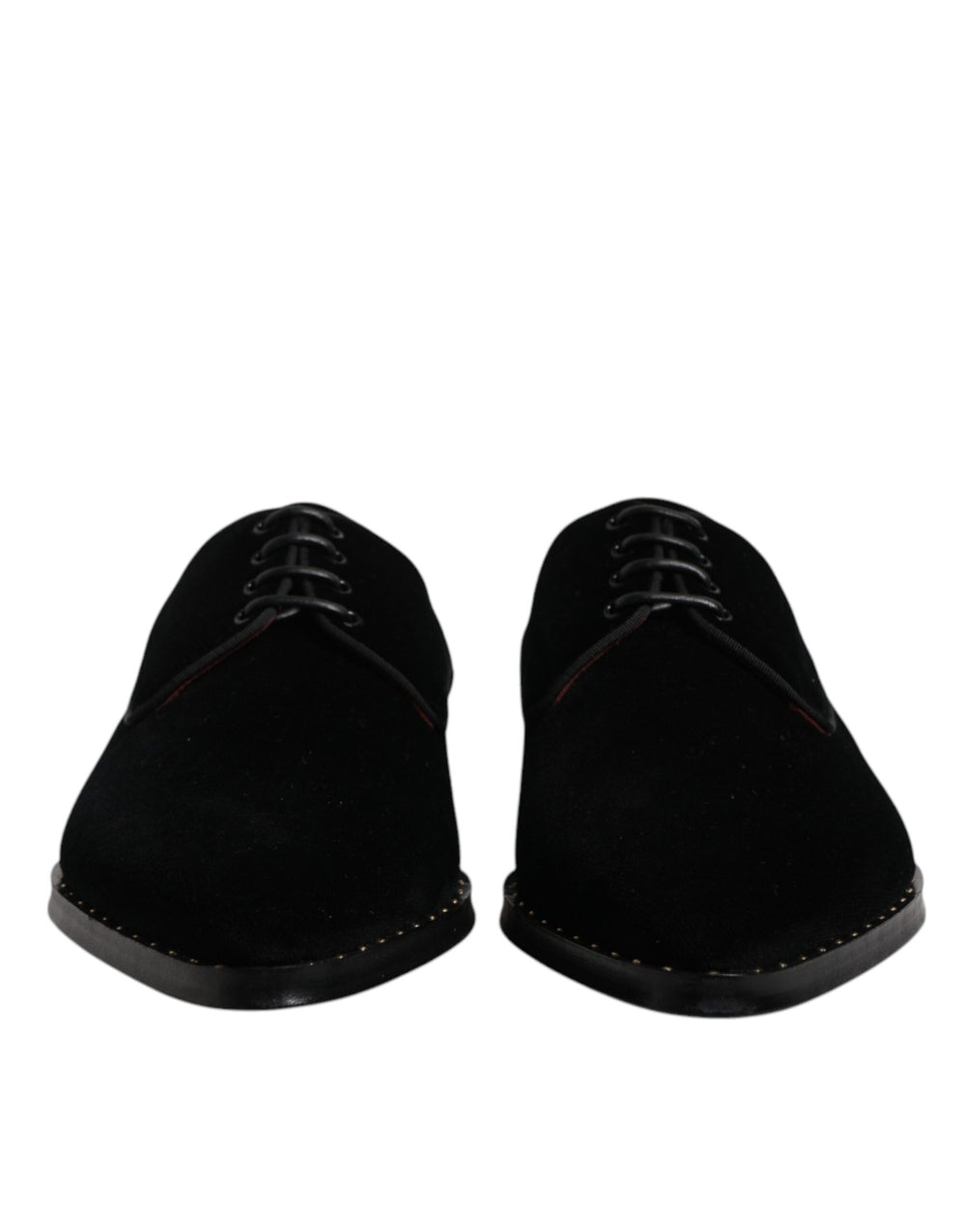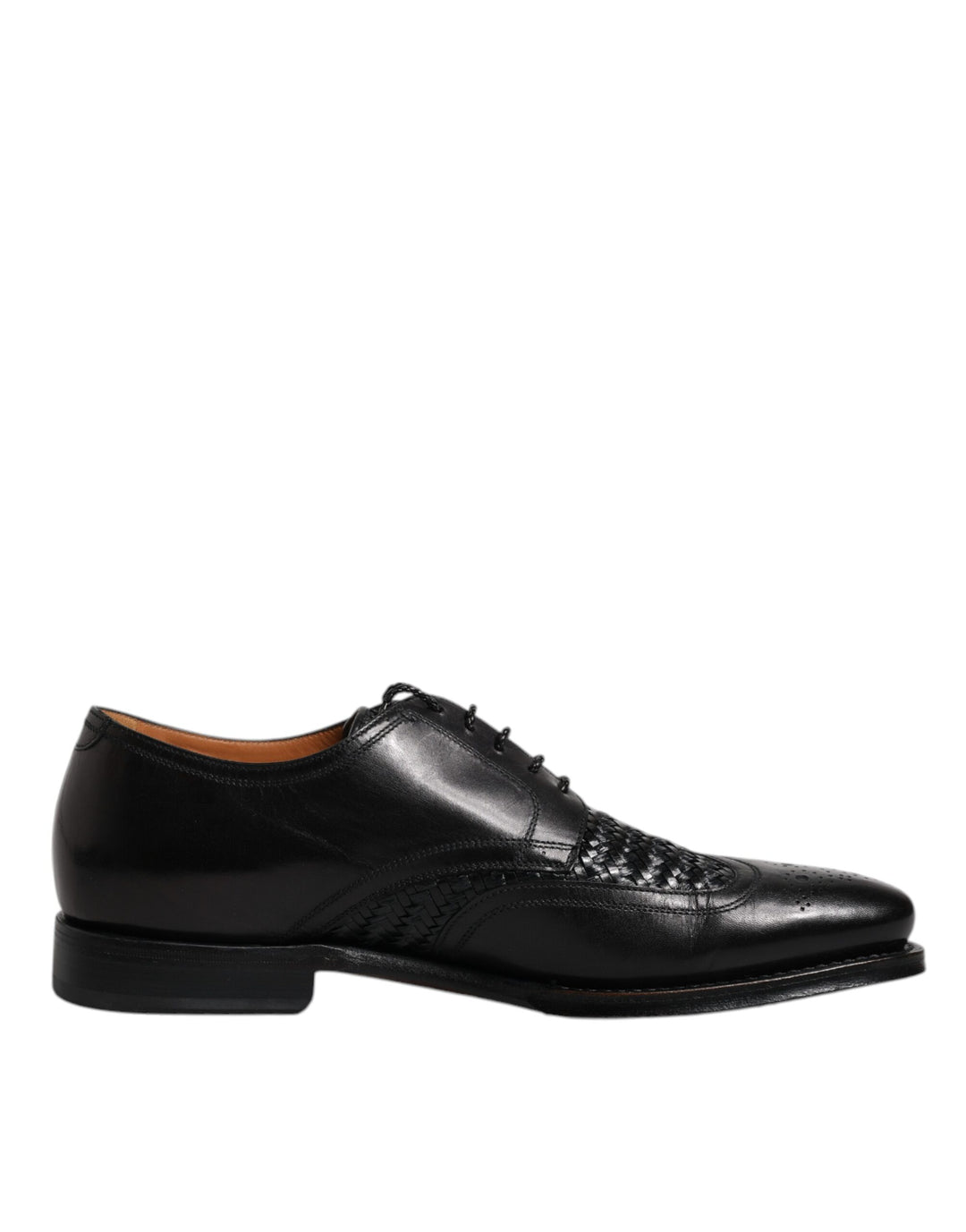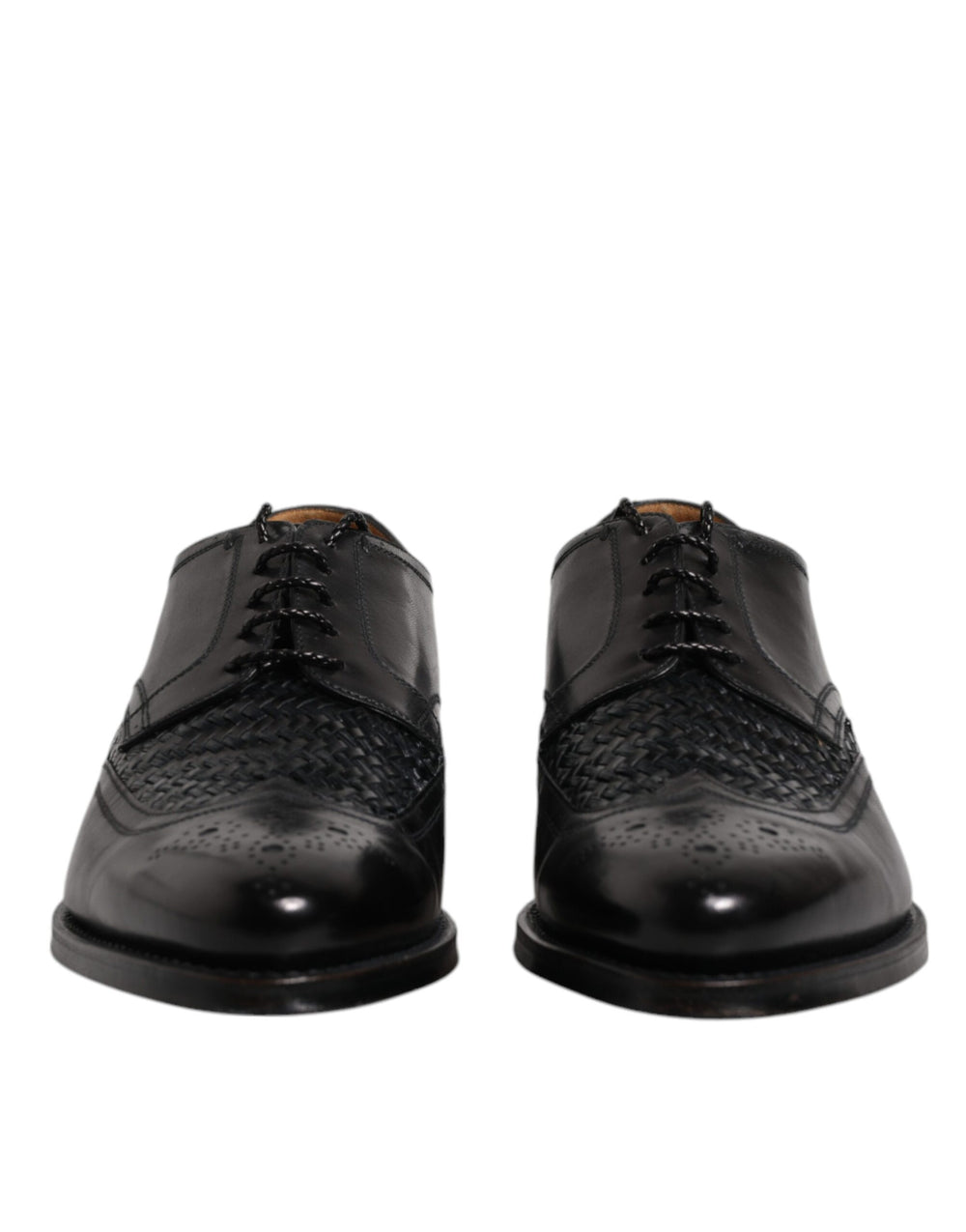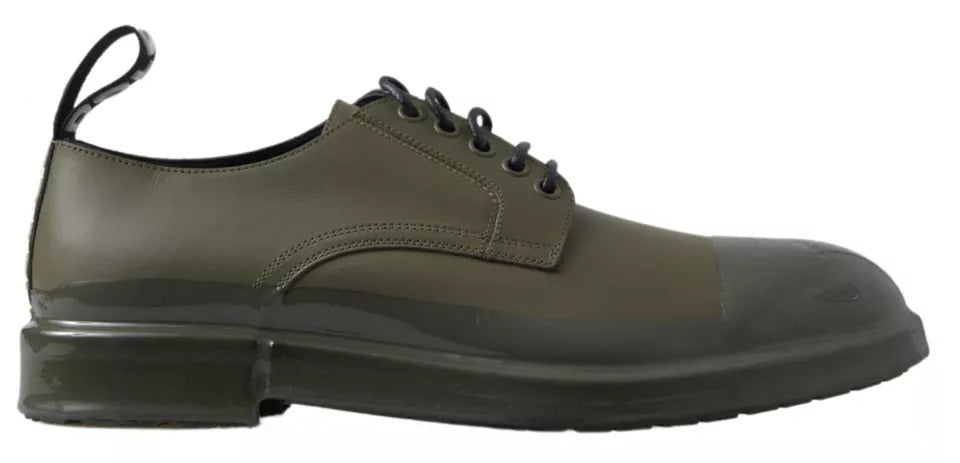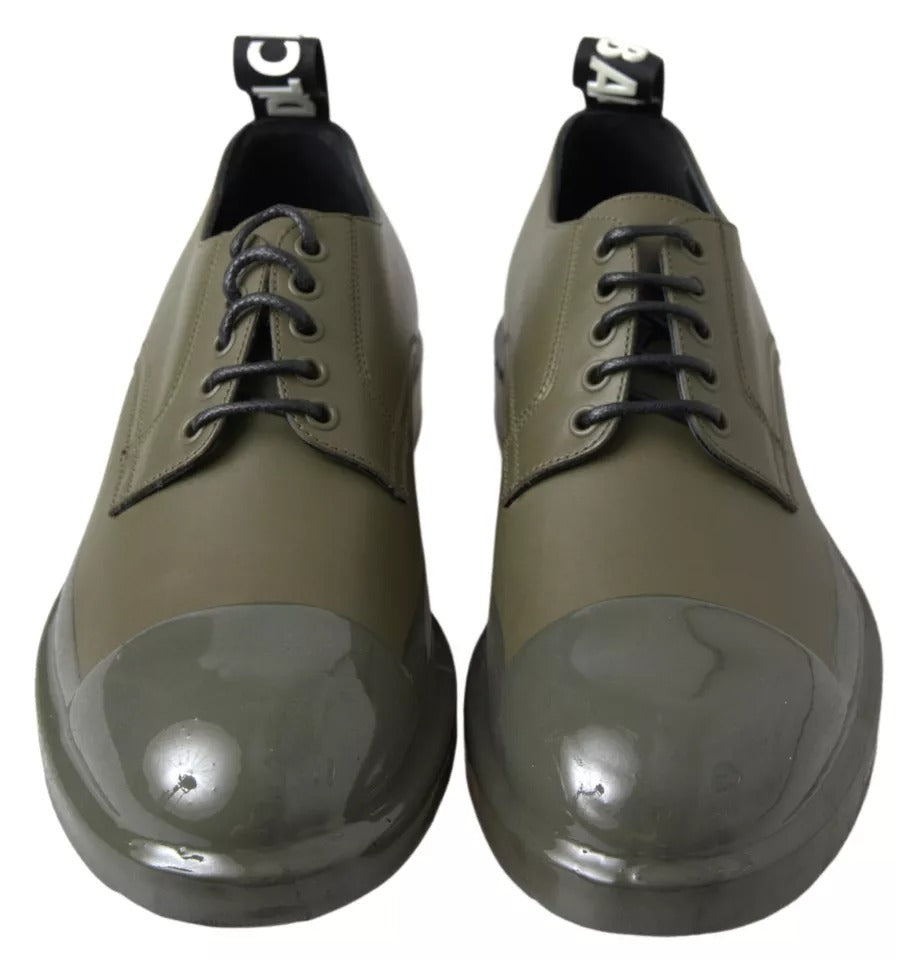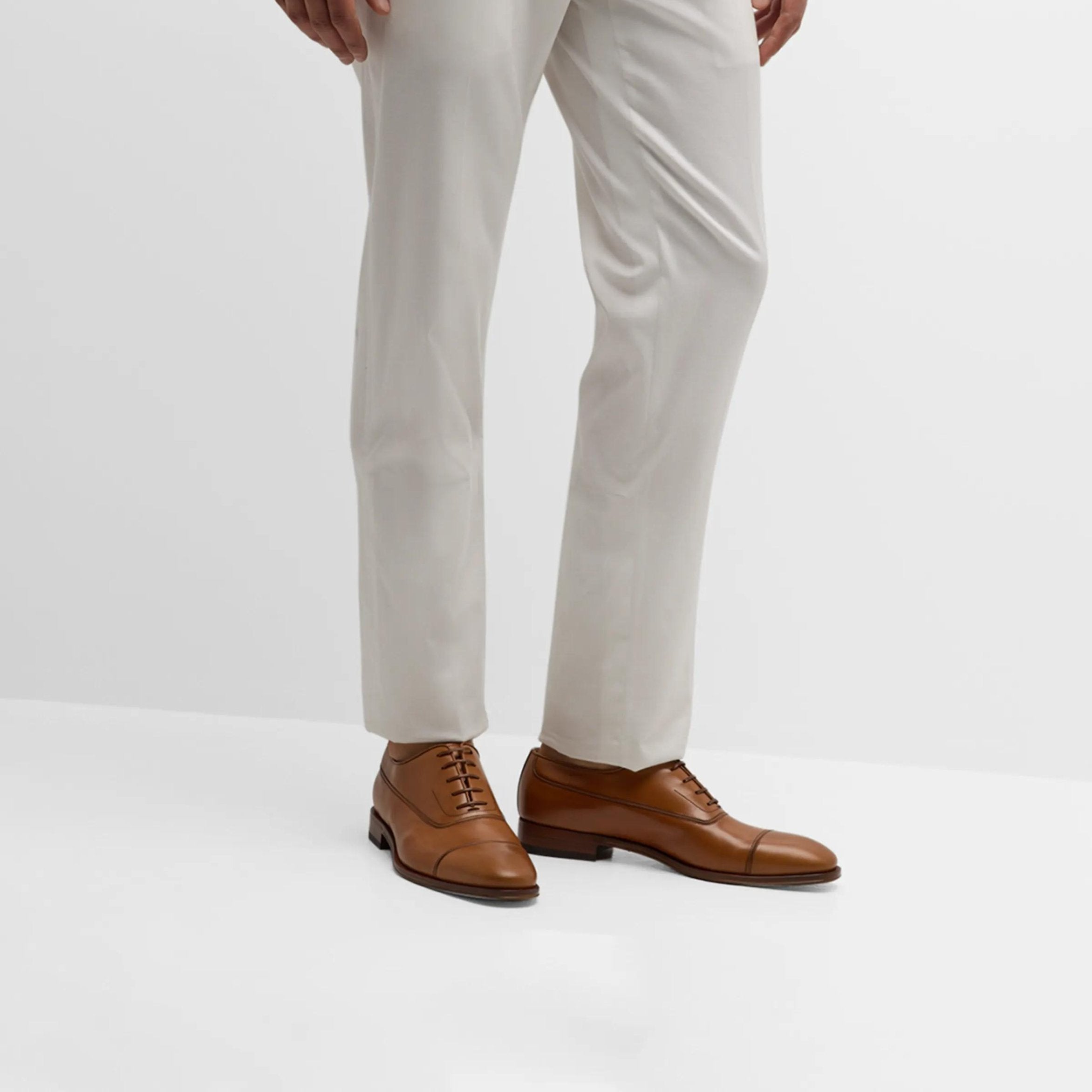
Men's Dress Shoes
Men's Dress Shoes Outlet - Designer Dress Shoes Sample Sale Collection
Welcome to our men's dress shoes outlet where quality craftsmanship meets prices that actually make sense for building a proper shoe collection. We've put together a solid selection of authentic designer dress shoes that prove you don't need to drop a fortune to look sharp – from classic oxfords that work for everything from interviews to weddings, to versatile loafers that transition from the office to dinner without missing a beat. Every pair has been authenticated by people who know their leather and construction, so you're getting the real deal at prices that leave room in your budget for other things.
What makes this different from regular shopping? Look, we get it – designer dress shoes are expensive, and most guys end up with one or two pairs they baby because they cost so much. Our outlet pricing flips that script. You can actually build out a rotation of quality shoes for different occasions without the guilt. Those Italian leather oxfords you've been eyeing? The comfortable loafers perfect for travel? The classic cap-toes for formal events? They're all here at prices where you don't have to choose just one.
Finding Quality Dress Shoes That Actually Fit Your Life
Walking through our collection is pretty straightforward. You'll find the classics – oxfords in black and brown that work for business settings, versatile loafers for days when you want to look put-together without the formality, and derbys that split the difference between dressy and casual. These come from different seasons and designers, which means you might stumble across exactly what you've been searching for but couldn't find anywhere else.
The oxford section is where most guys start, and for good reason. These are the foundation of any dress shoe collection – lace-up styles that work for professional settings, formal events, and basically any situation where you need to look like you have your life together. Cap-toe oxfords are the most formal and work for conservative offices and black-tie events. Whole-cut oxfords are sleek and modern. Wingtips add personality while staying professional.
Loafers deserve more credit than they get. A good pair of loafers is incredibly versatile – dress them up with suits or down with chinos. They're perfect for travel because no laces means easier airport security. They work great for summer when you want something polished but not as heavy as lace-ups. Penny loafers are classic, tassel loafers add a bit of flair, and bit loafers (the ones with the metal hardware) look expensive without trying too hard.
Why Italian Leather and Quality Construction Actually Matter
Here's the thing about dress shoes – you really can feel and see the difference between cheap shoes and quality ones. It's not just about brand names or looking fancy. The materials and construction genuinely affect how the shoes look, feel, and last.
Italian leather is the gold standard for a reason. It's sourced from better tanneries, treated with more care, and ages beautifully instead of falling apart. Good leather breathes so your feet don't turn into swamps by midday. It molds to your foot shape over time, getting more comfortable with wear. Cheap leather (or fake leather) stays stiff, cracks easily, and honestly looks cheap no matter how you polish it.
The construction method matters more than most guys realize. Goodyear-welted shoes can be resoled multiple times, basically lasting decades if you take care of them. Blake stitched shoes are sleeker and more flexible. Cemented construction (where the sole is glued on) is what you find in cheap shoes – they can't be resoled and tend to fall apart faster.
Quality dress shoes feature genuine leather insoles that mold to your feet, proper arch support, and heel counters that maintain stability. Cheap shoes have cardboard or plastic insoles that compress into nothing, no real support, and you end up with sore feet by noon. When you buy from our outlet, you get quality construction at prices comparable to those of inexpensive shoes – which is, in a way, the whole point.
Building a Dress Shoe Rotation That Makes Sense
Instead of owning one pair of expensive dress shoes that you're afraid to wear regularly, why not use outlet prices to build a real rotation? It's better for the shoes (they need time to dry and recover between wears), better for your feet (variety prevents repetitive stress), and better for your wardrobe (you'll have the right shoes for different situations).
Start with the non-negotiables. Black cap-toe oxfords are your formal foundation – interviews, weddings, funerals, conservative business settings. These should be your best shoes because they'll represent you at the most critical moments. Next up: brown oxfords or derbys for everyday business and smart-casual occasions. Brown is way more versatile than people think and works with navy, gray, and even black pants in casual settings.
From there, add based on your actual life. If you travel for work, comfortable loafers are worth their weight in gold. If you're in a business casual office, monk straps or suede derbys give you options beyond the standard oxfords. If you attend a lot of evening events, patent leather or high-shine oxfords are the move.
The outlet pricing makes this approach realistic. You're not trying to make one $400 pair of shoes work for everything – you can have different shoes for different purposes, all at quality levels that'll last years. That's actually how you get value from dress shoes.
Getting the Fit Right When Shopping Online
Buying dress shoes online without trying them on can feel risky, but it's a viable option if you know what to look for. First thing – sizing is weird across brands. UK sizing typically runs about a size smaller than US sizing. Italian brands often have a narrow and small profile. American brands tend to be wider and run larger.
We list actual measurements and fit notes for every shoe. When we say something runs large or narrow, trust that information. It's based on what customers tell us and our own observations. If you're between sizes, here's a general rule: if the shoes are leather and you'll wear them with thin dress socks, opt for the smaller size if you're undecided. Leather stretches with wear, so slightly snug becomes perfect. If they're made of suede (which doesn't stretch much) or you have wider feet, consider sizing up.
Width matters way more in dress shoes than in sneakers. If you have wide feet and order standard-width Italian dress shoes, they will likely be uncomfortable, regardless of the size you choose. Look for brands known for generous widths, or specifically search for wide widths when available. Some brands offer multiple width options – take advantage of that.
The primary purpose of our seven-day return policy is to allow you to try items at home. Walk around on the carpet, see how they feel, check the fit. If they're not right, send them back. No drama, no hard feelings. Getting the right fit is too important to settle for shoes that don't work.
Where These Shoes Come From and What That Means
Every pair in our outlet has a story, and honestly, it's pretty straightforward. Some come from retailers who ordered too many of a certain size or color and need to clear inventory. Others are samples from trade shows where brands showcase new styles to buyers – these have been tried on in professional settings but never actually worn outside.
We also receive collections from individuals in fashion and business who regularly cycle through dress shoes and consign their barely worn pairs. Sometimes it's estate sales or private collections from people who took care of their shoes but just had too many.
This mix means you'll find styles that sold out quickly, colors that had limited runs, or classic designs that just happened to be overstocked. The variety keeps things interesting, and you might find exactly what you wanted in your size when you weren't even expecting it.
We're completely transparent about the condition. If there's wear, we photograph it and describe it. Most pairs are either brand new or barely worn – maybe tried on once or worn to a single event. People regularly tell us that the shoes look better than expected when they arrive, which happens when you're honest about what you're selling instead of overselling everything.
Sample Sales and What's Worth Watching For
Our sample sales are when the exciting items arrive. These are the events where we release shoes that have been hard to source or that represent exceptional deals. Sample sale pricing can mean snagging Italian leather oxfords or high-end loafers at prices that seem almost too good to be true.
The inventory shifts naturally with seasons and what we can source. Fall typically brings darker colors and heavier styles. Spring includes lighter browns and more casual options. But classics like black oxfords and brown loafers show up year-round because those are what most guys actually need.
People tell us all the time that dress shoes from our outlet become their reliable go-tos – the shoes they grab without thinking because they're comfortable, look good, and they don't stress about wearing them regularly. Maybe that's because outlet pricing removes the anxiety about scuffing expensive shoes. Or maybe it's just that quality shoes really do make daily life better.
Looking for something else?
Try these popular collections


